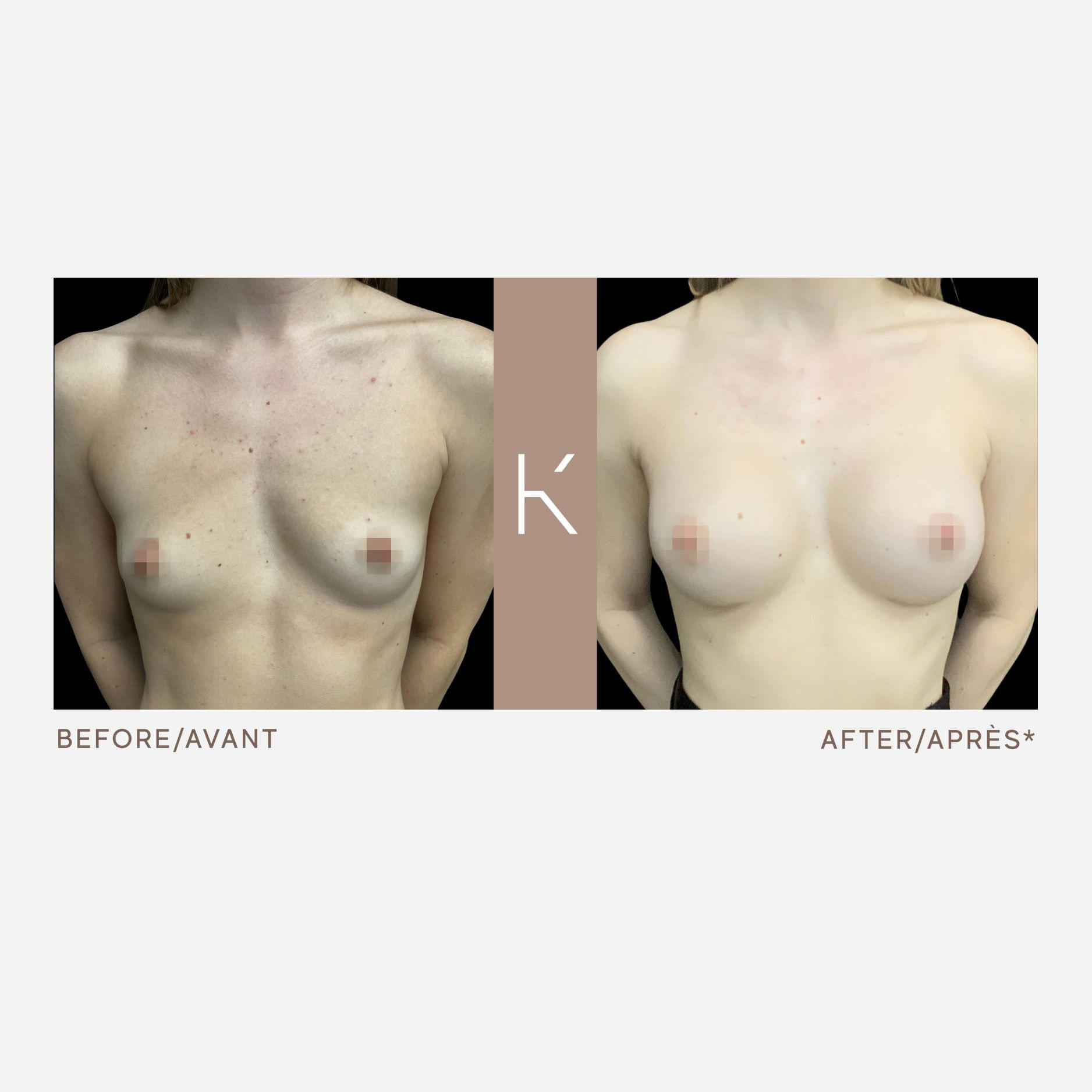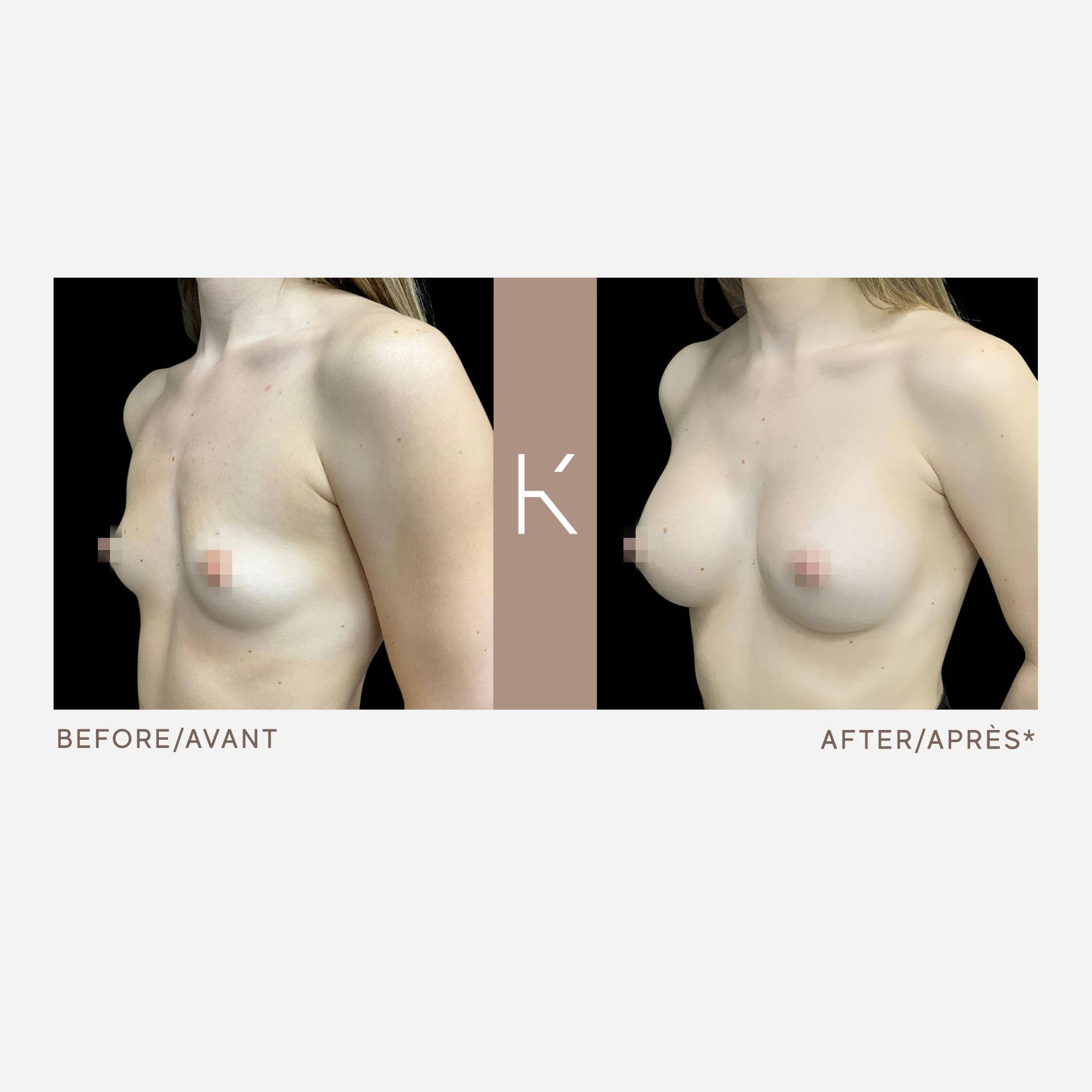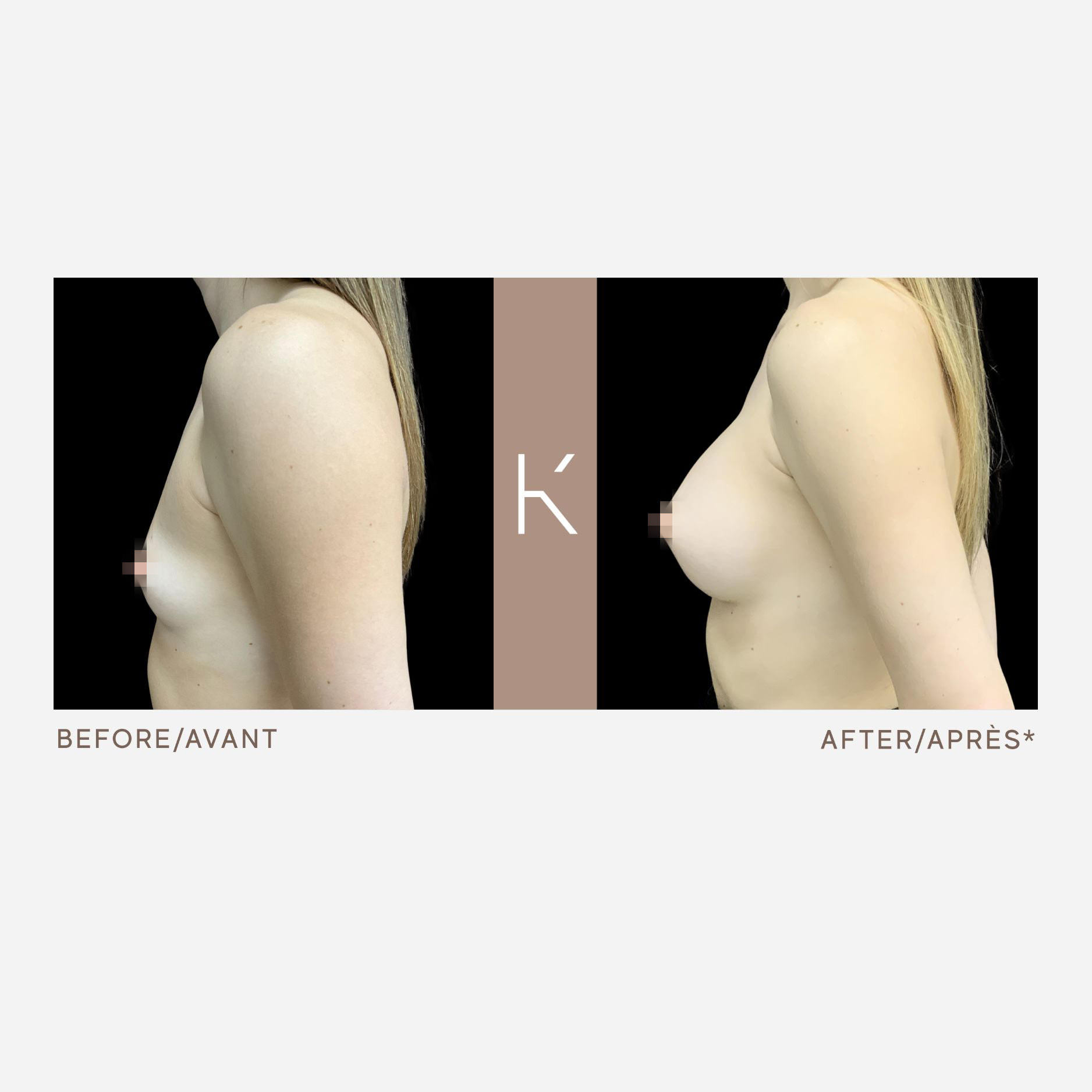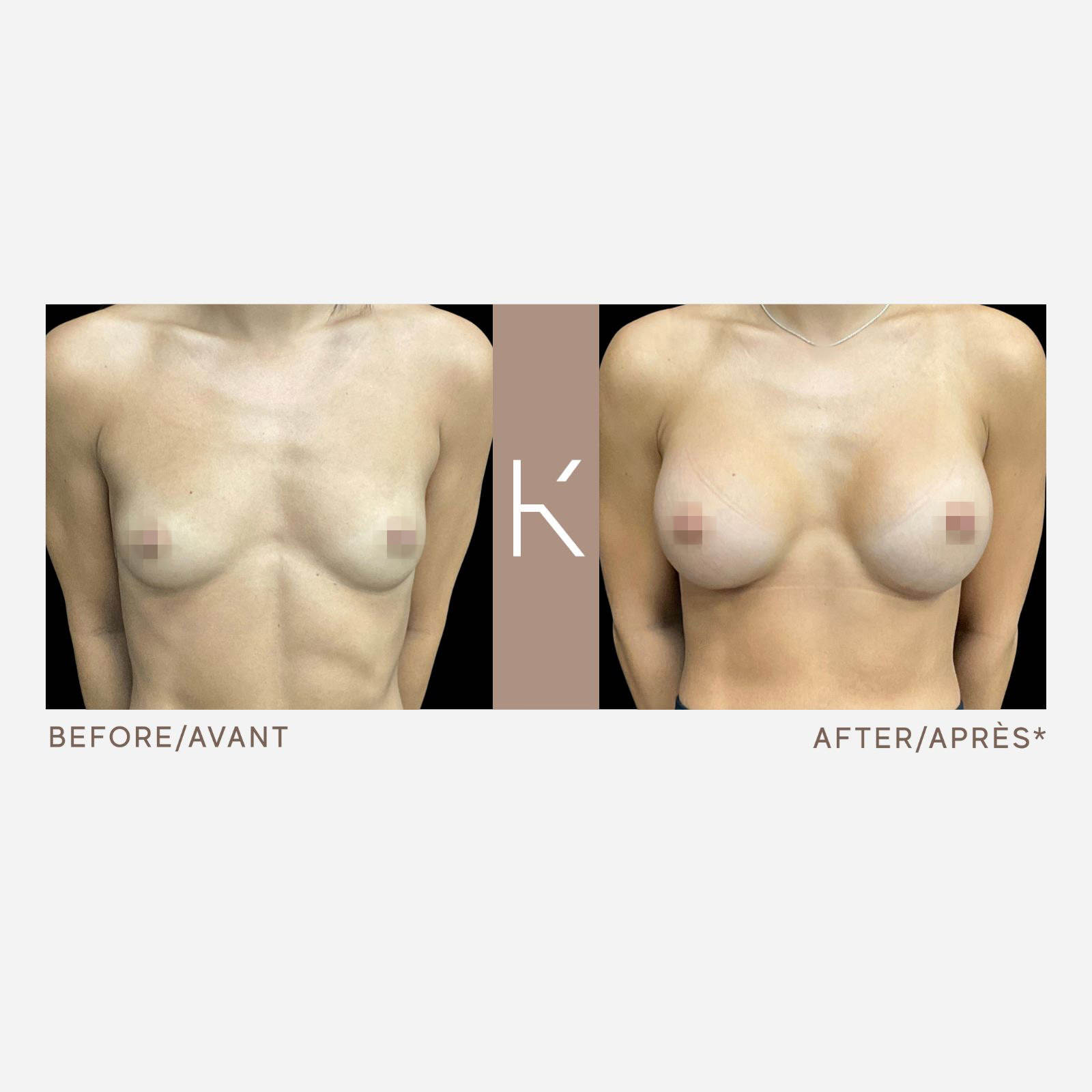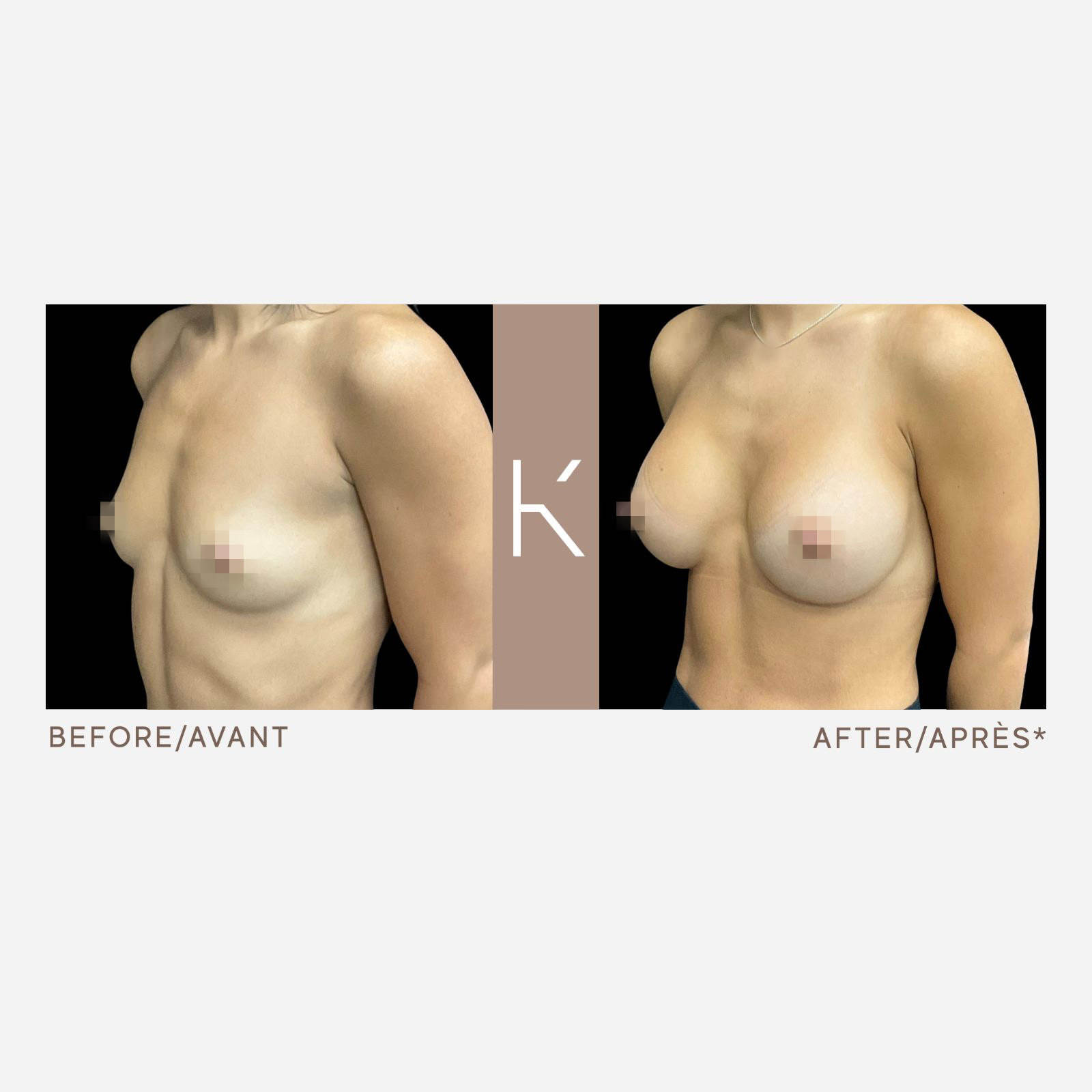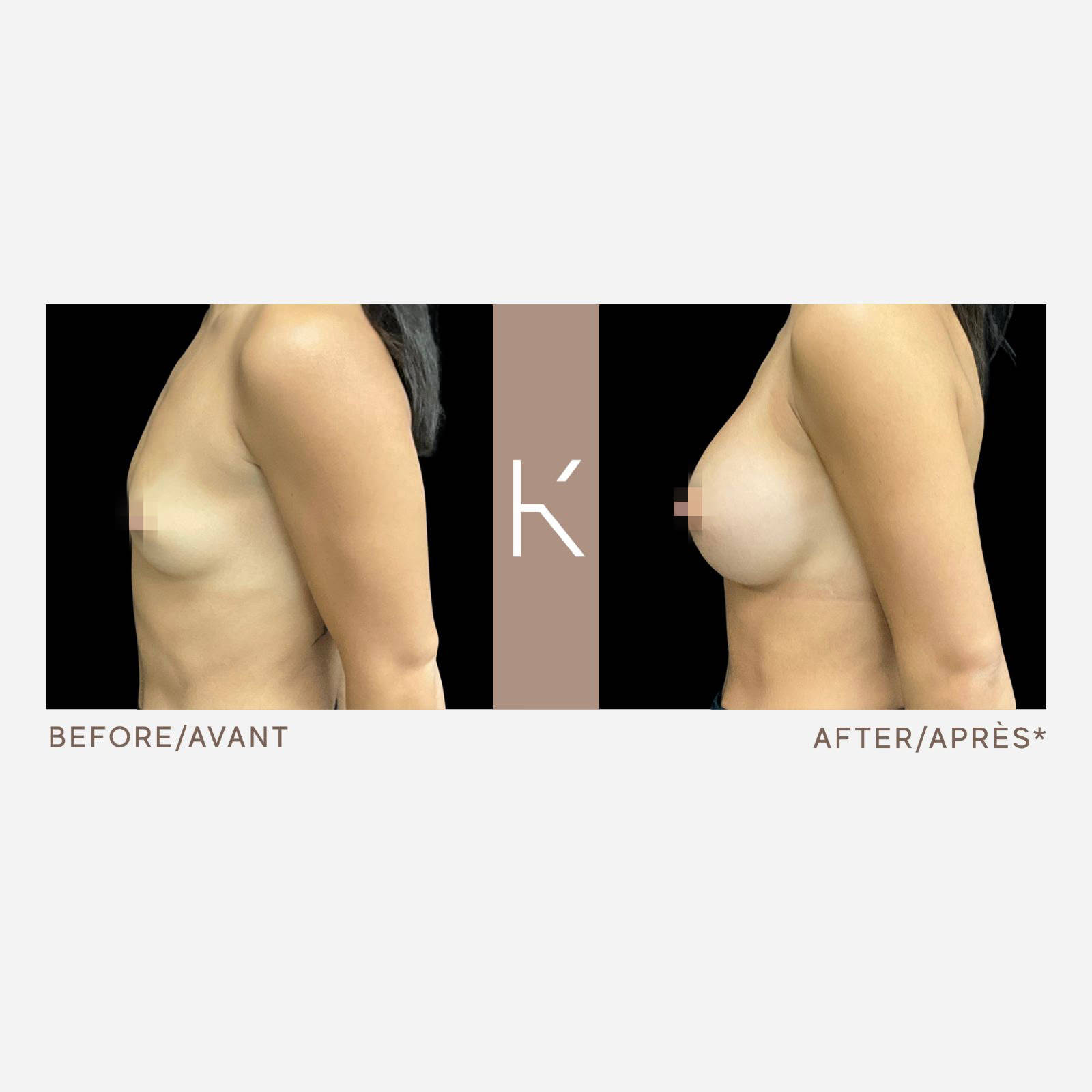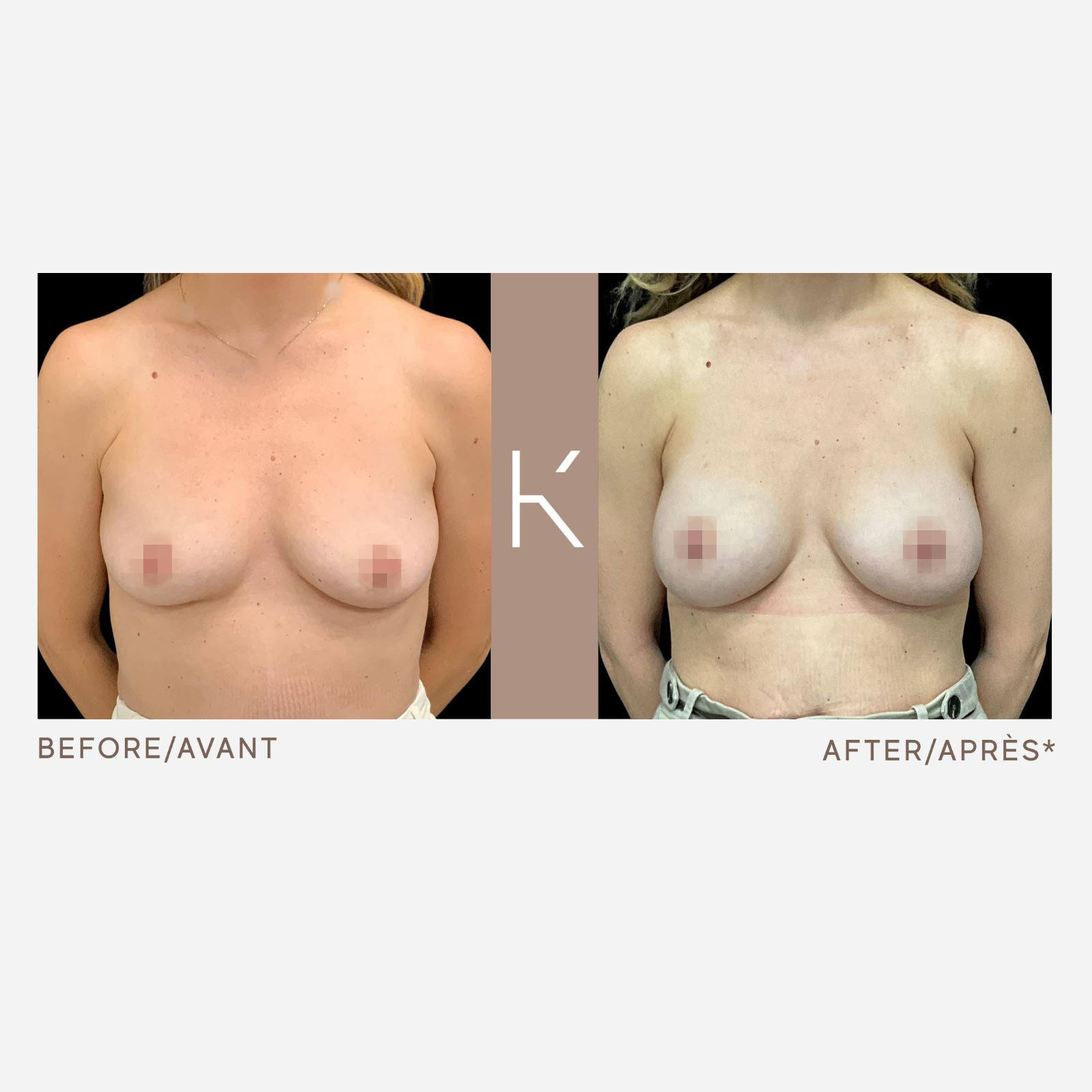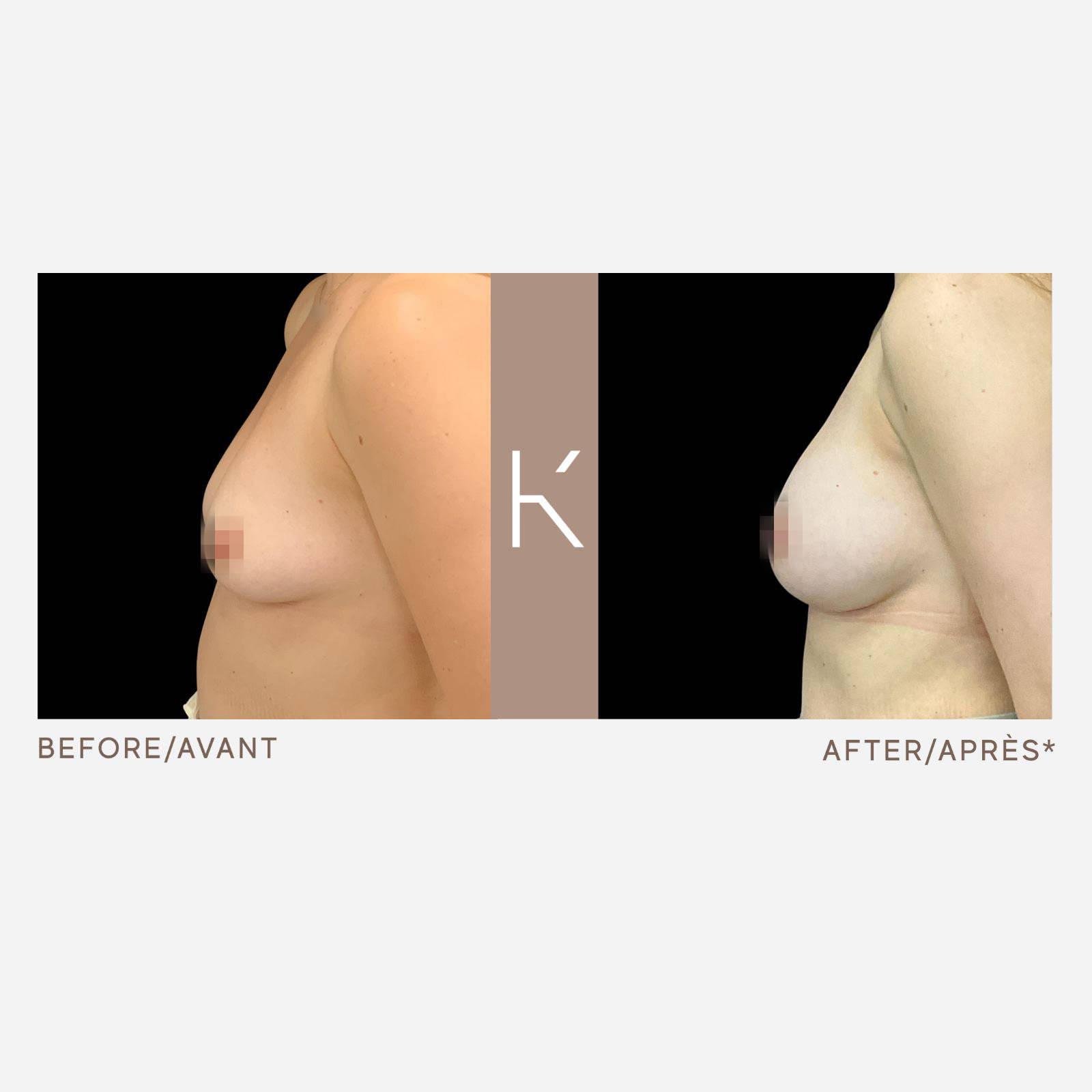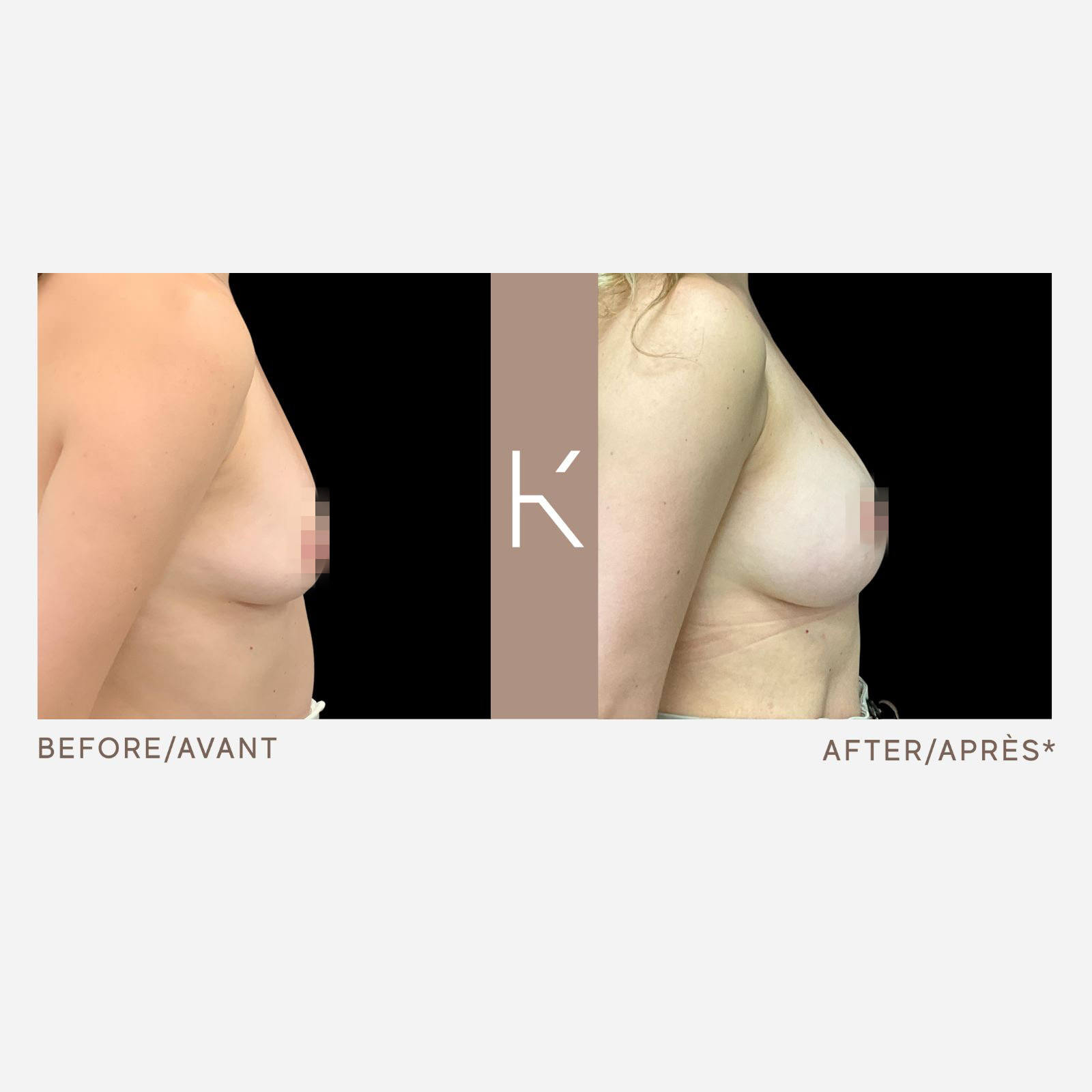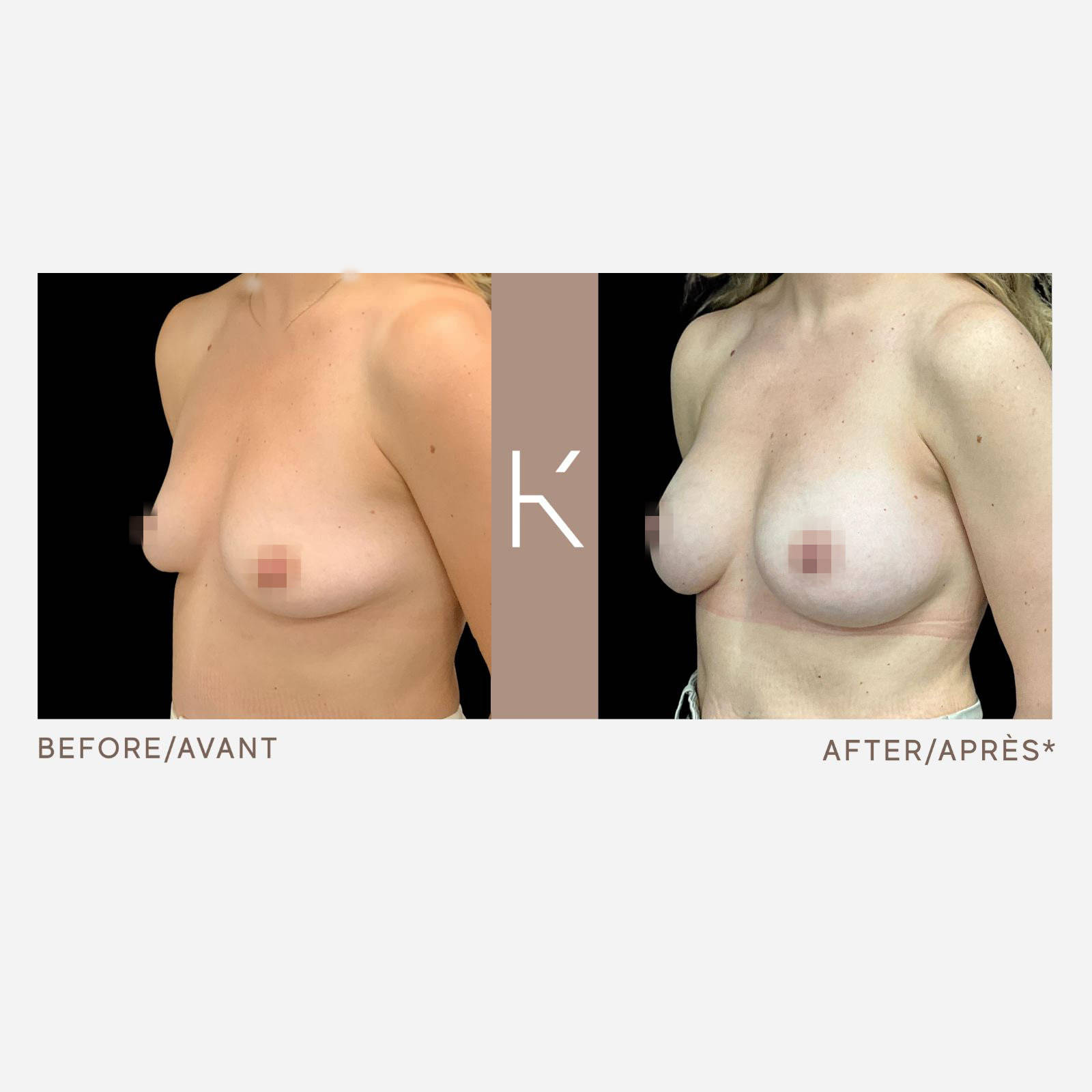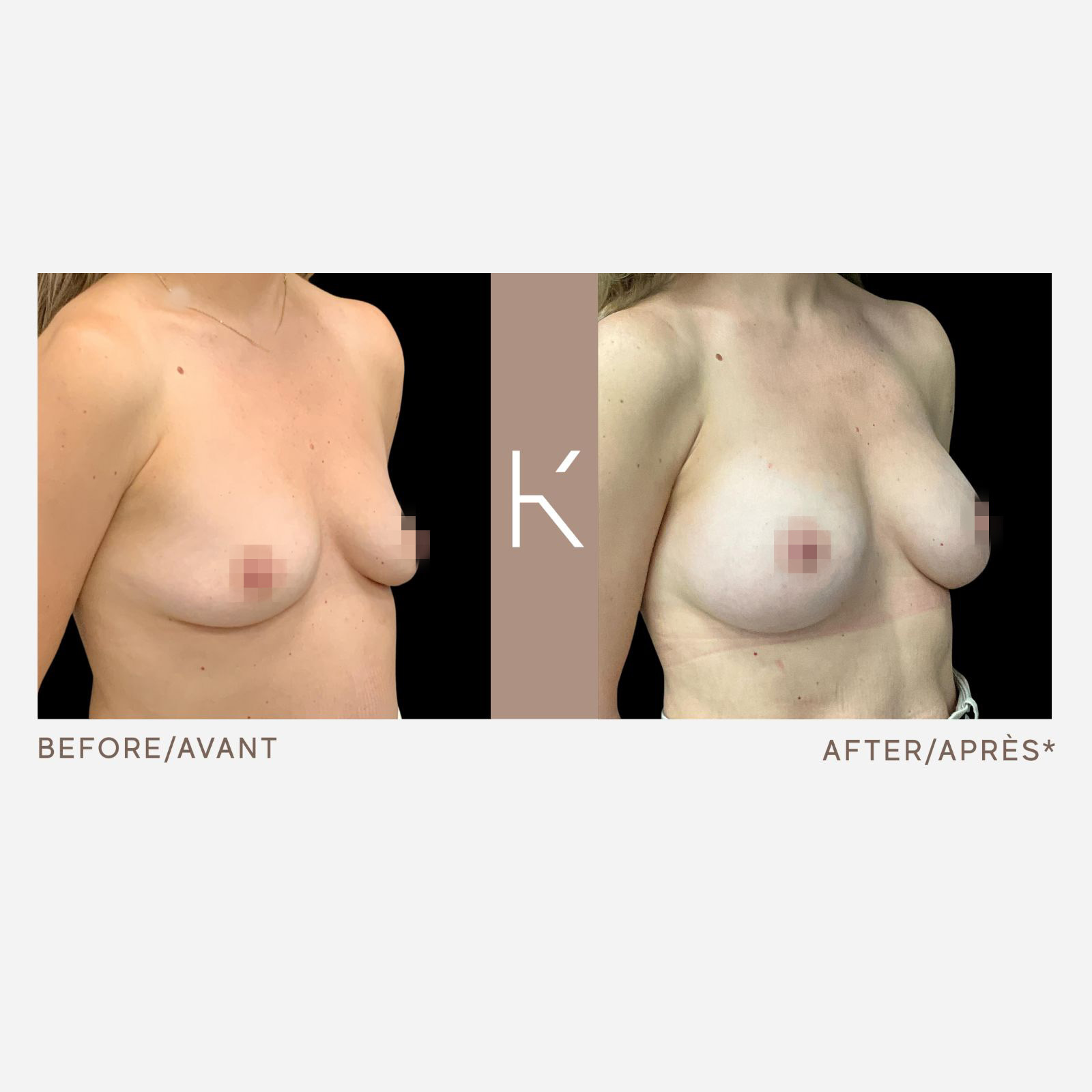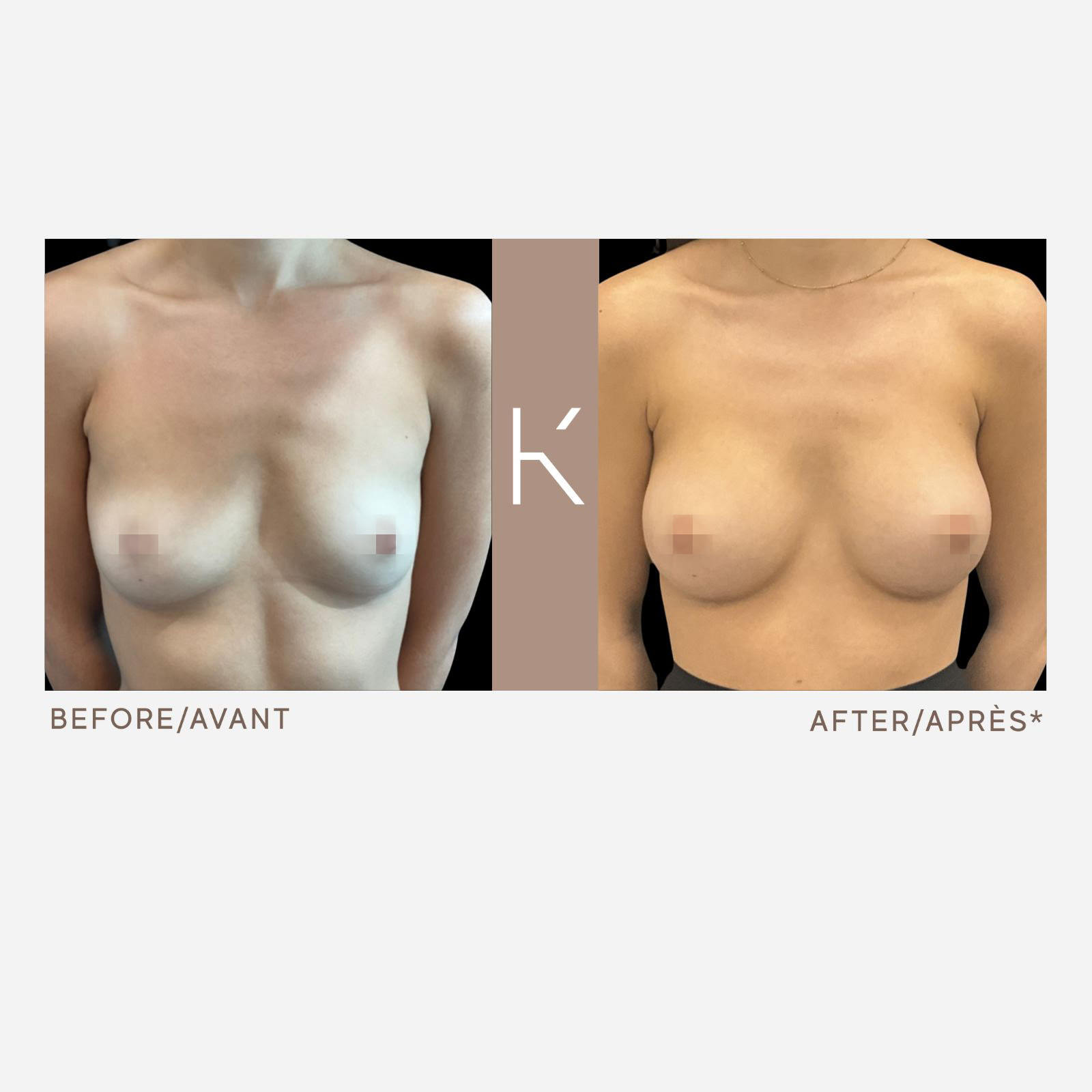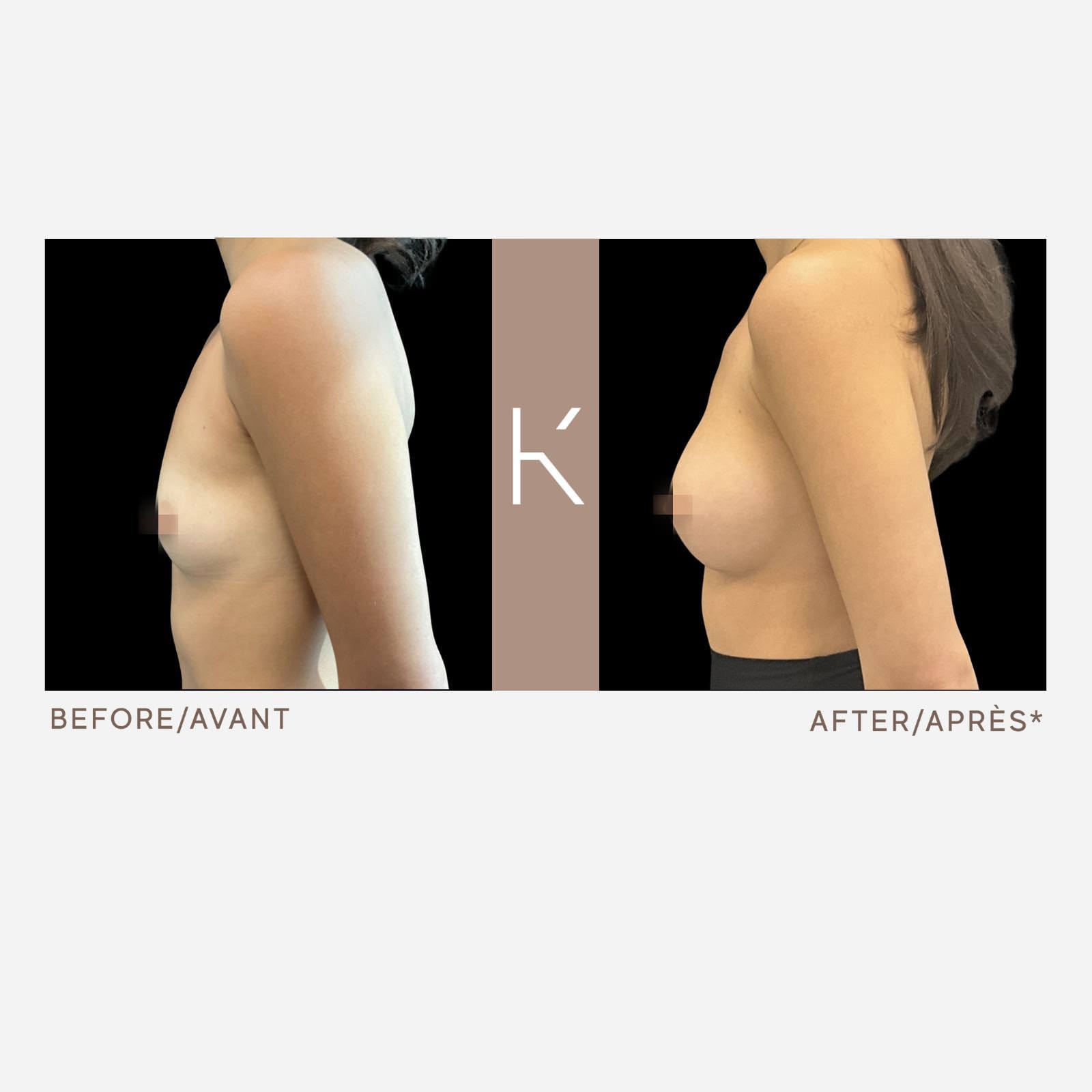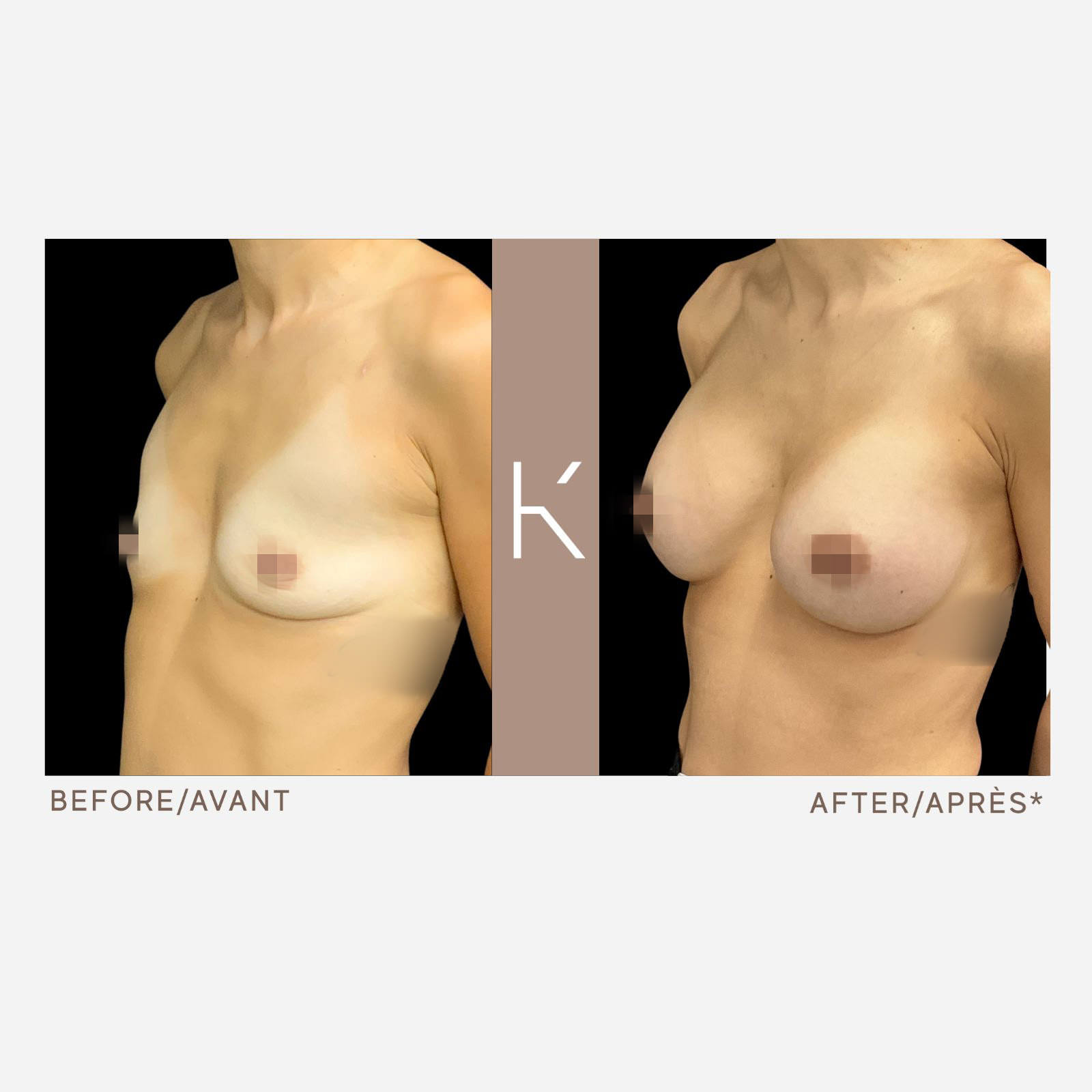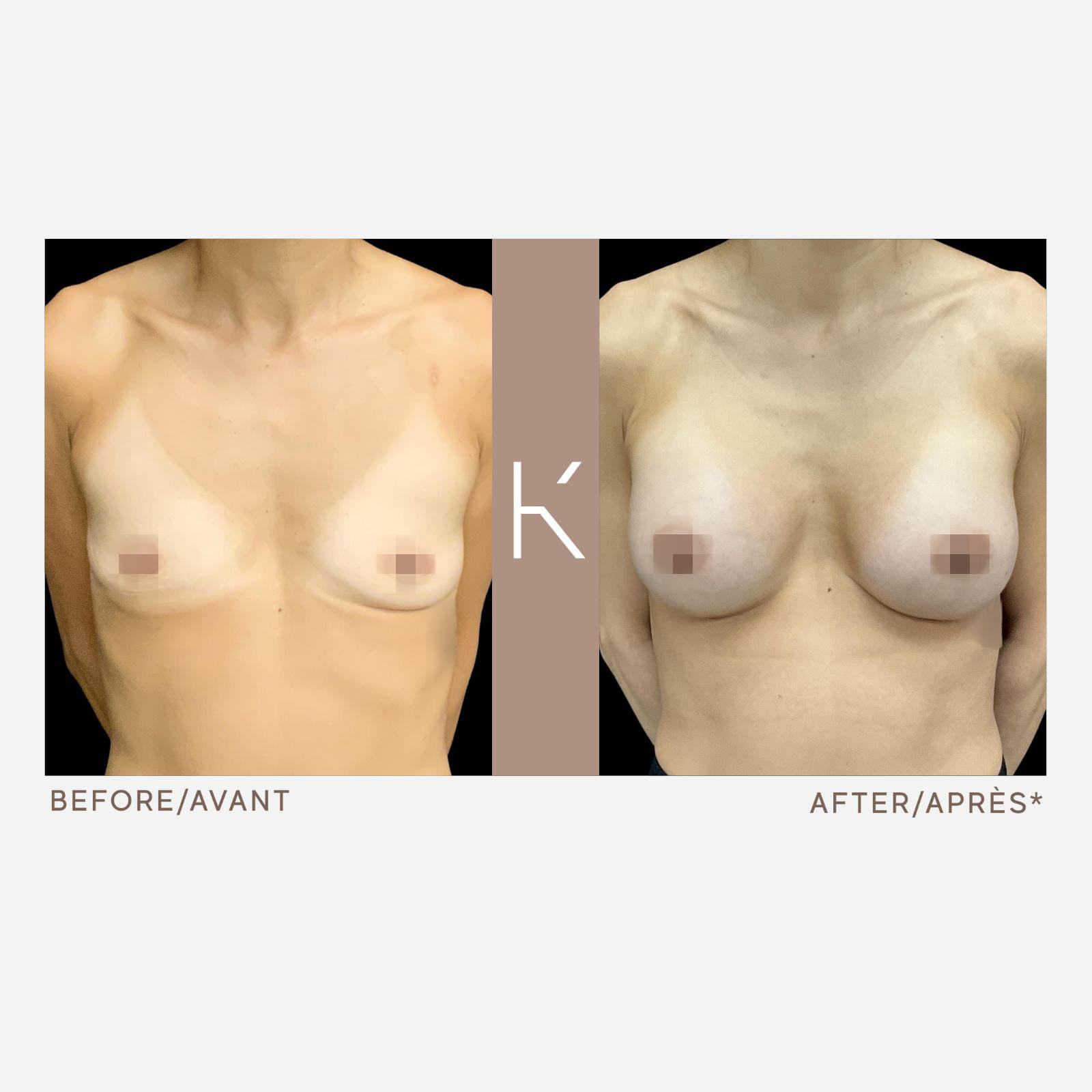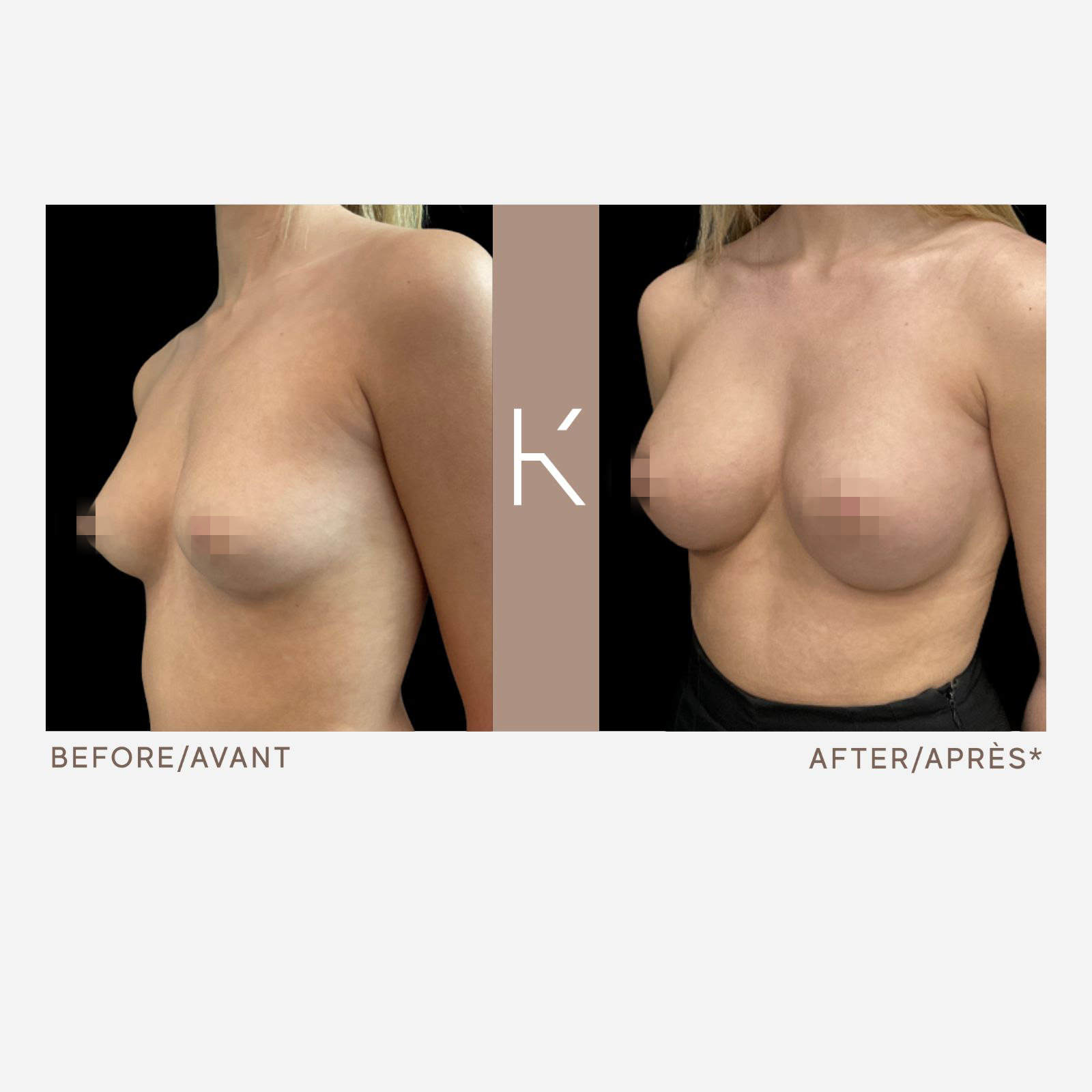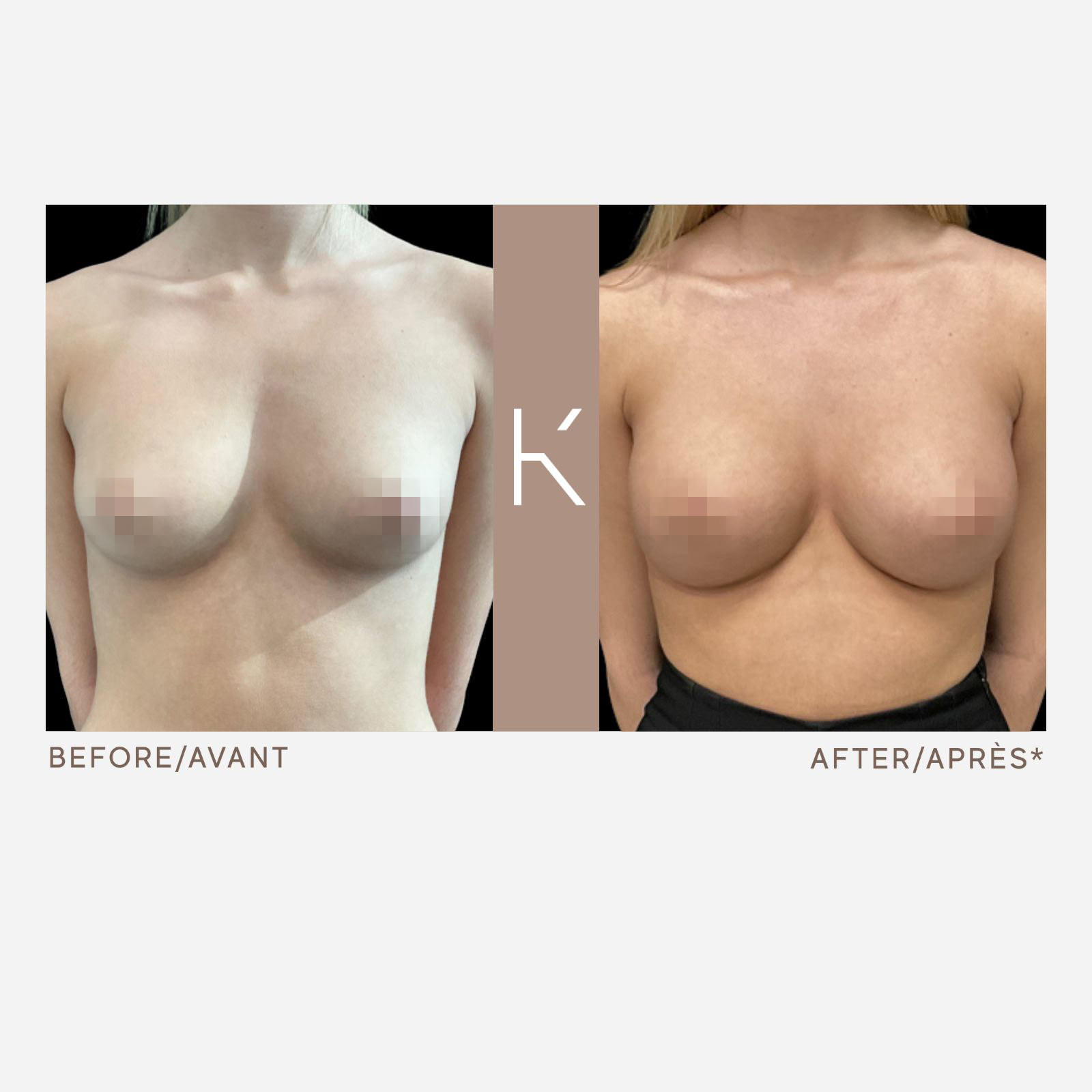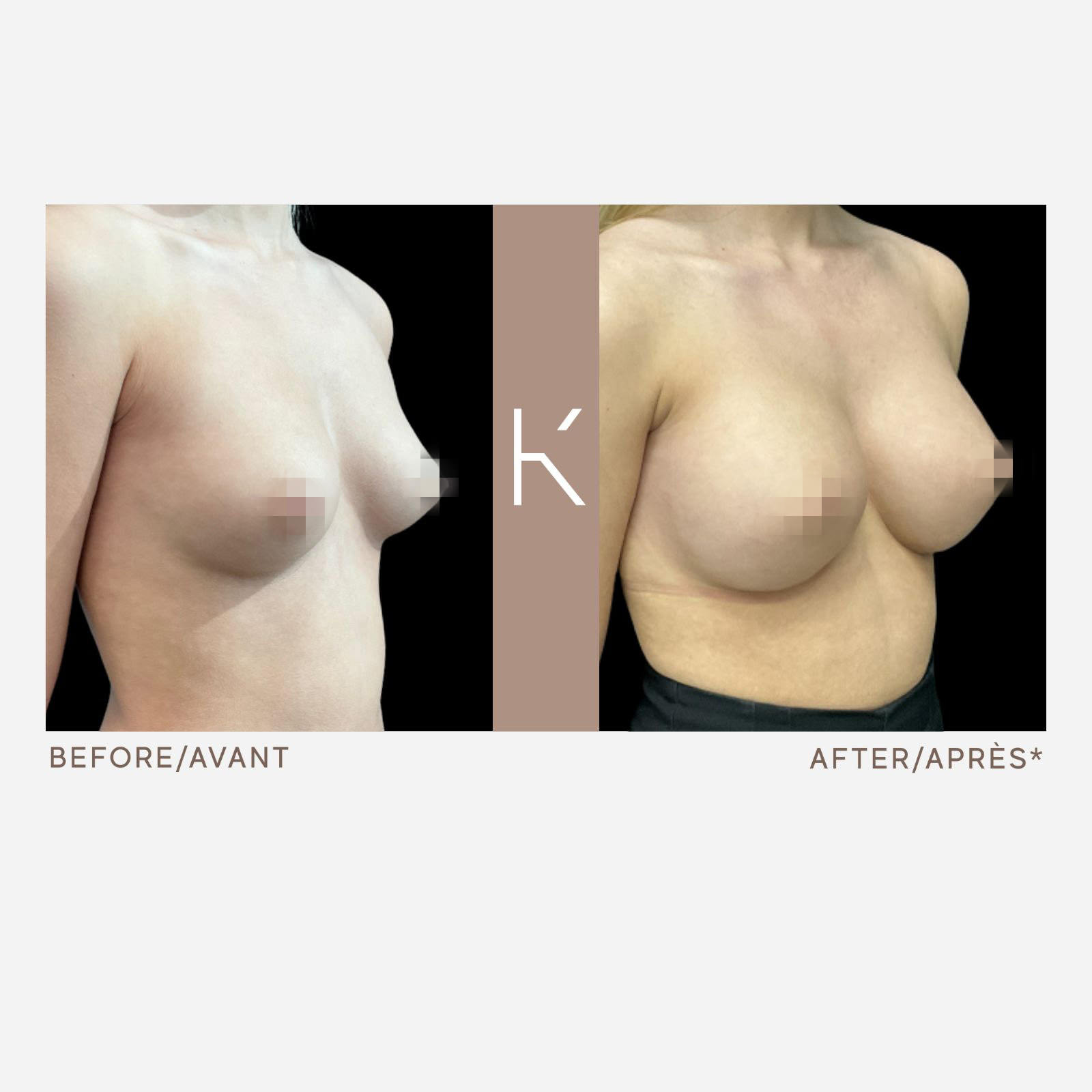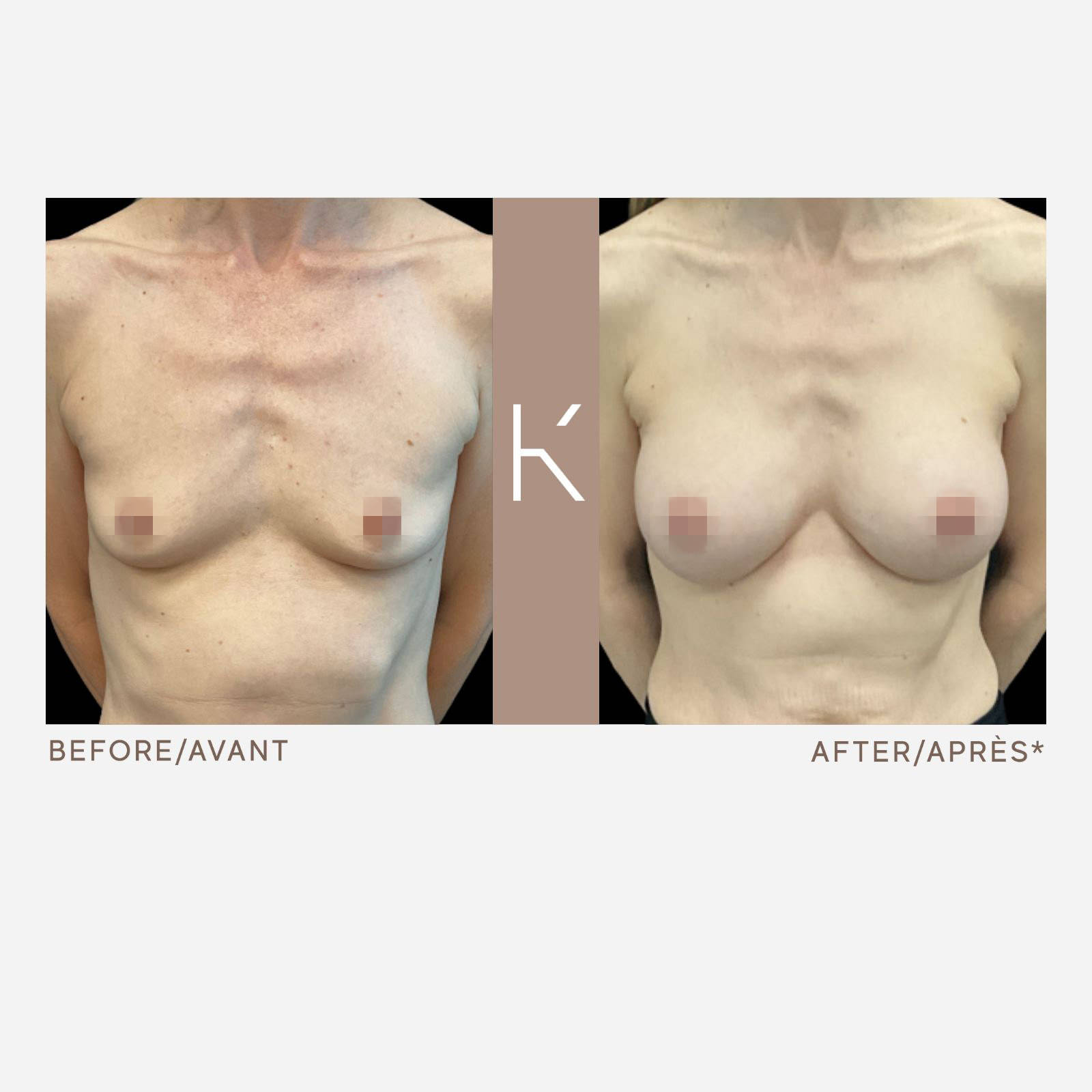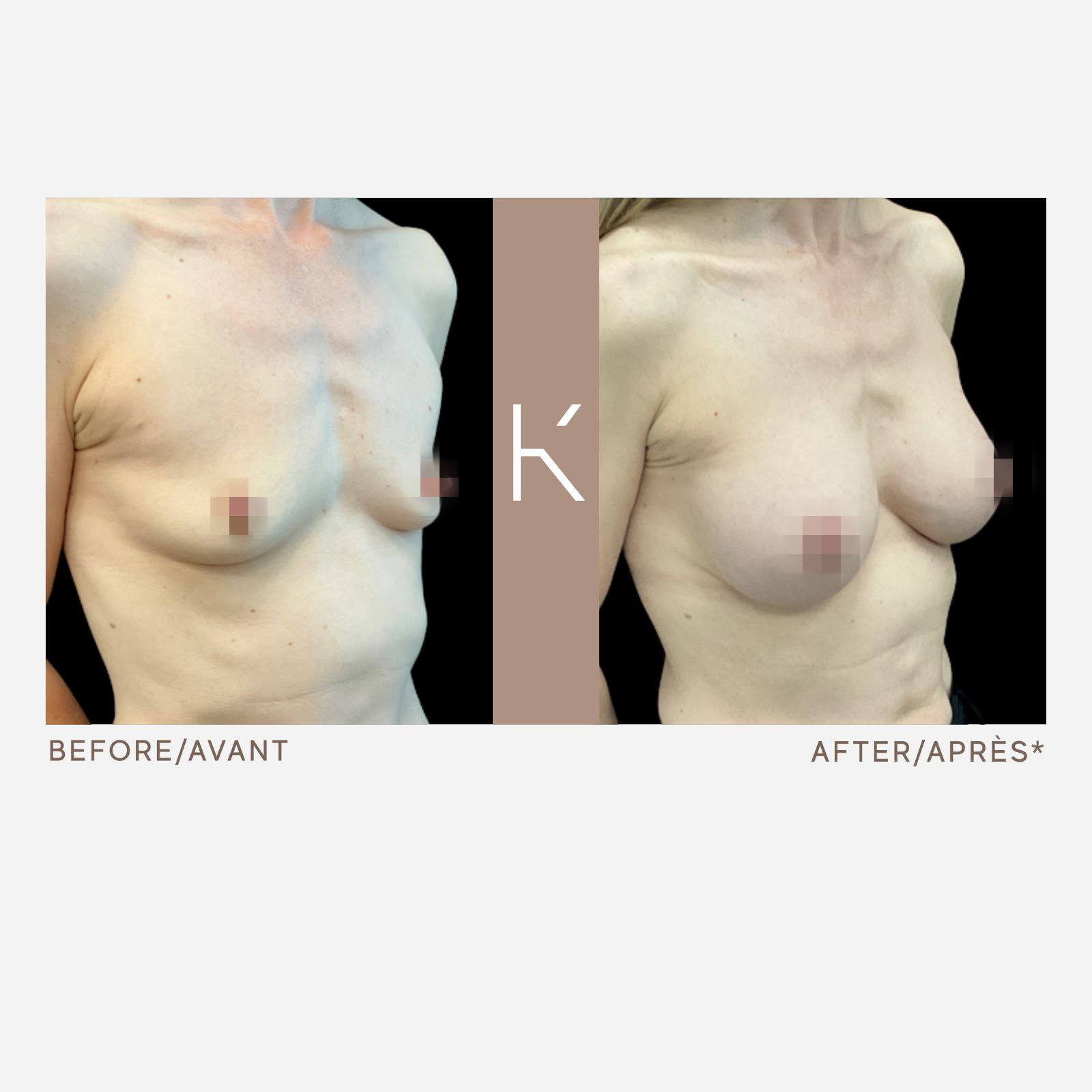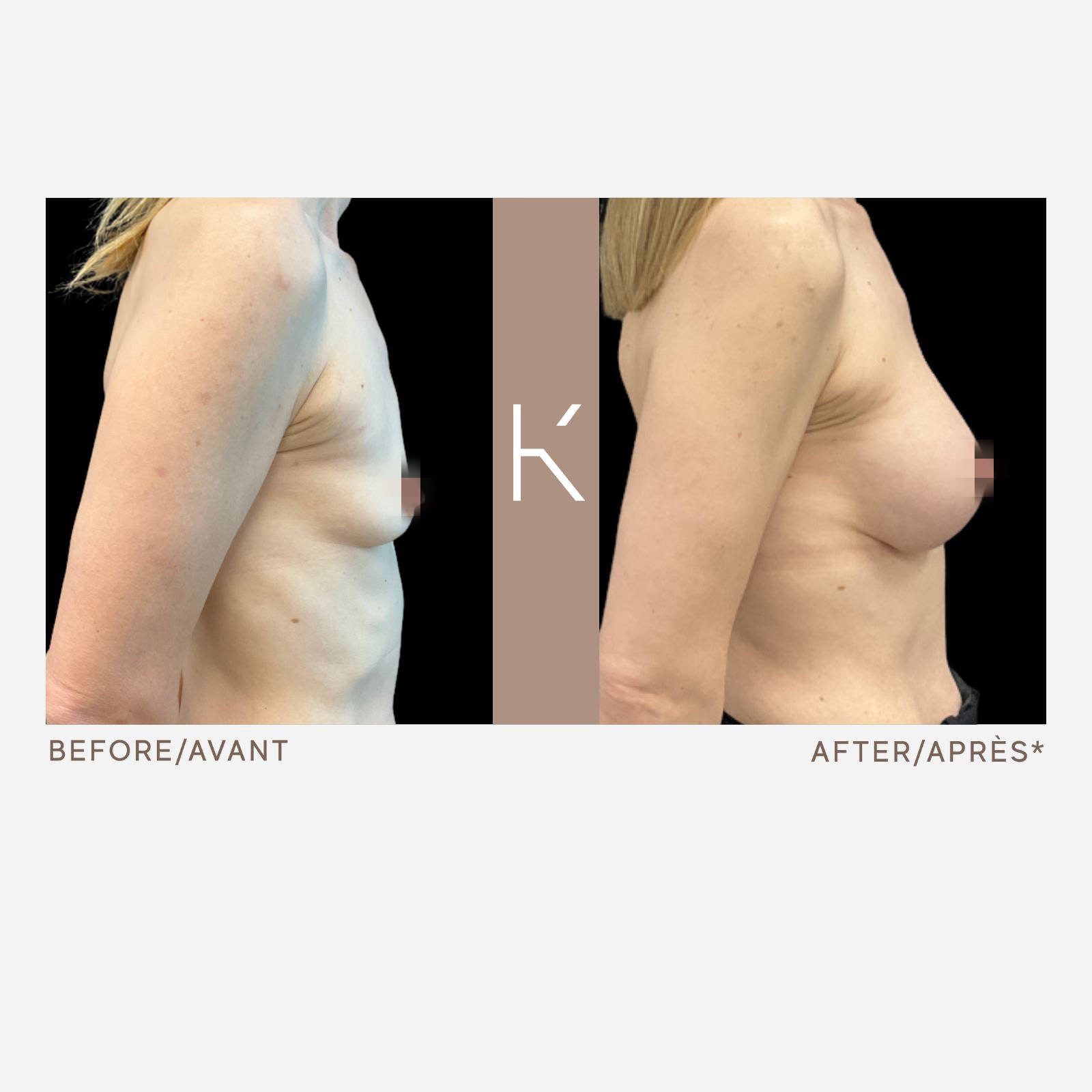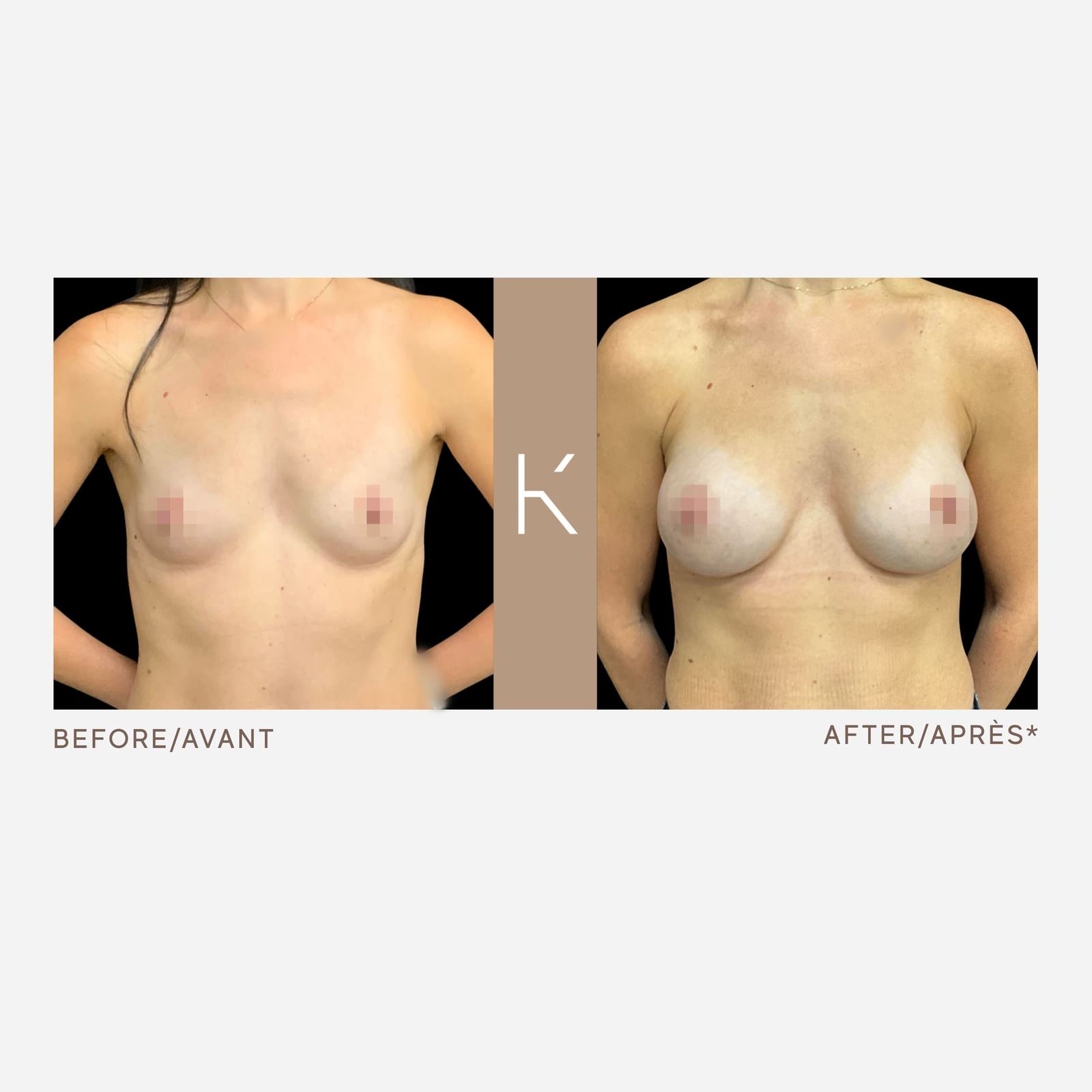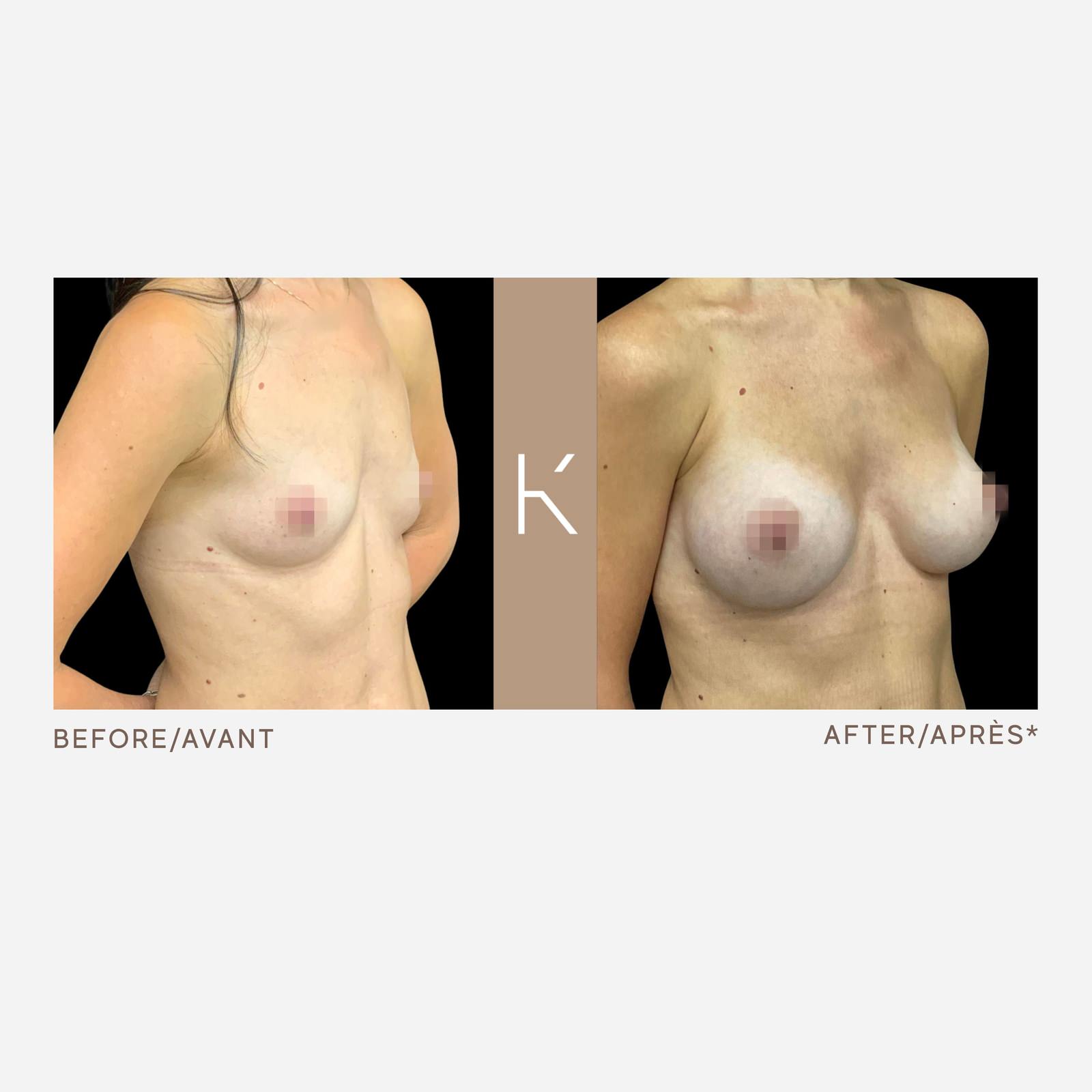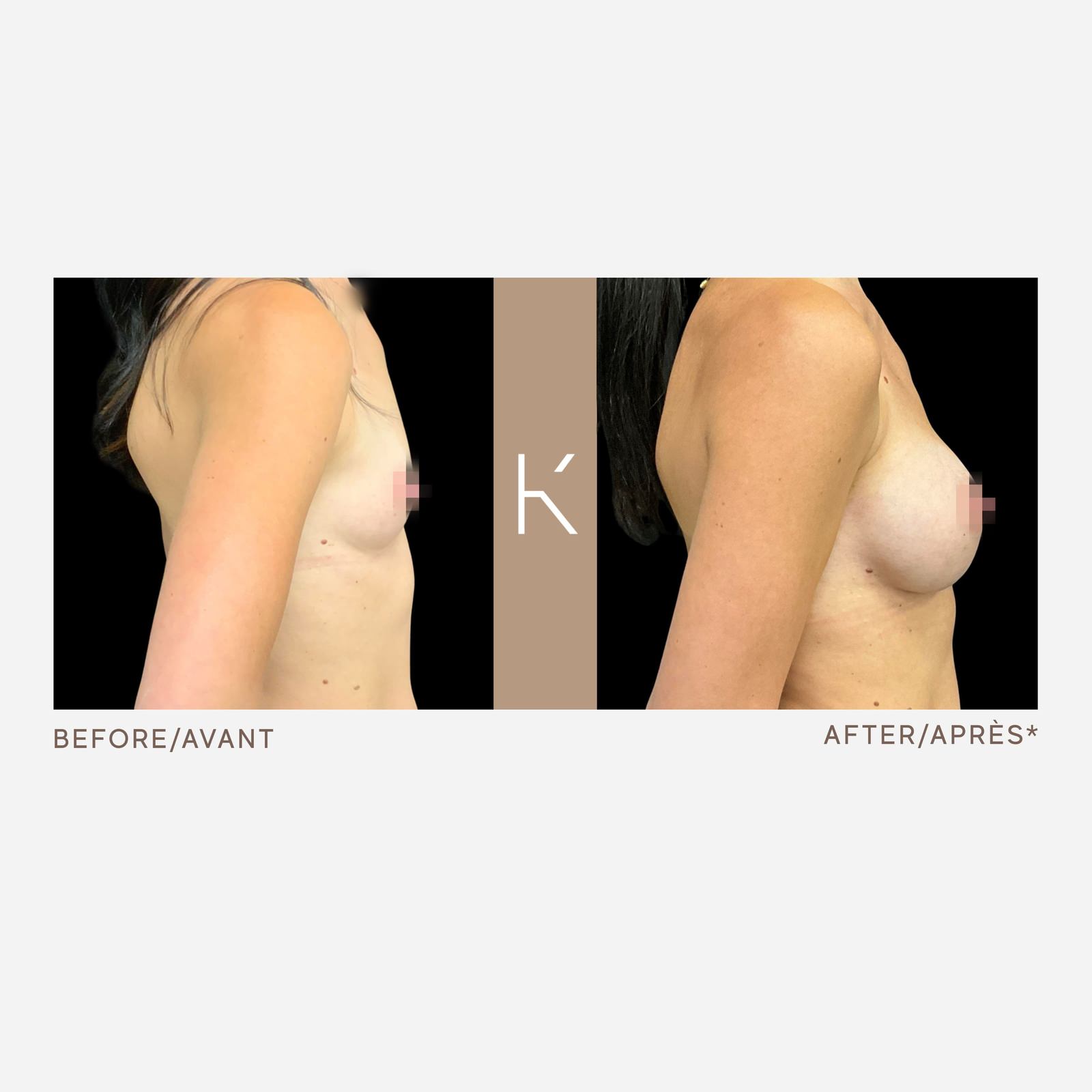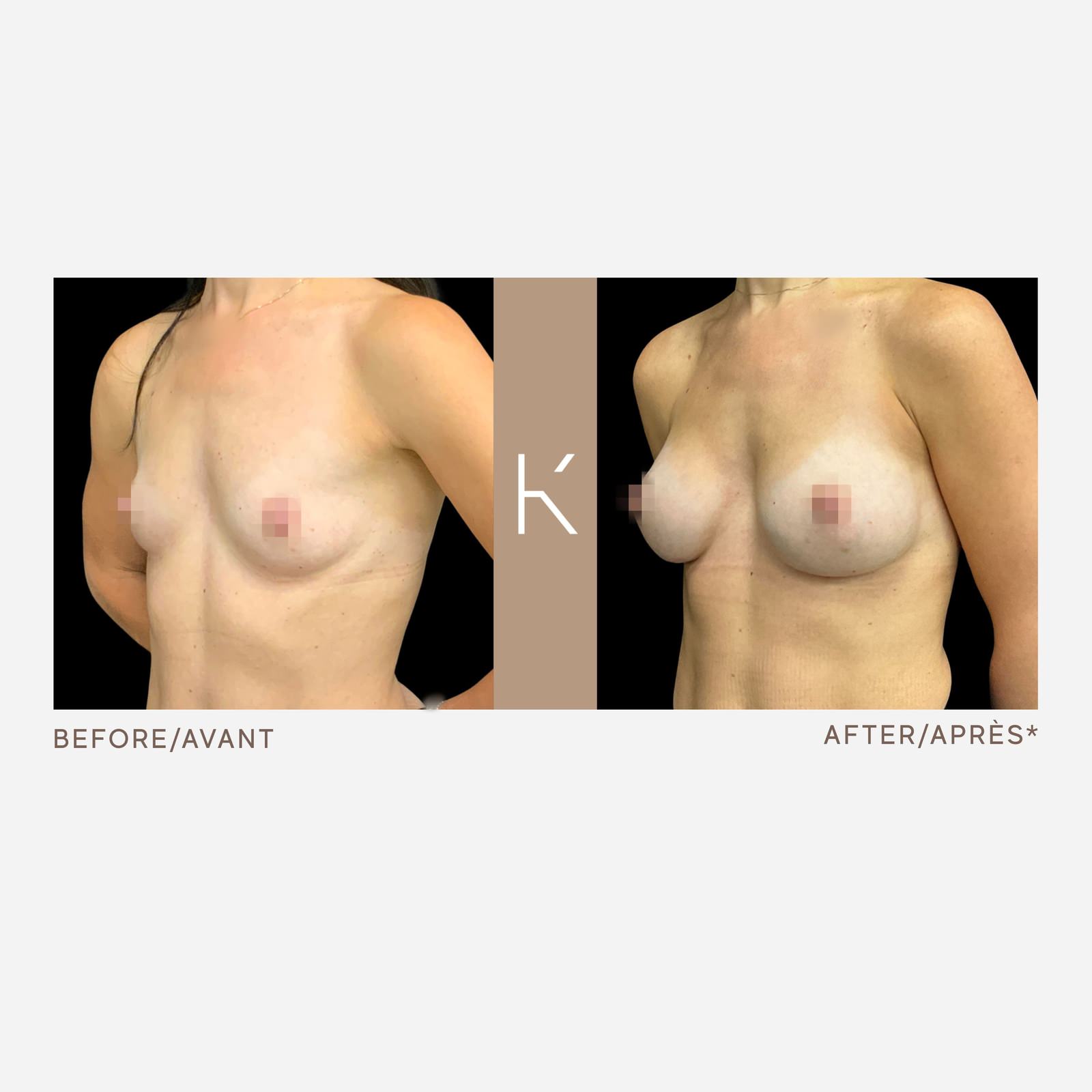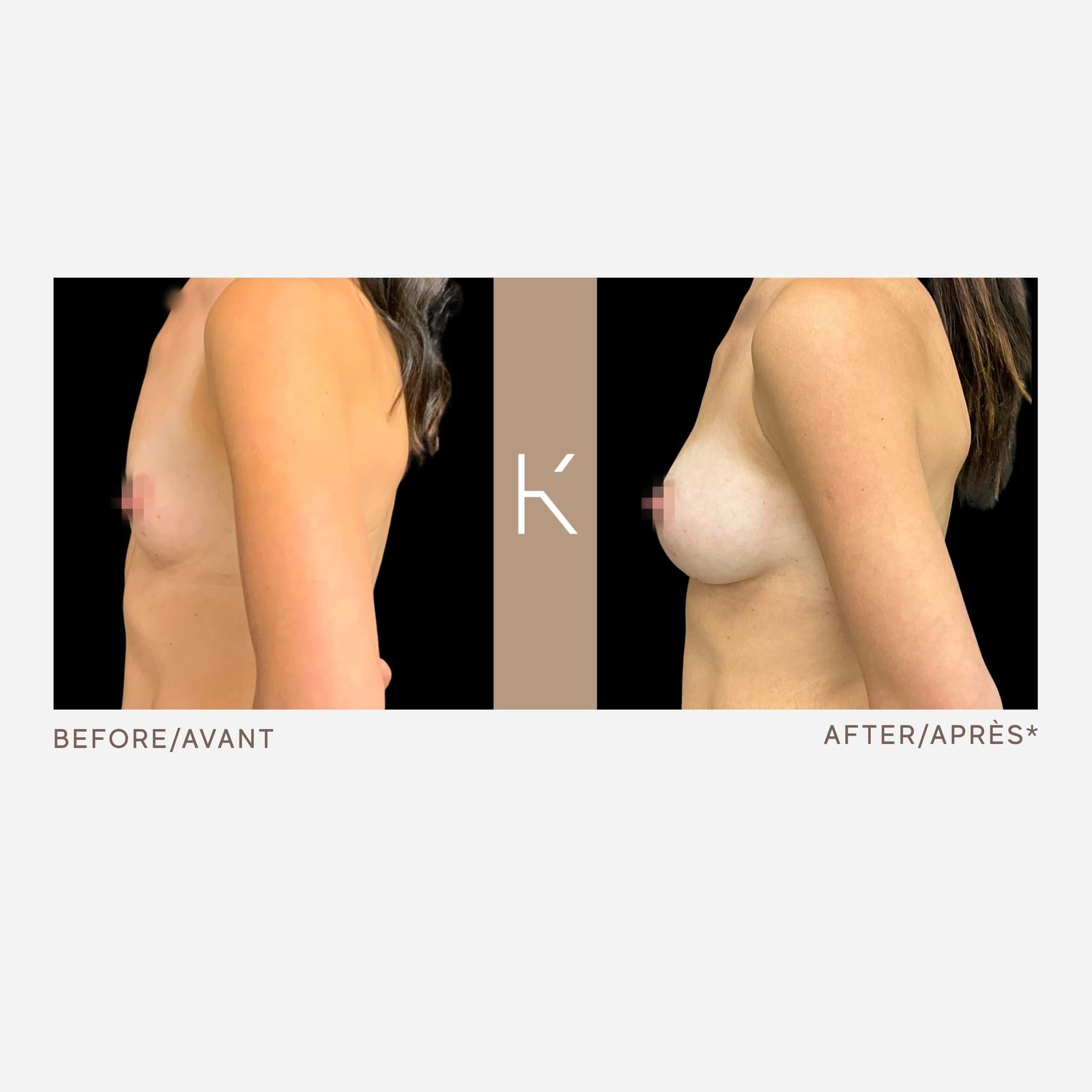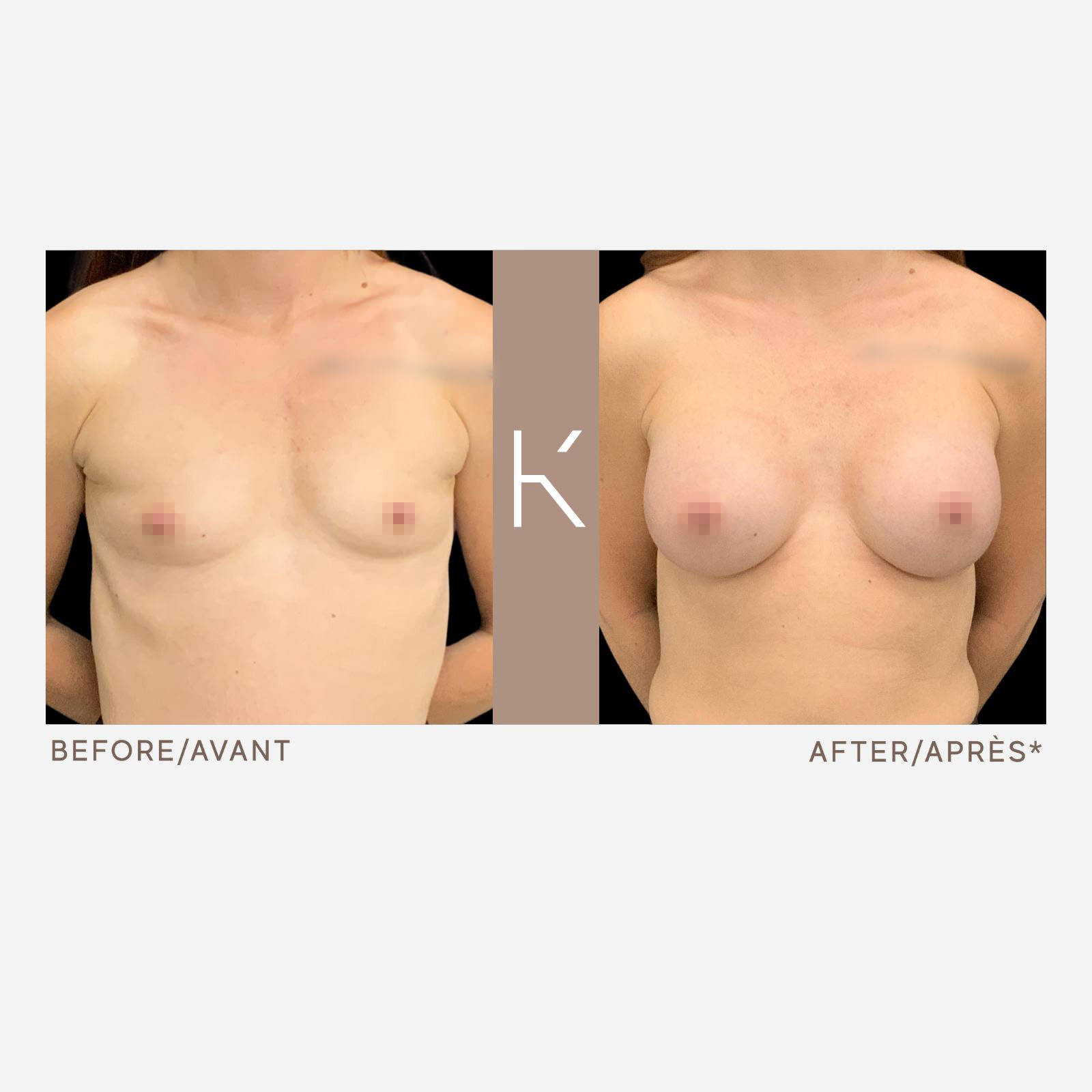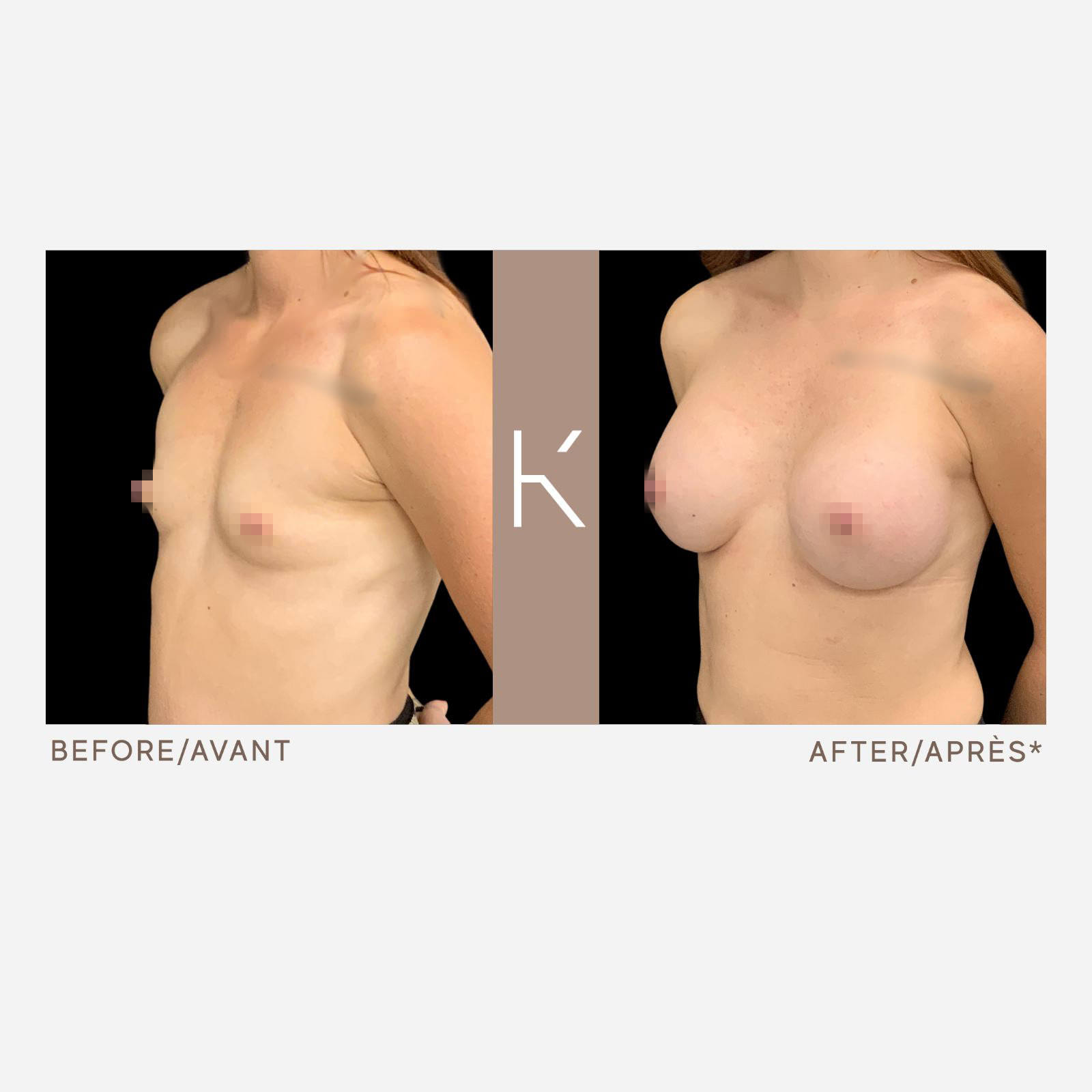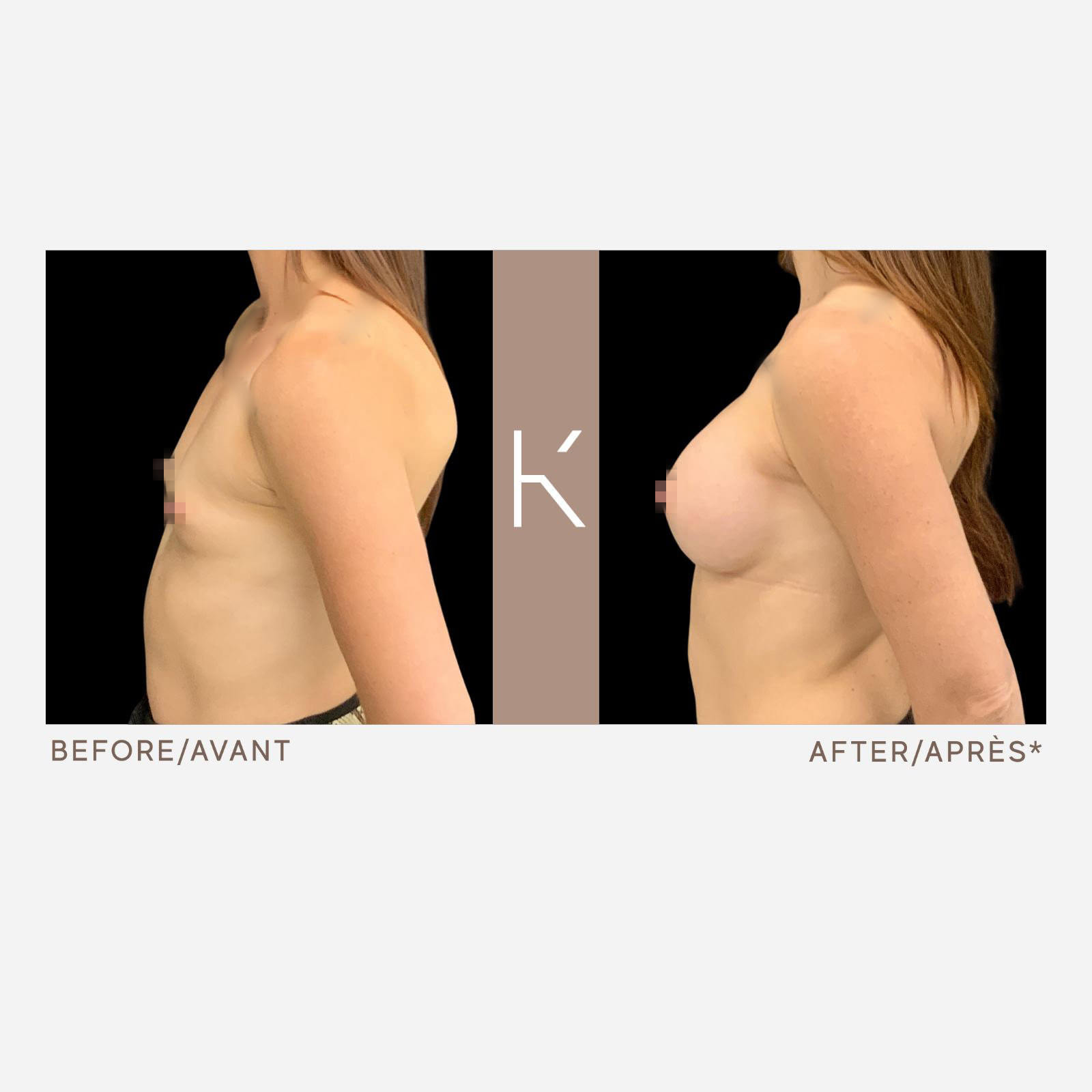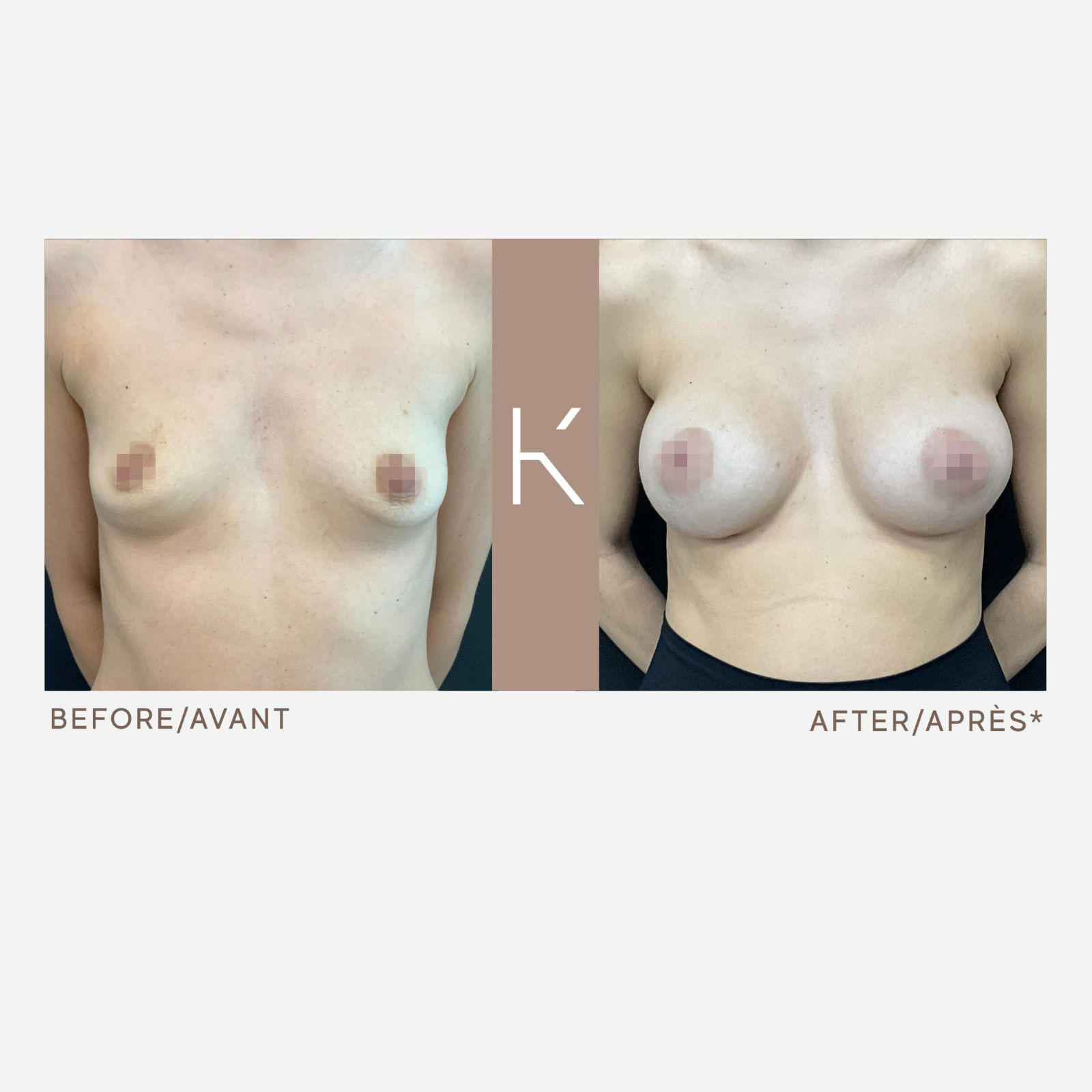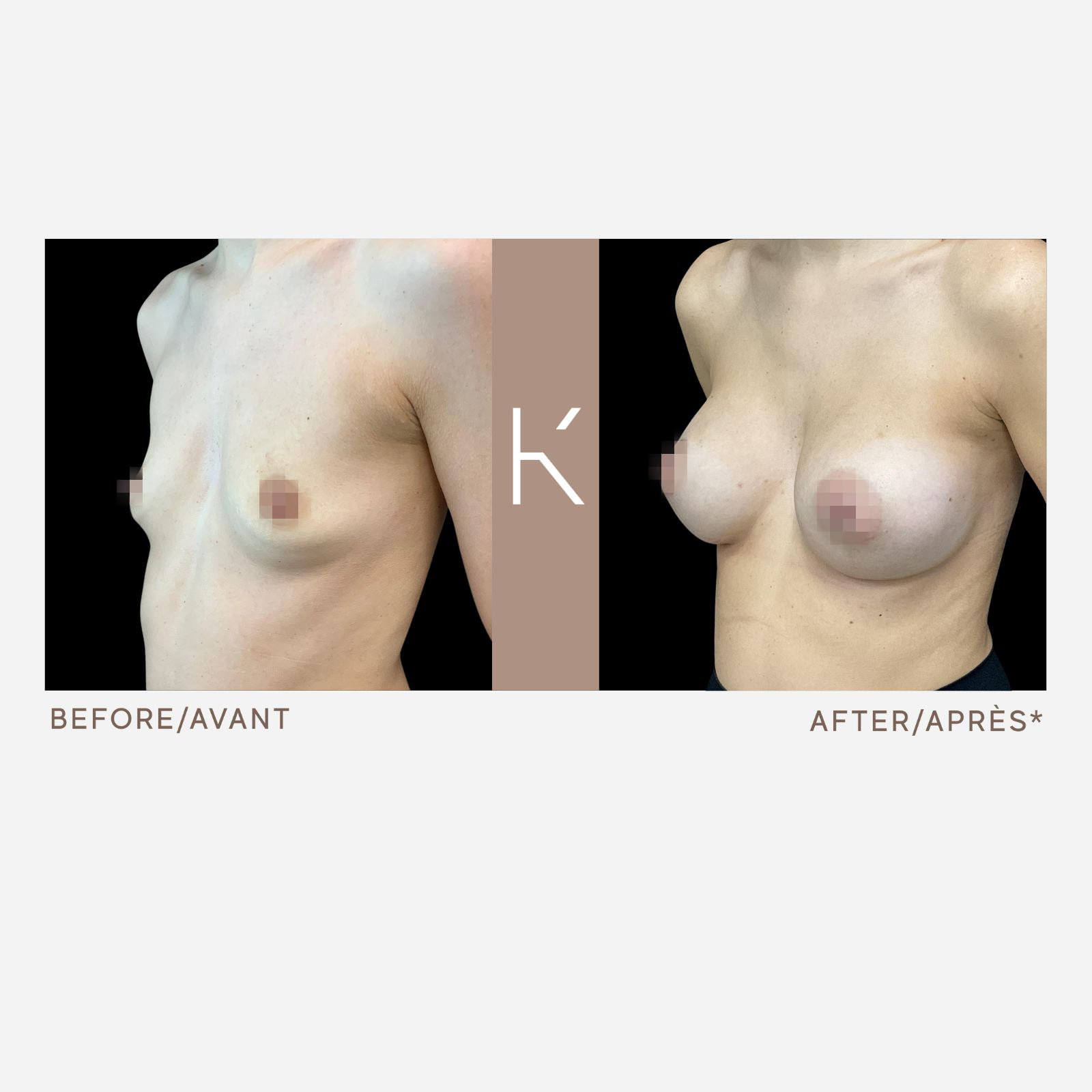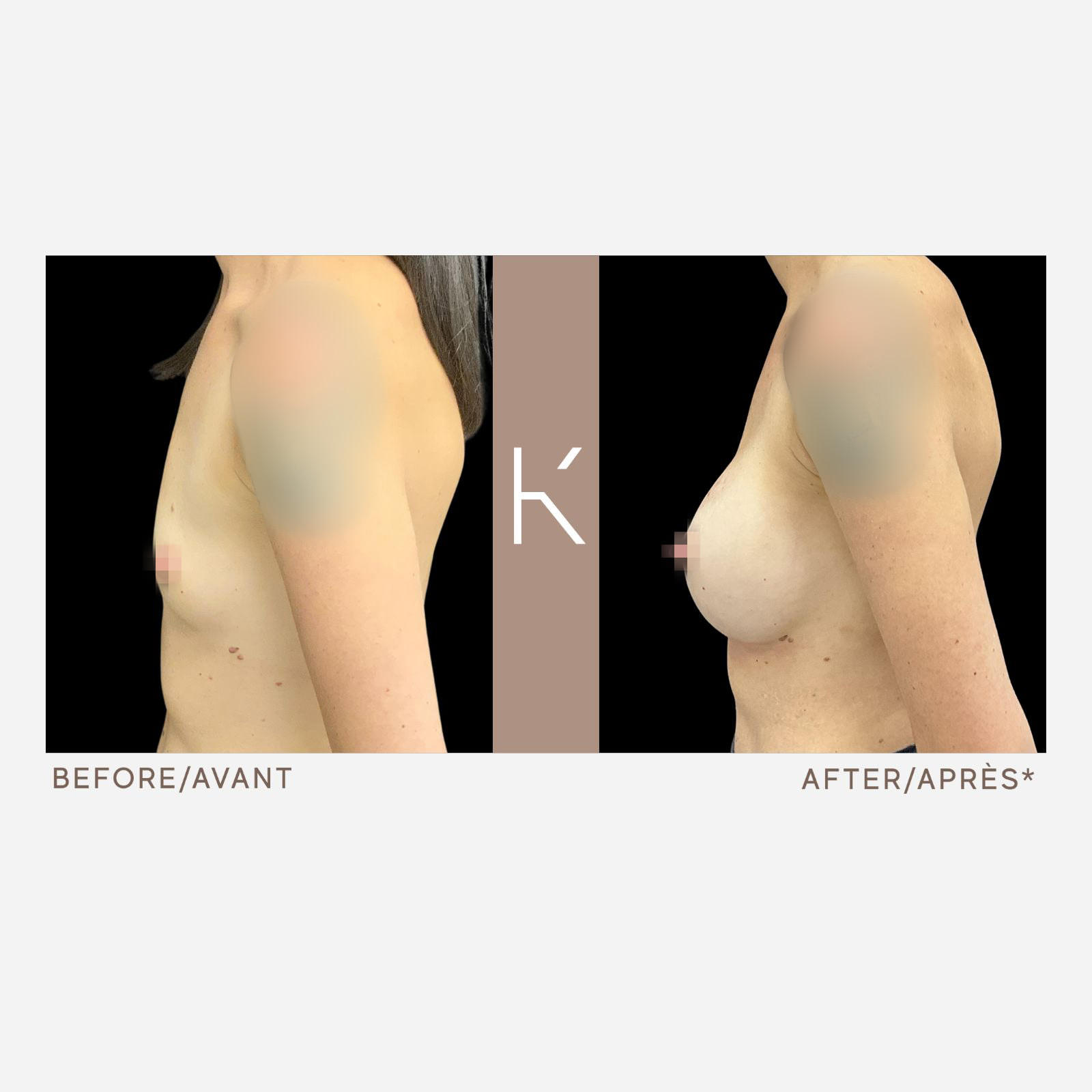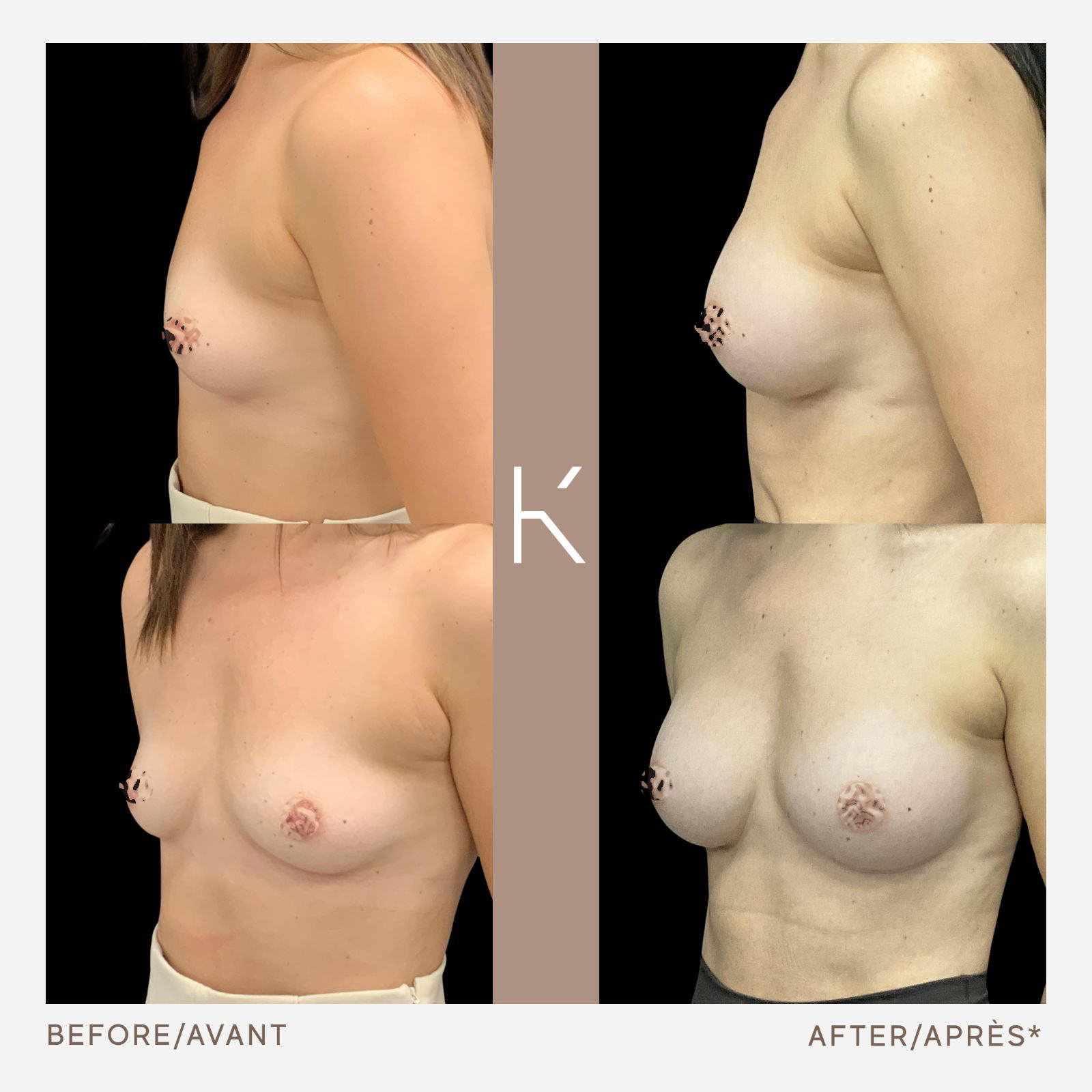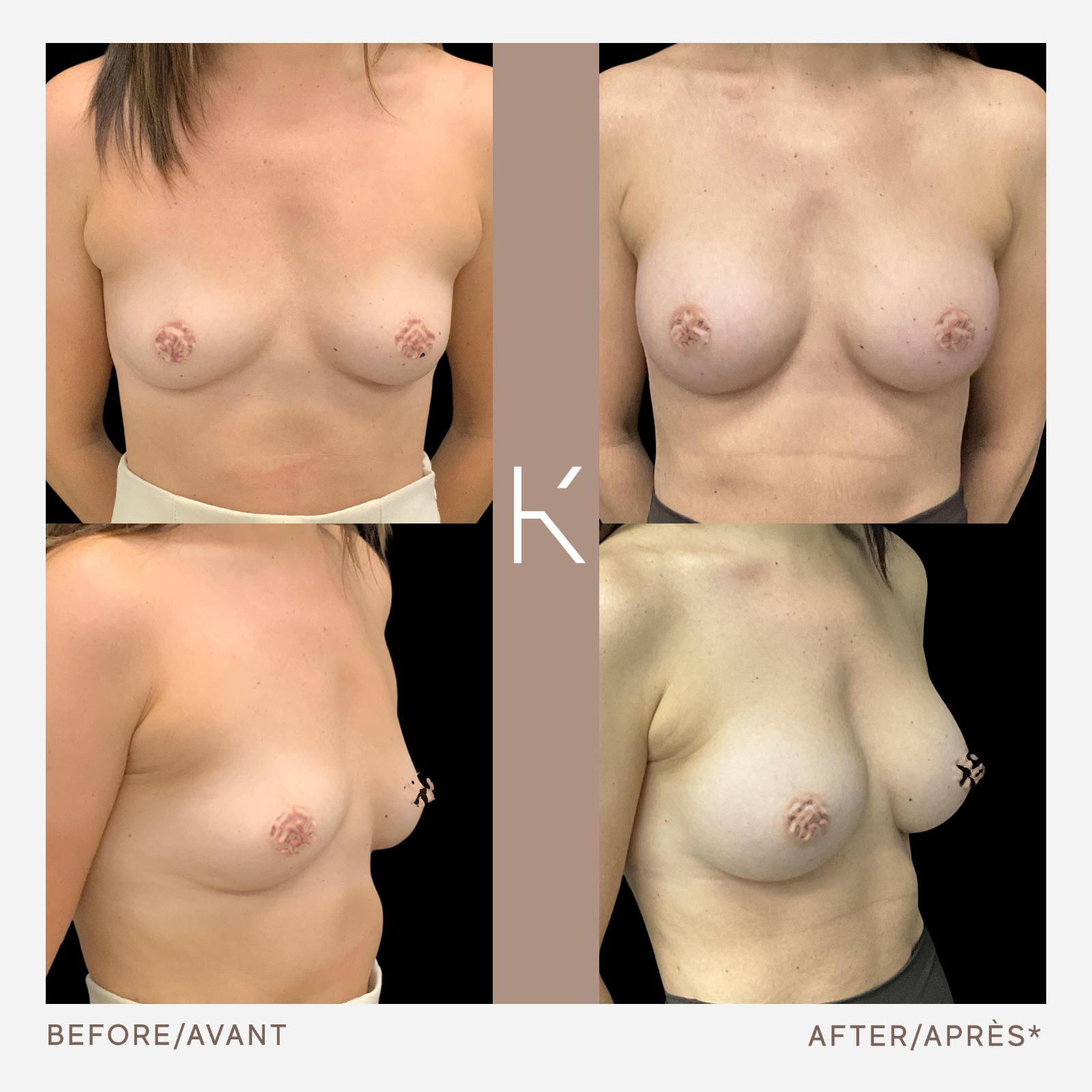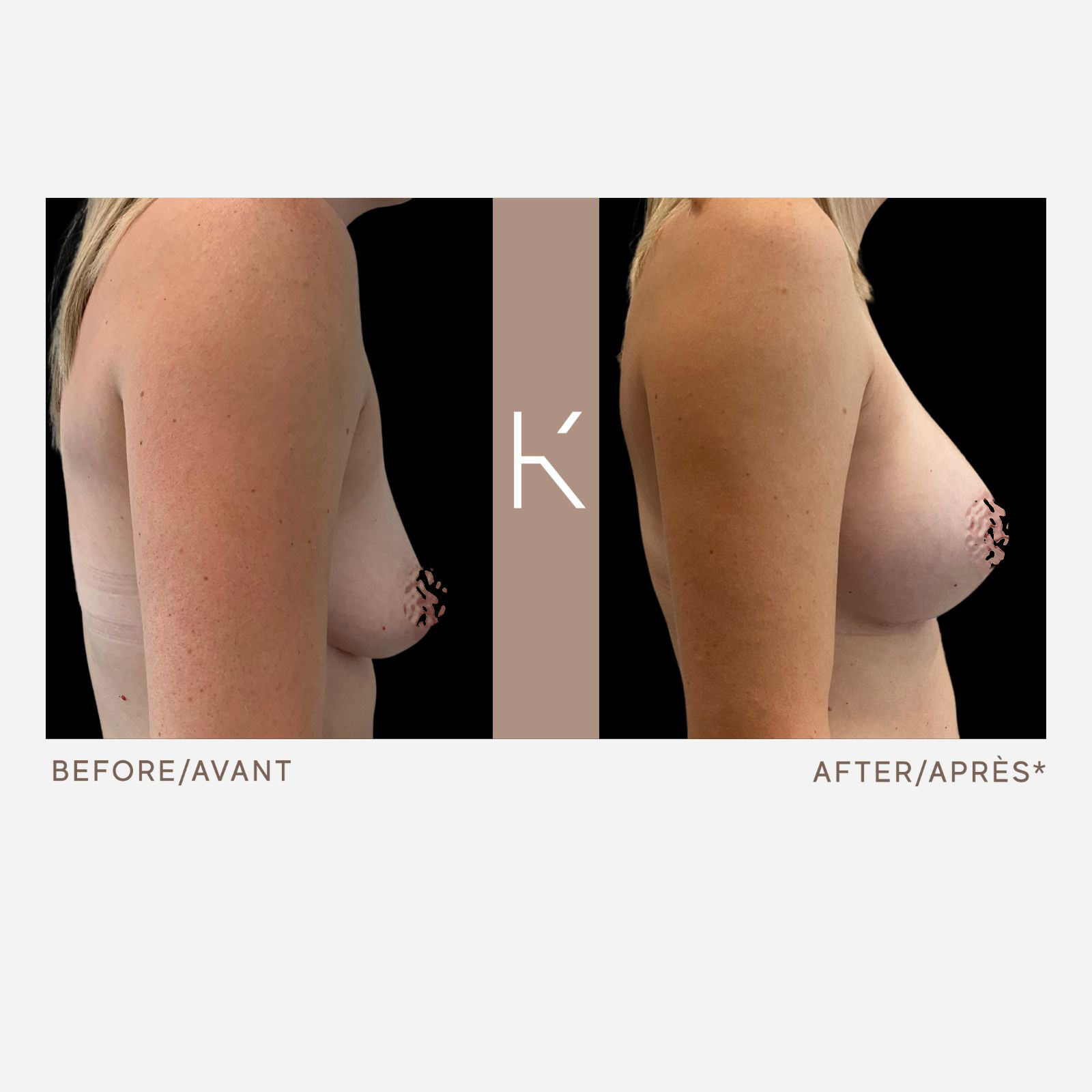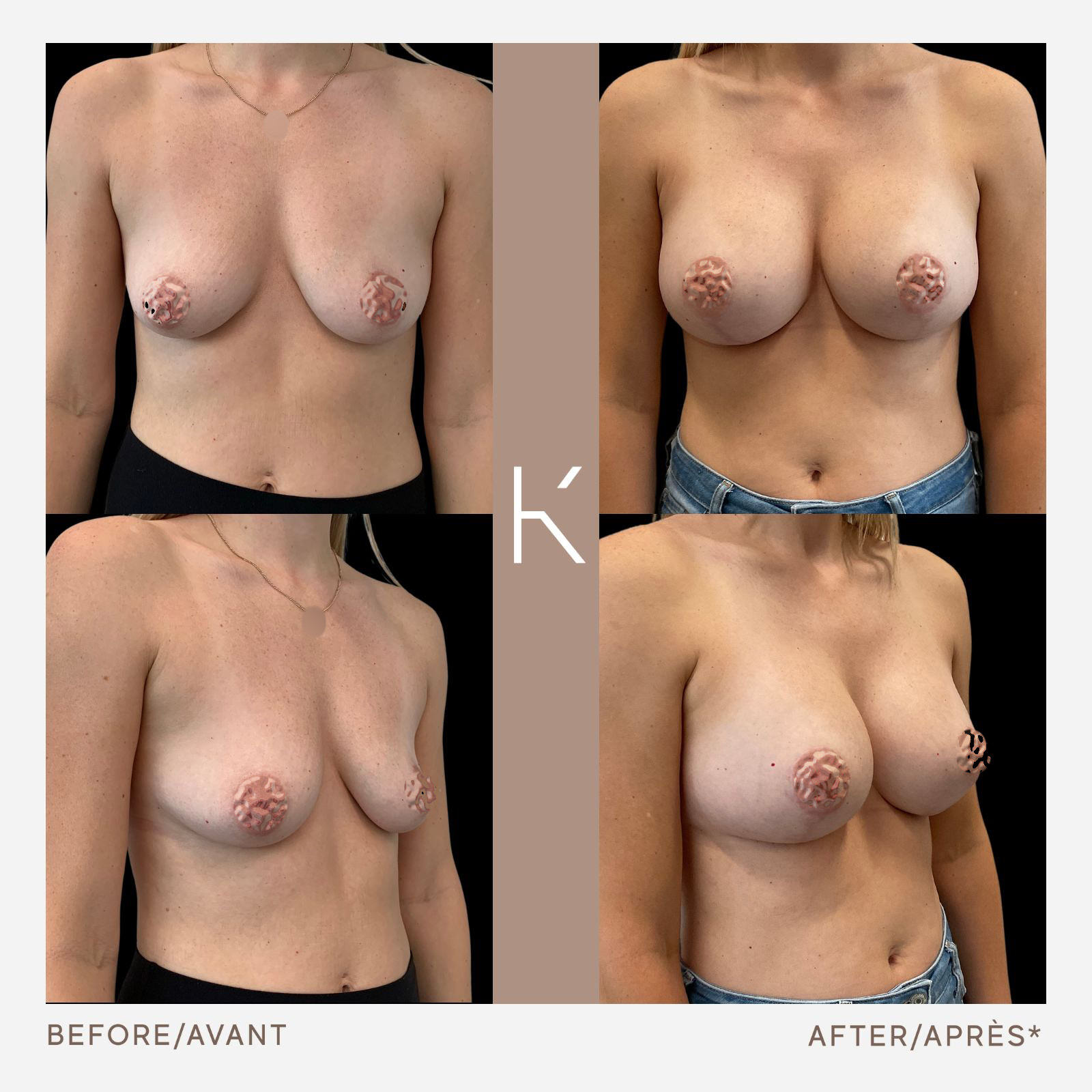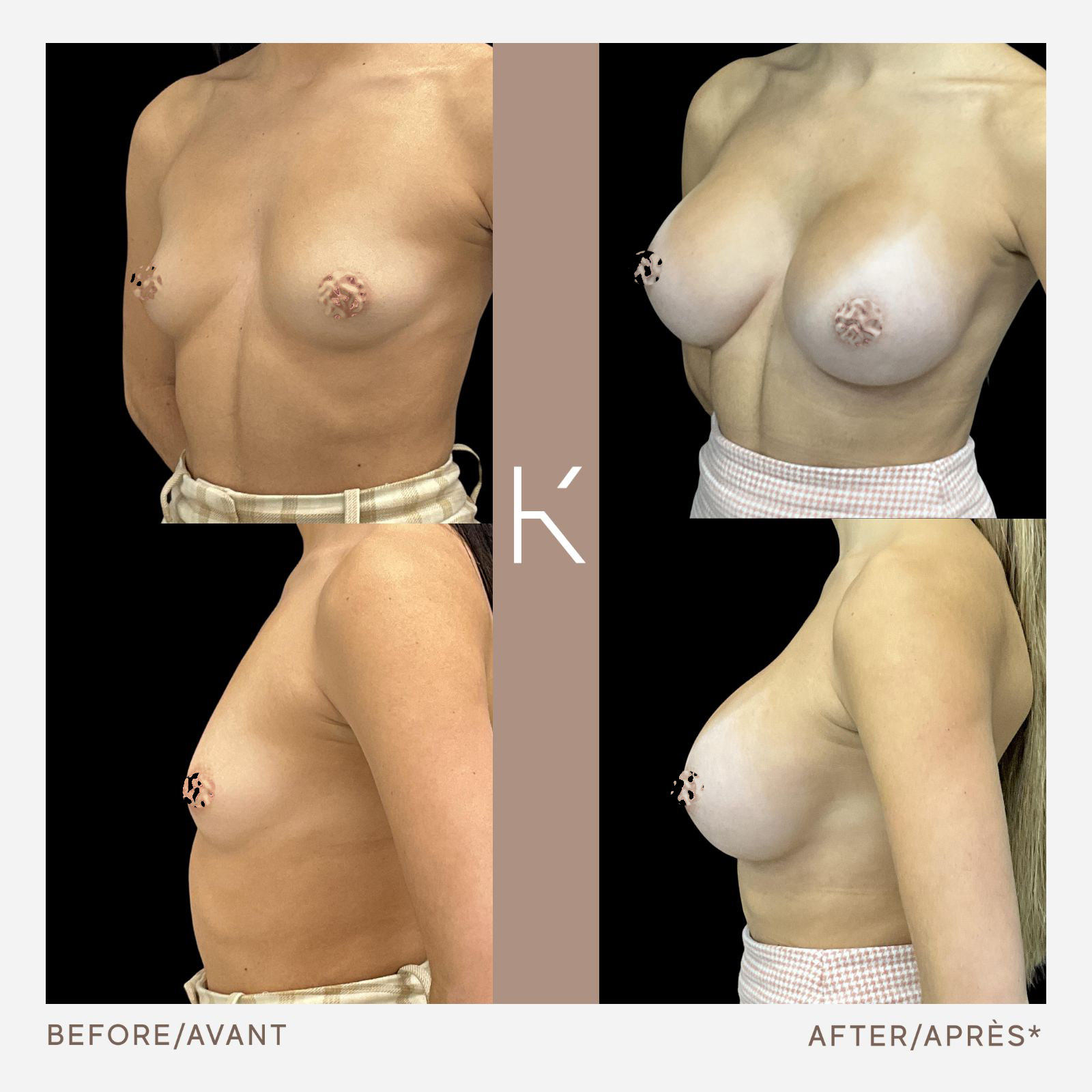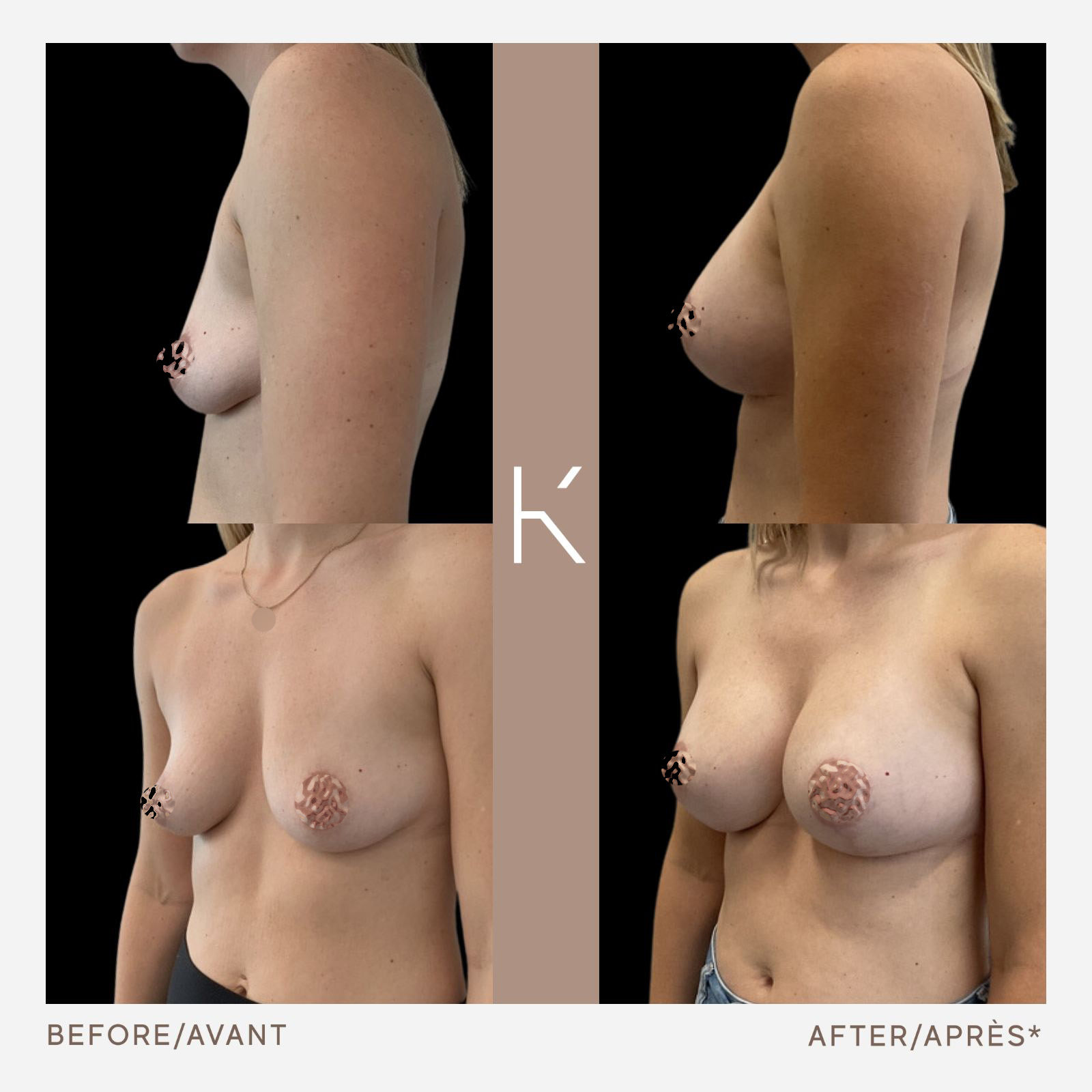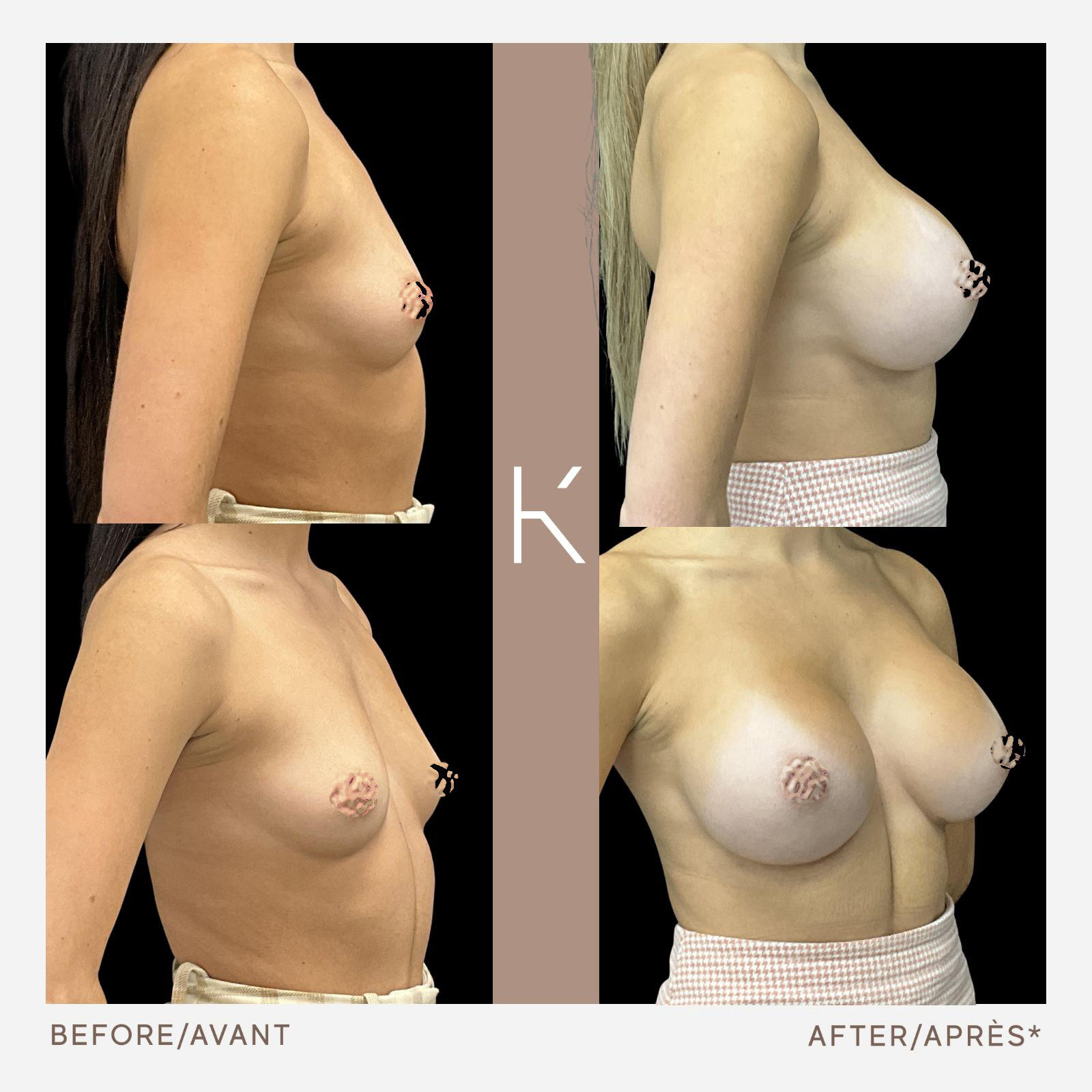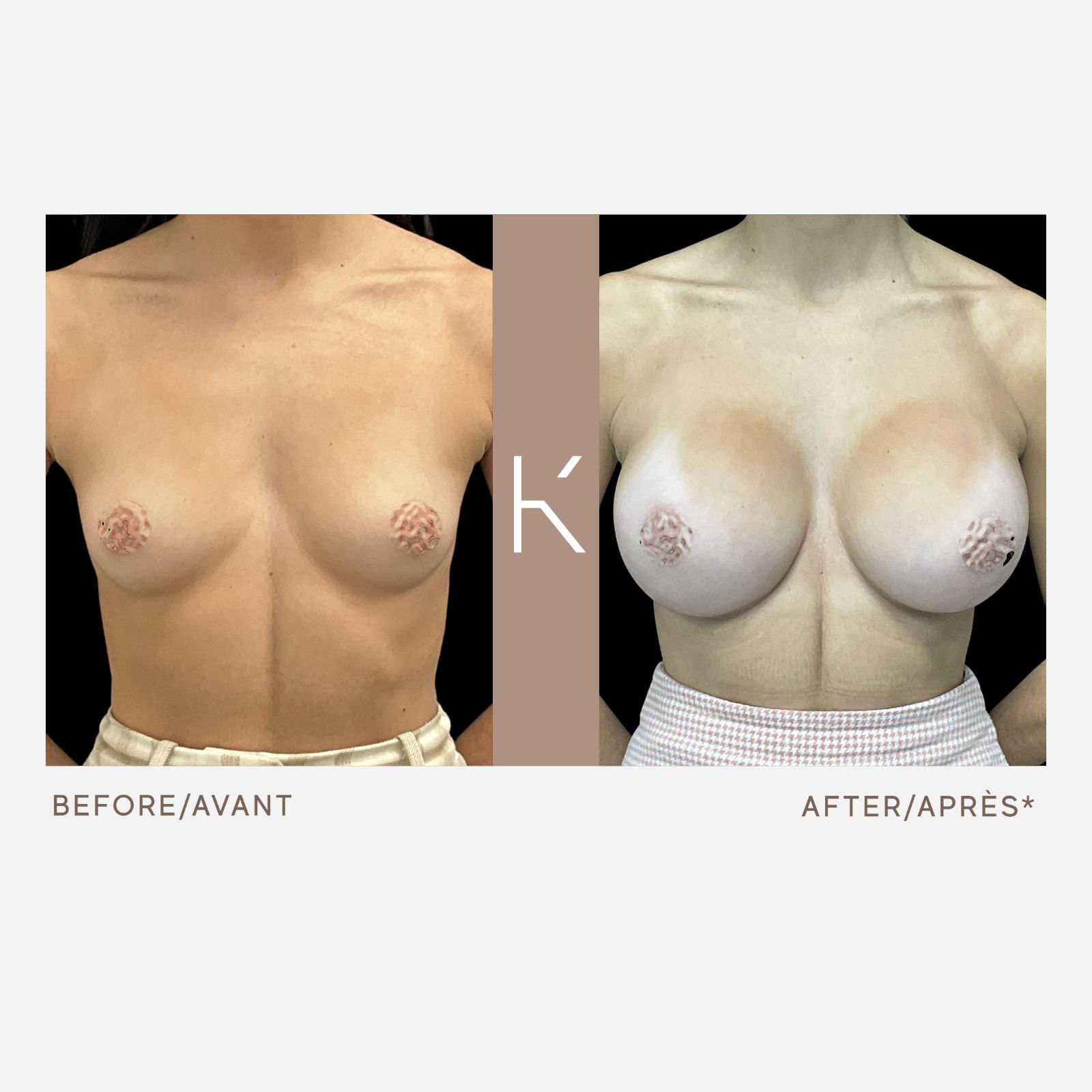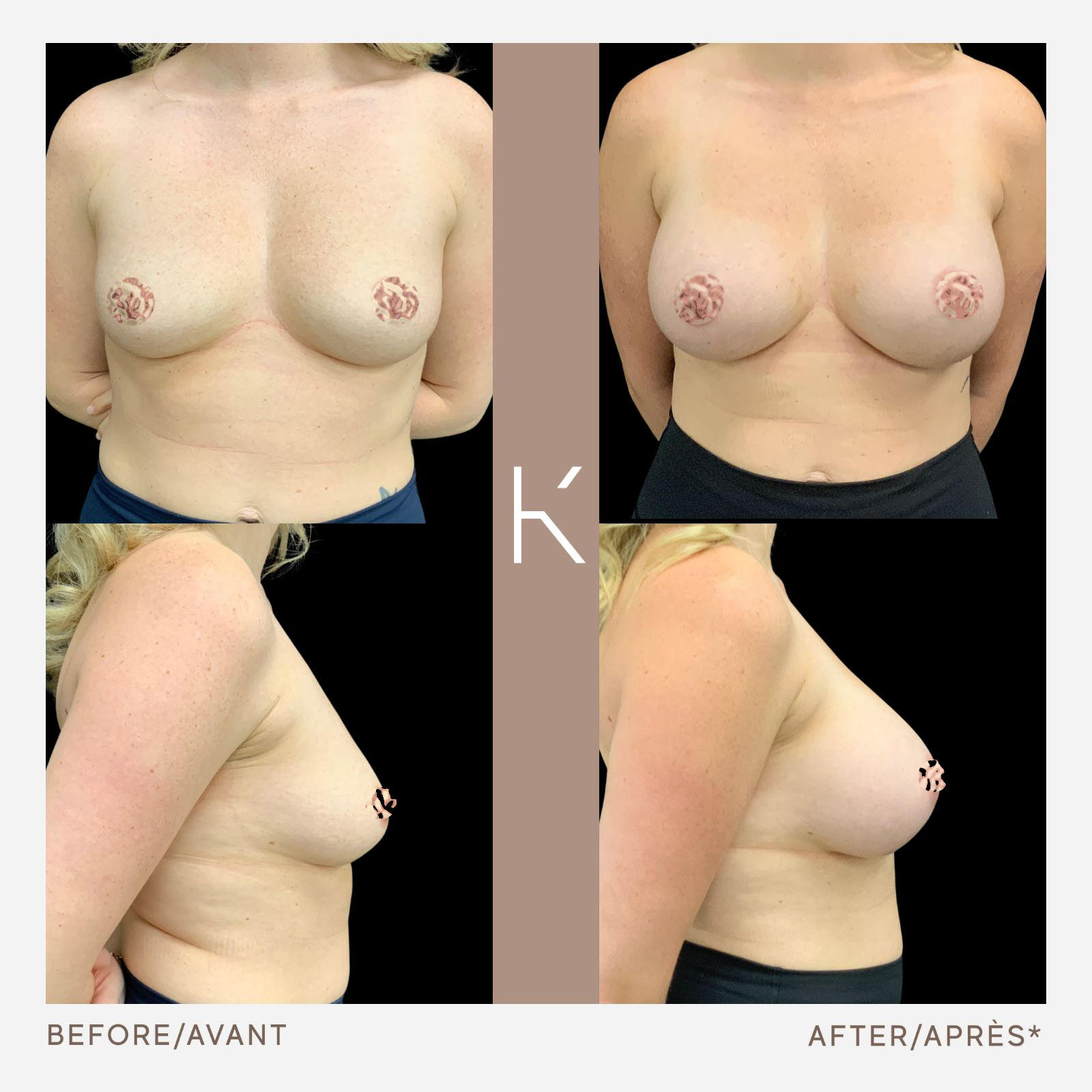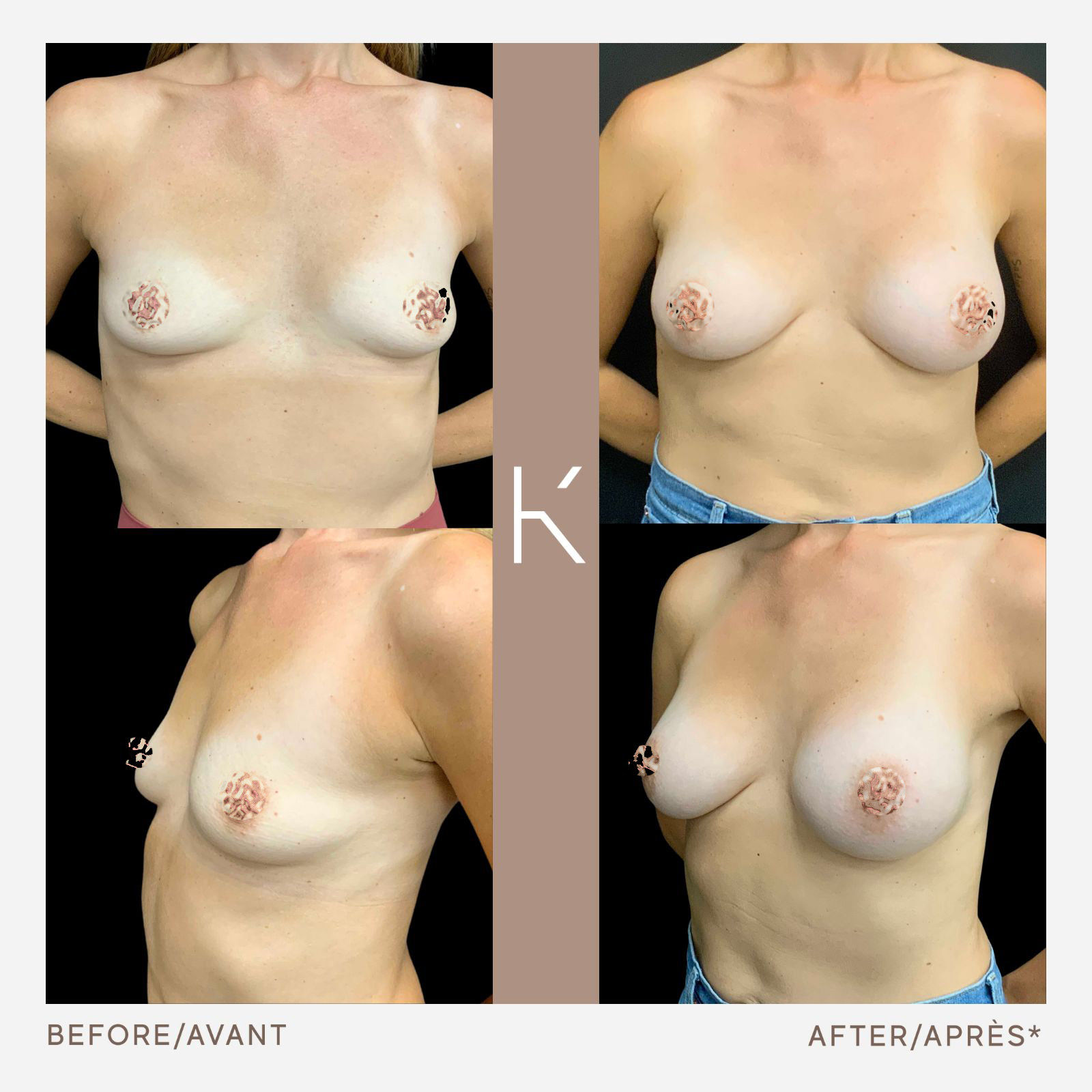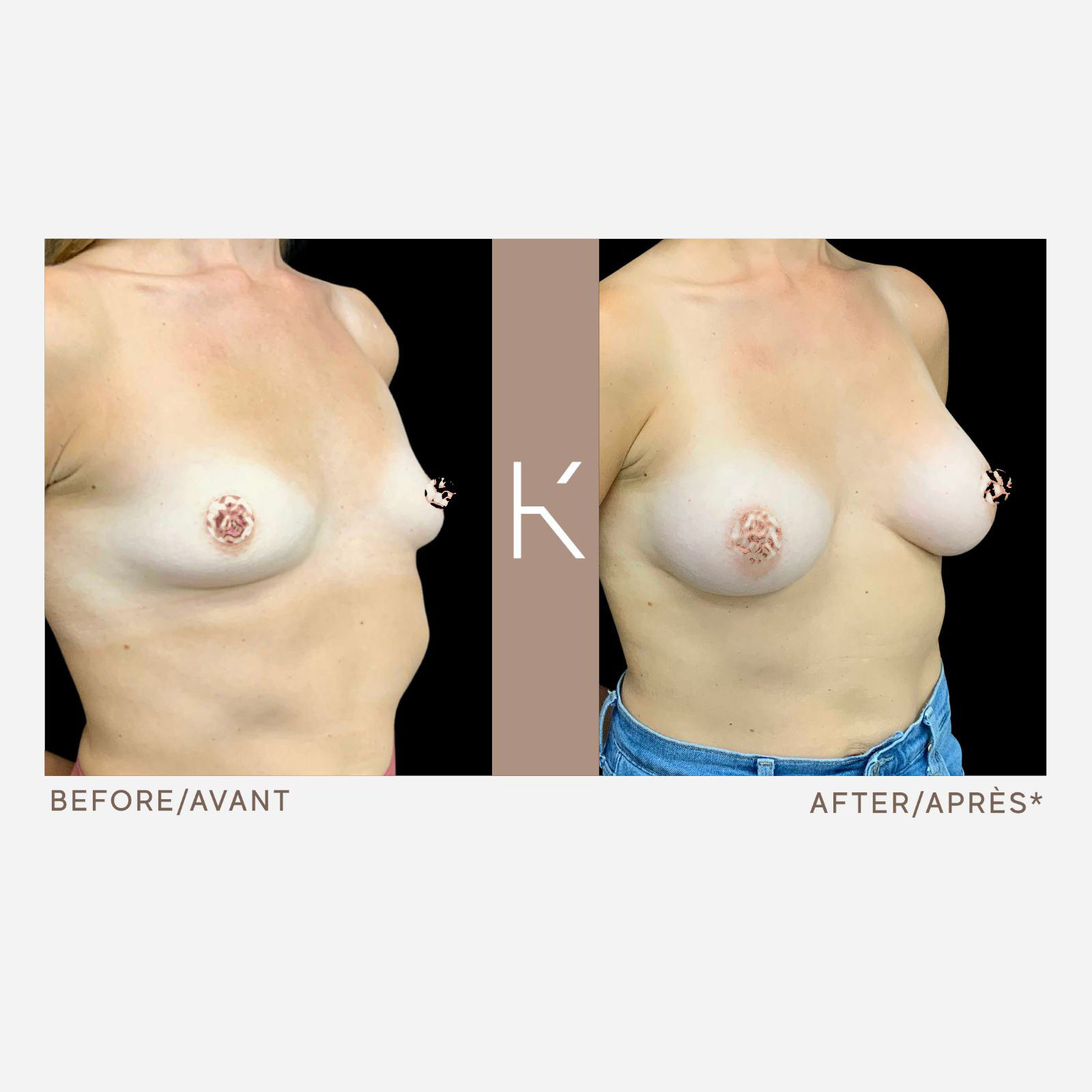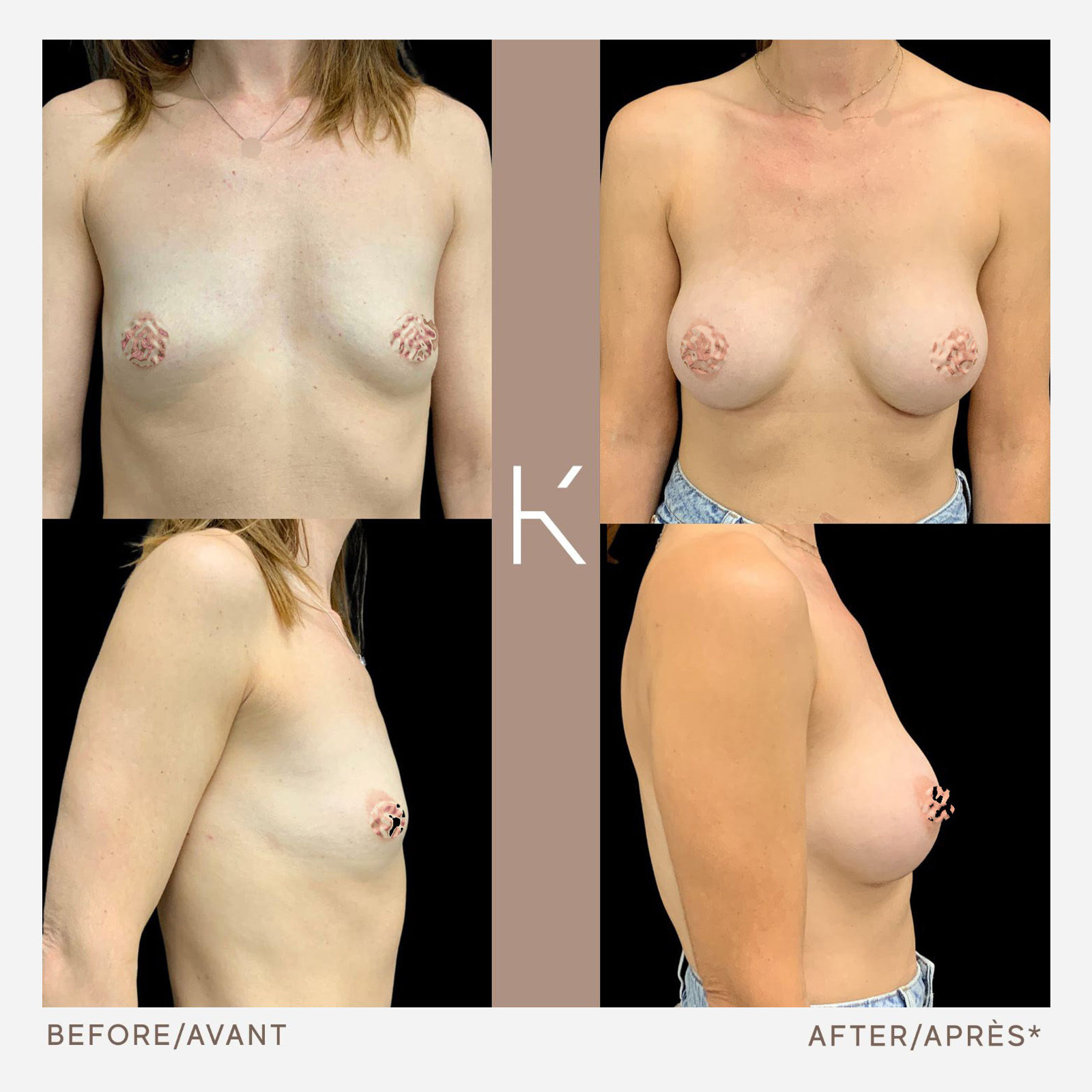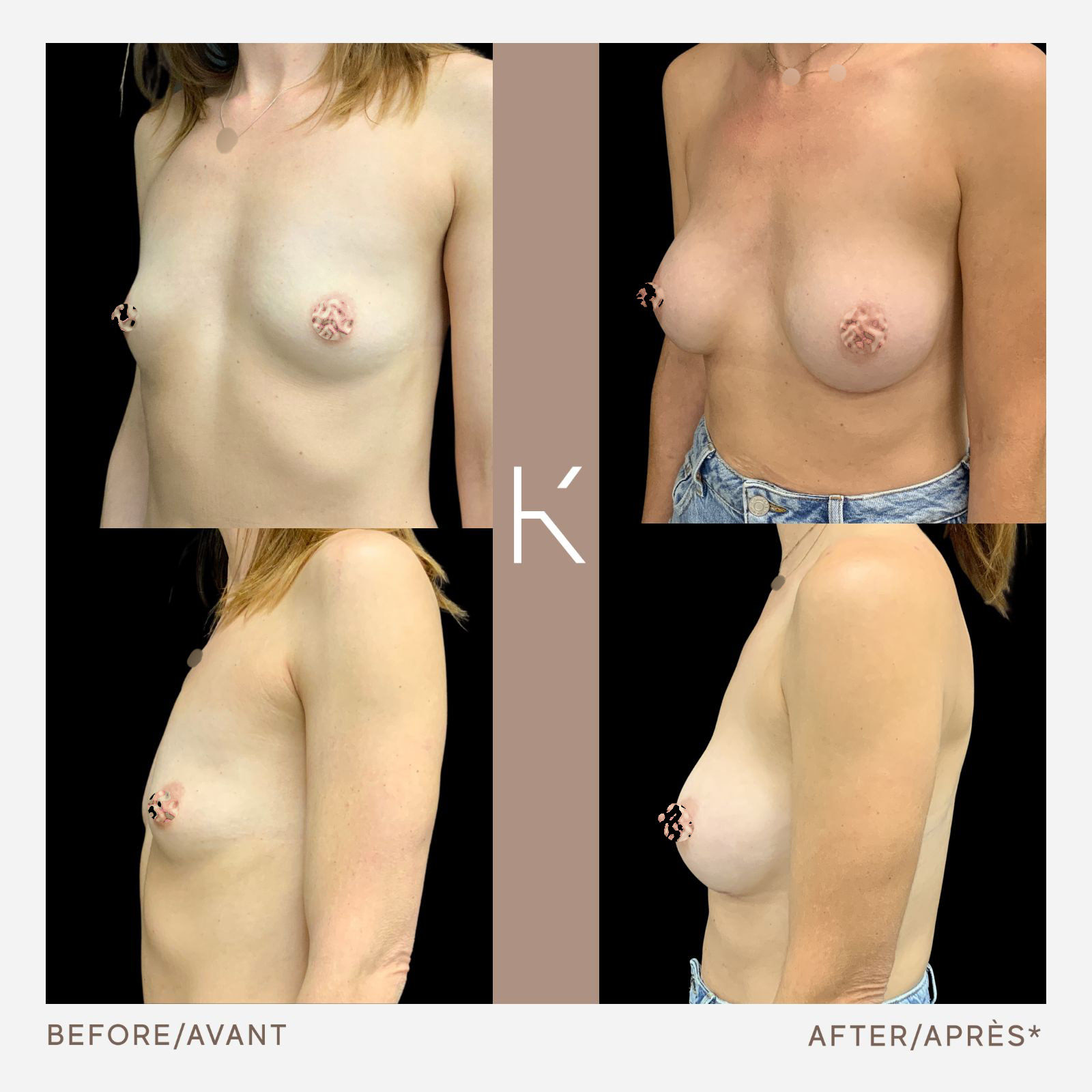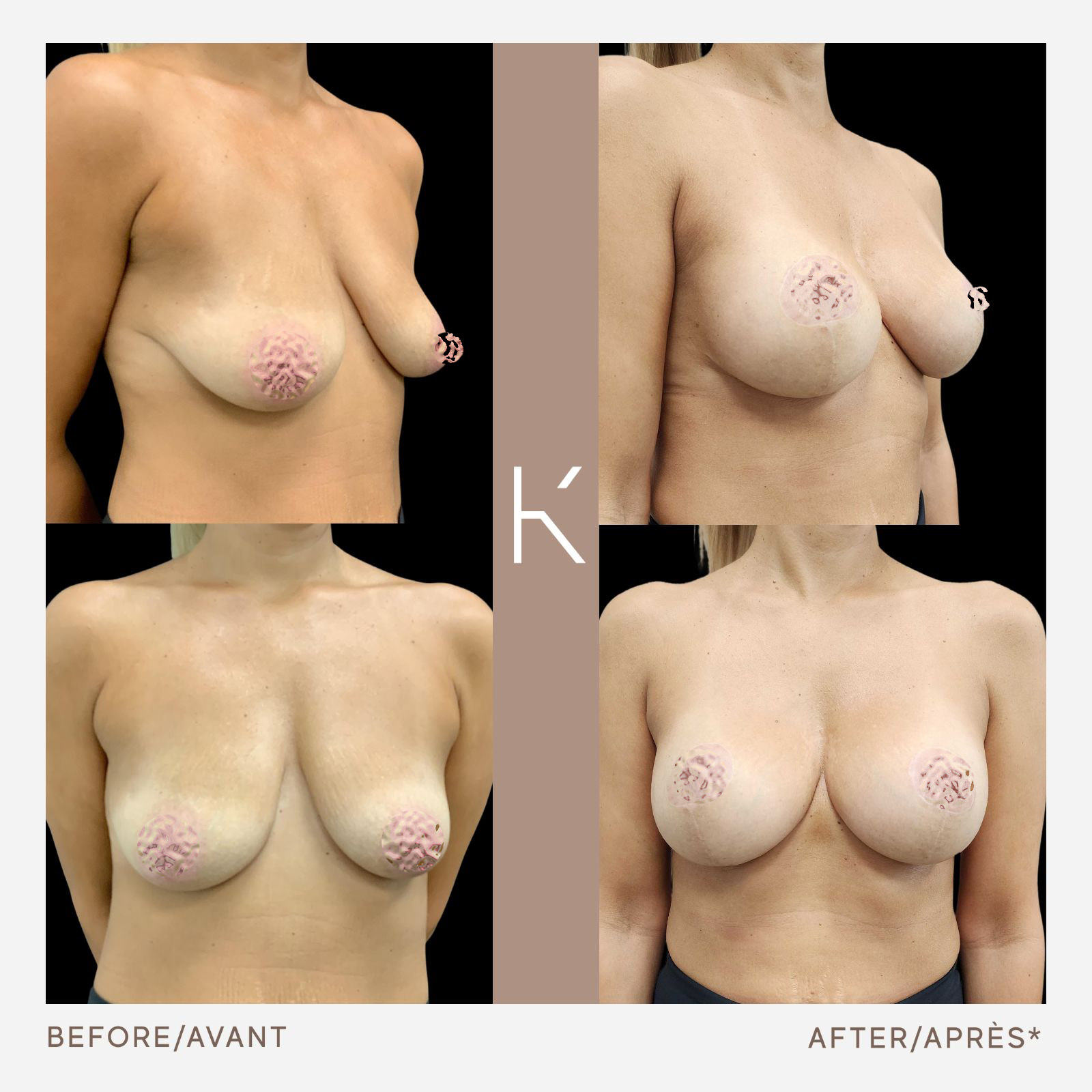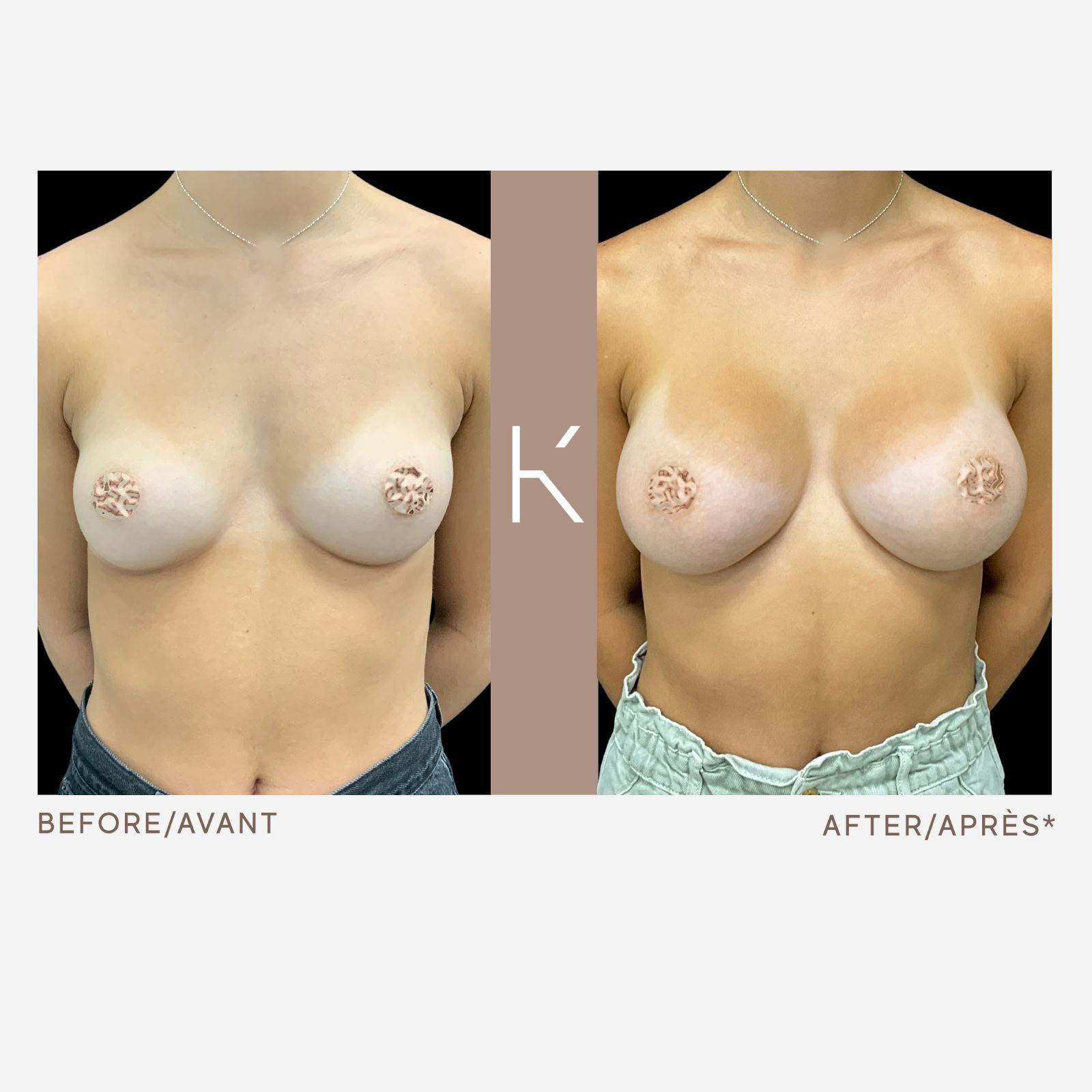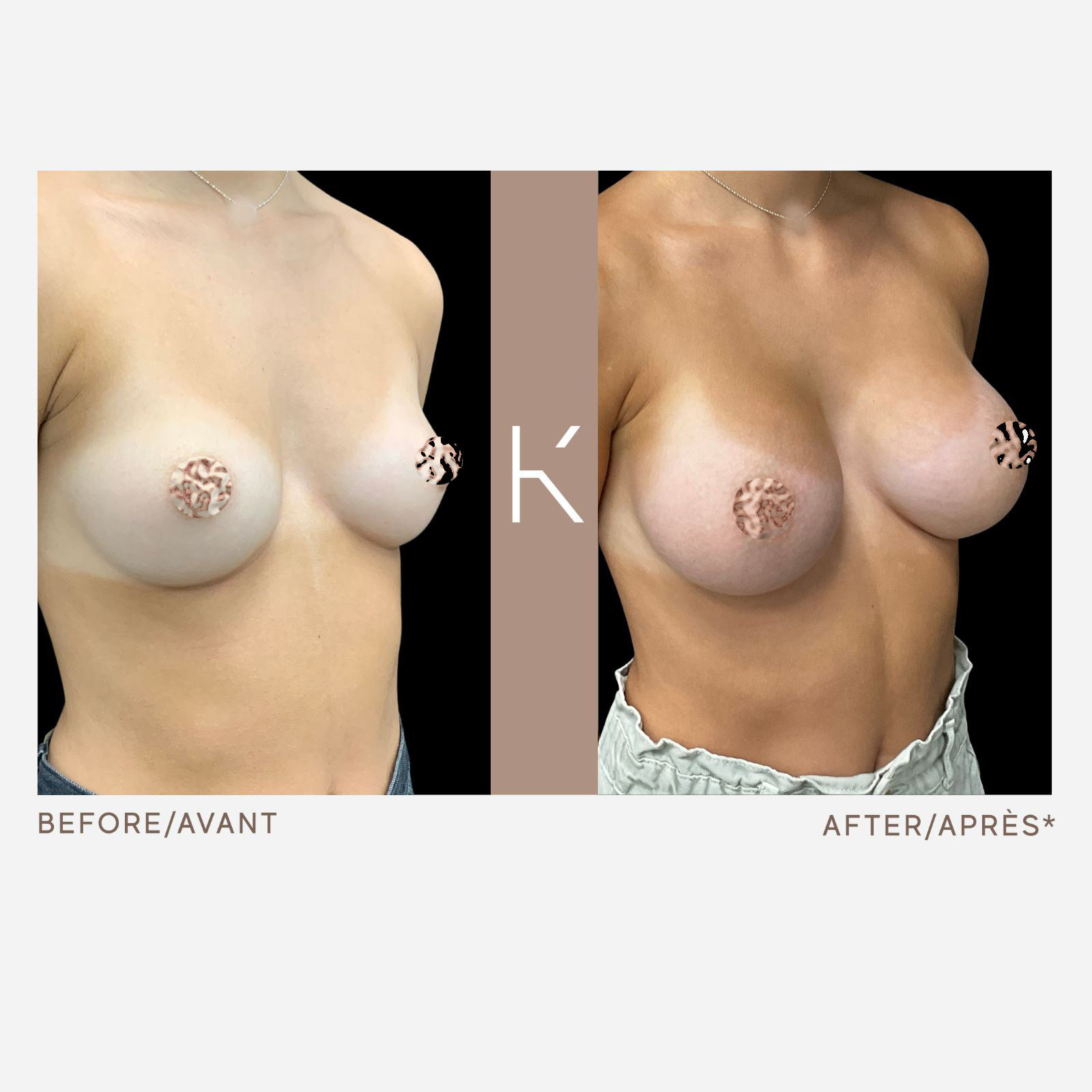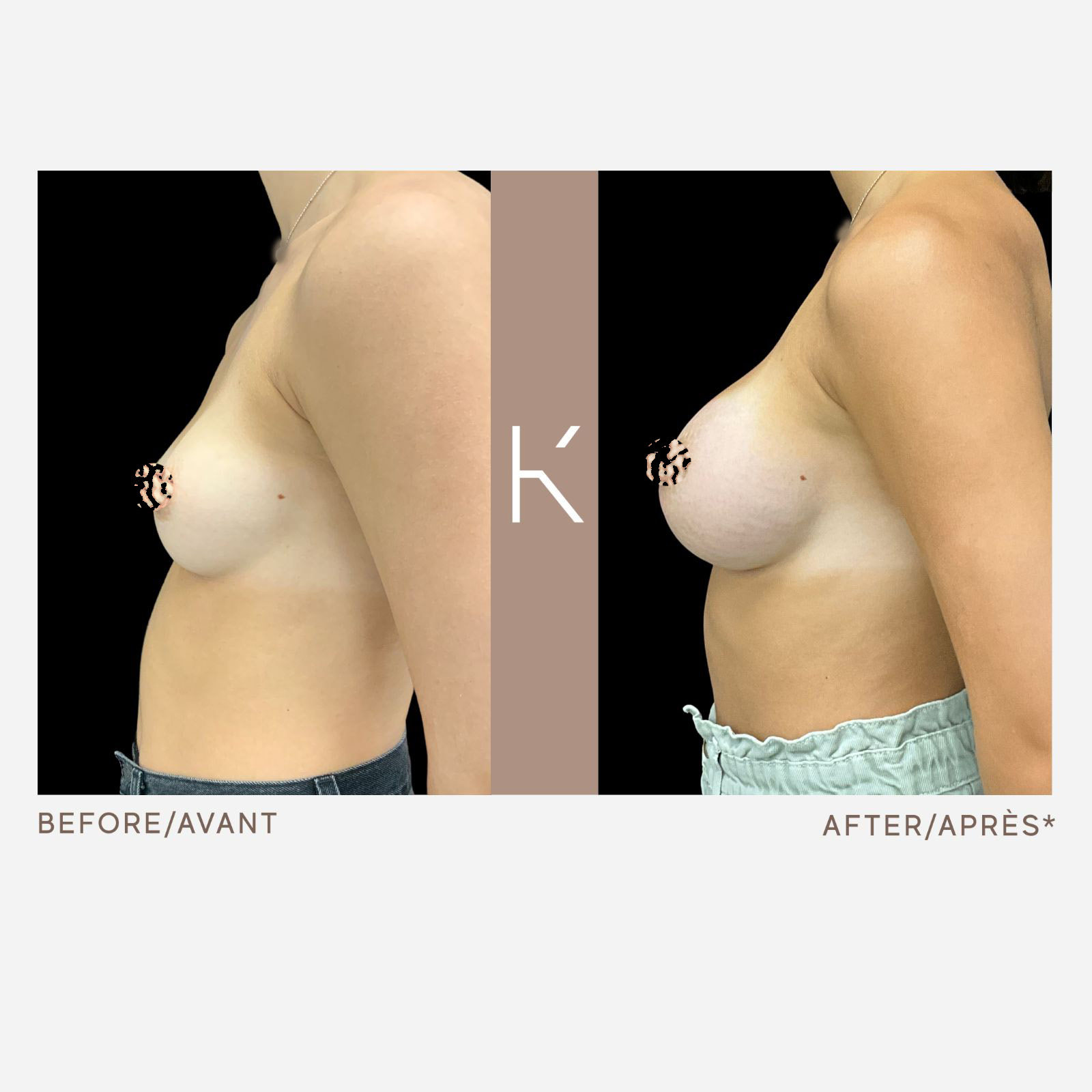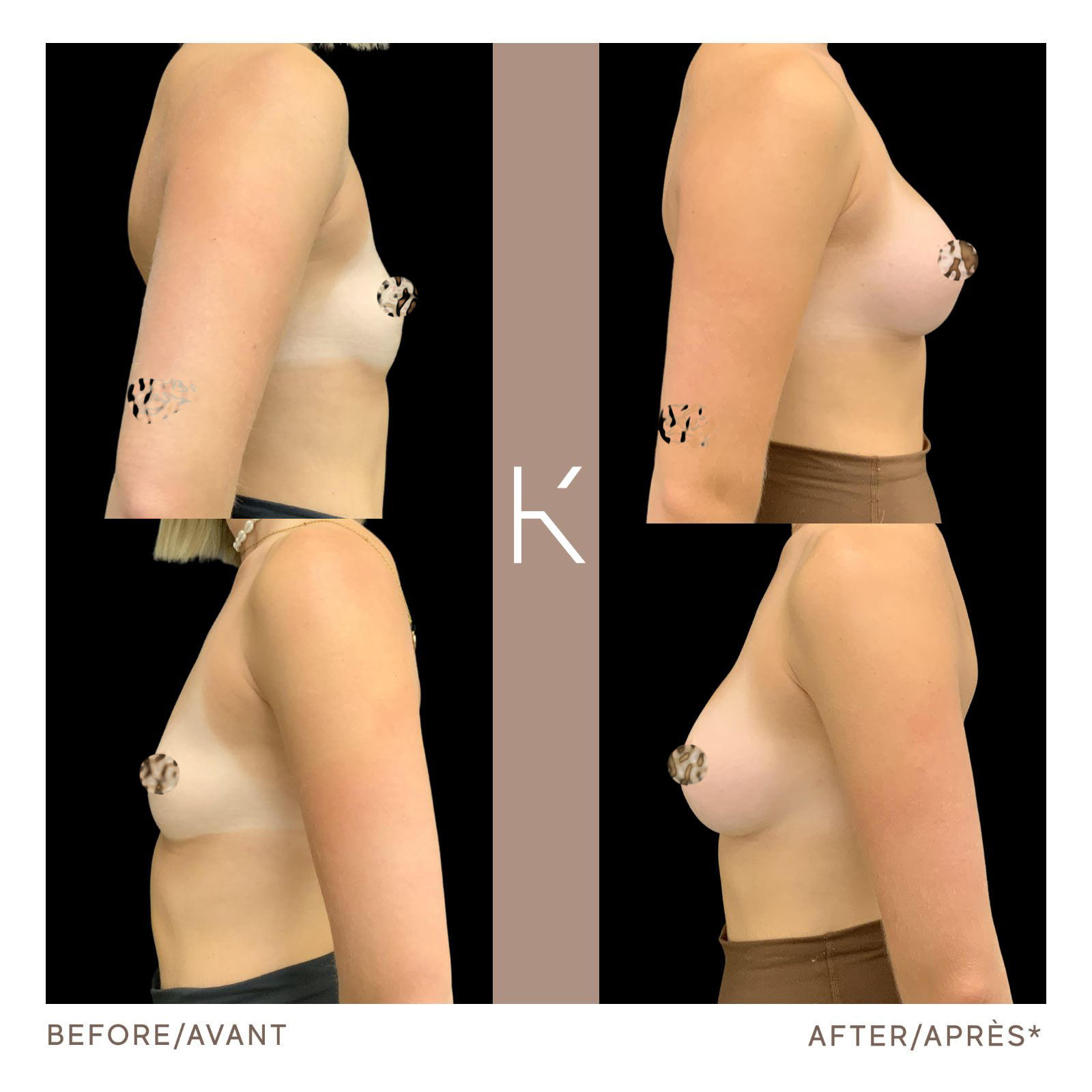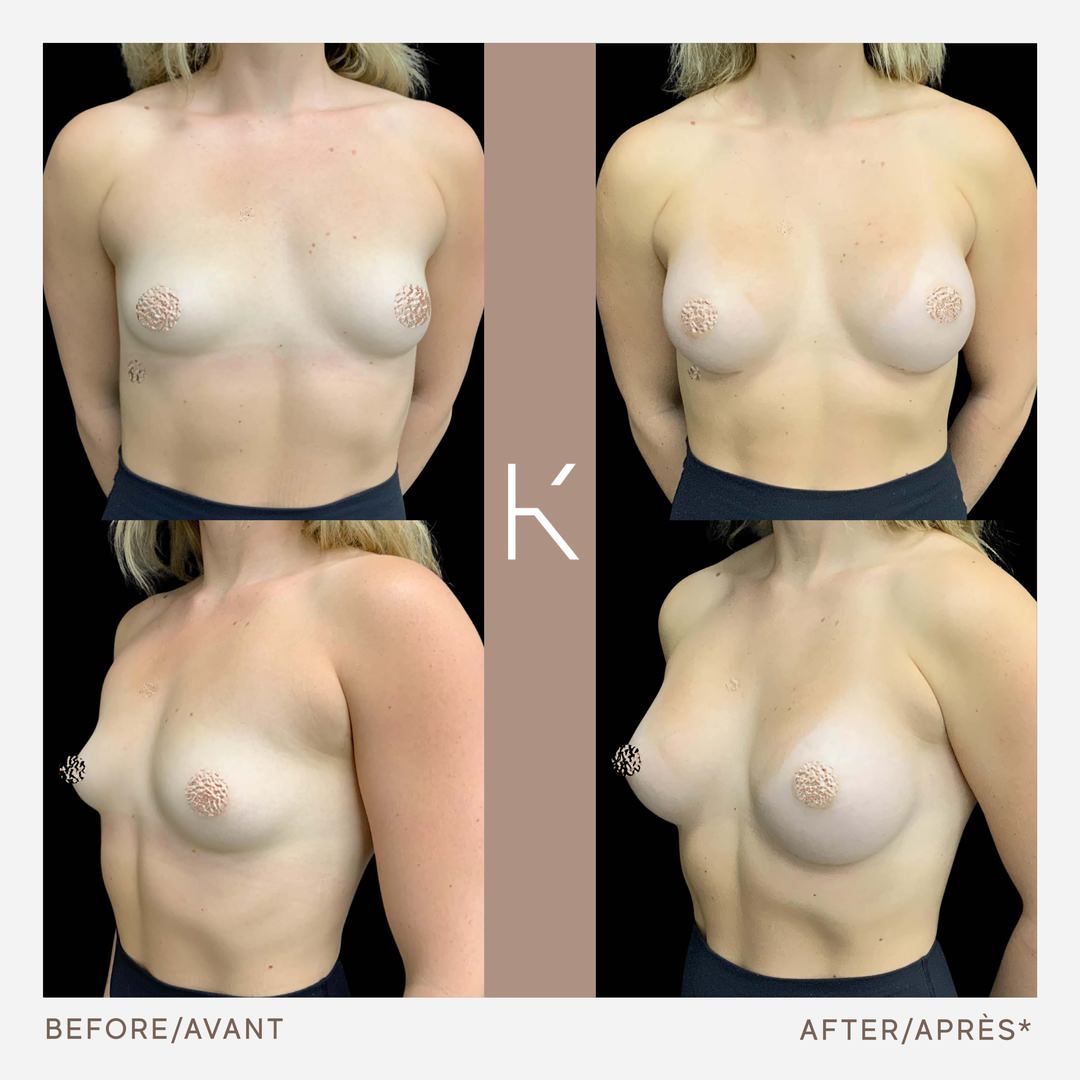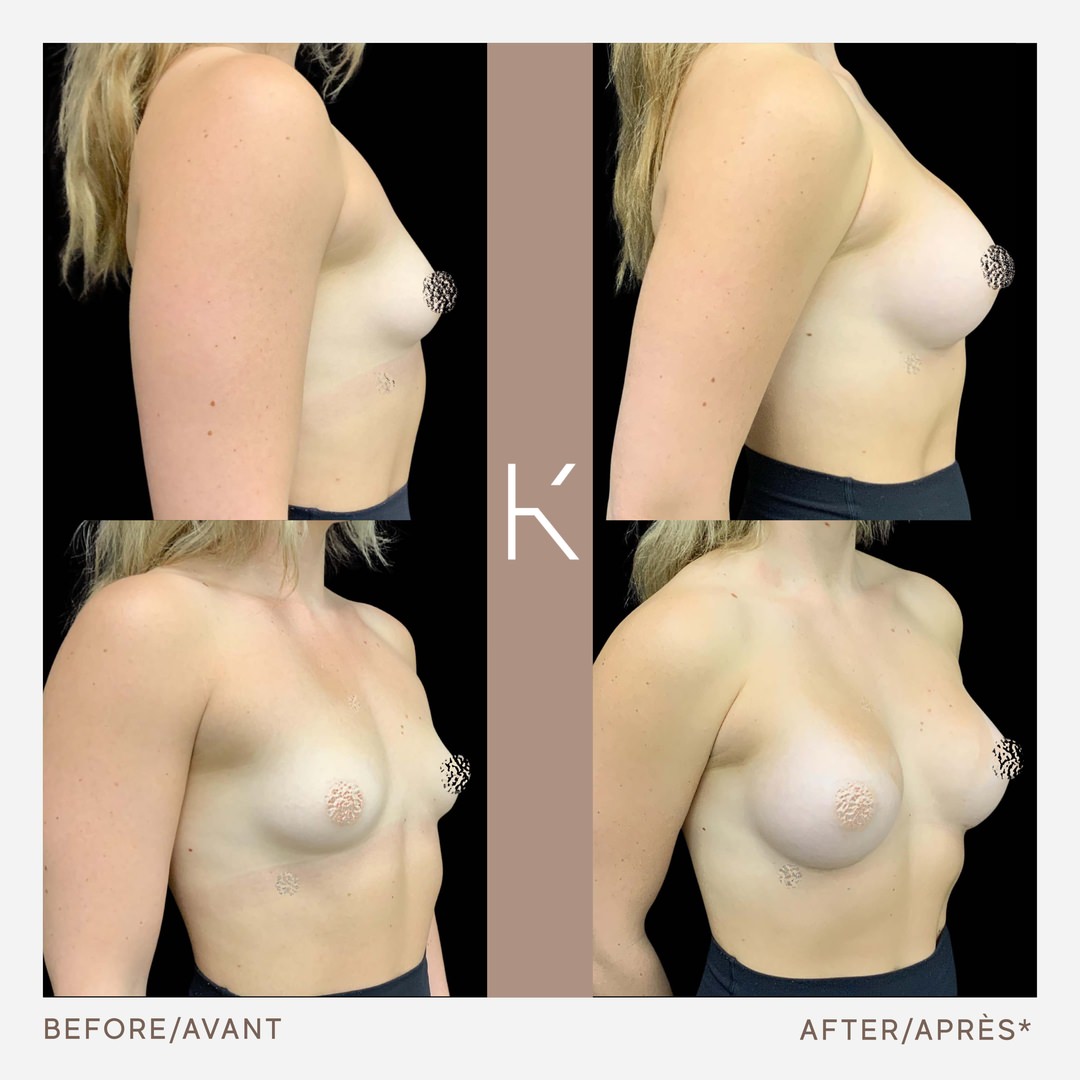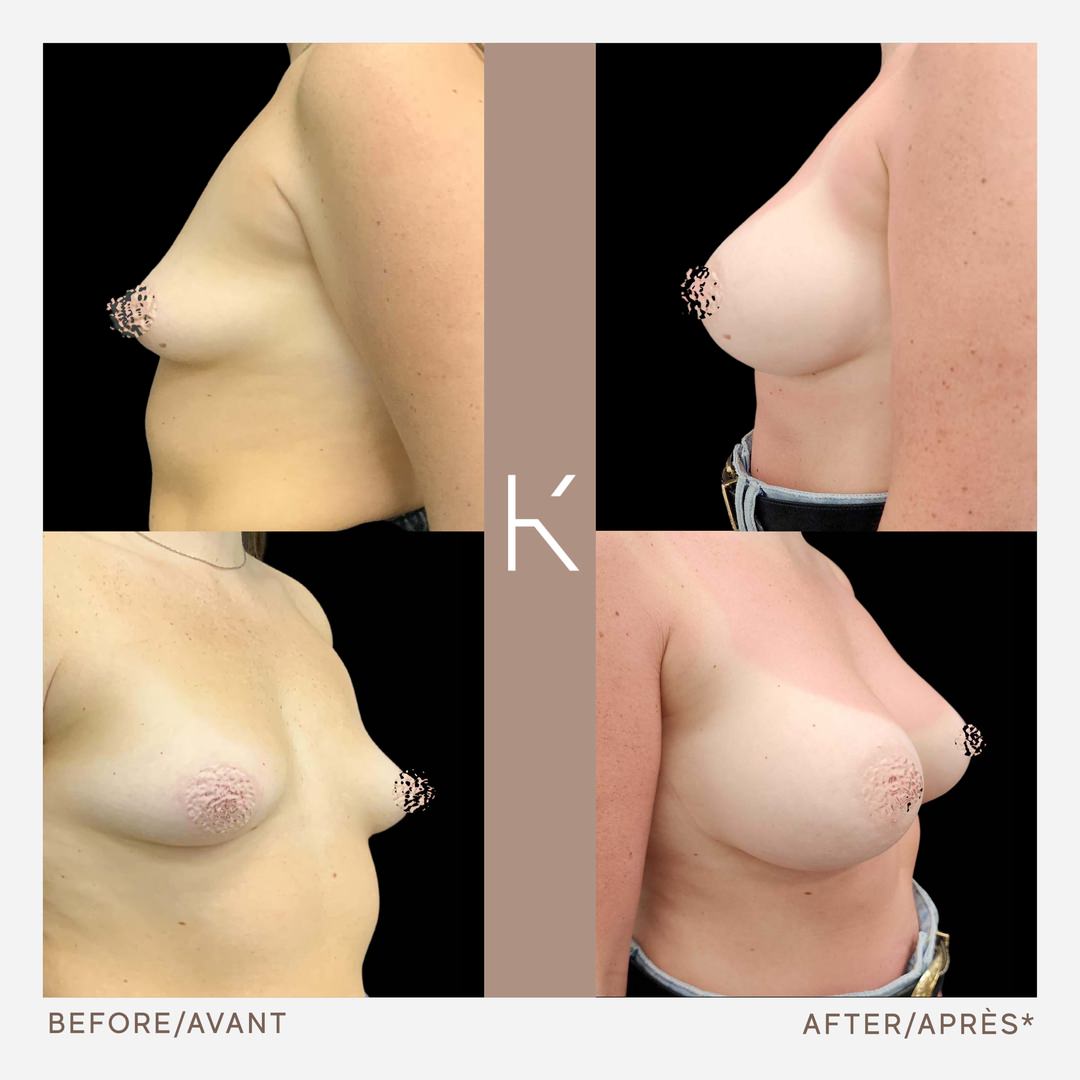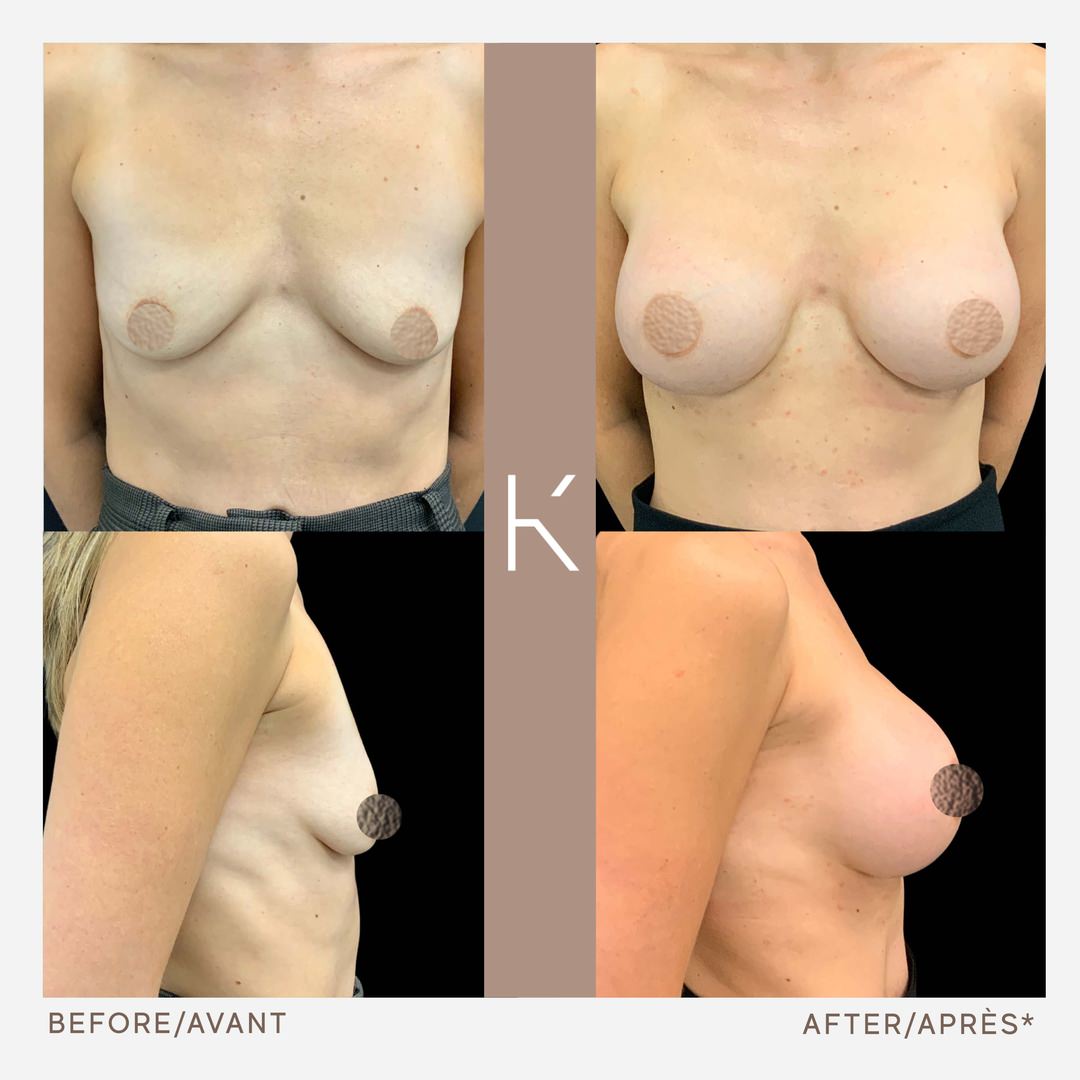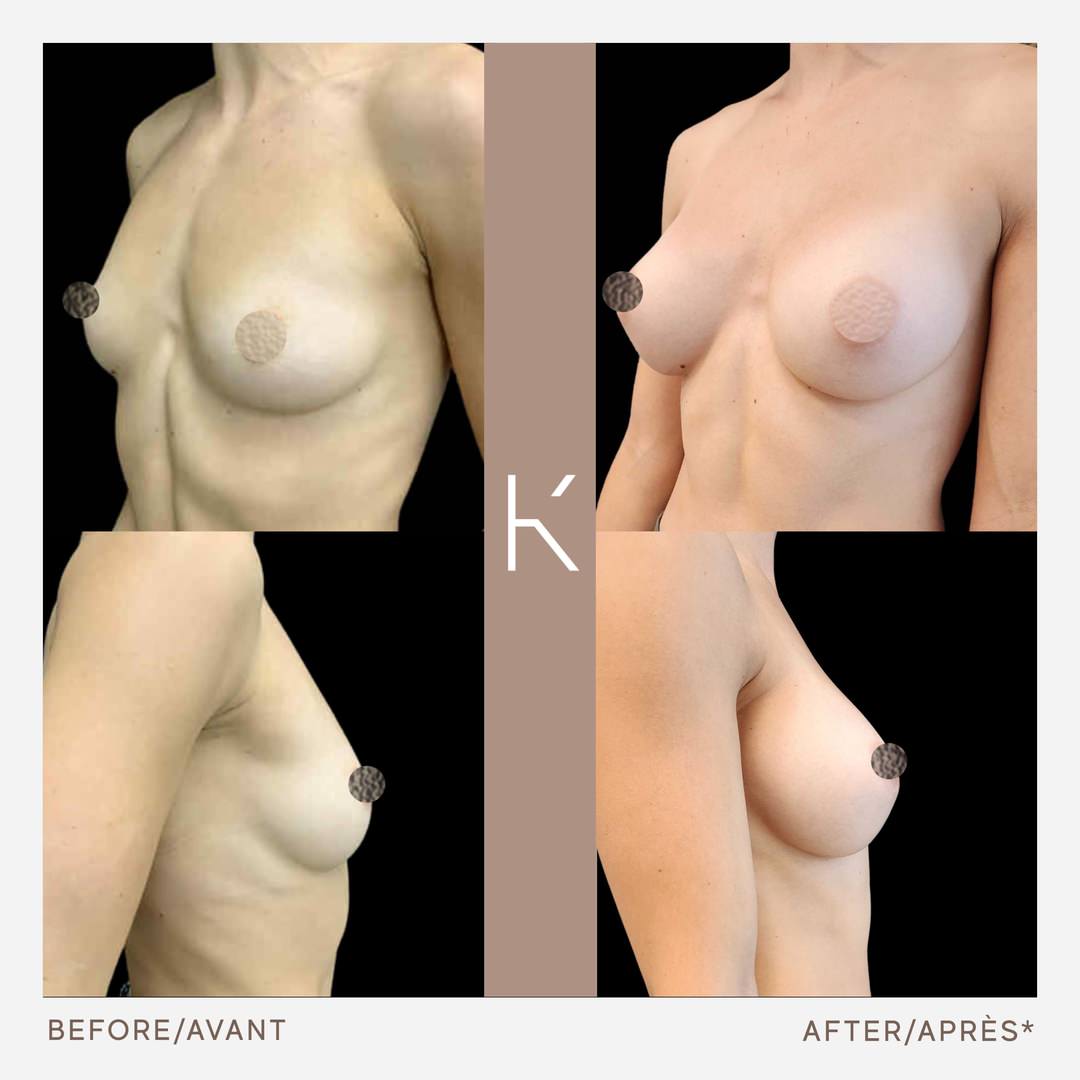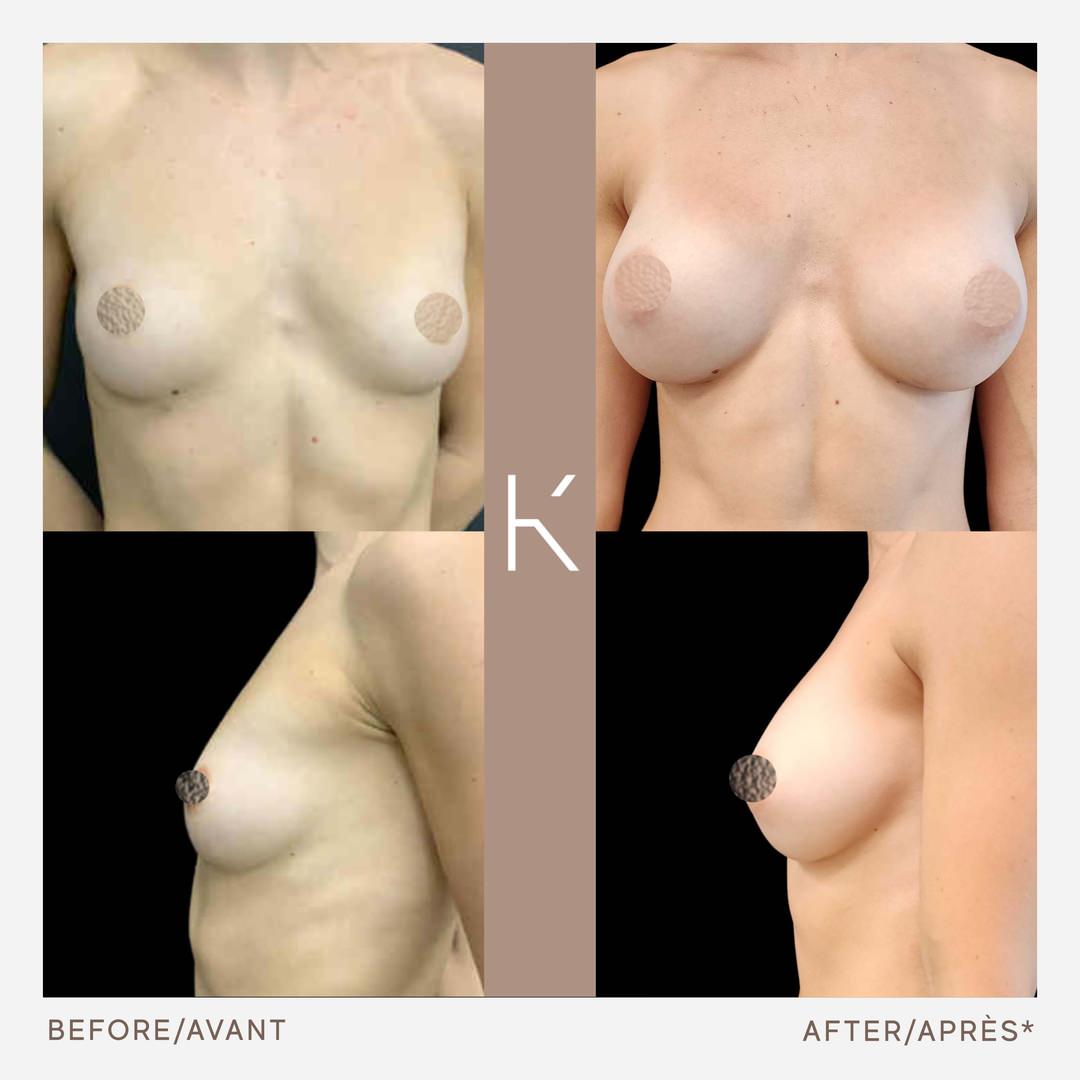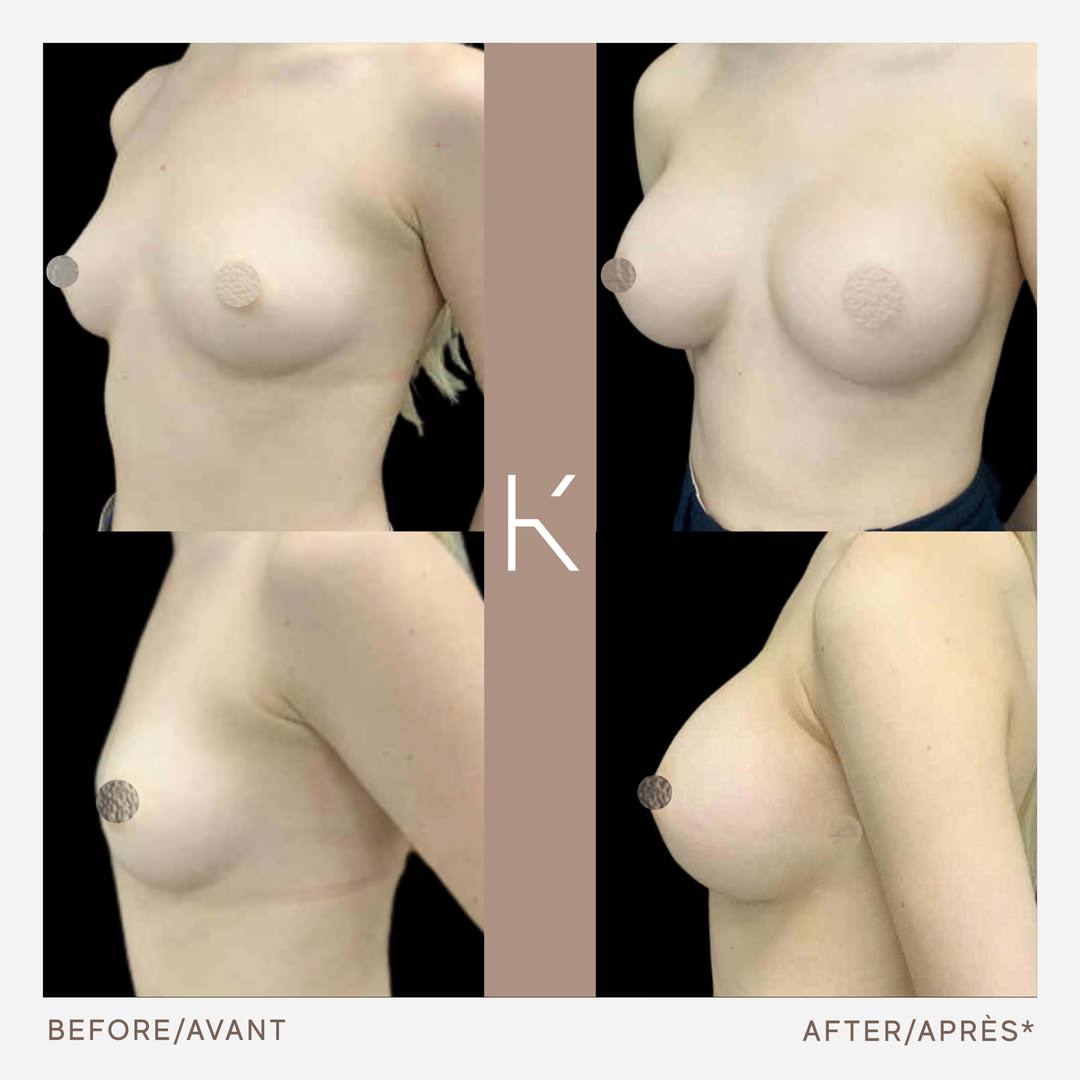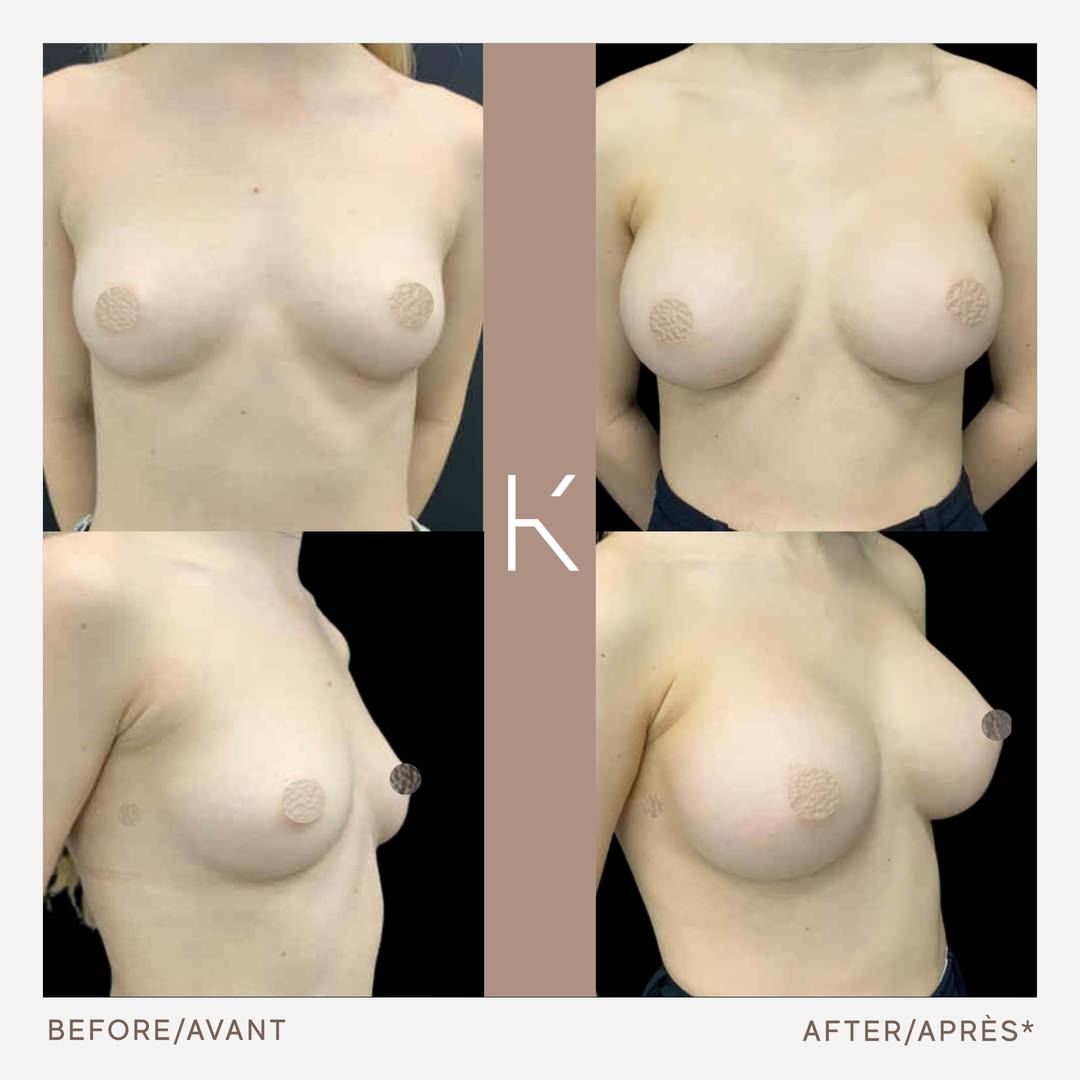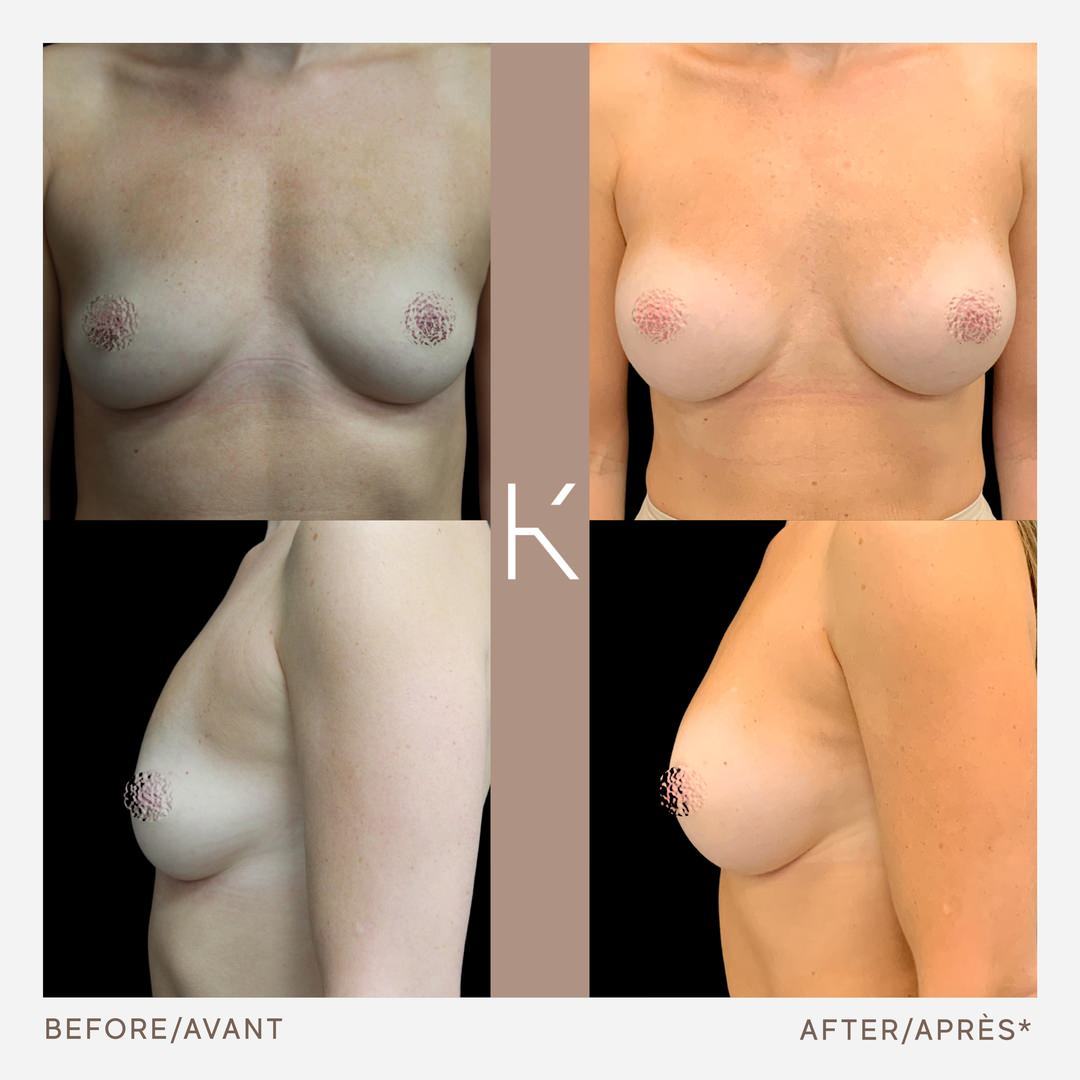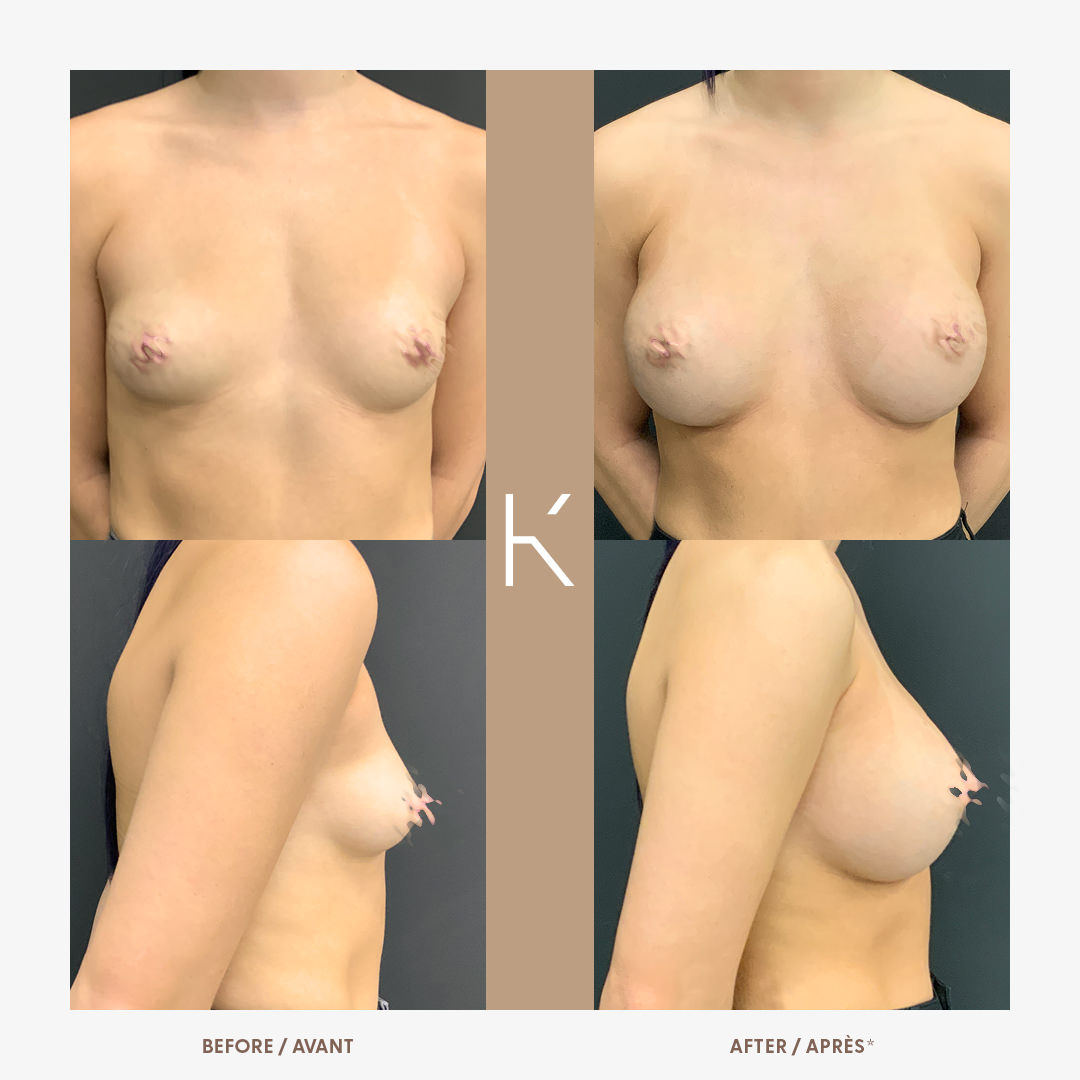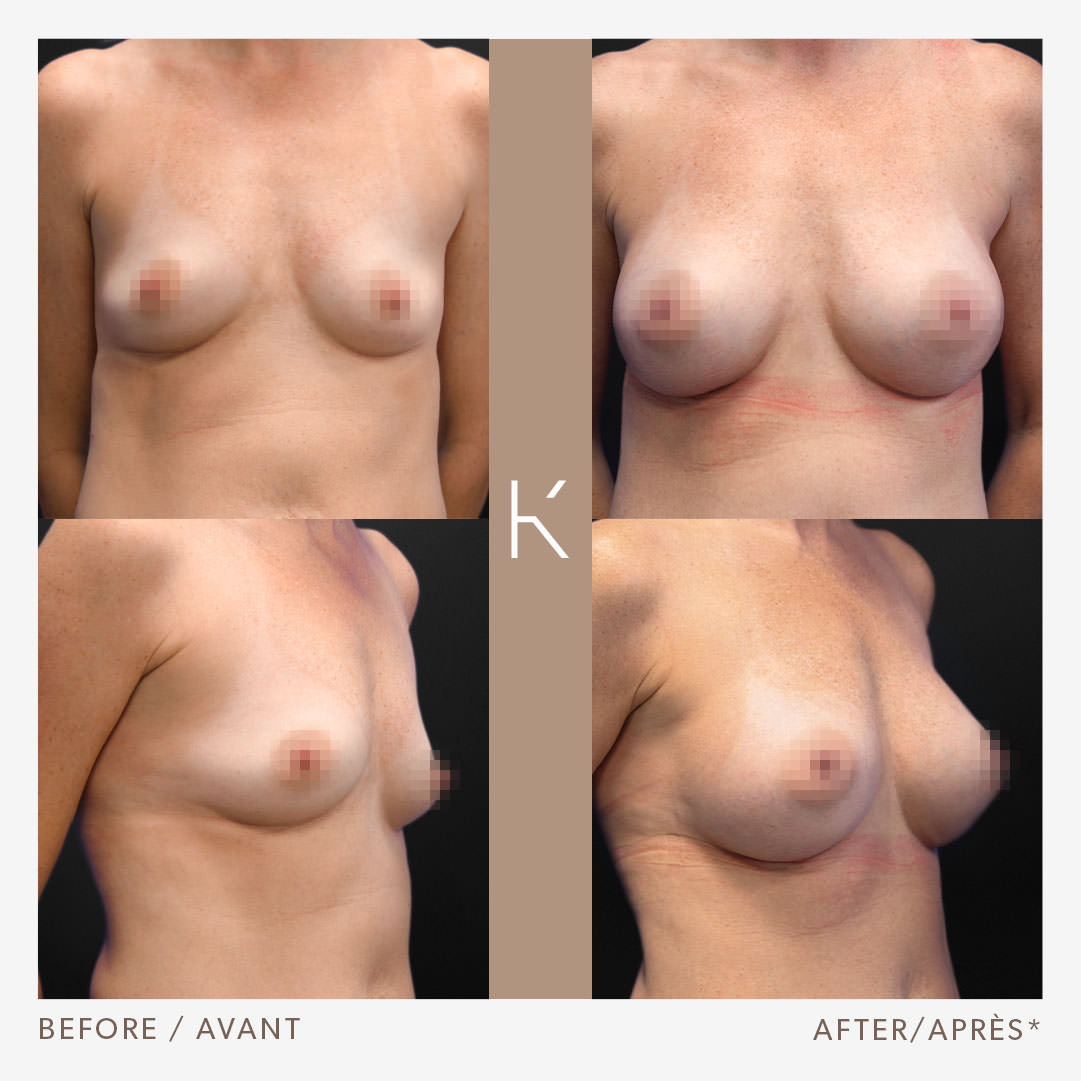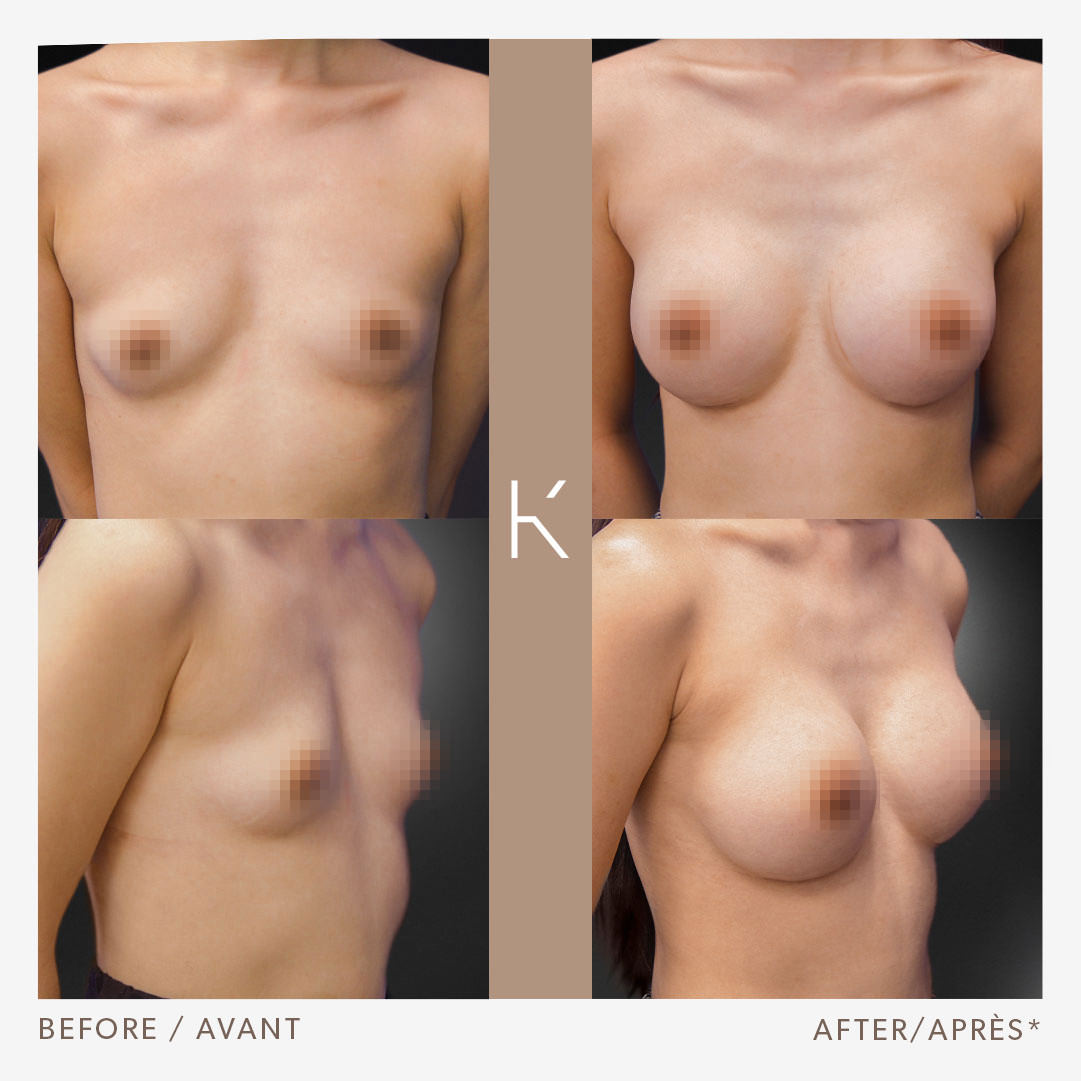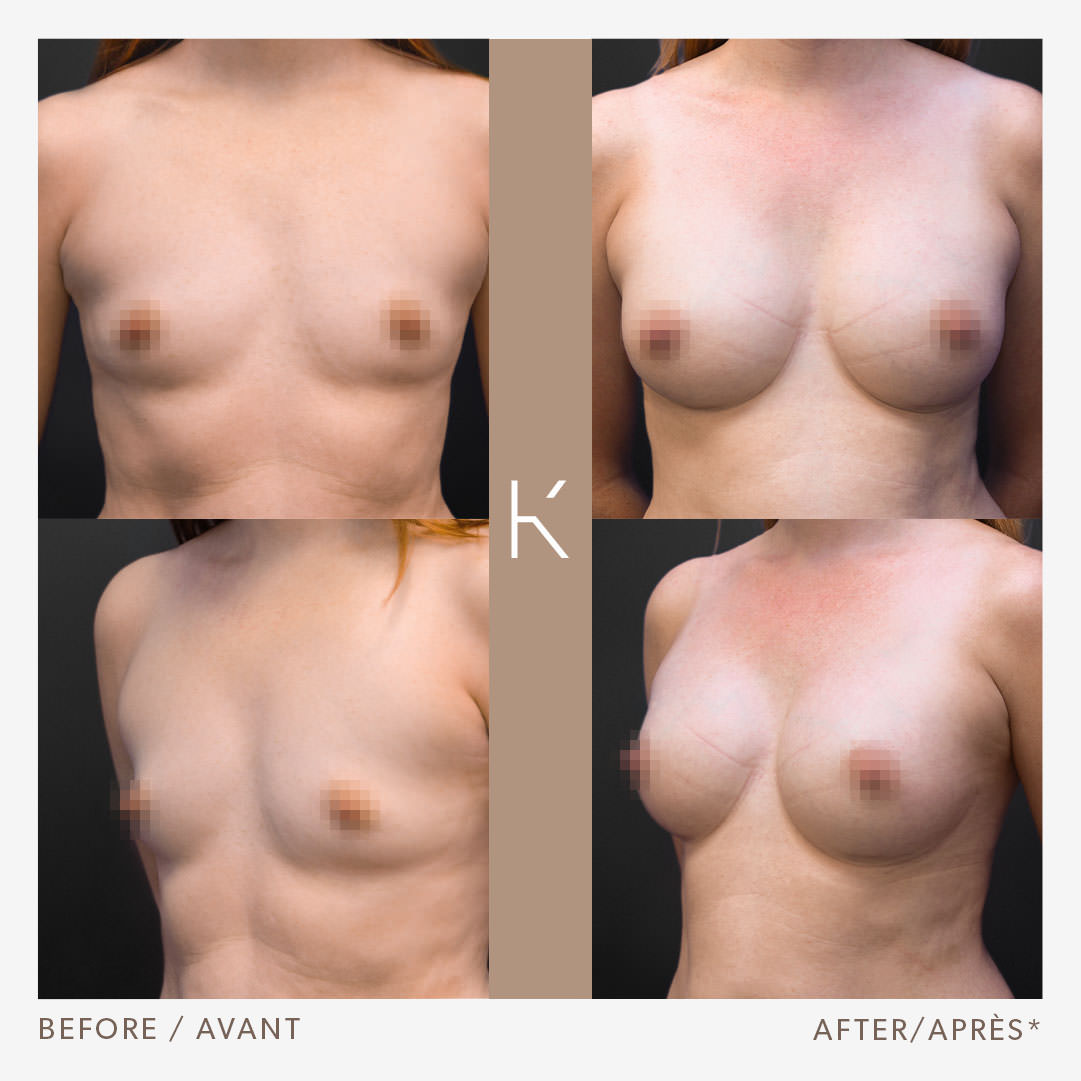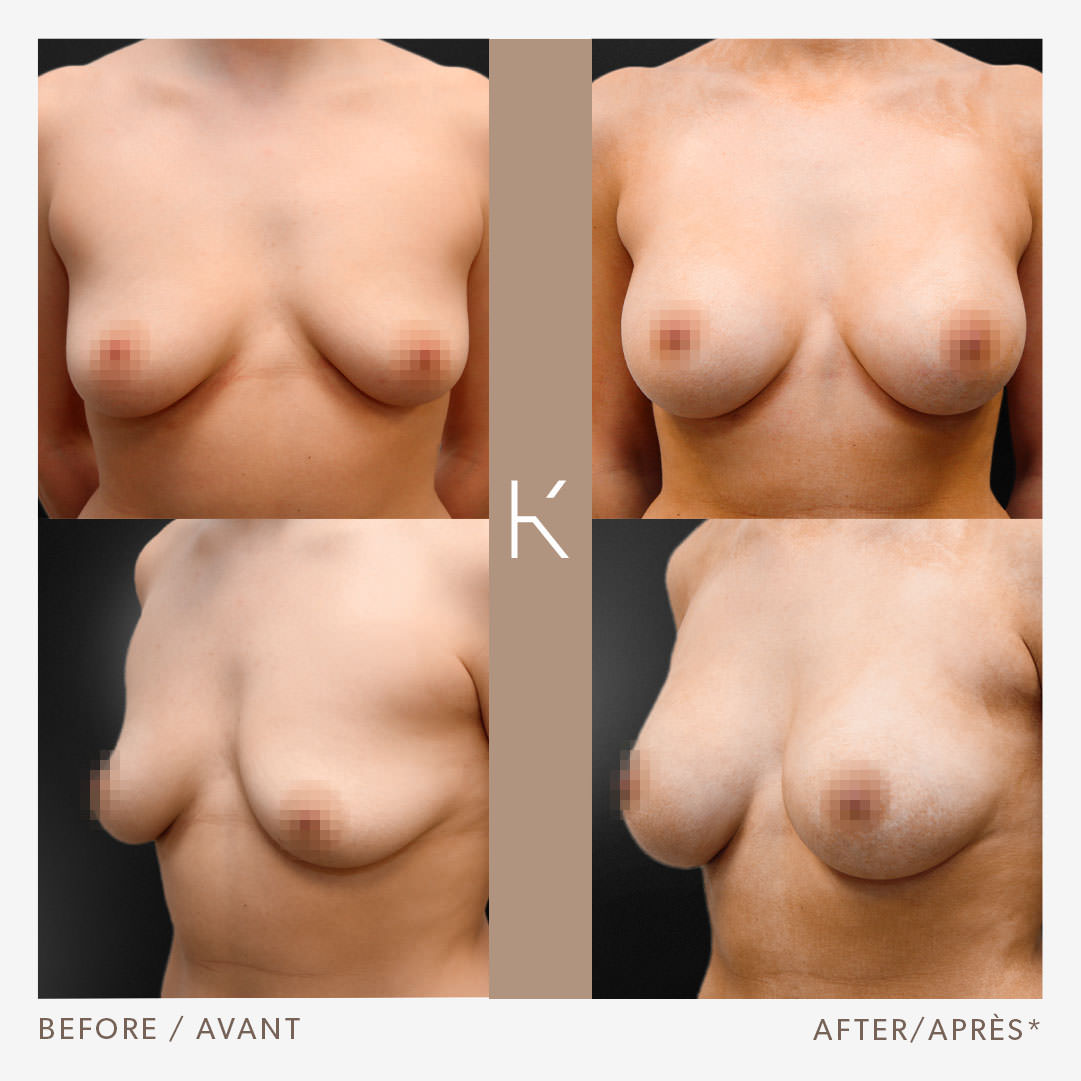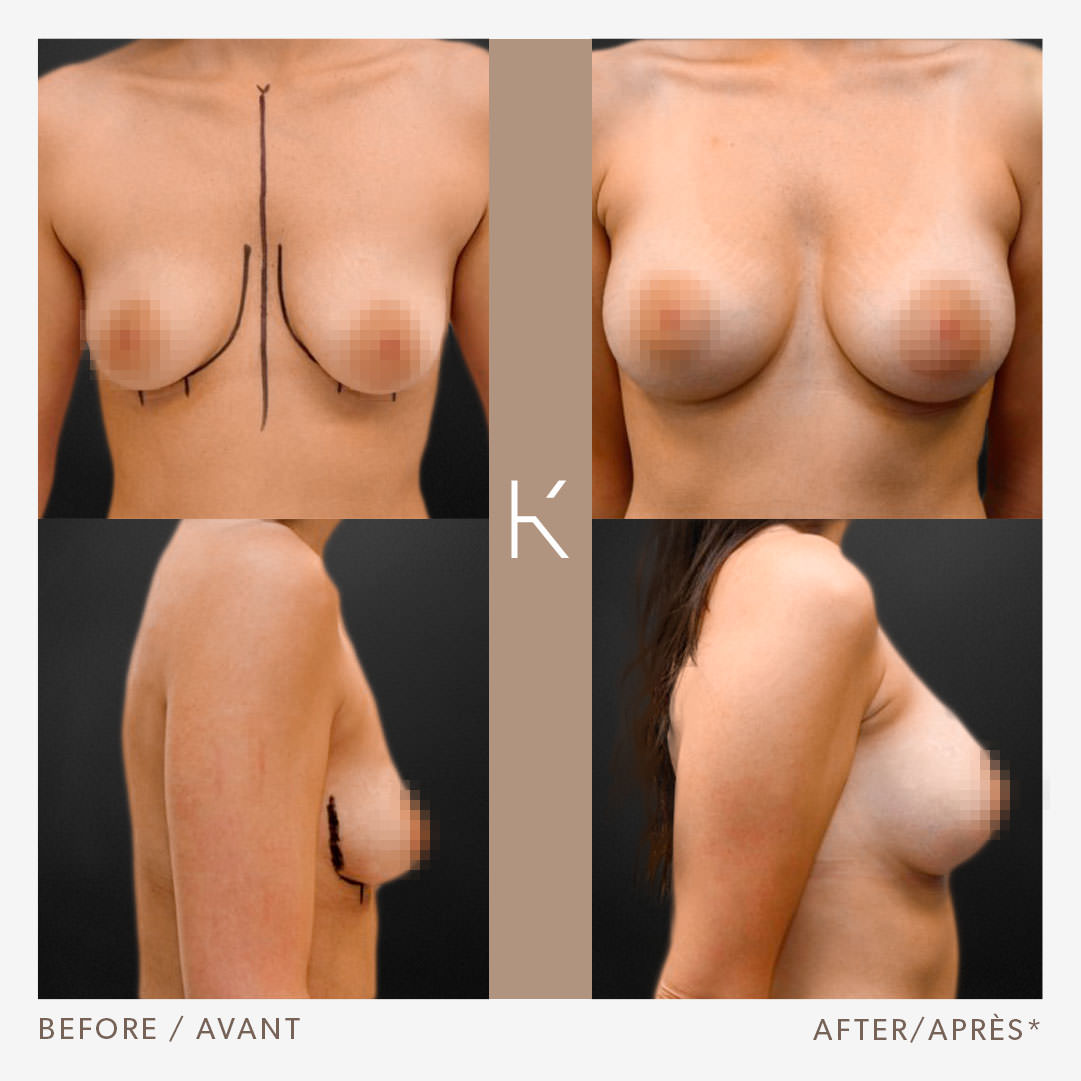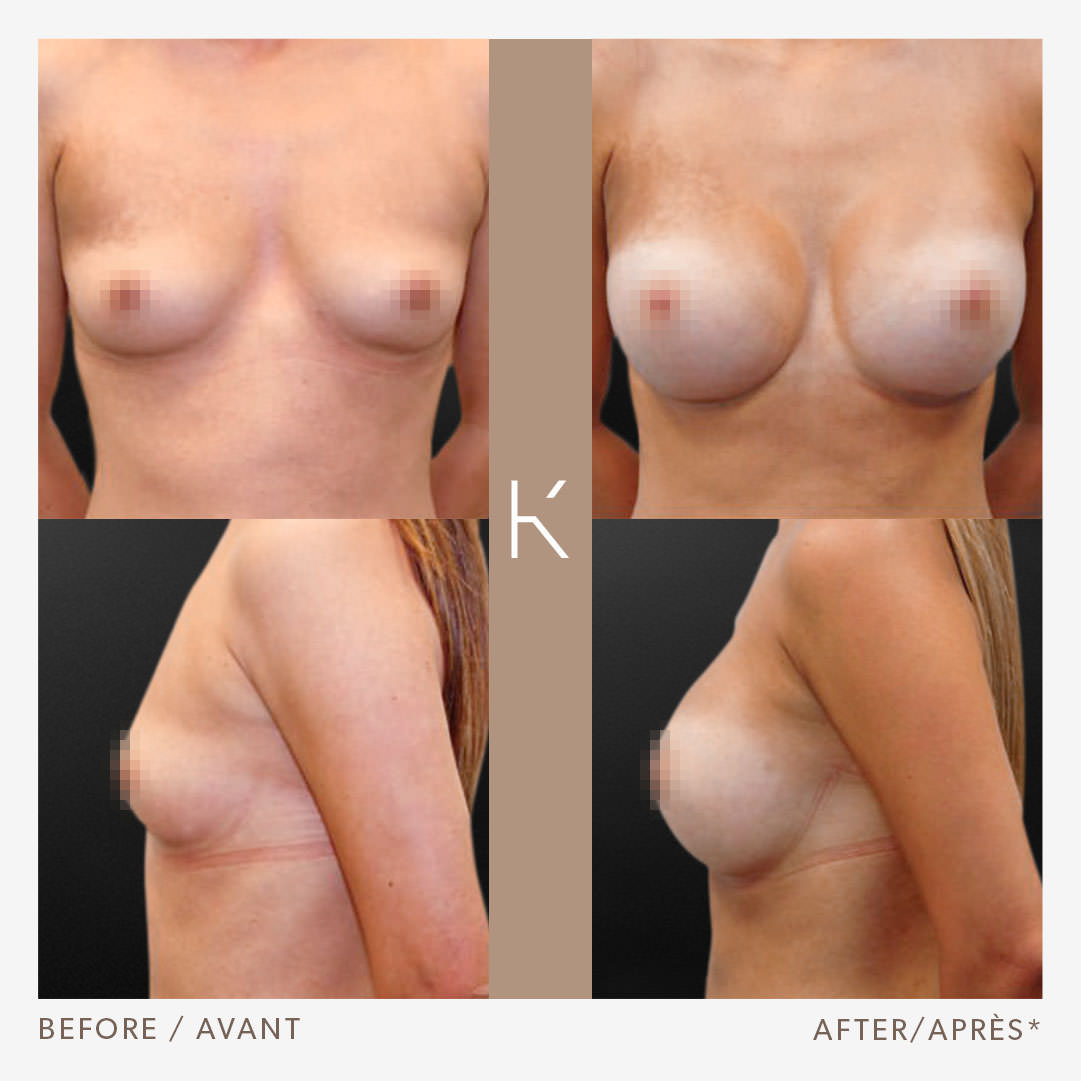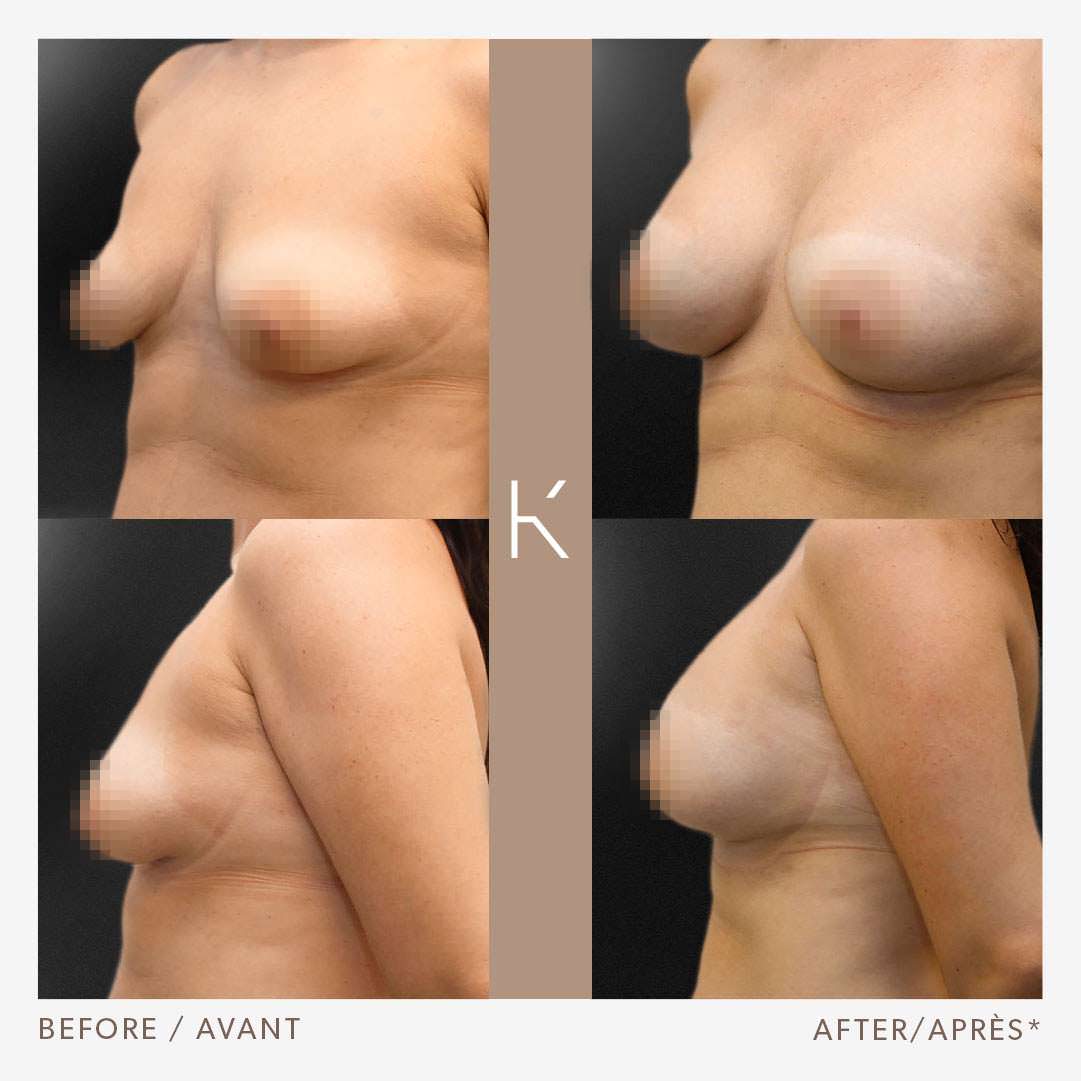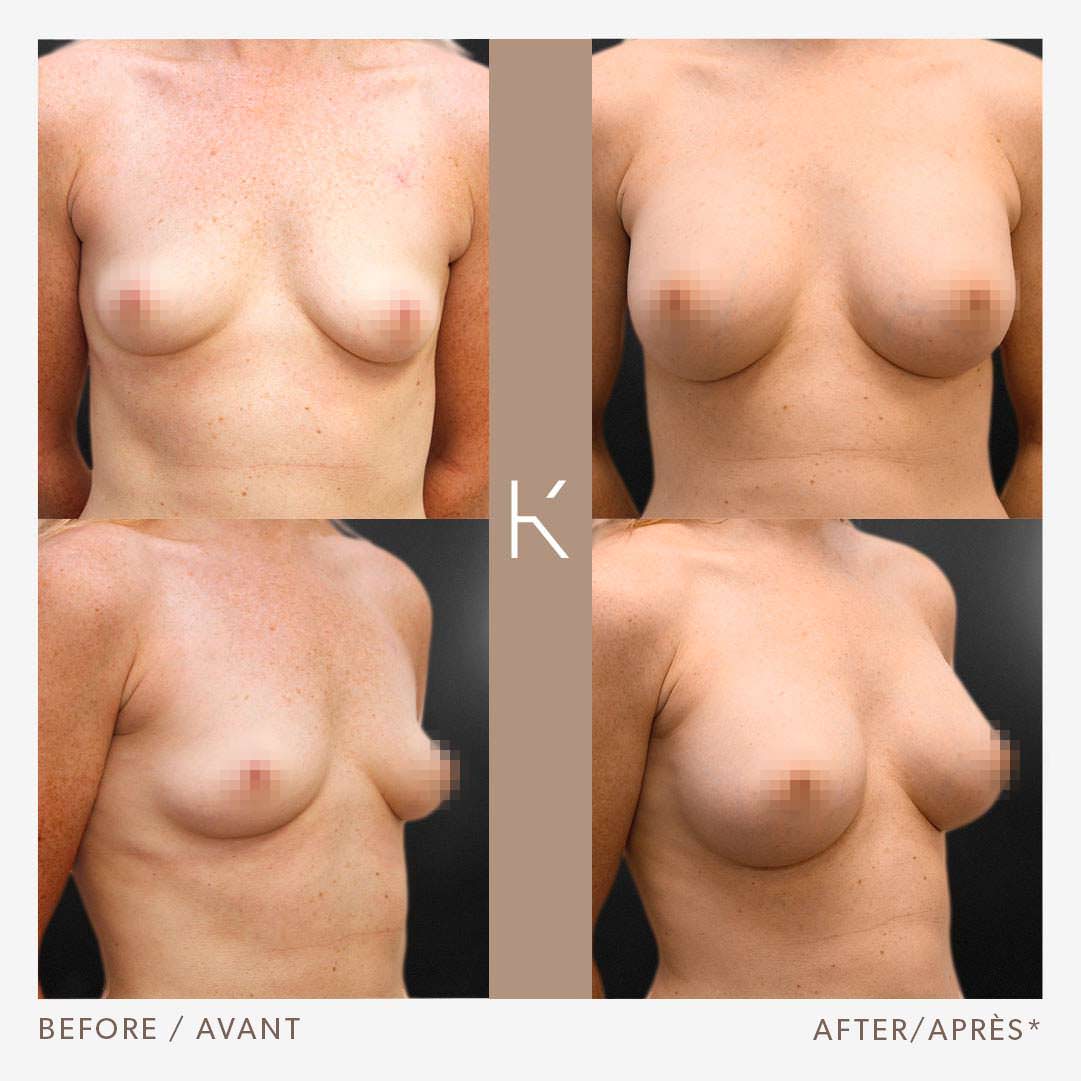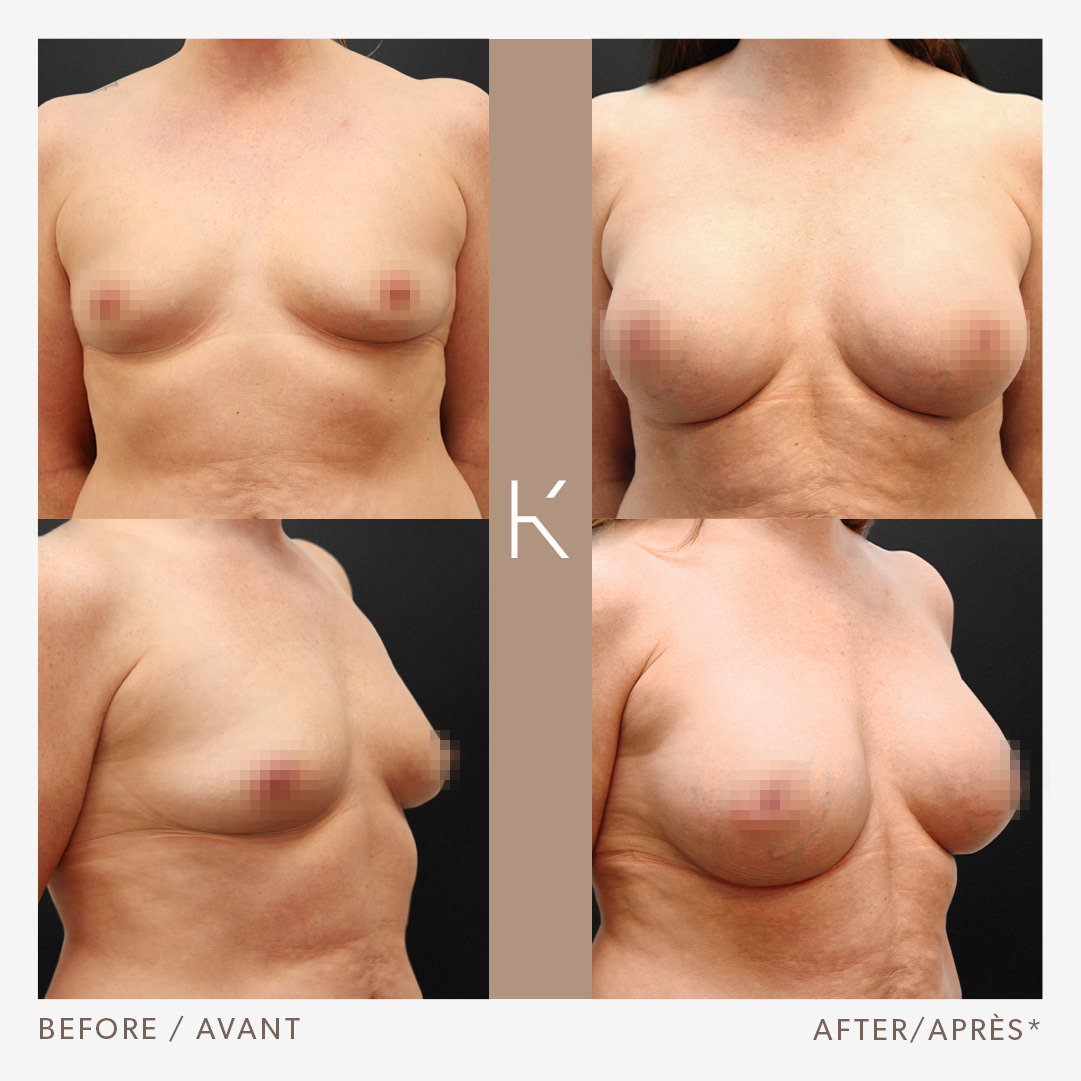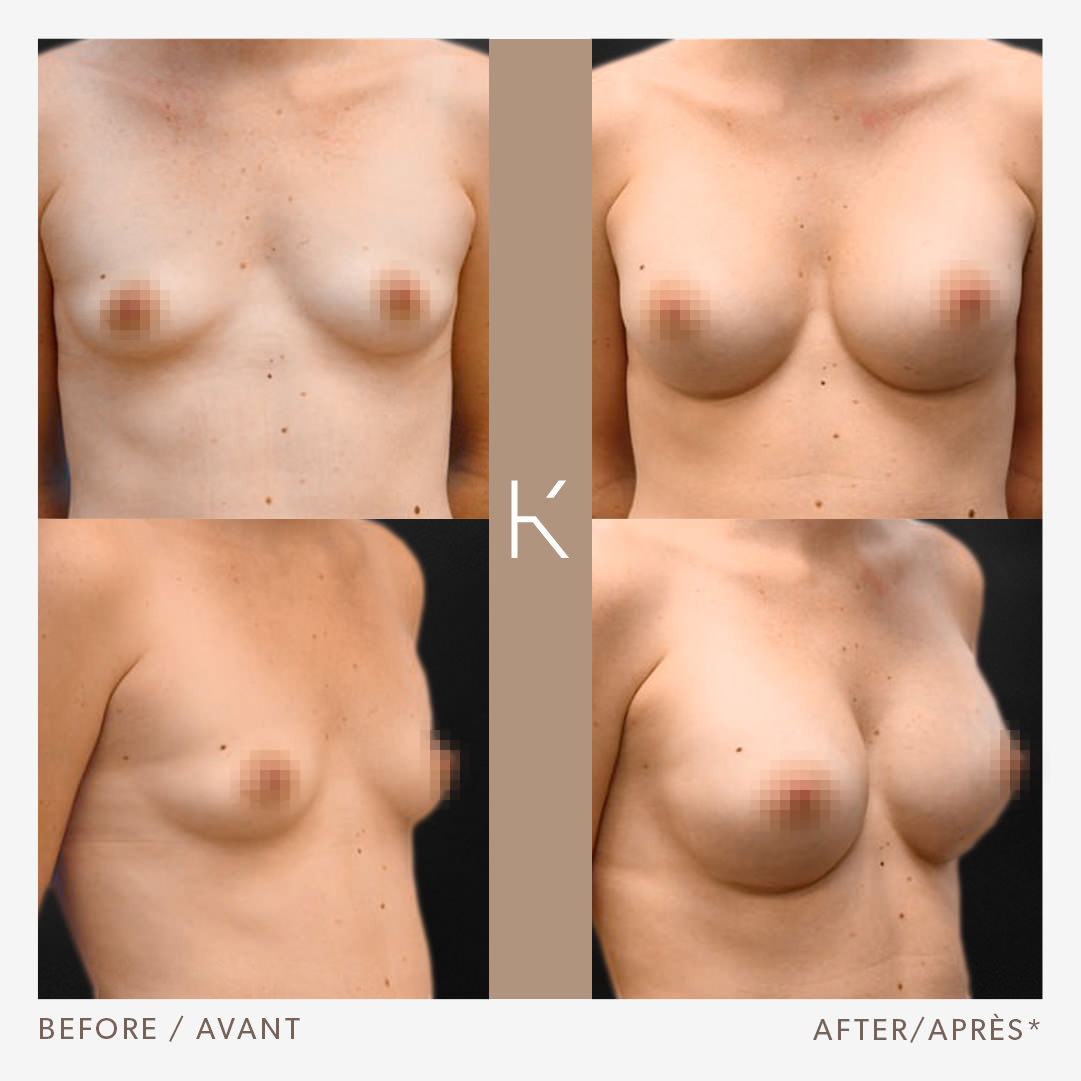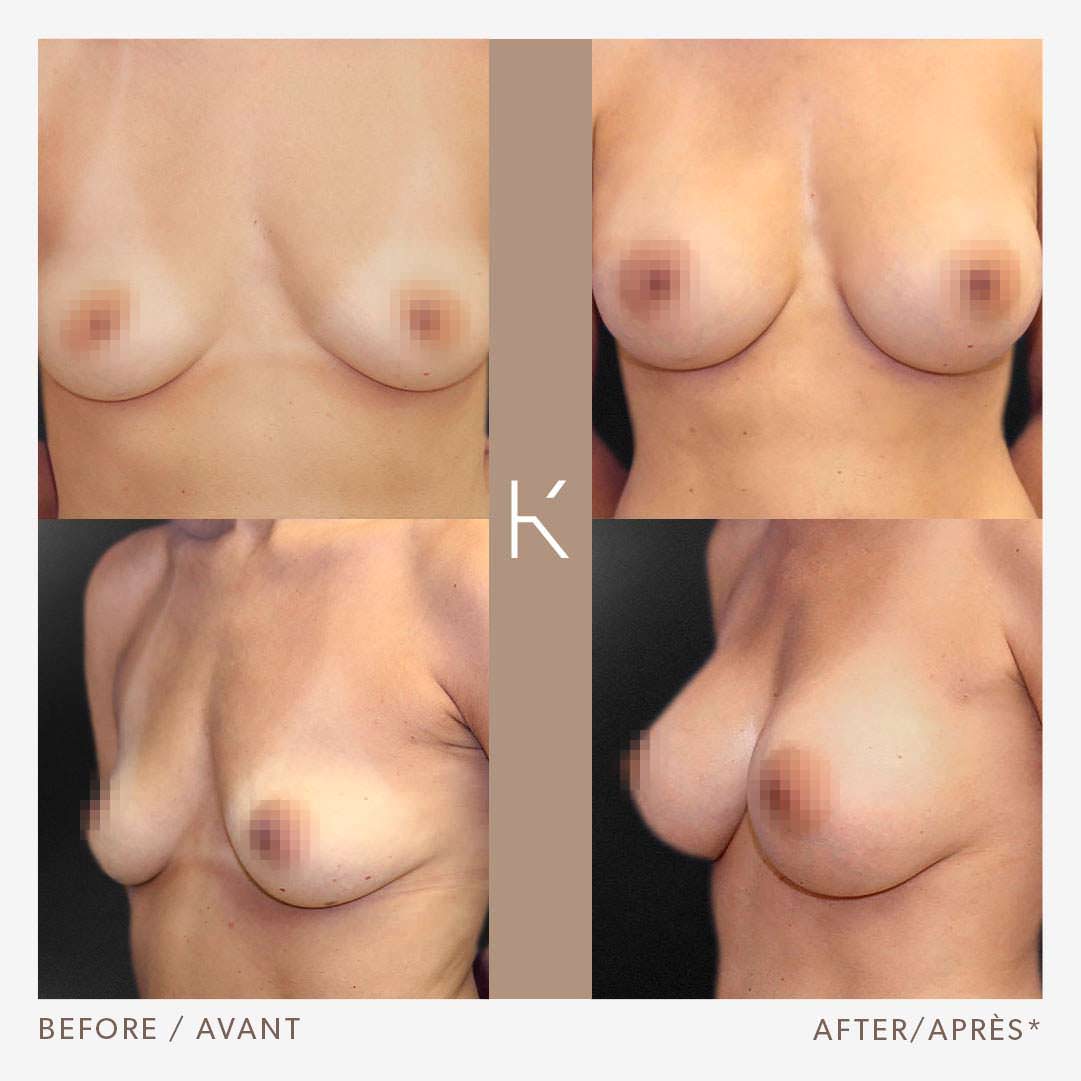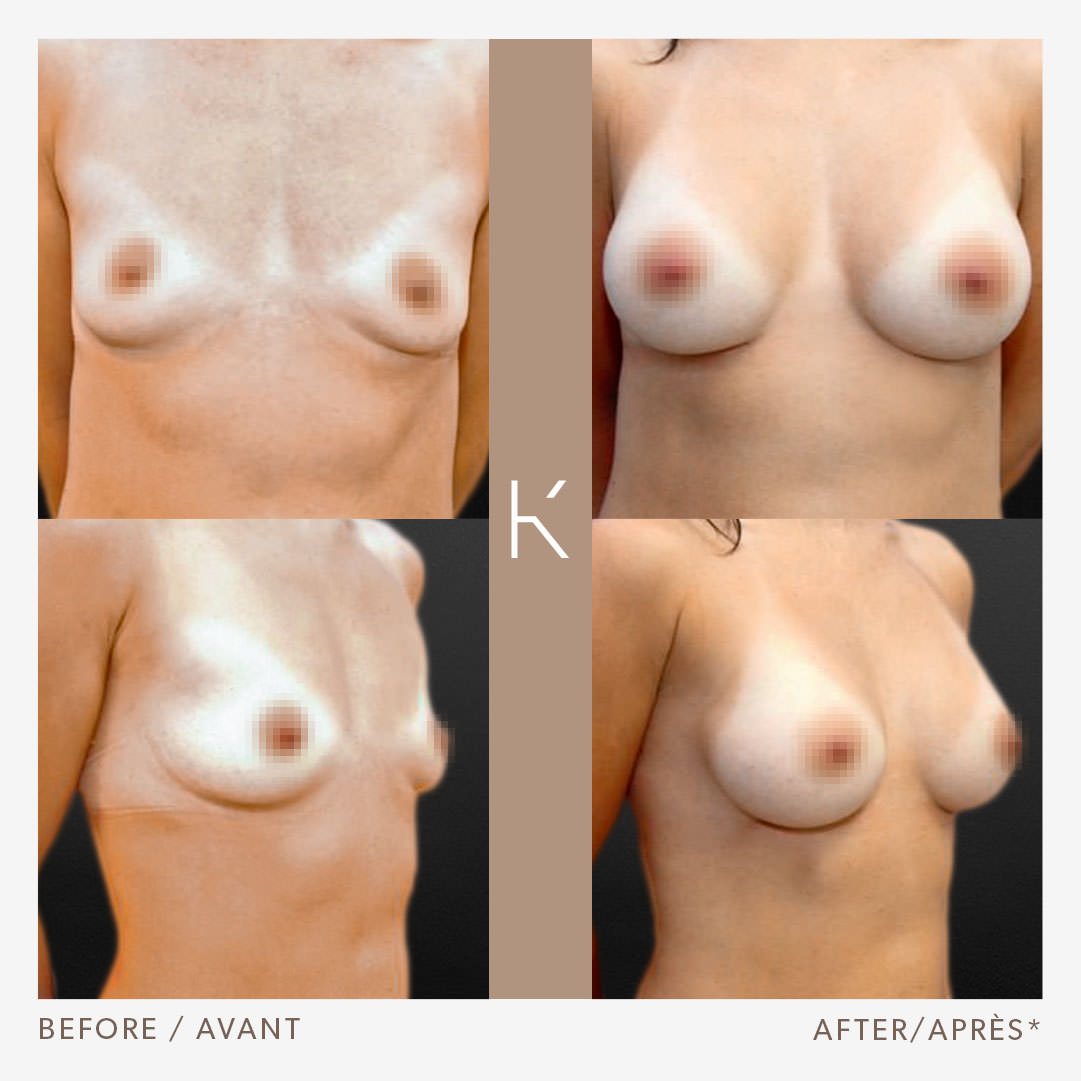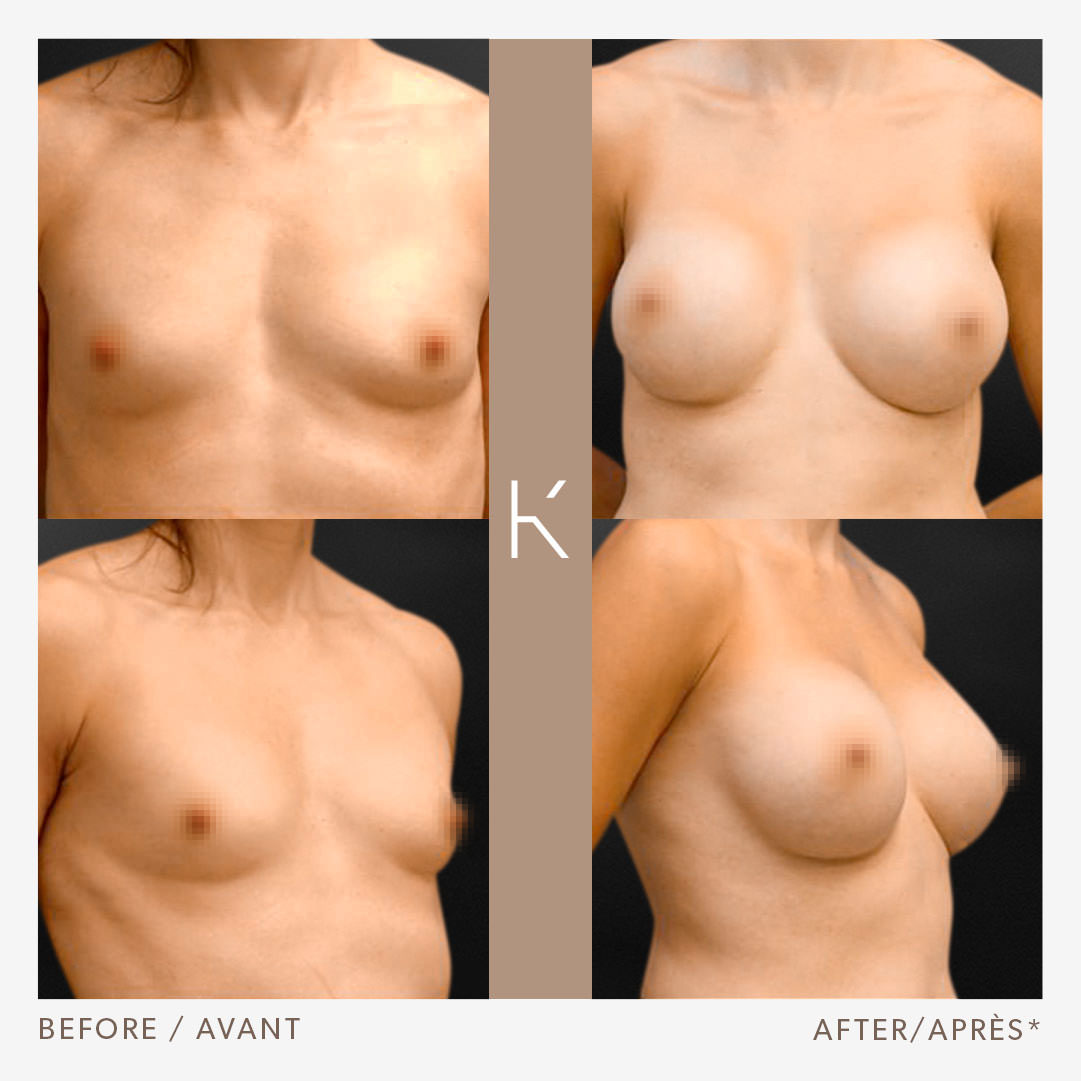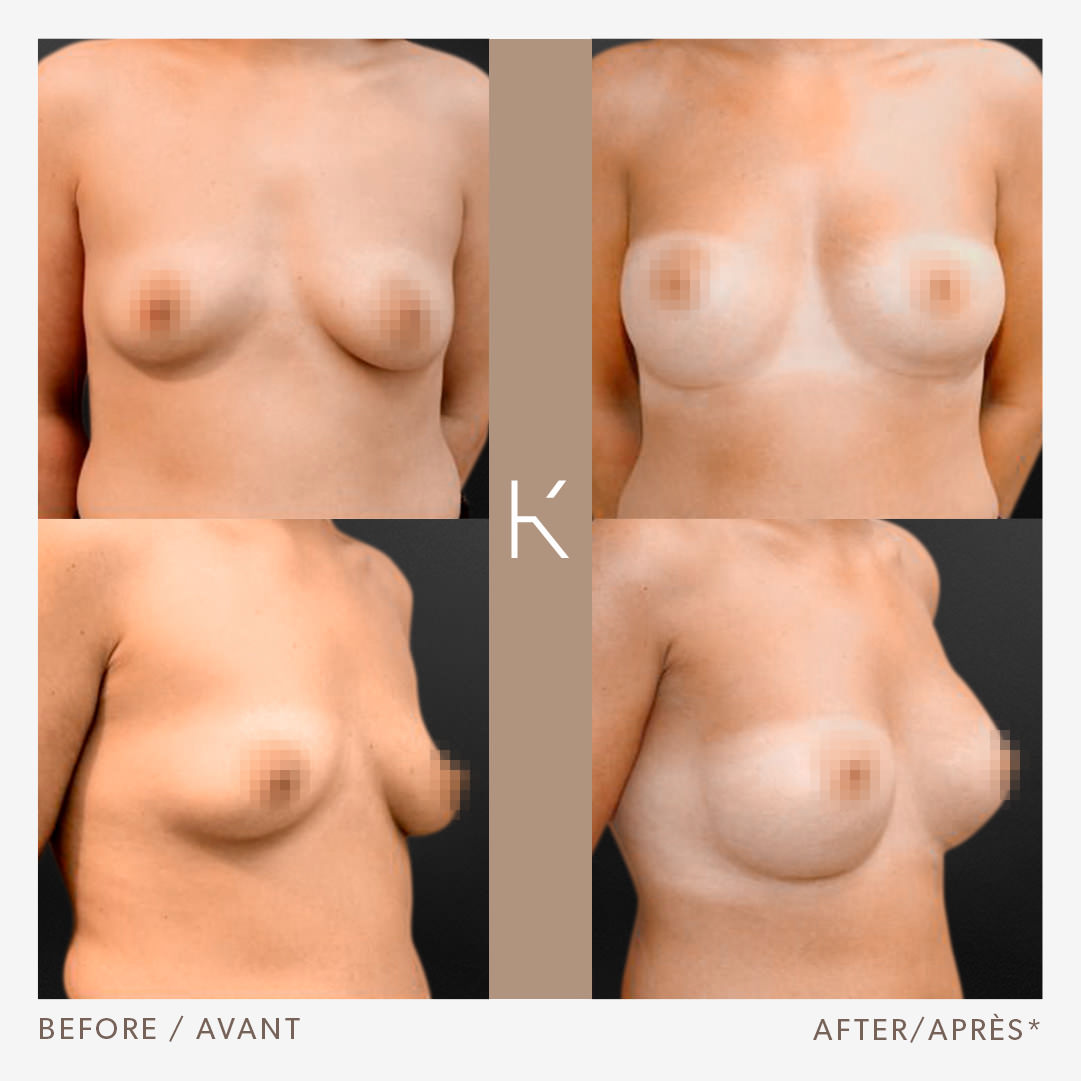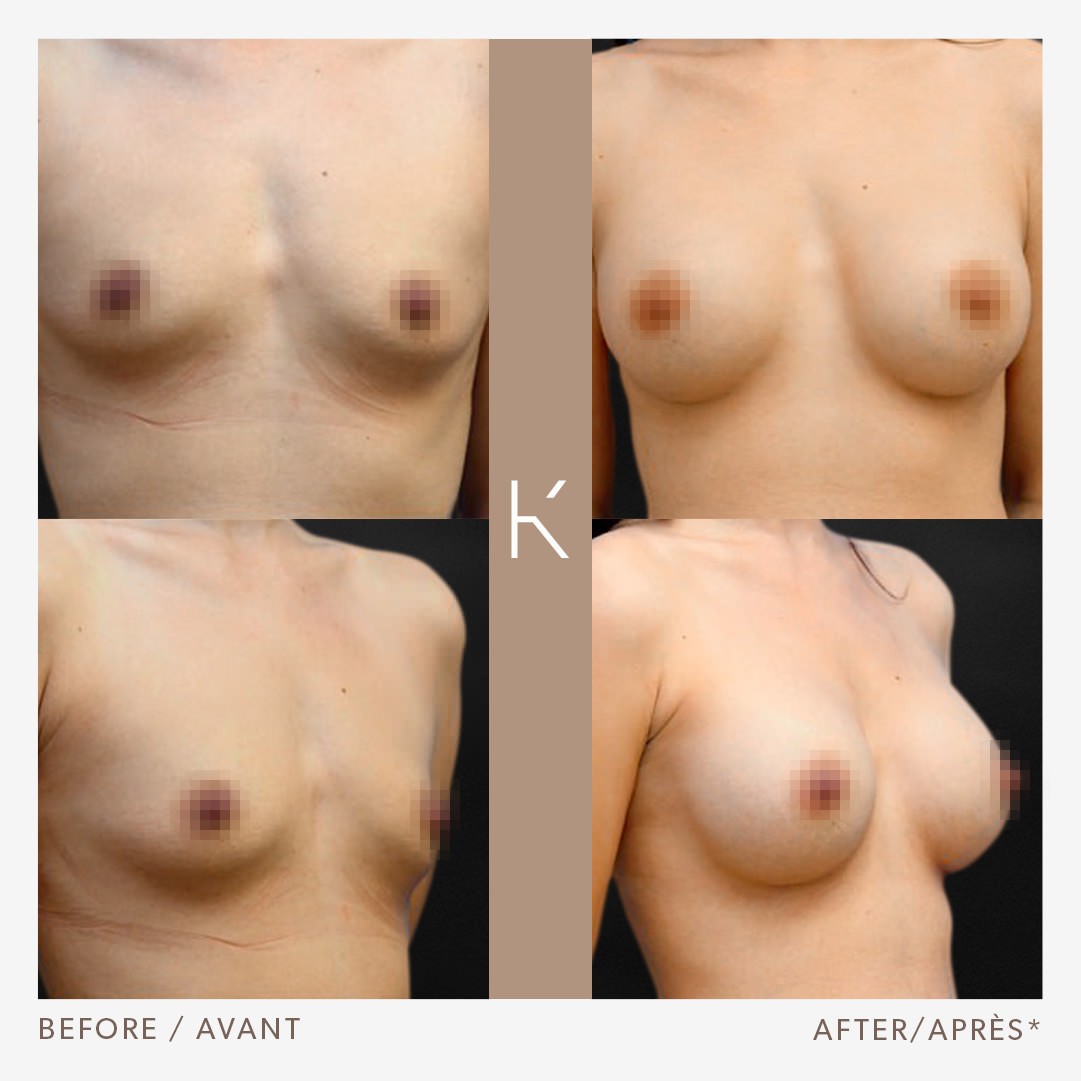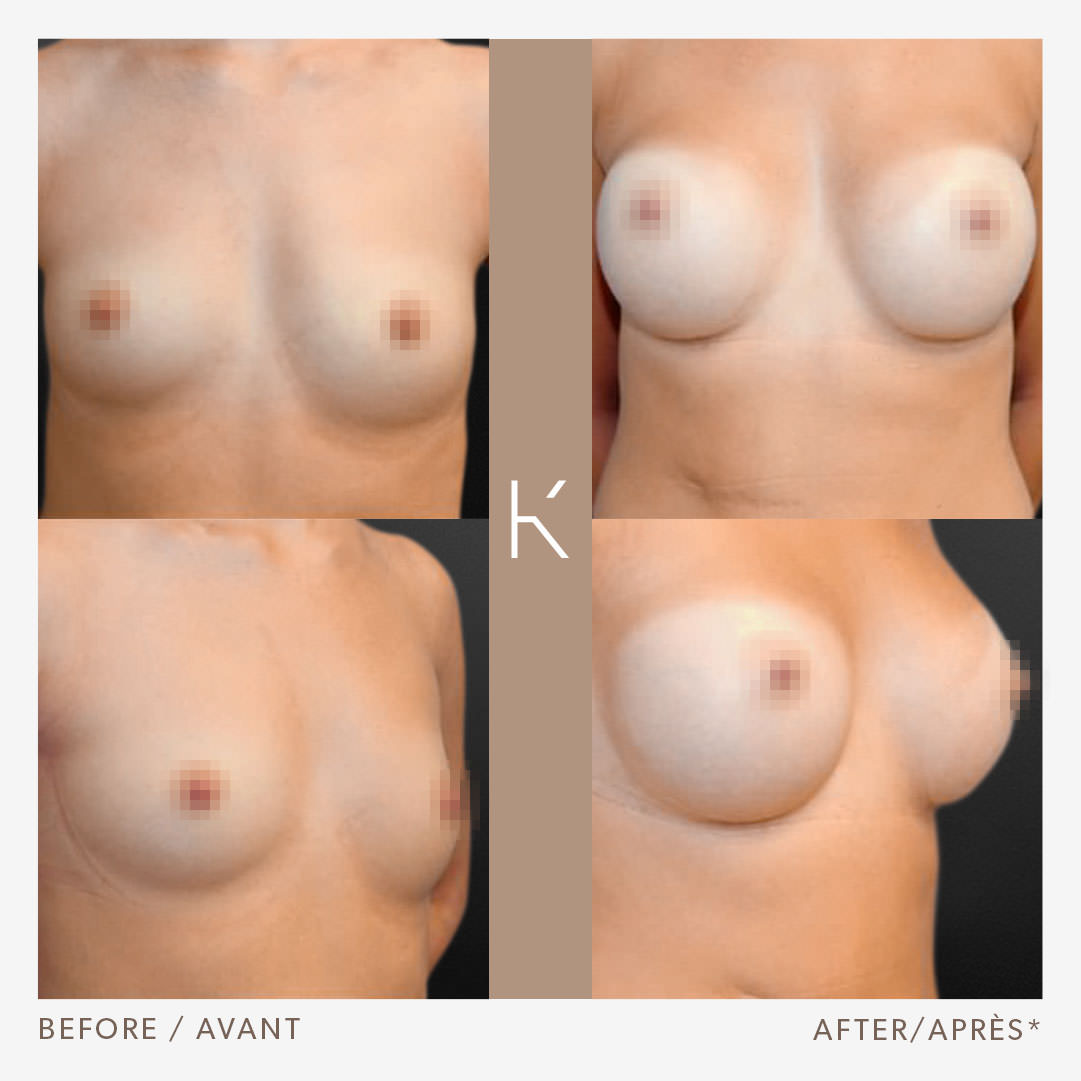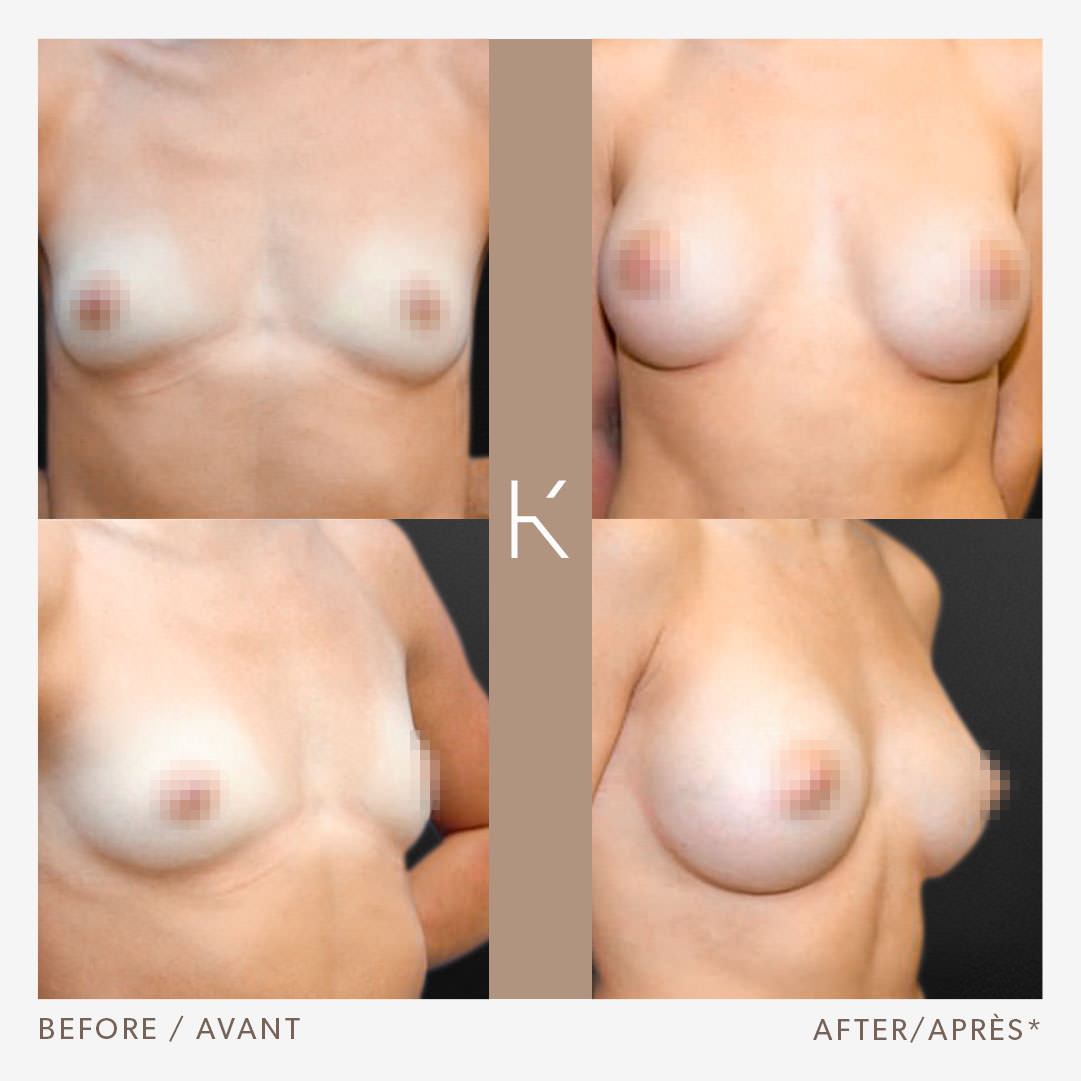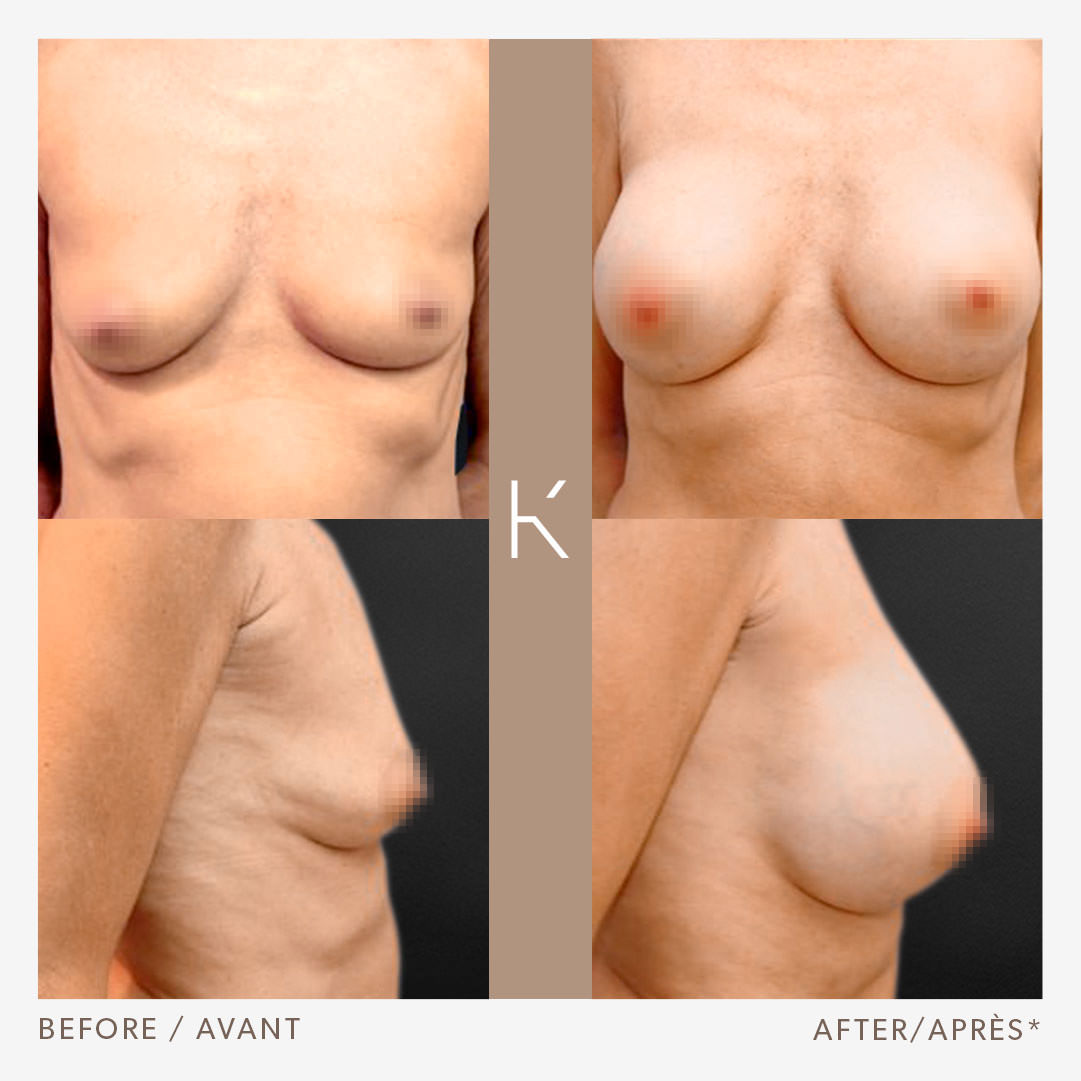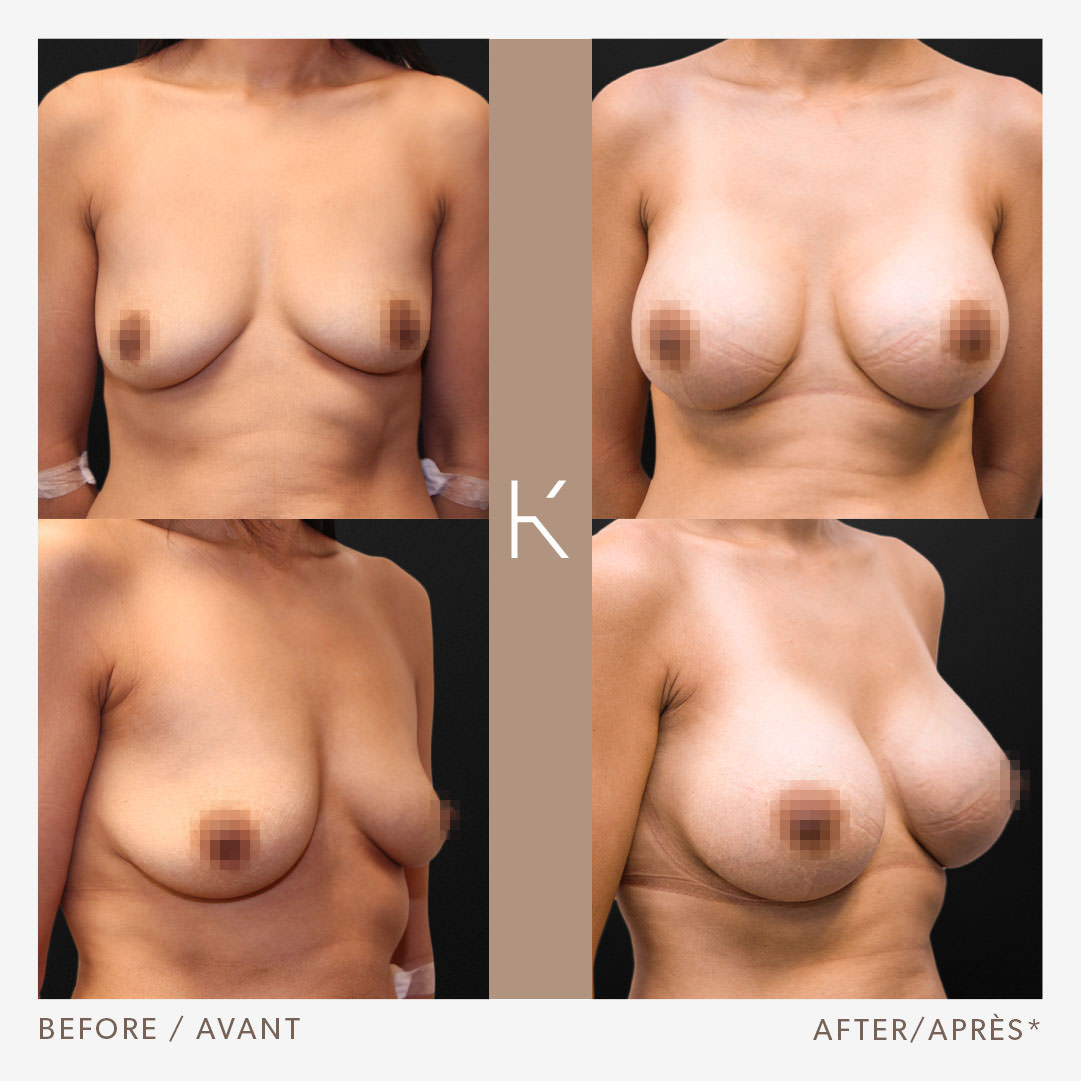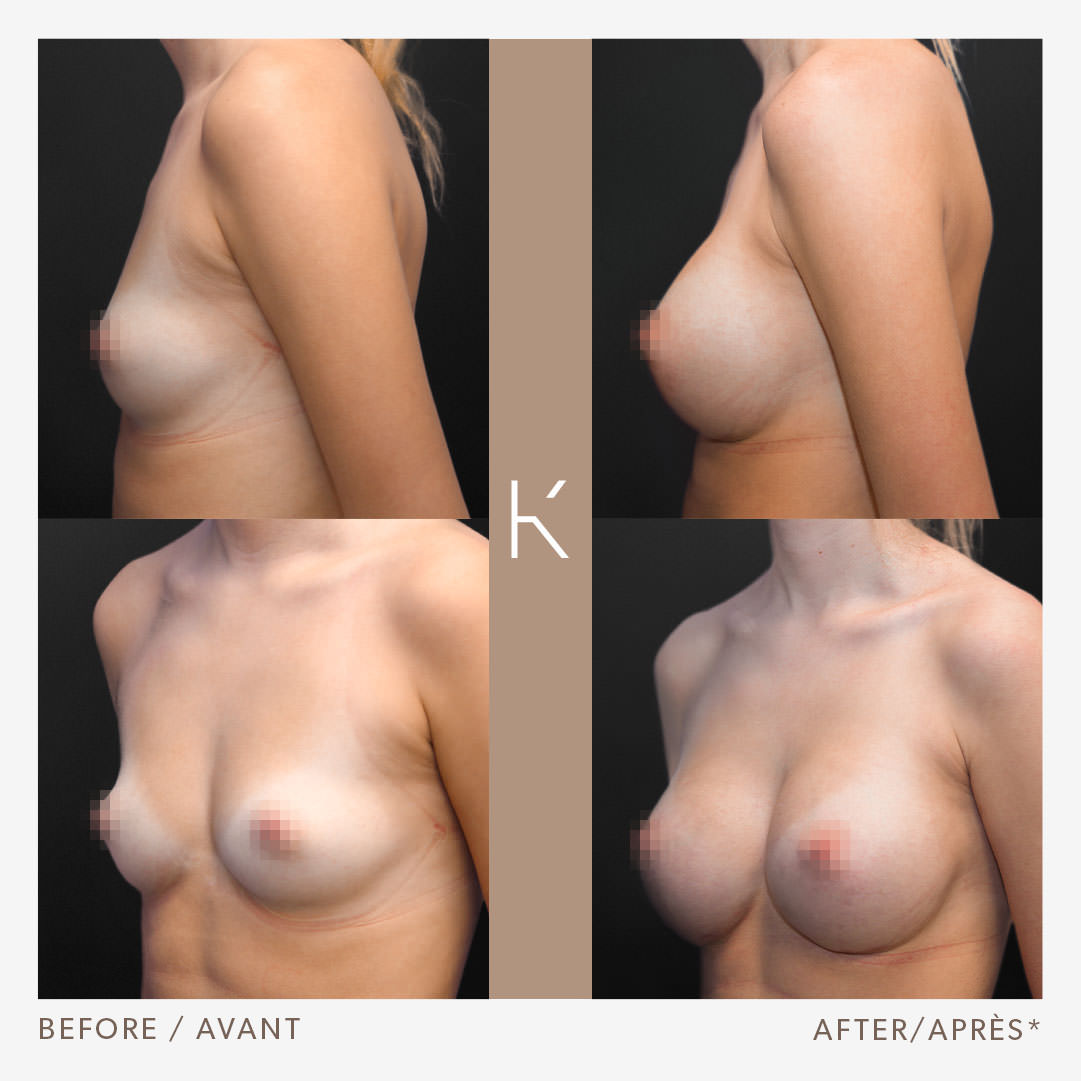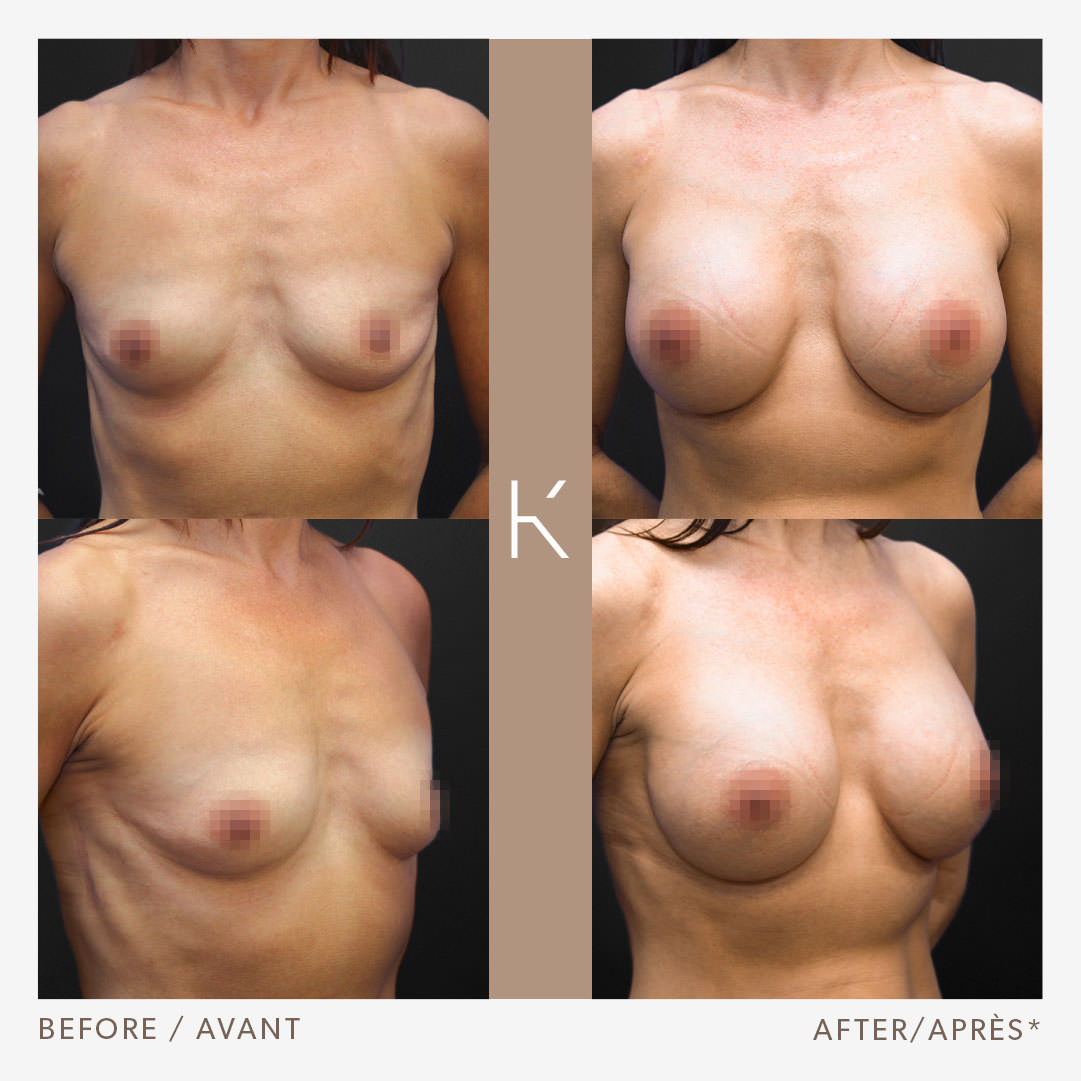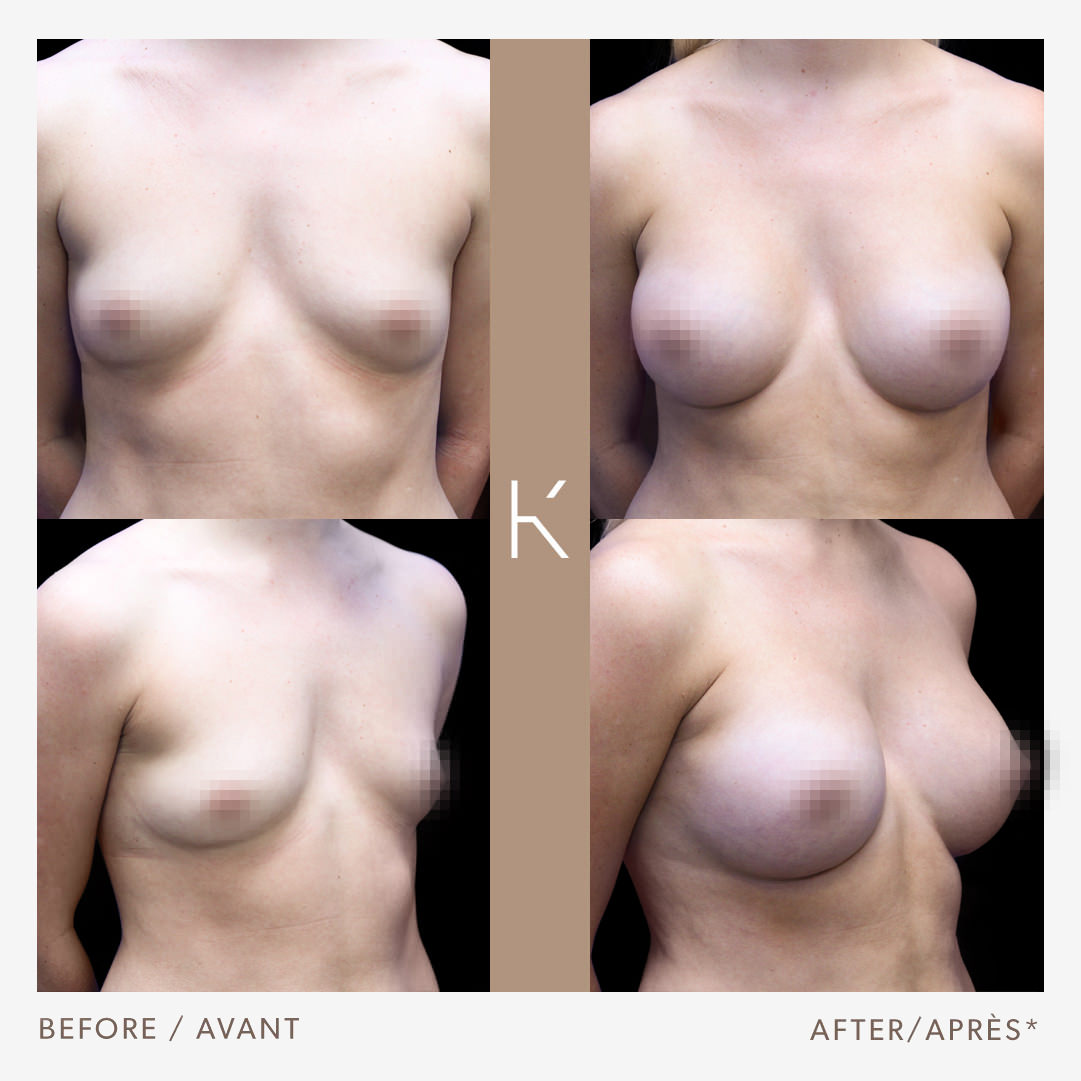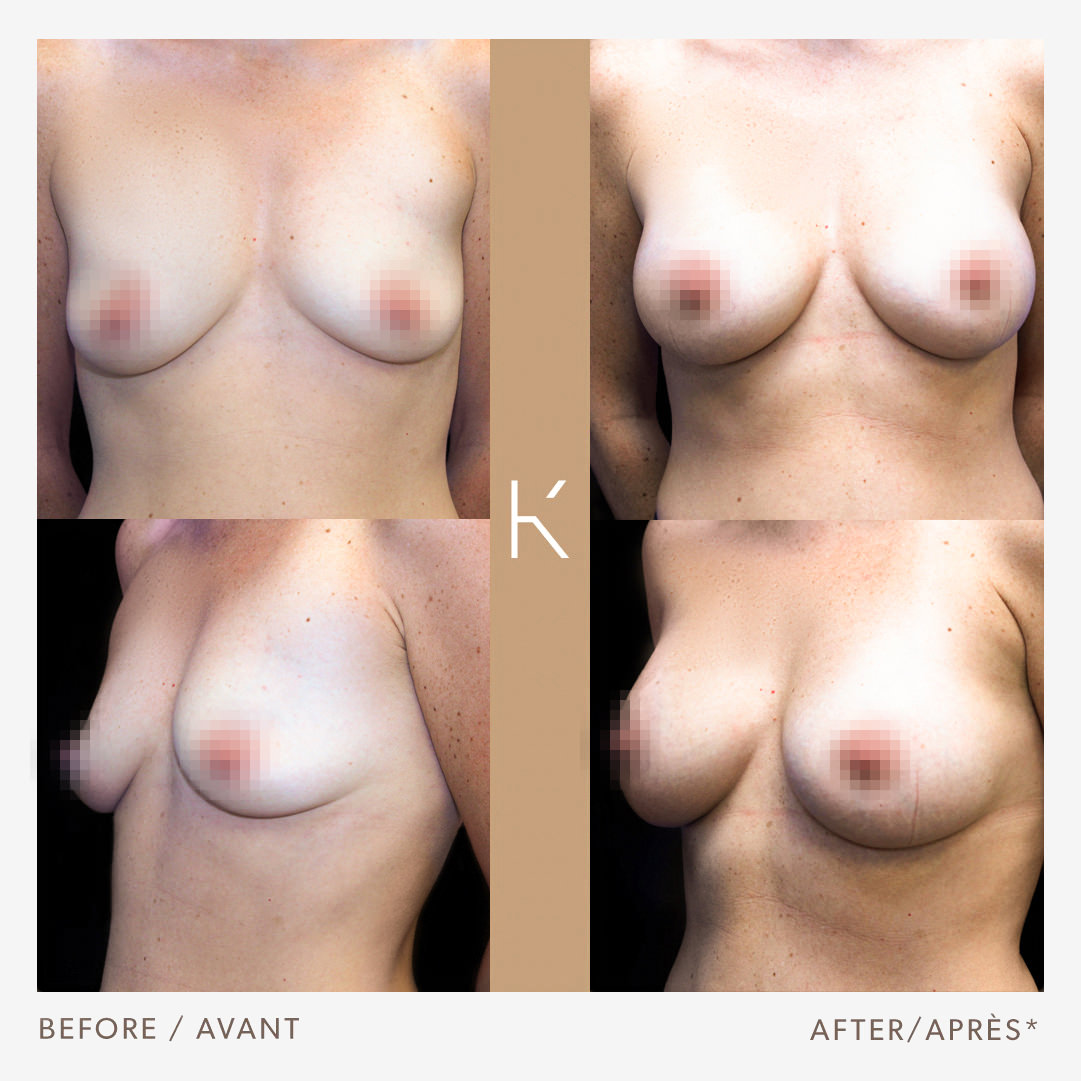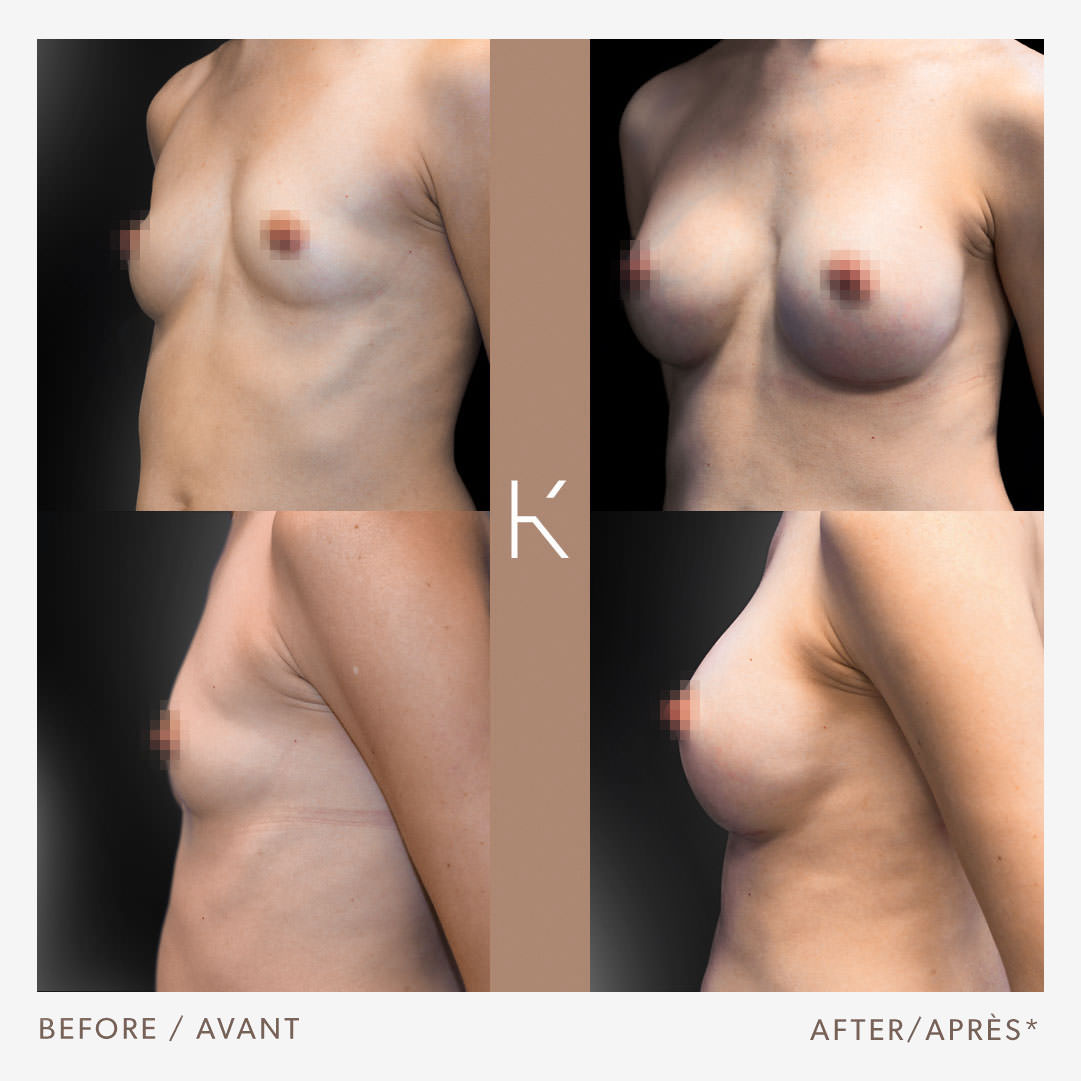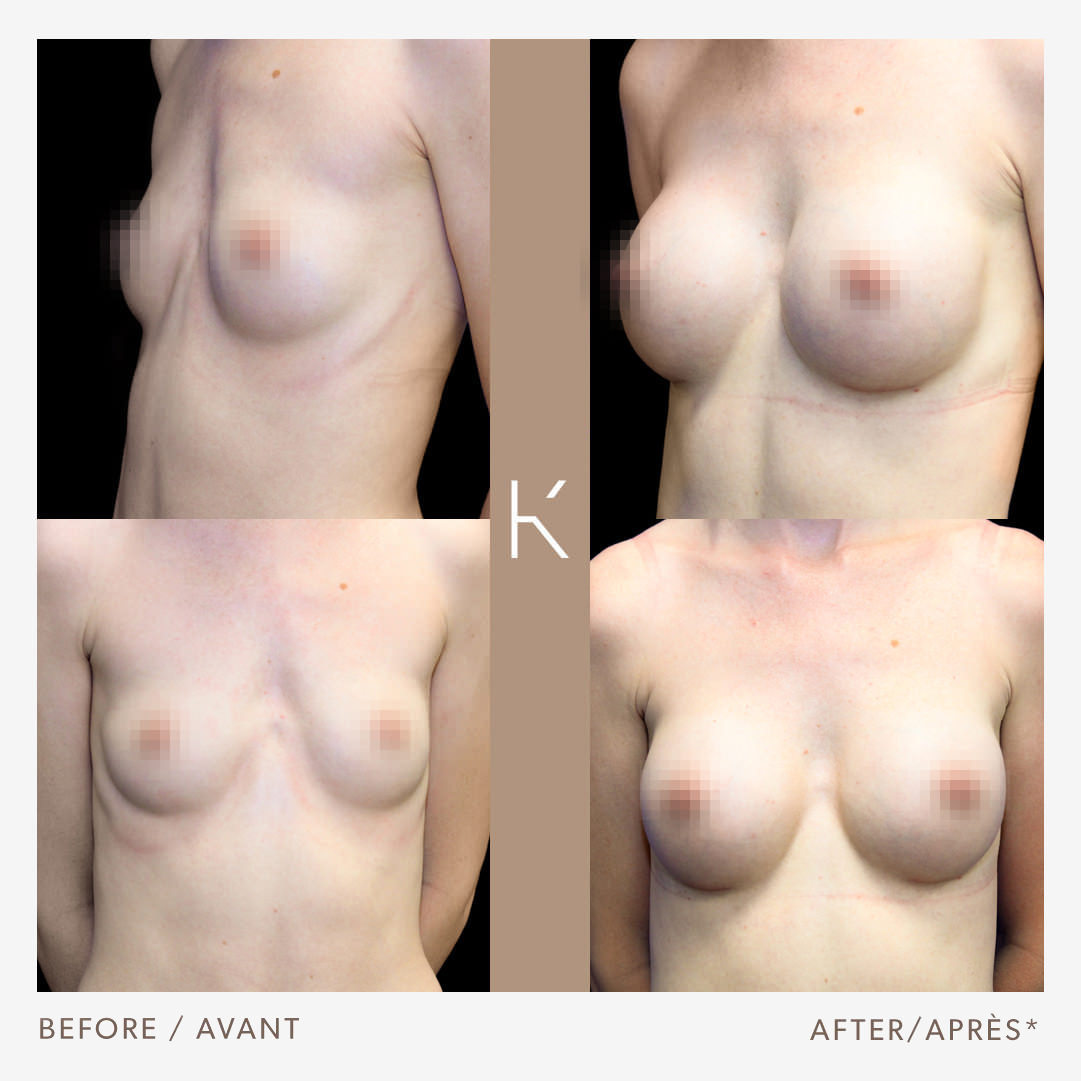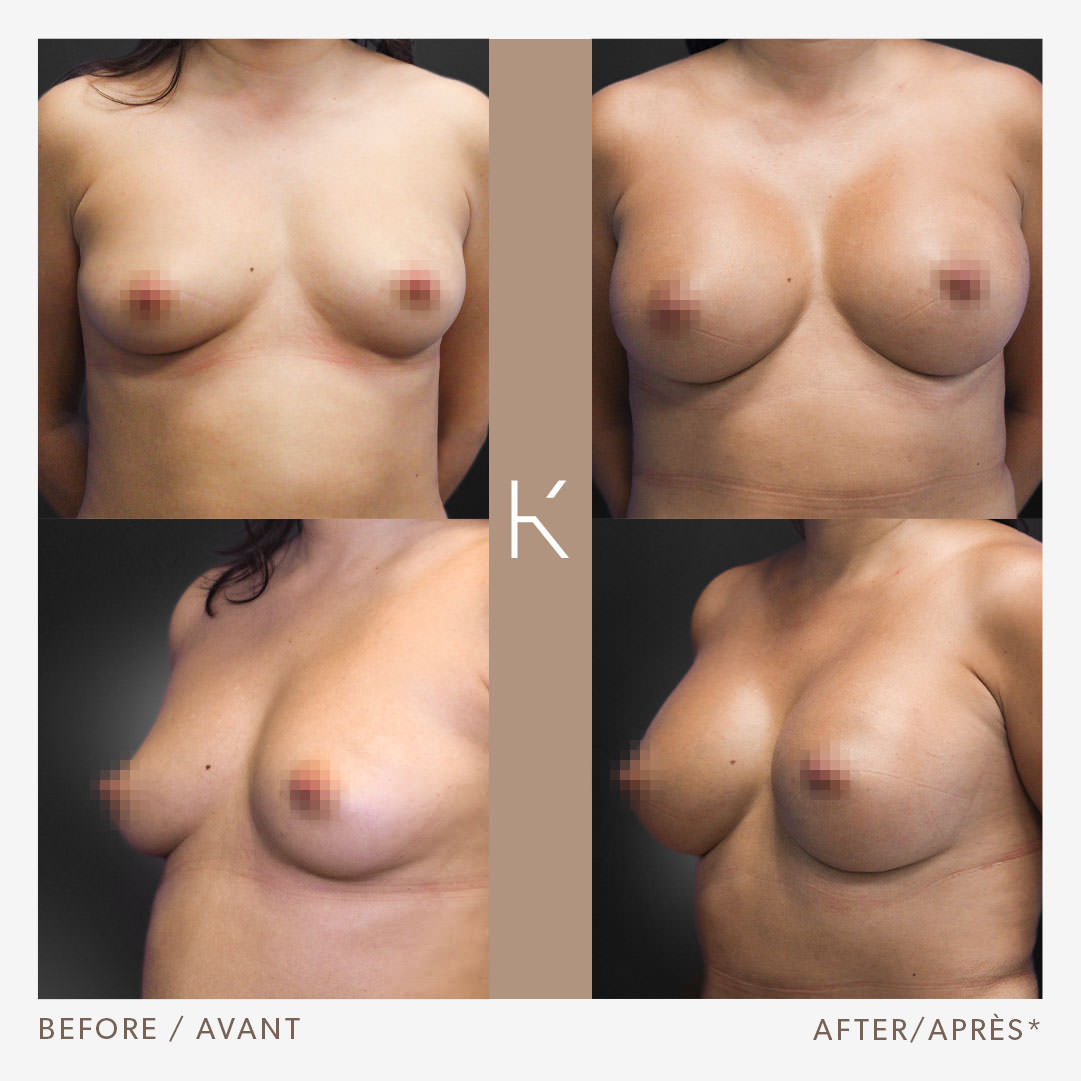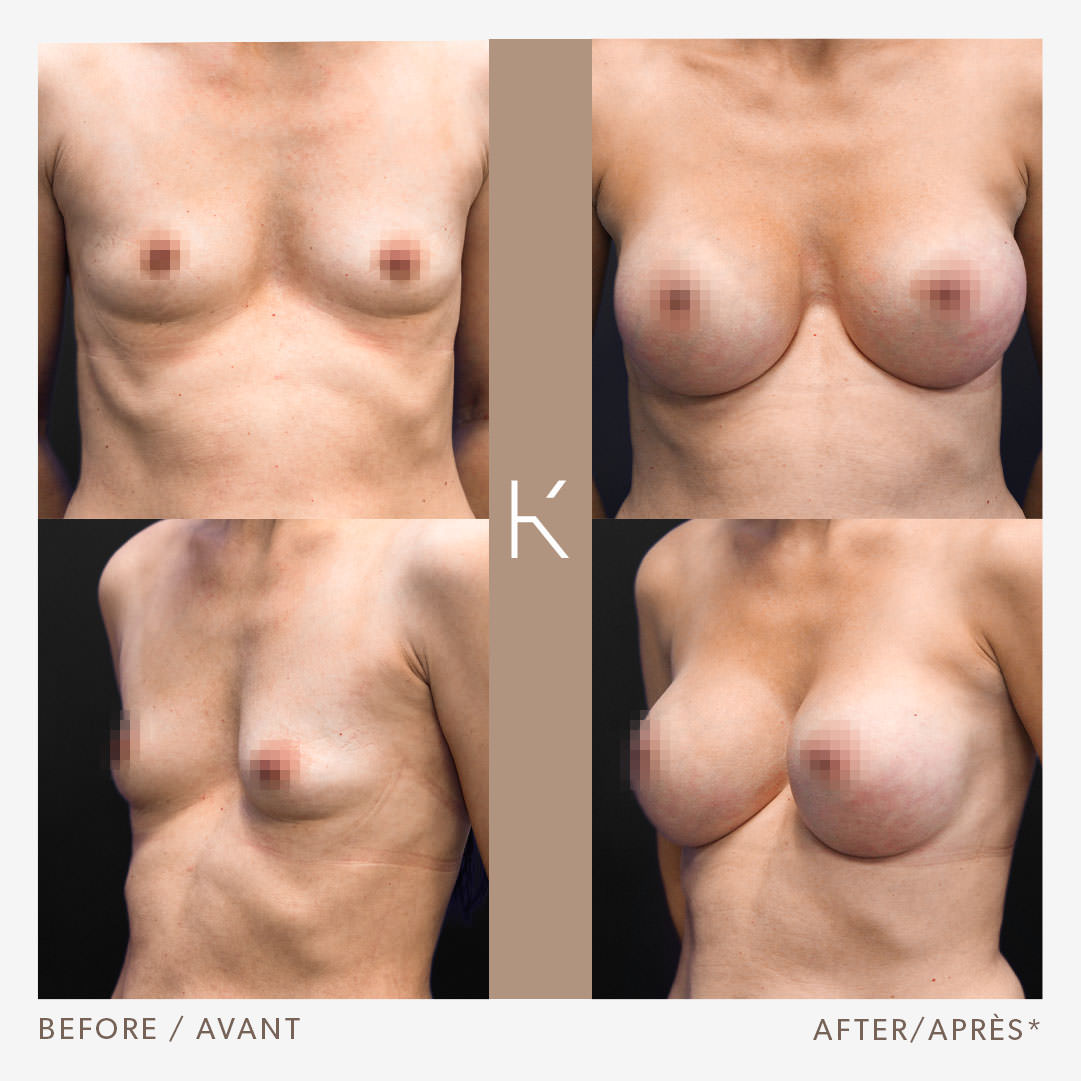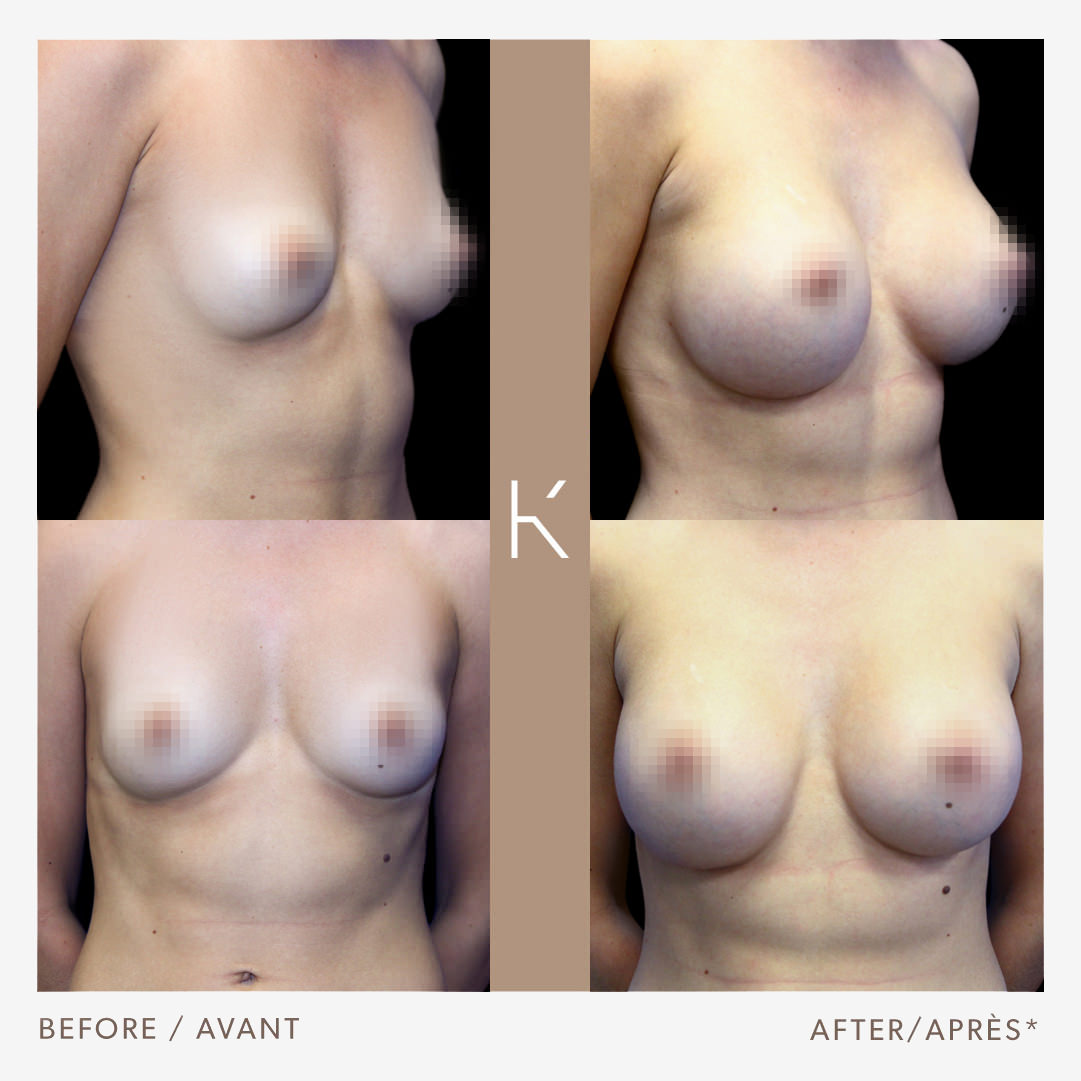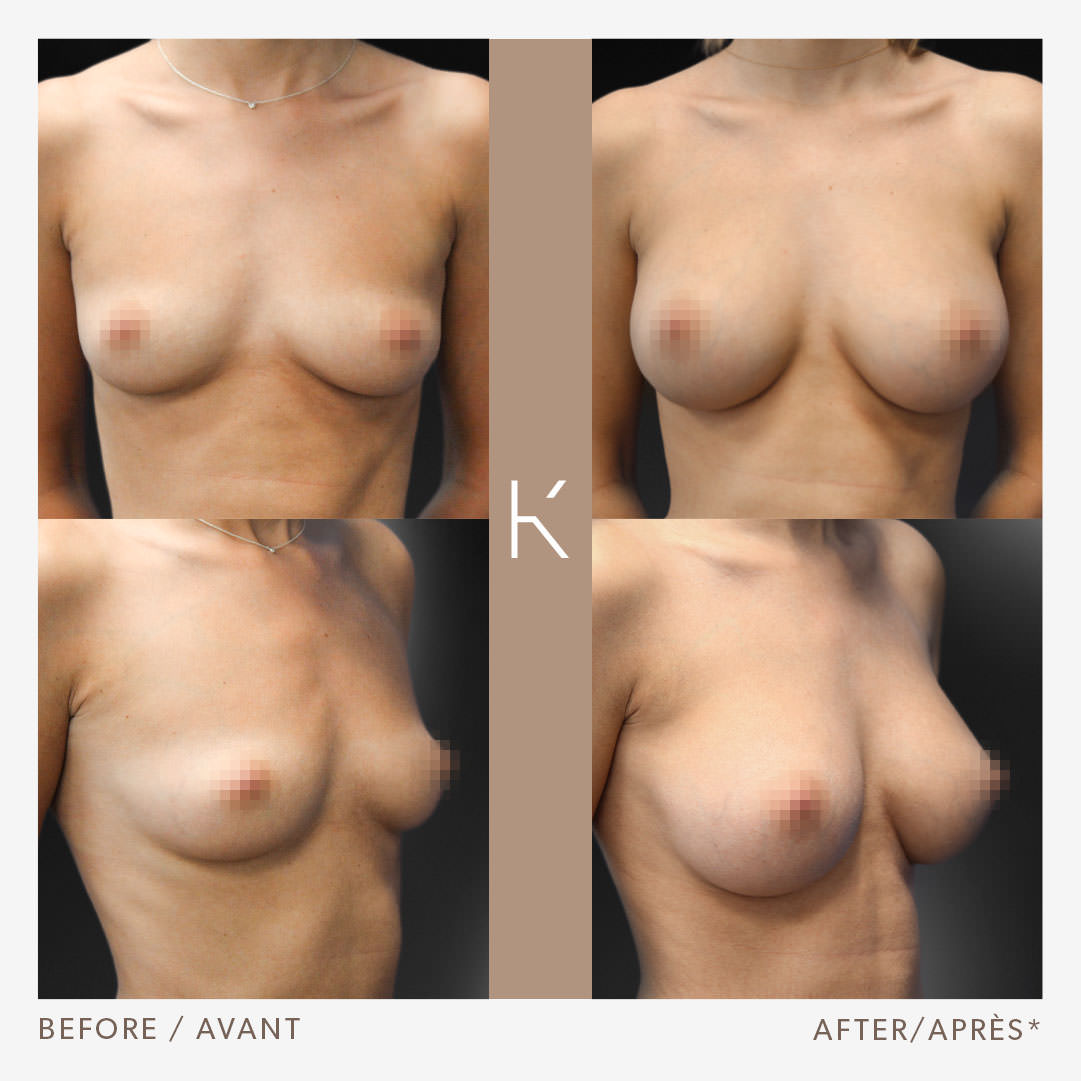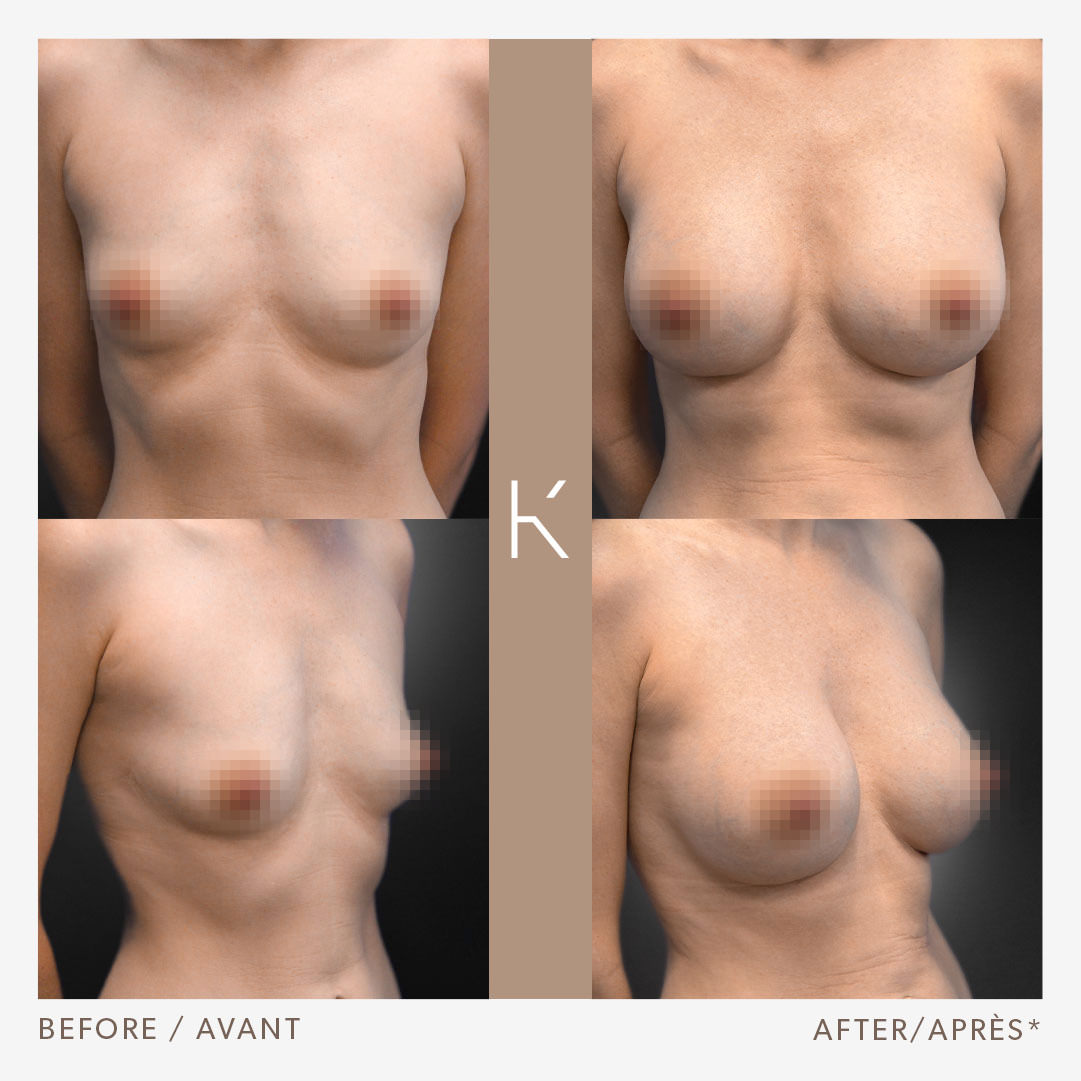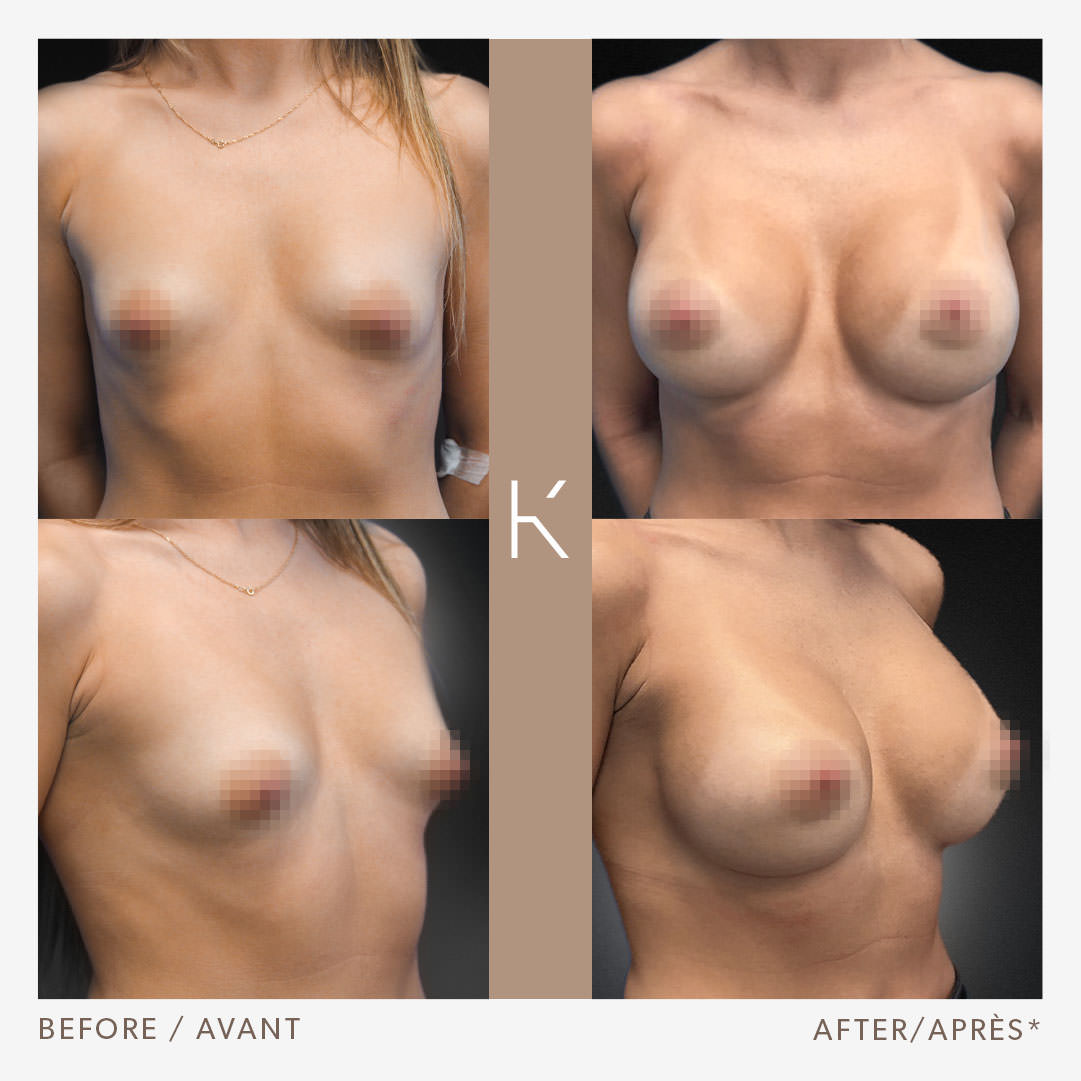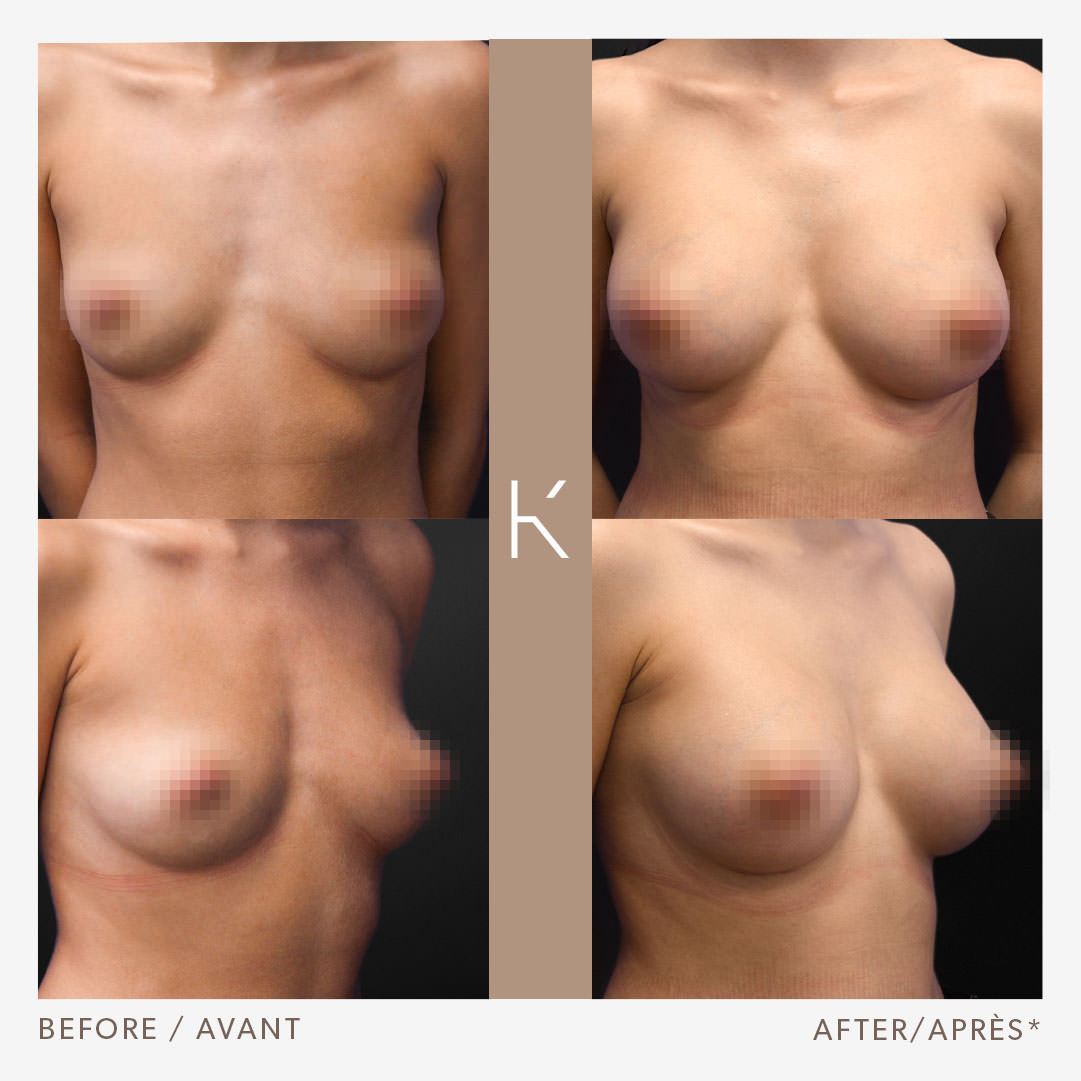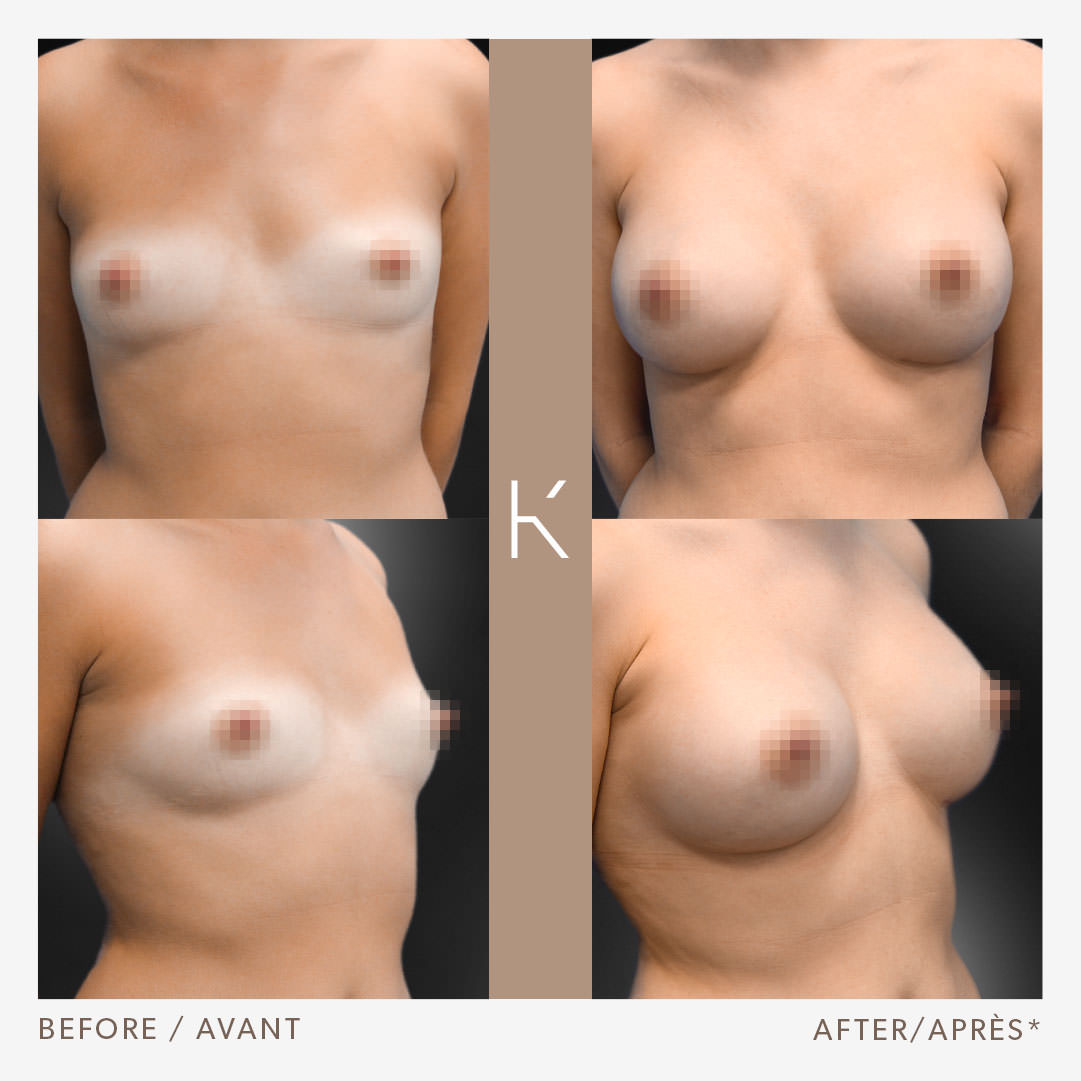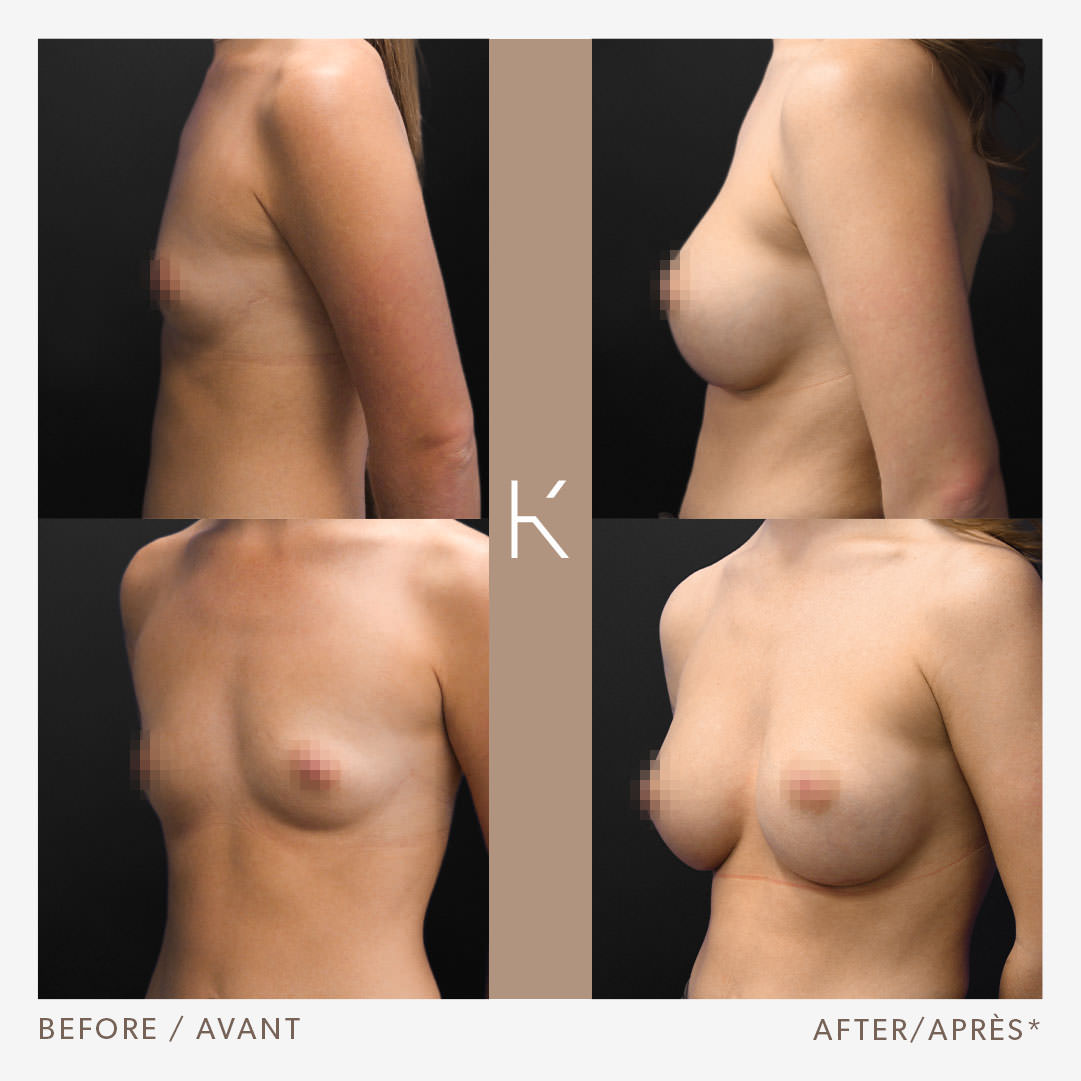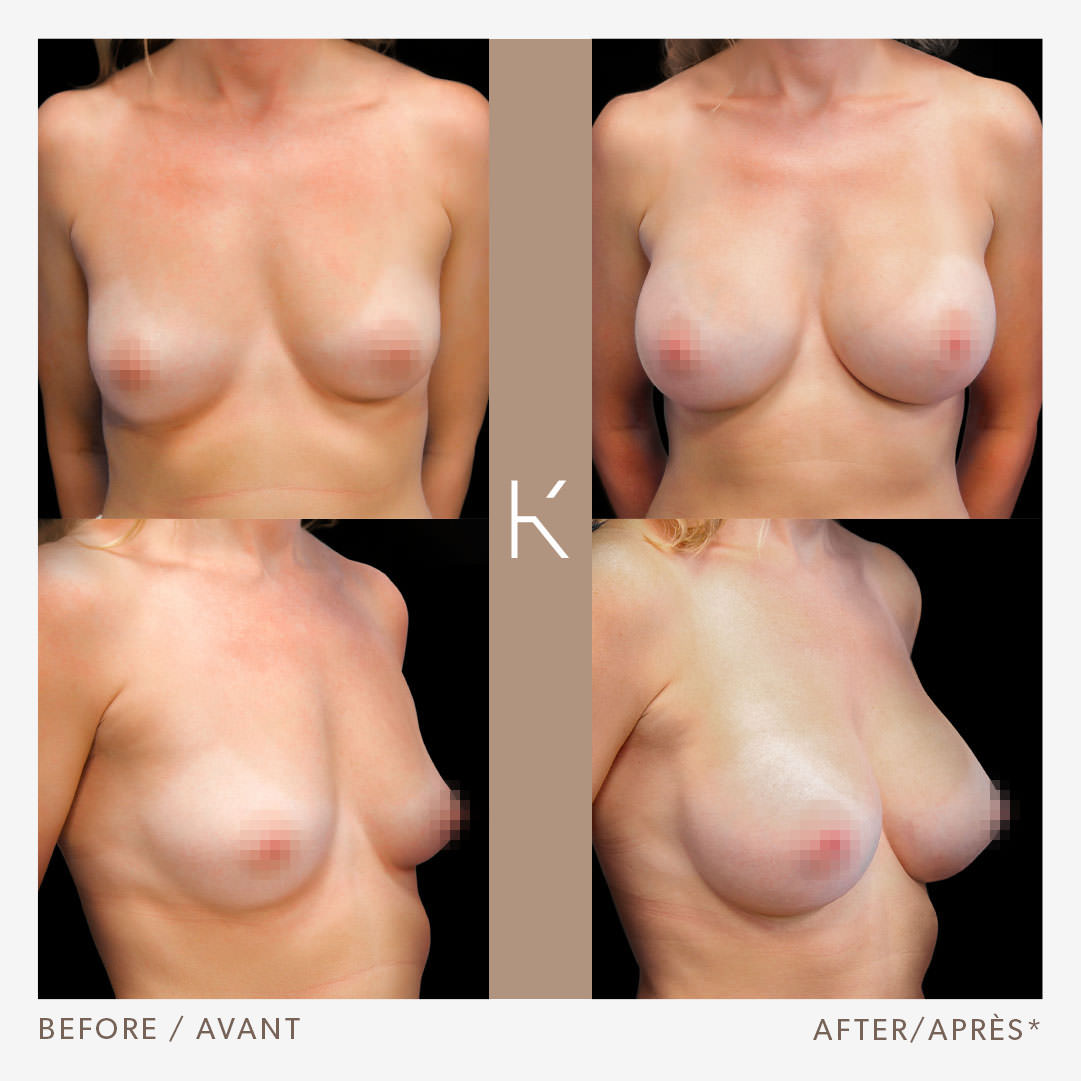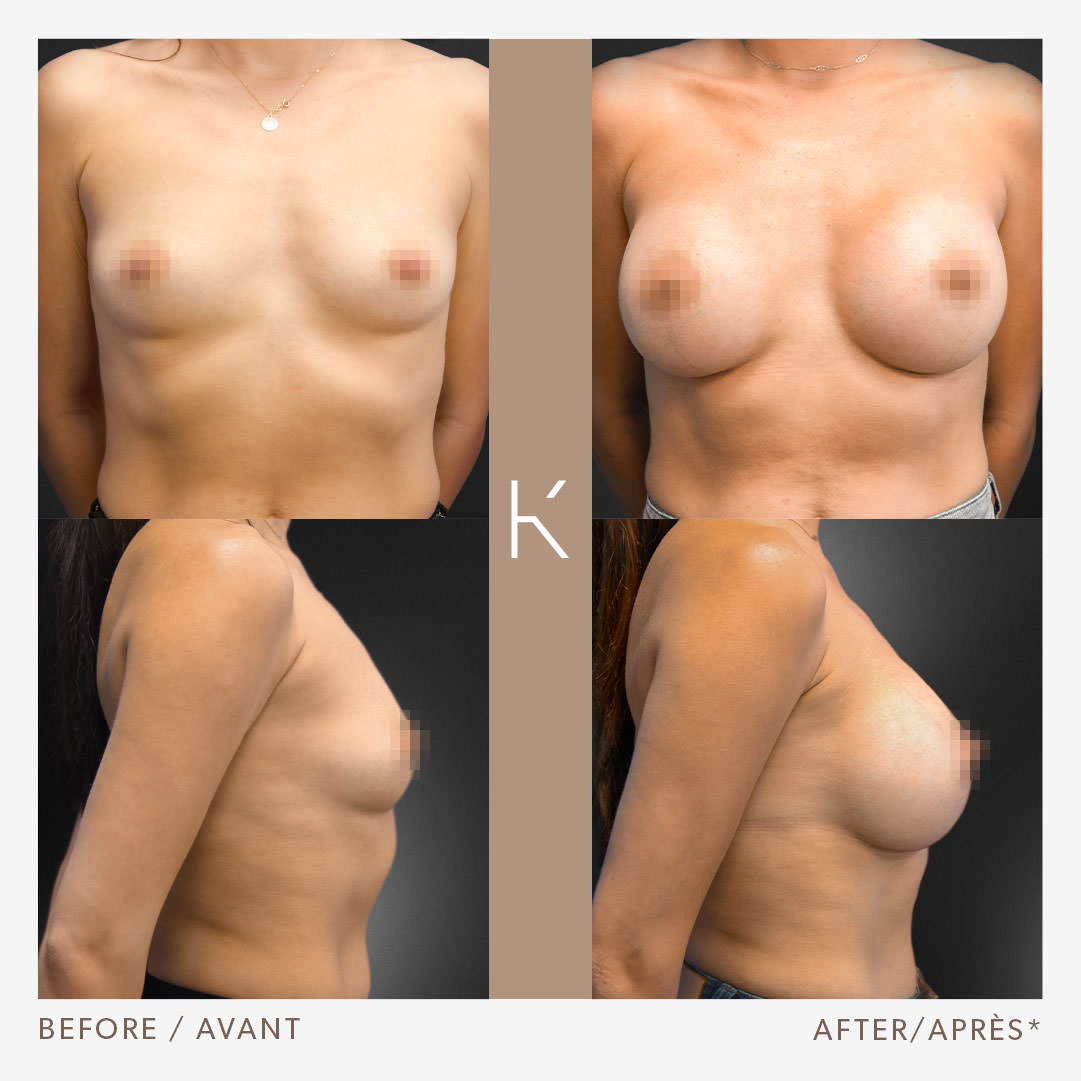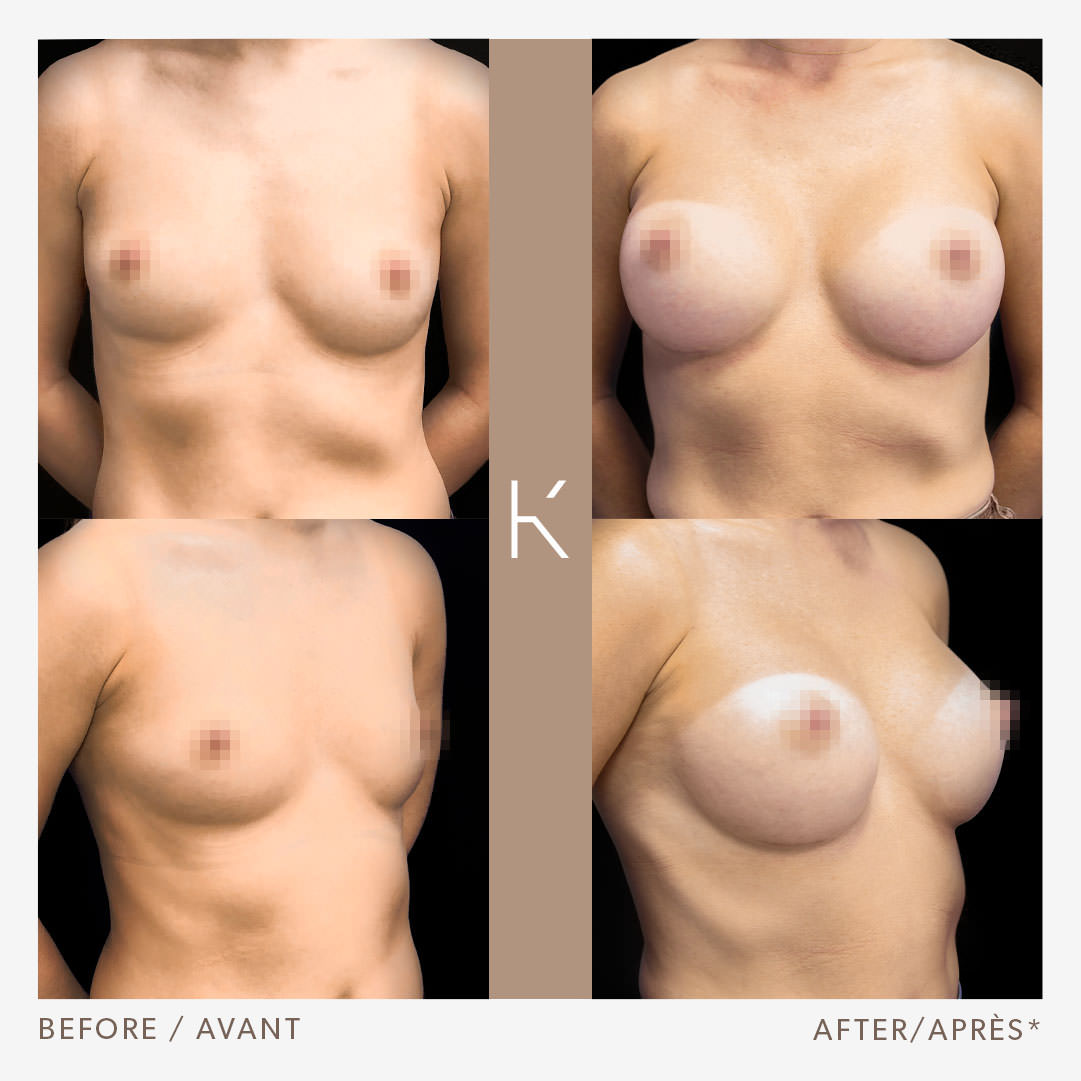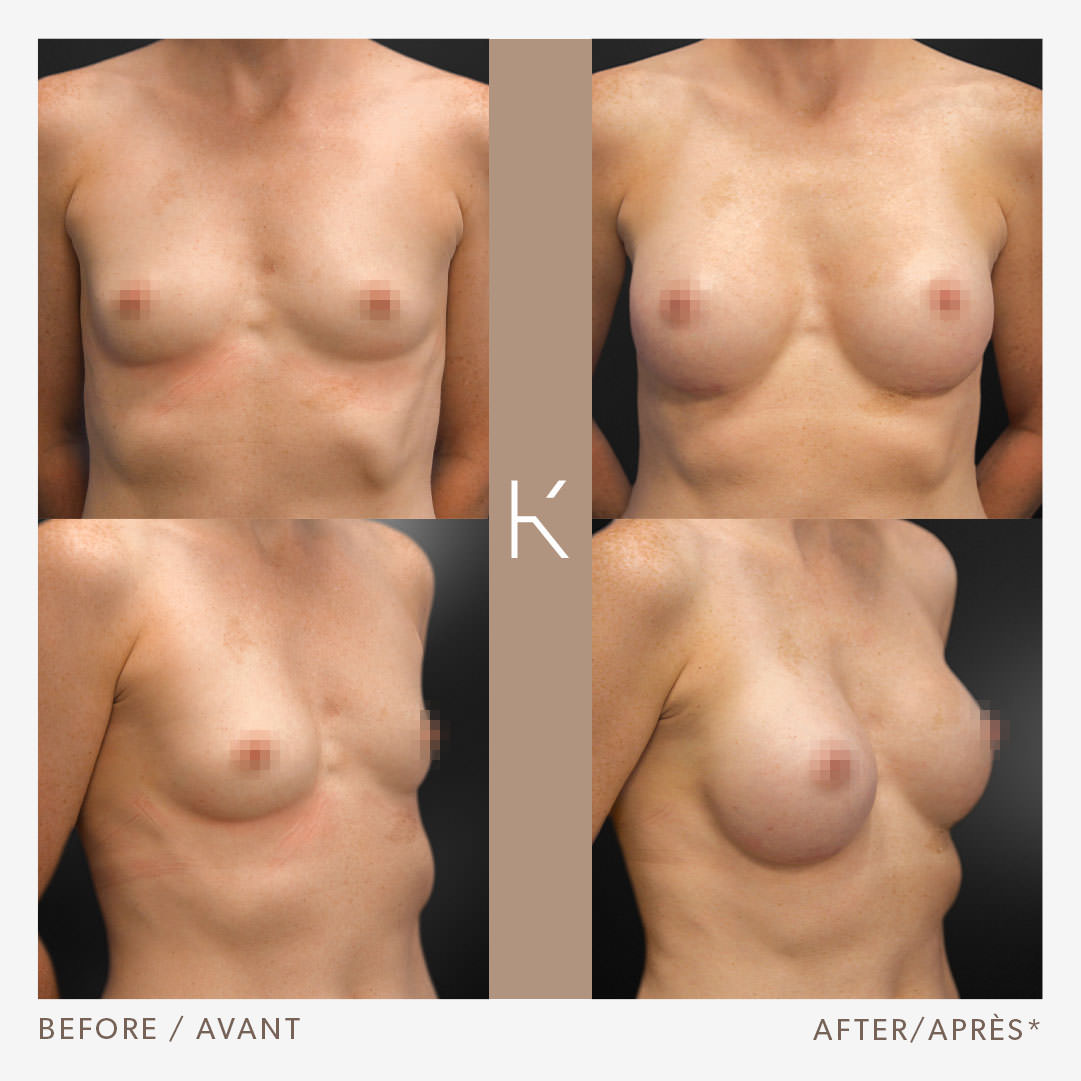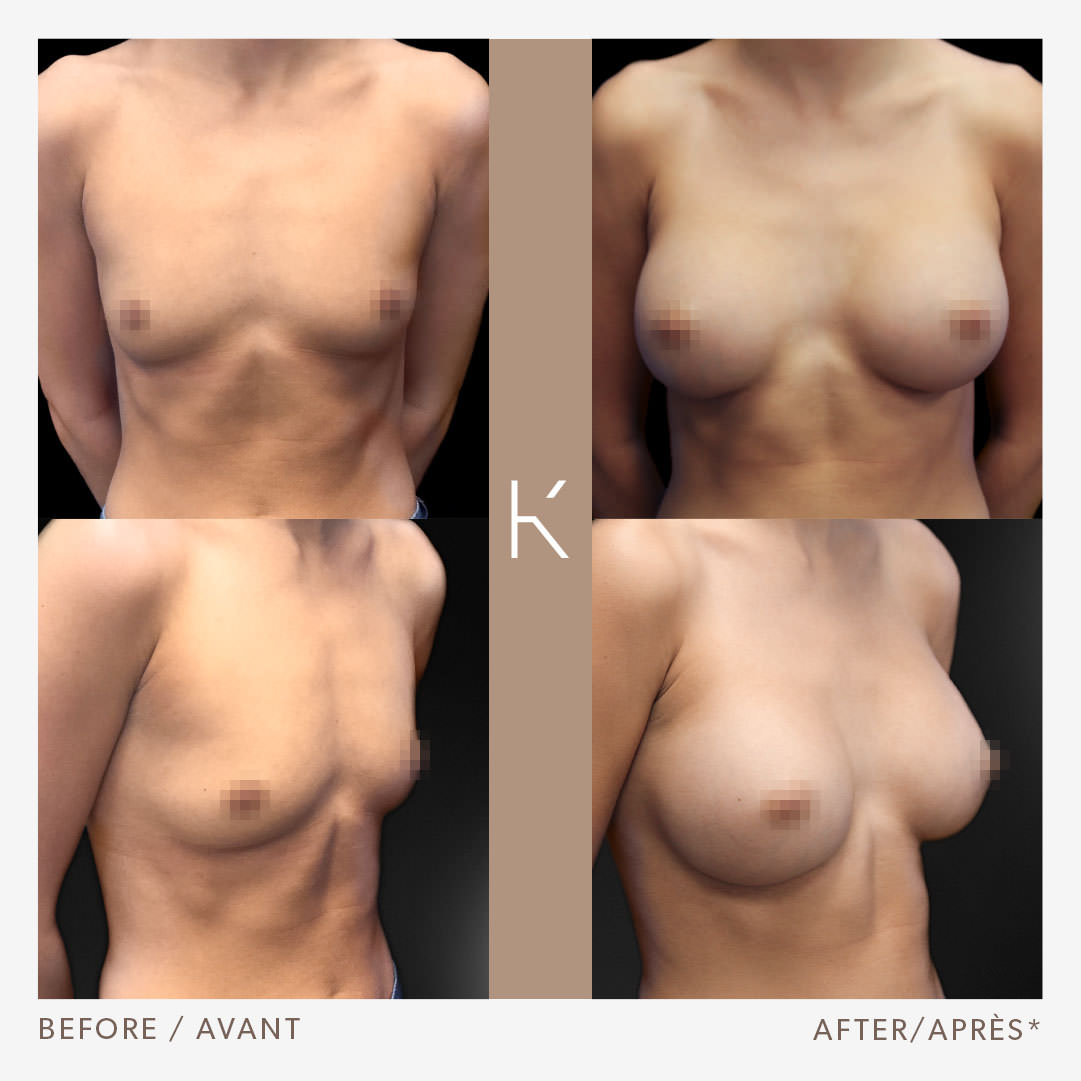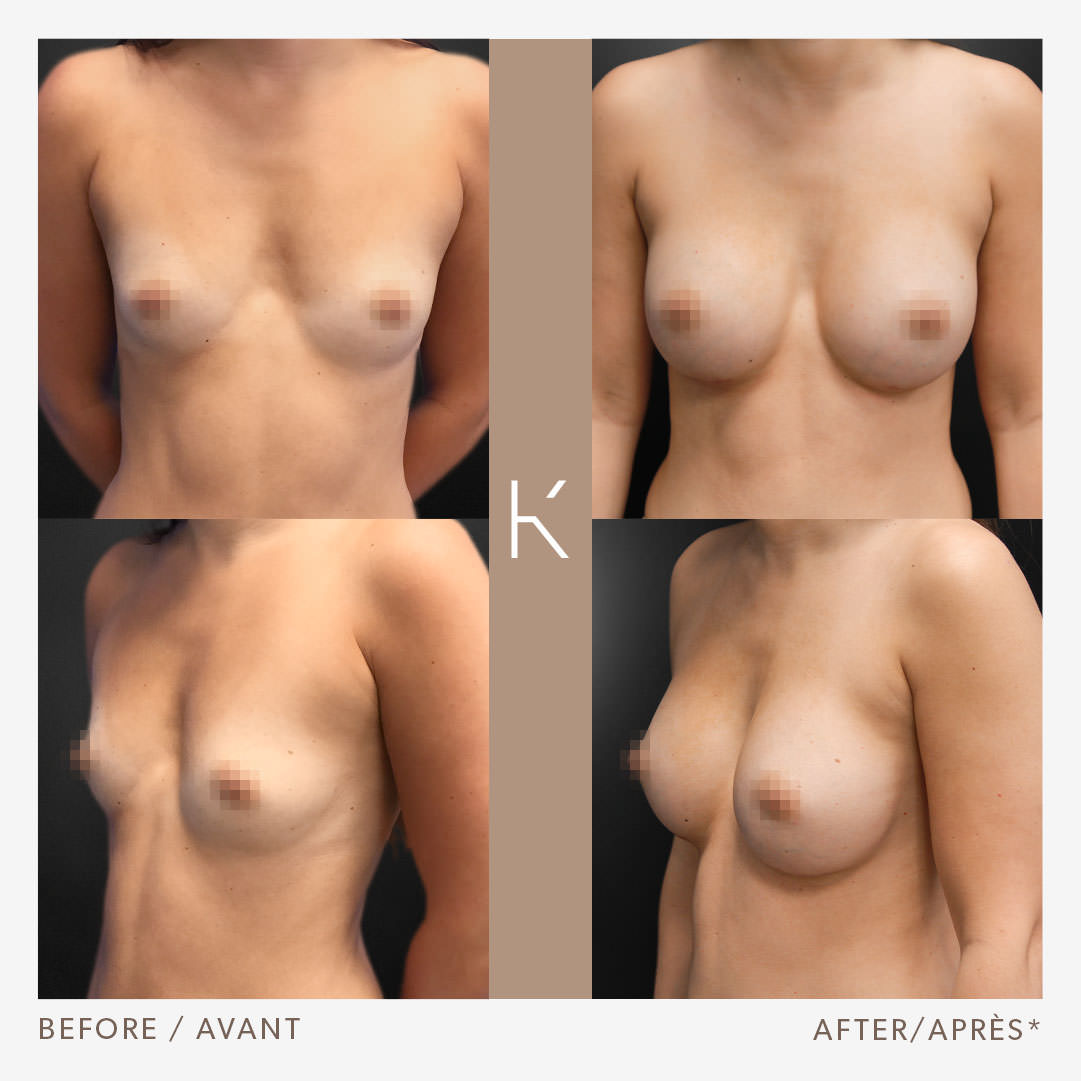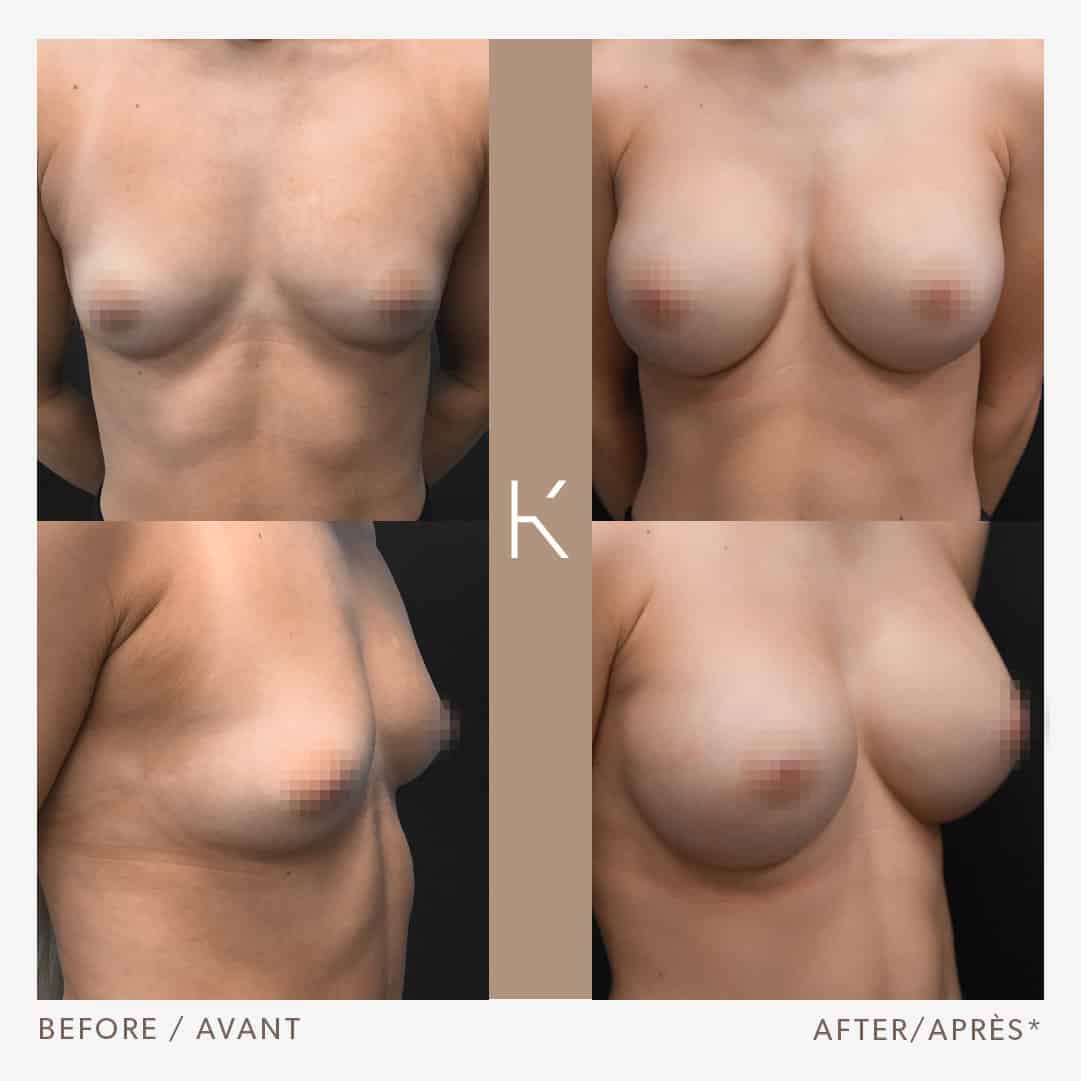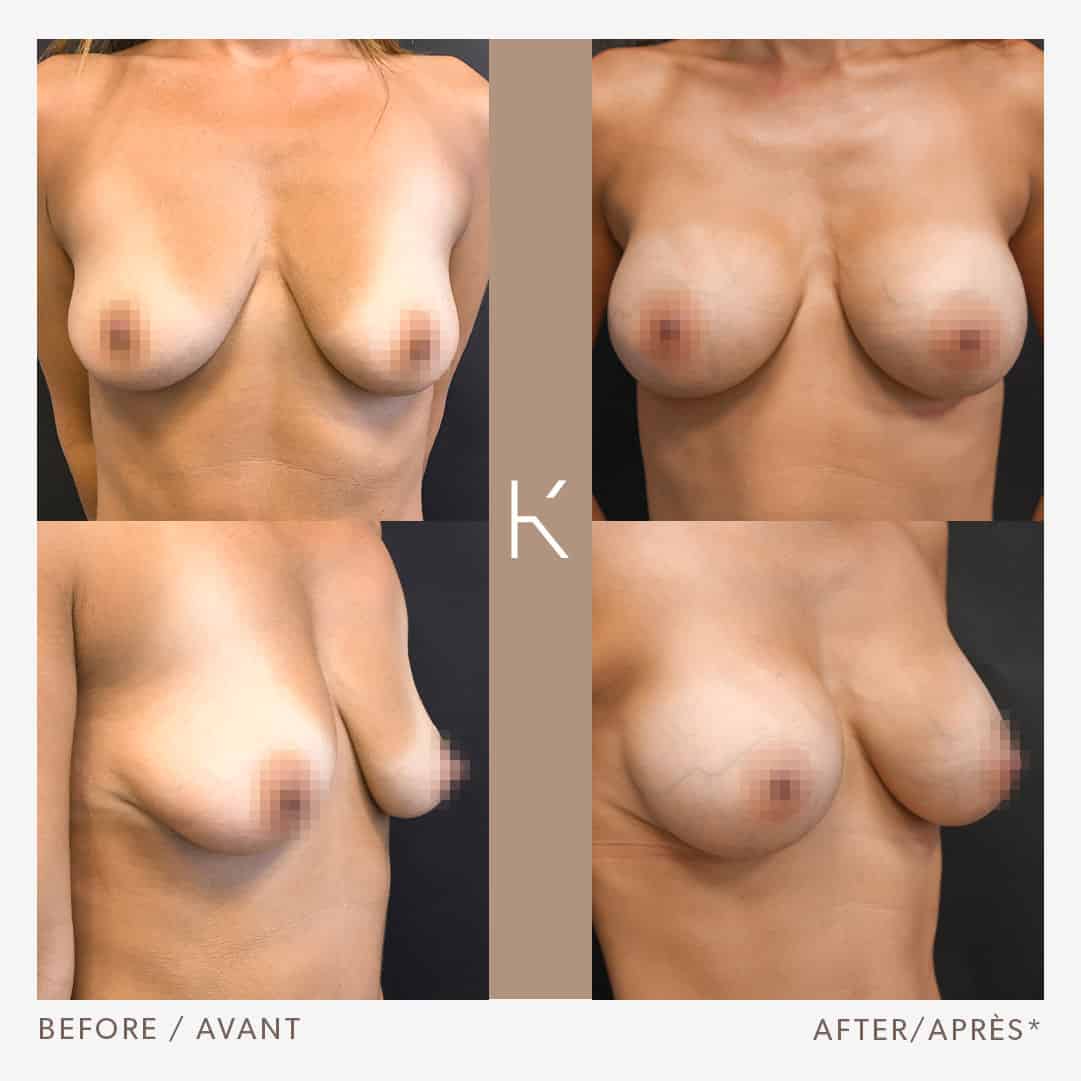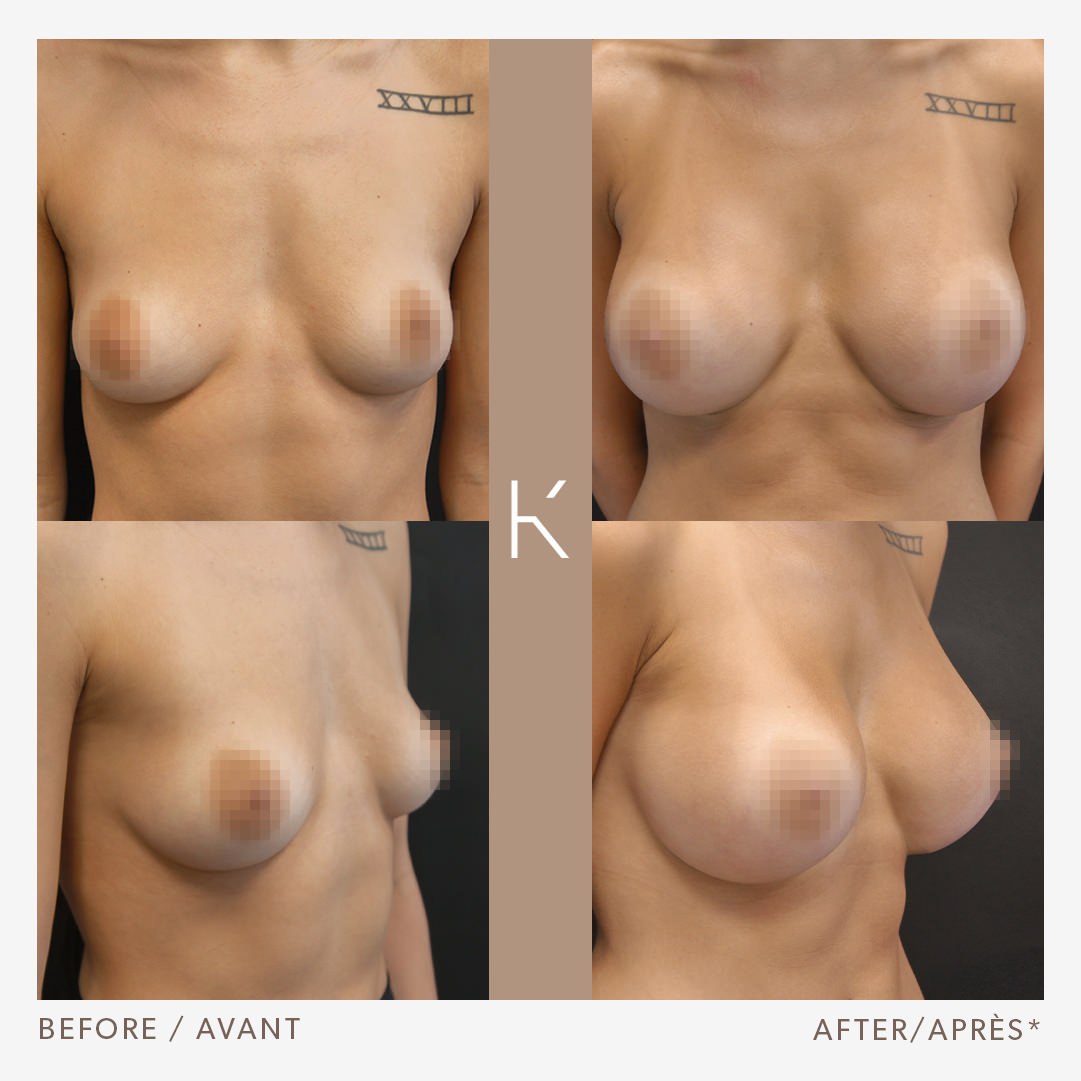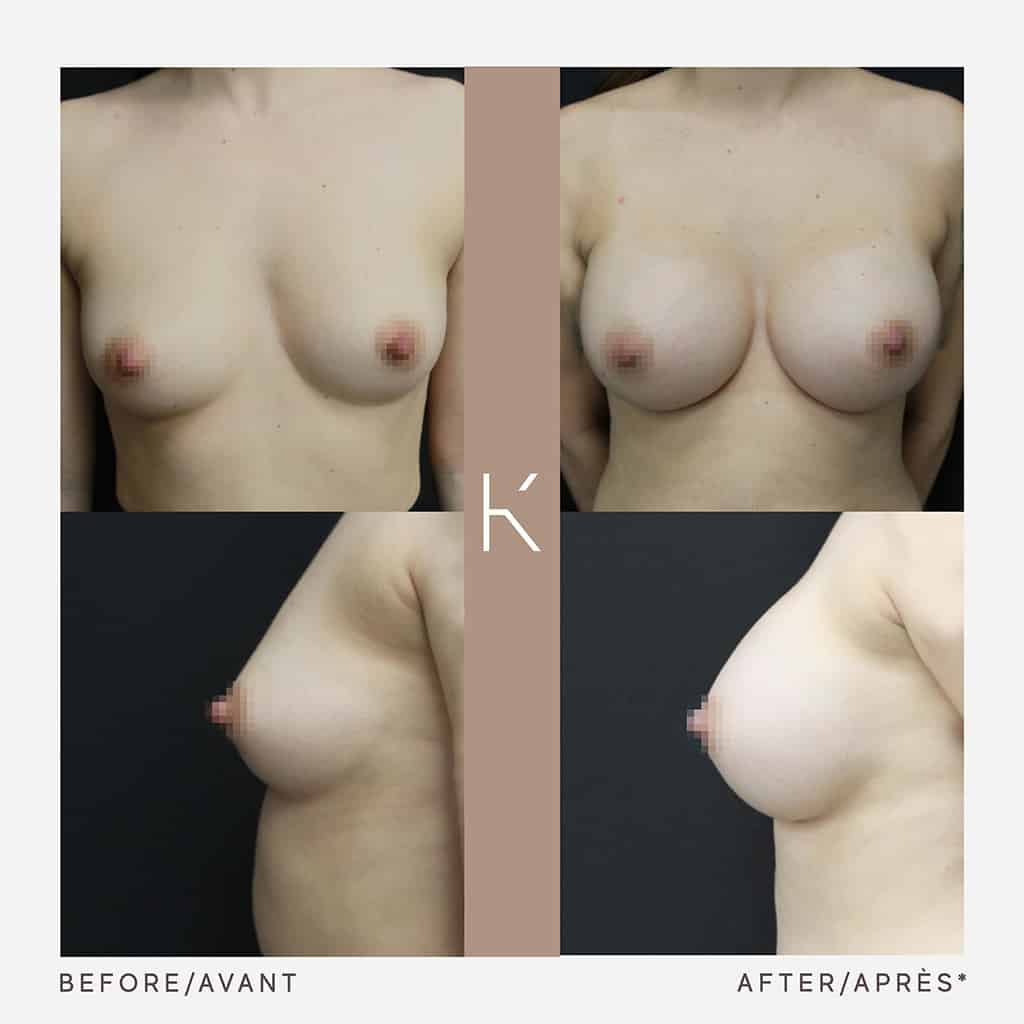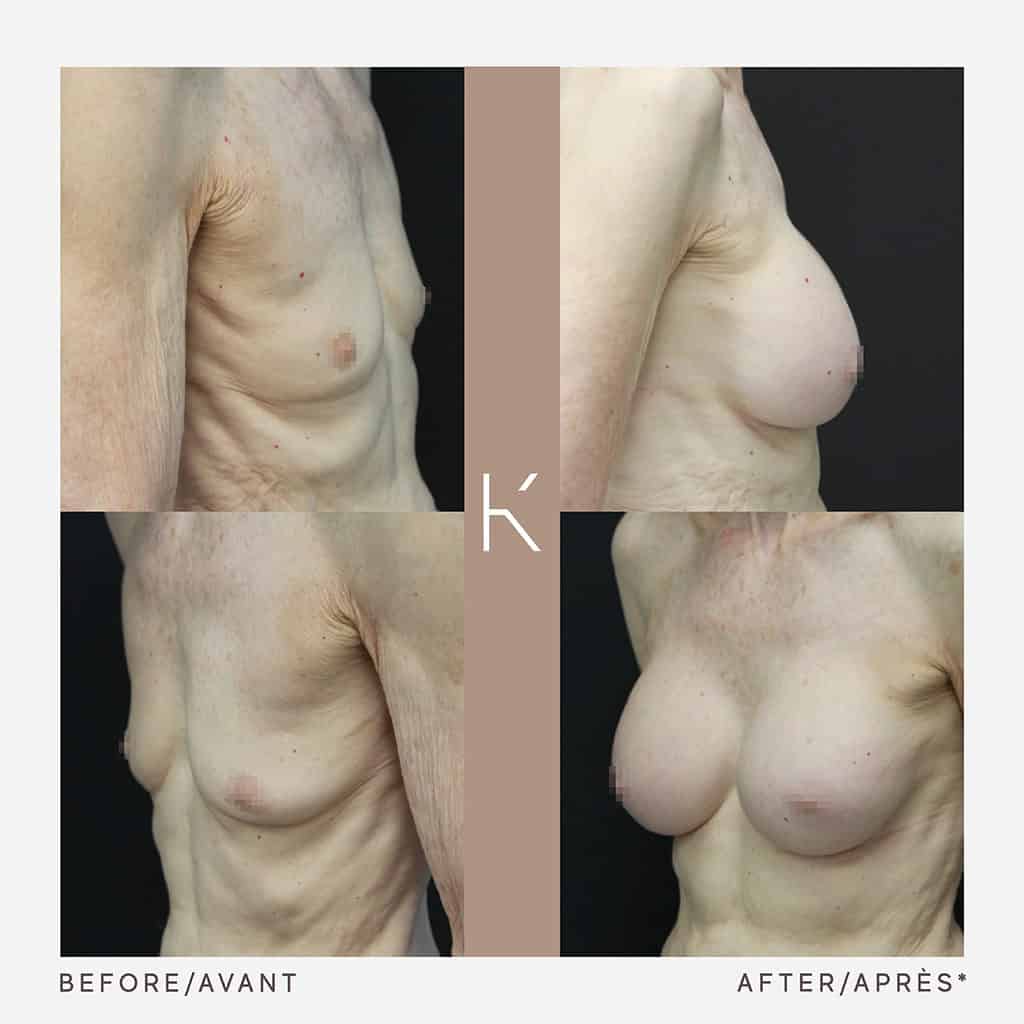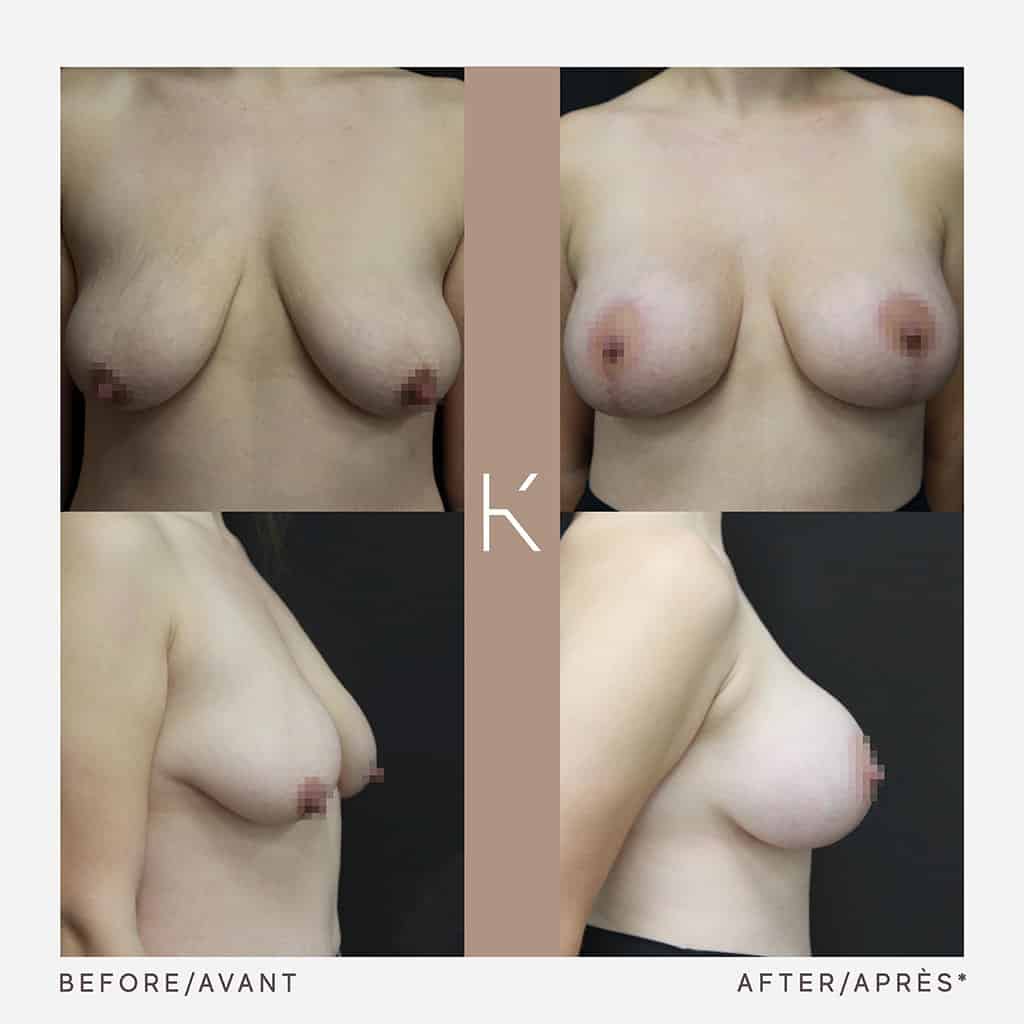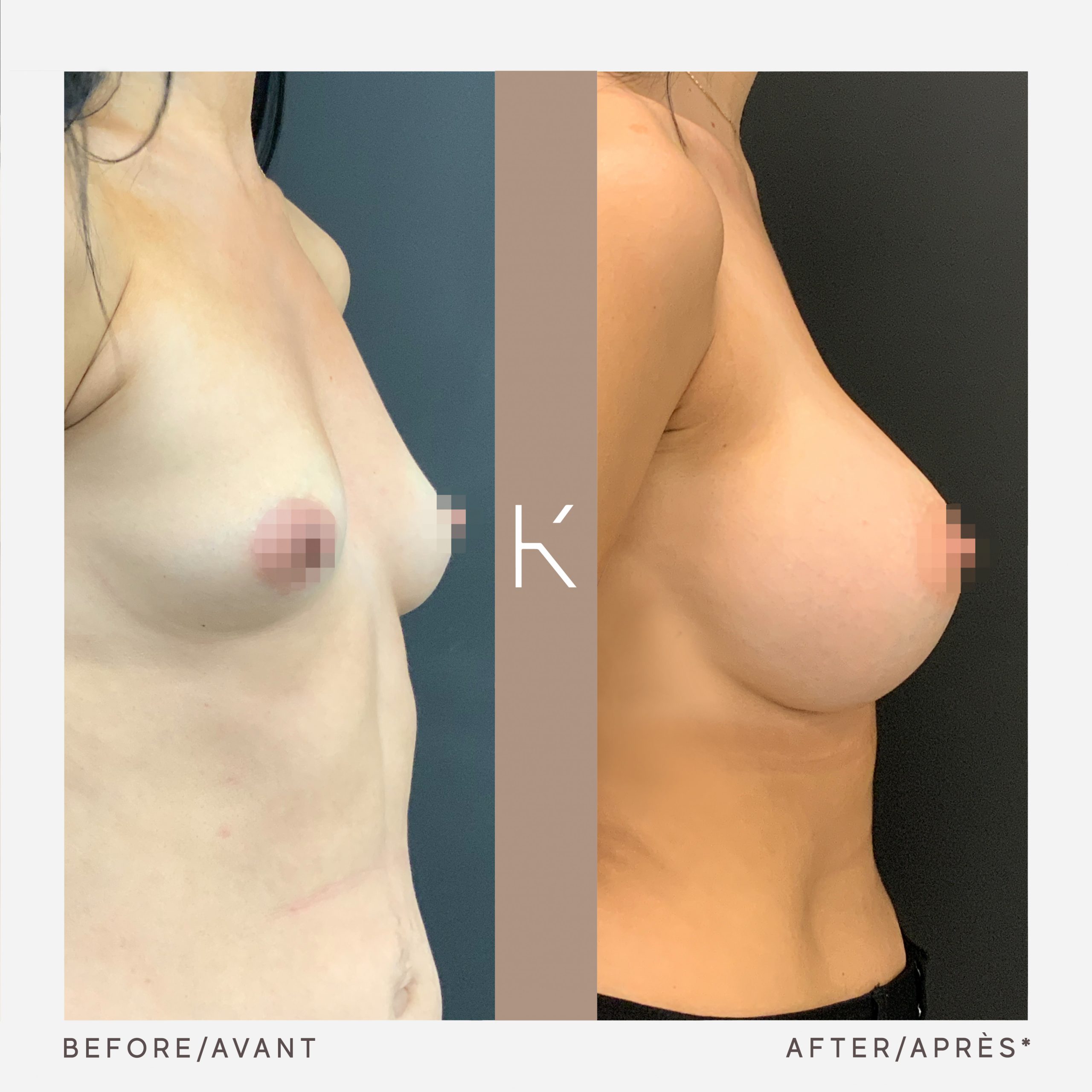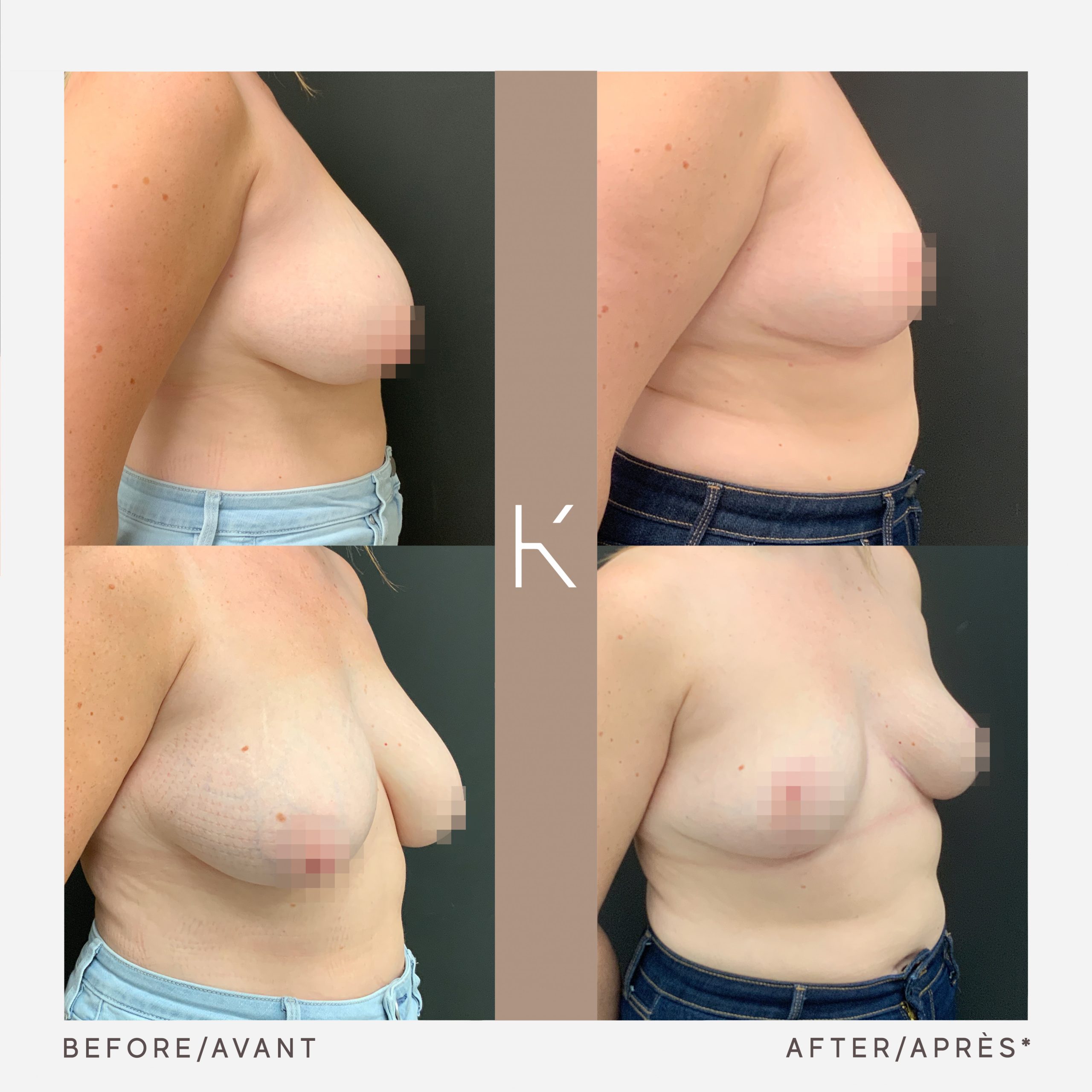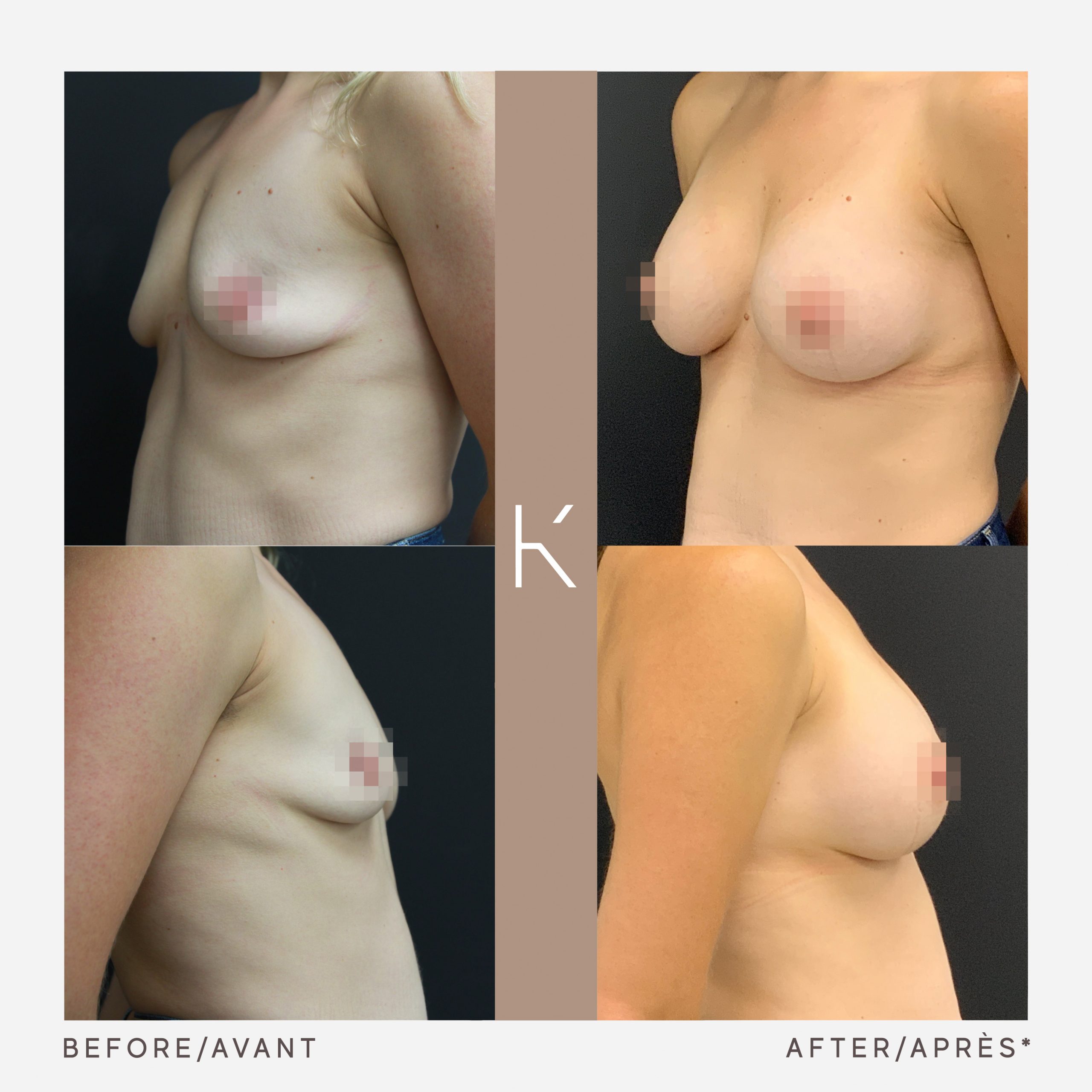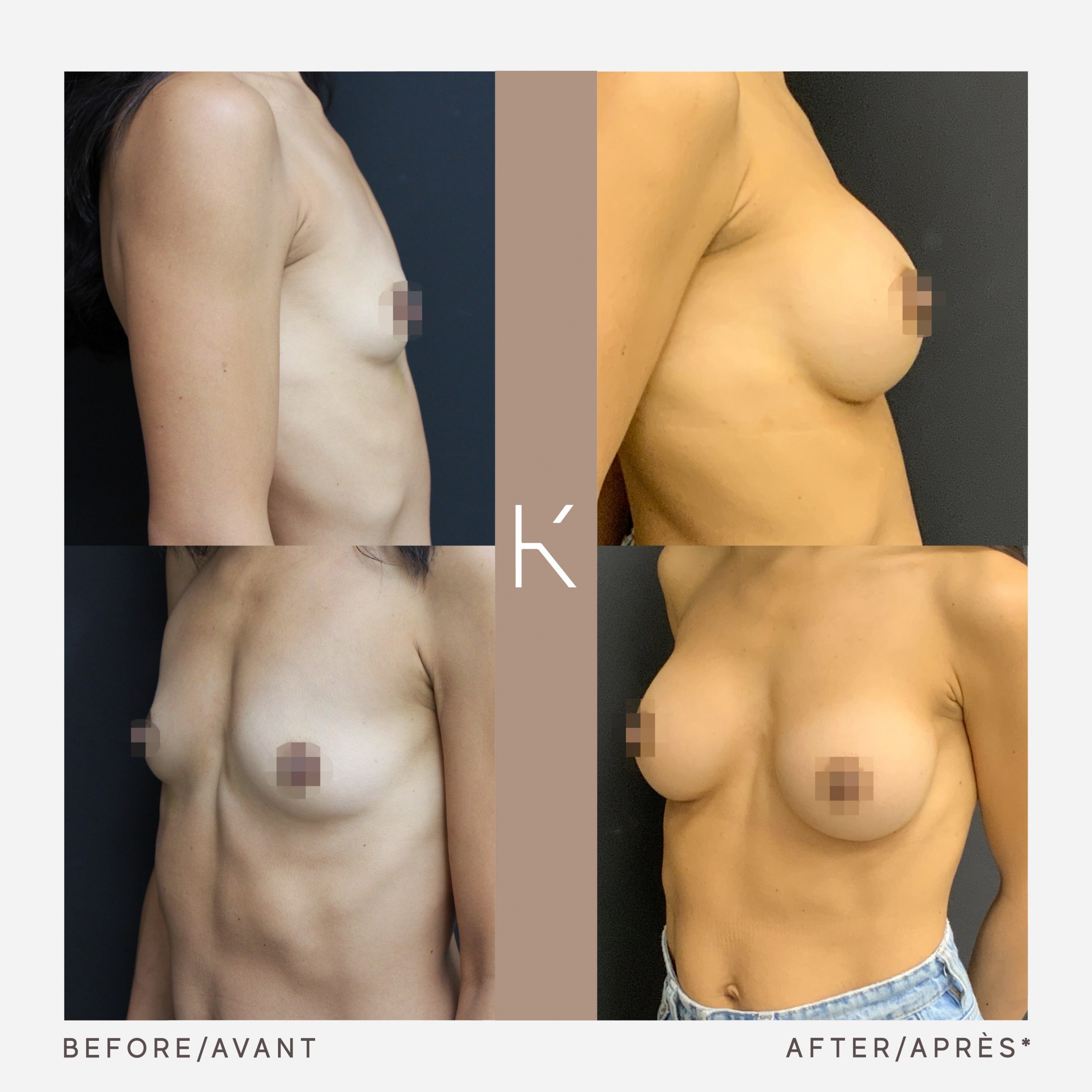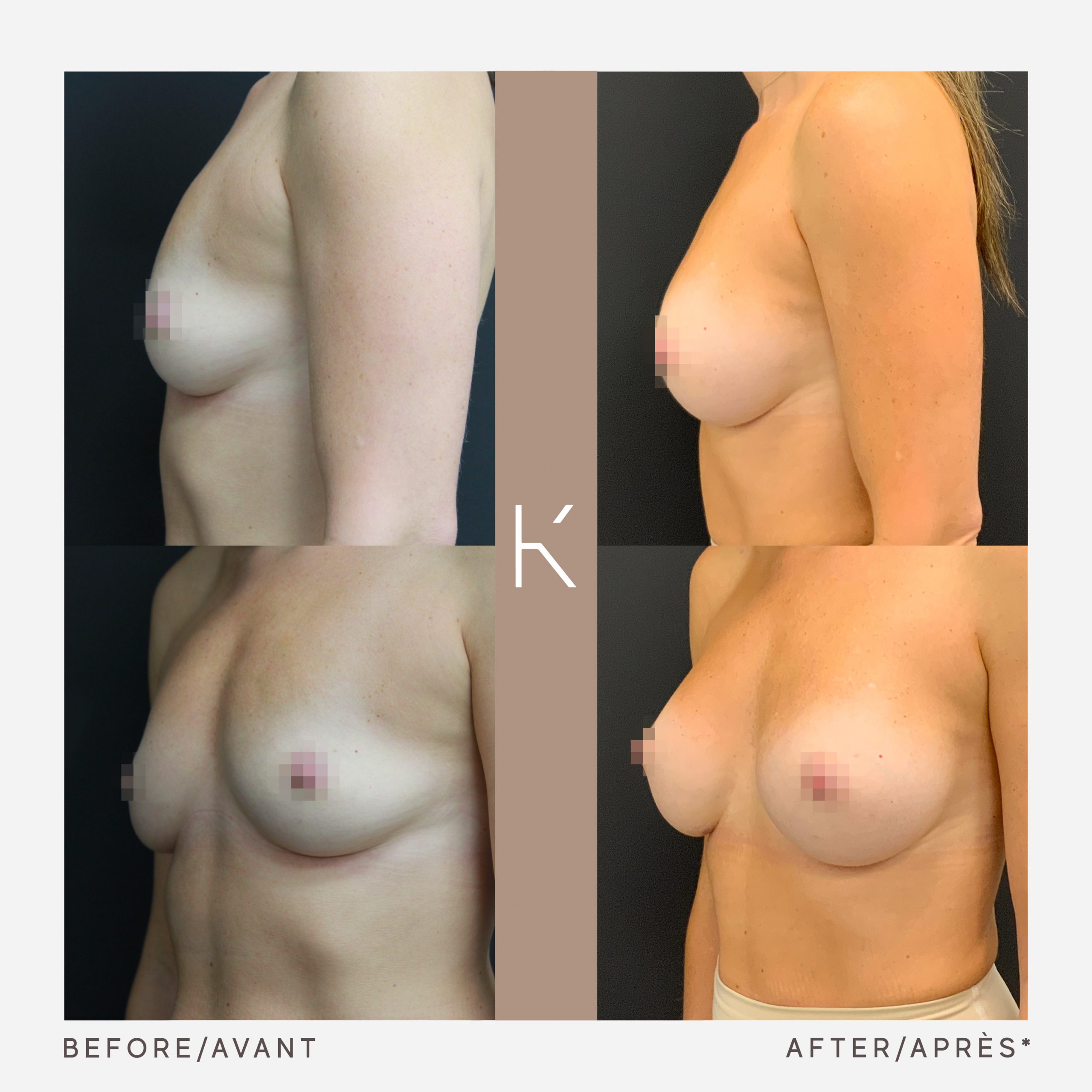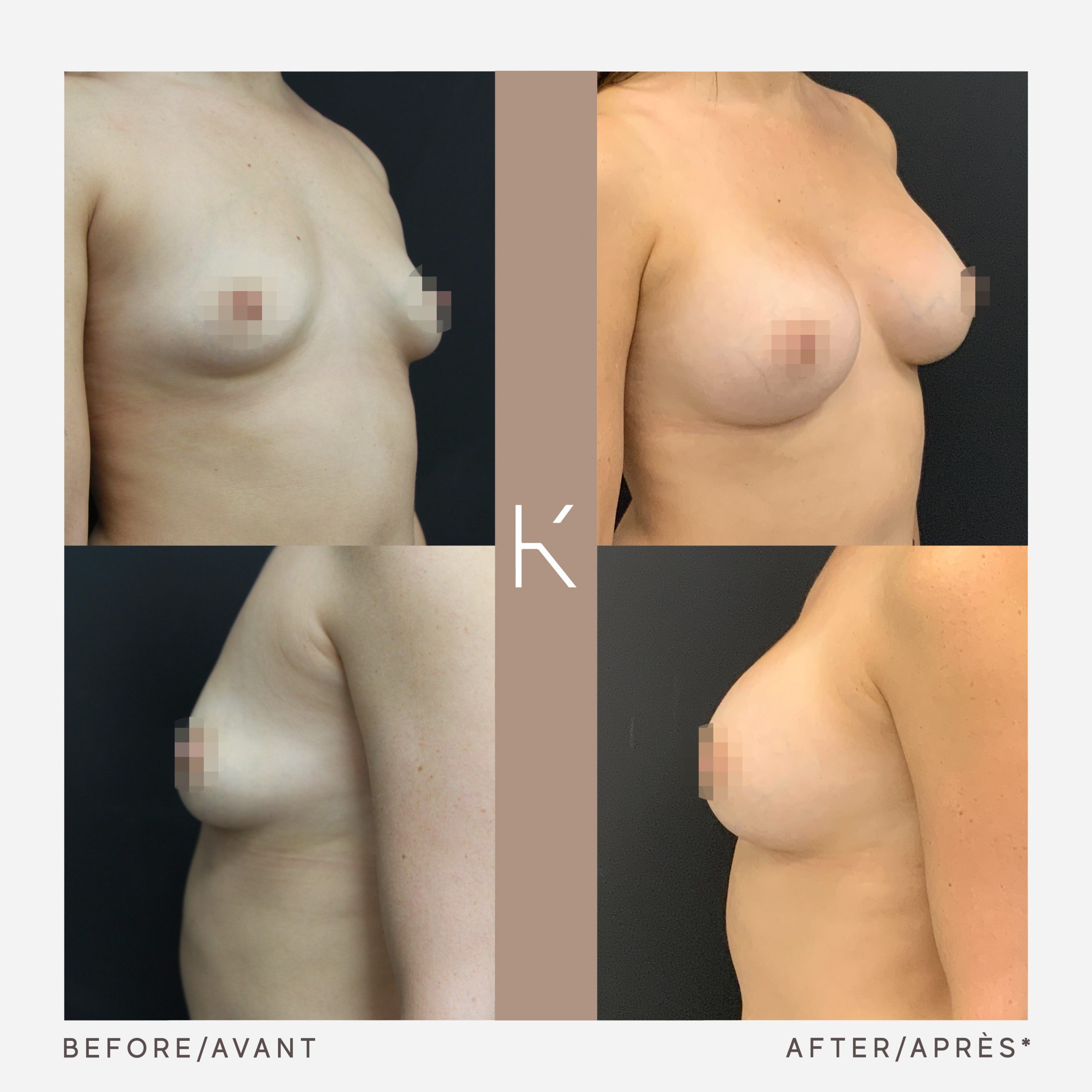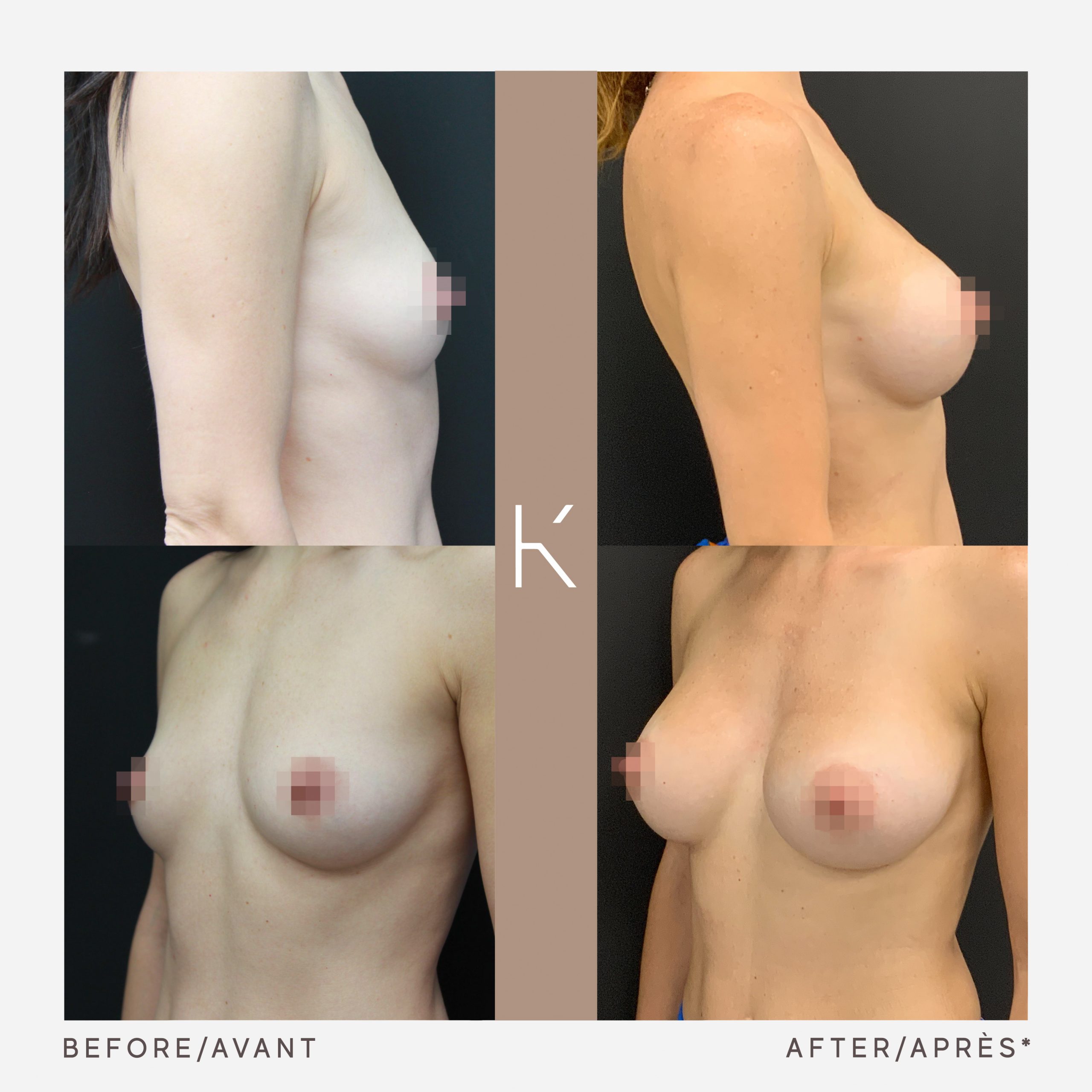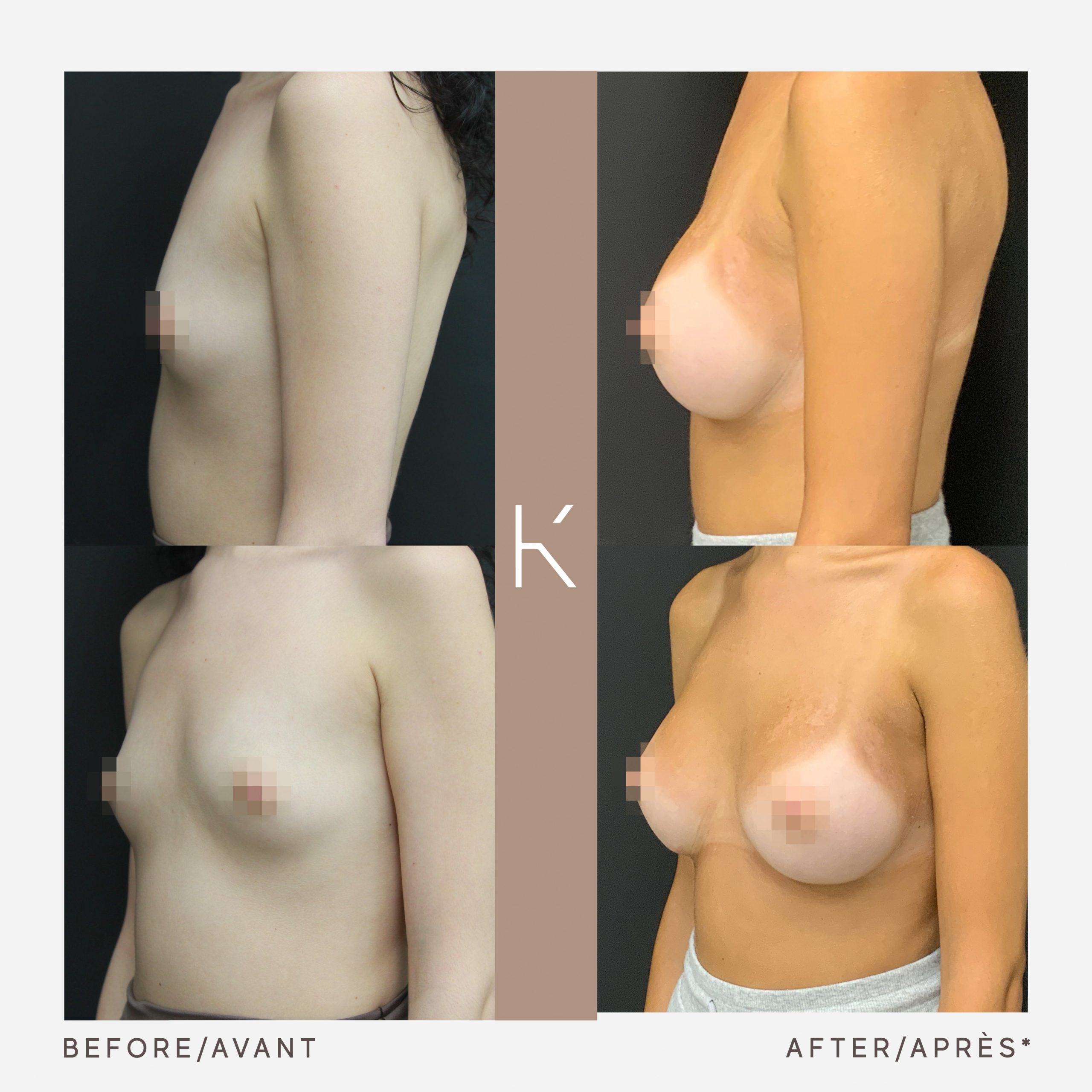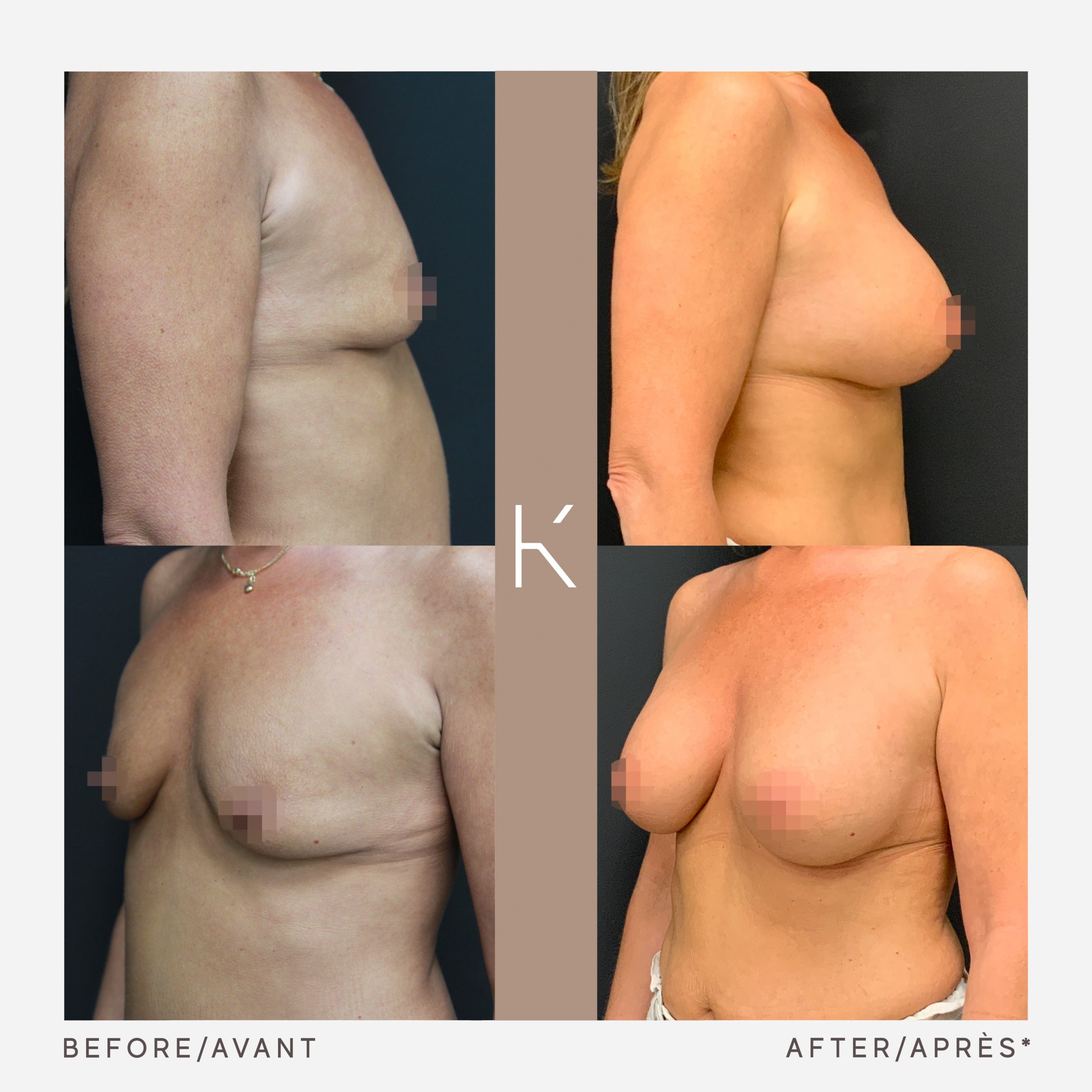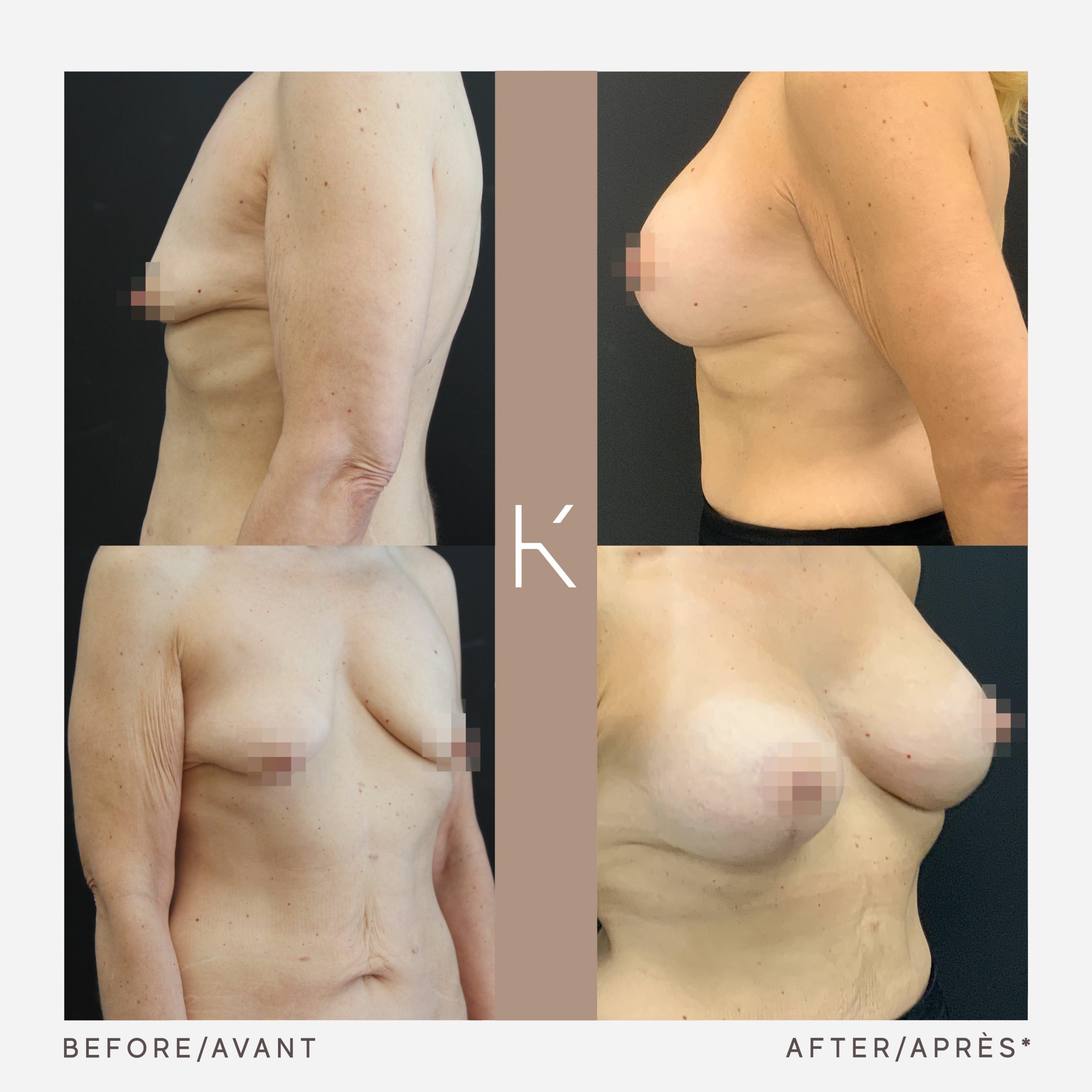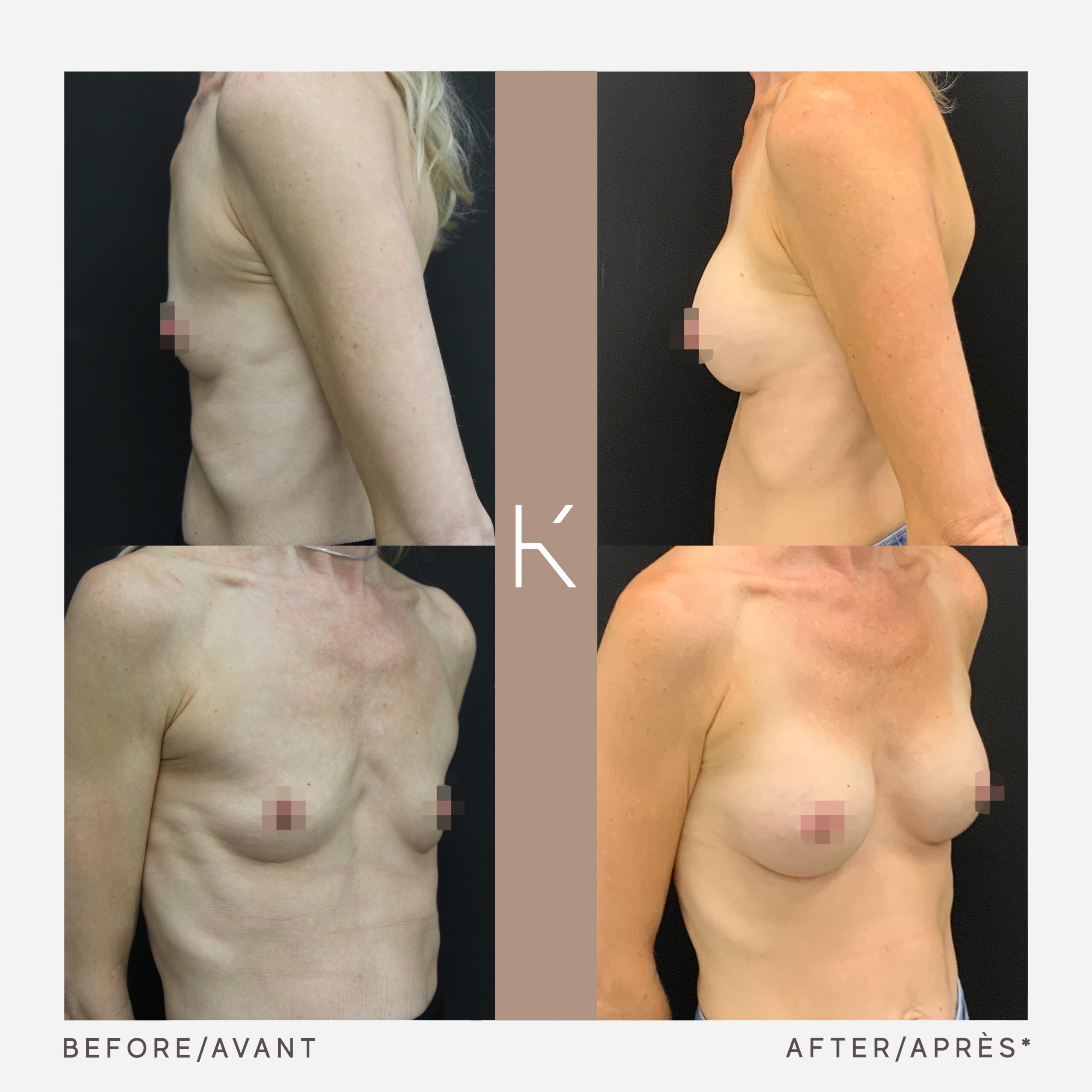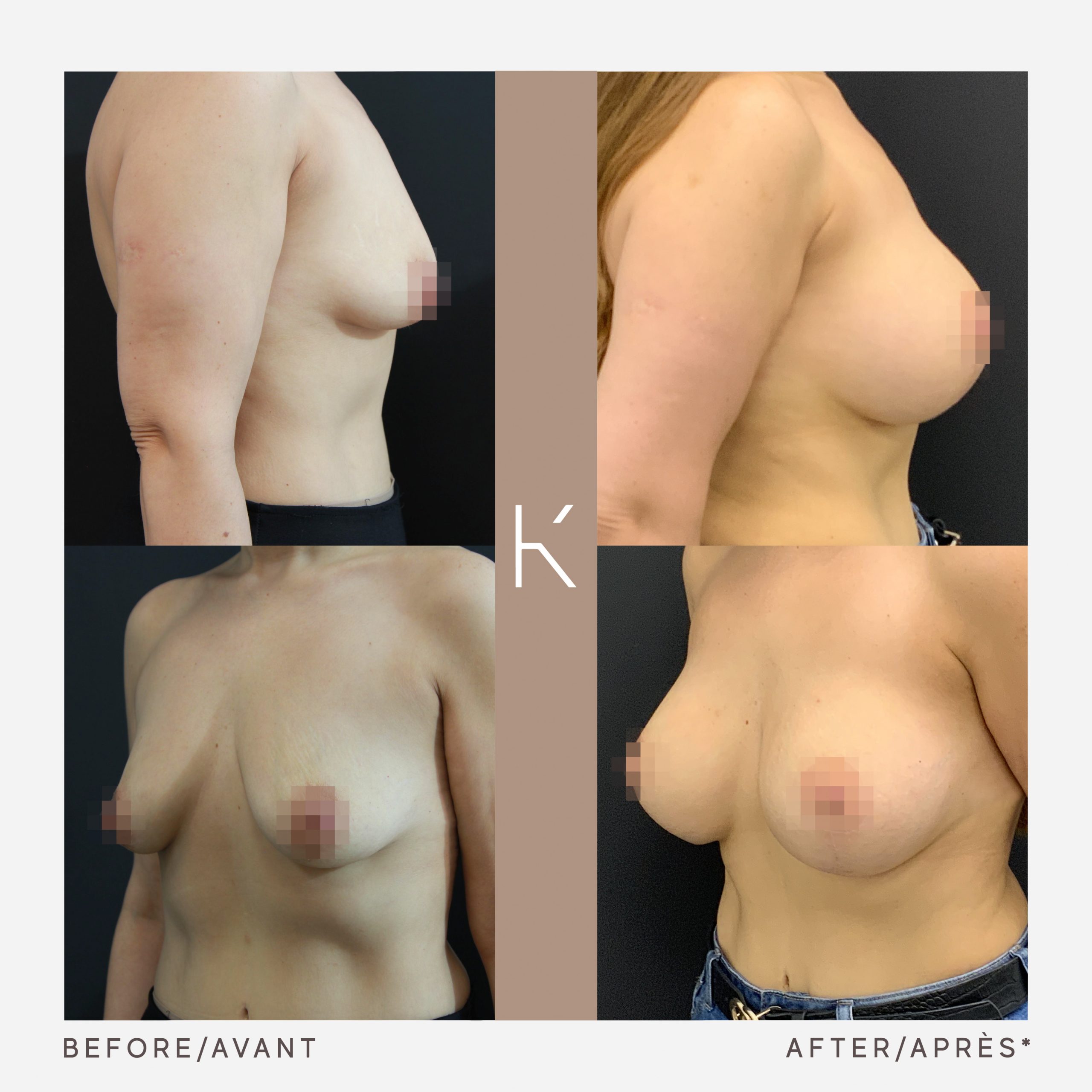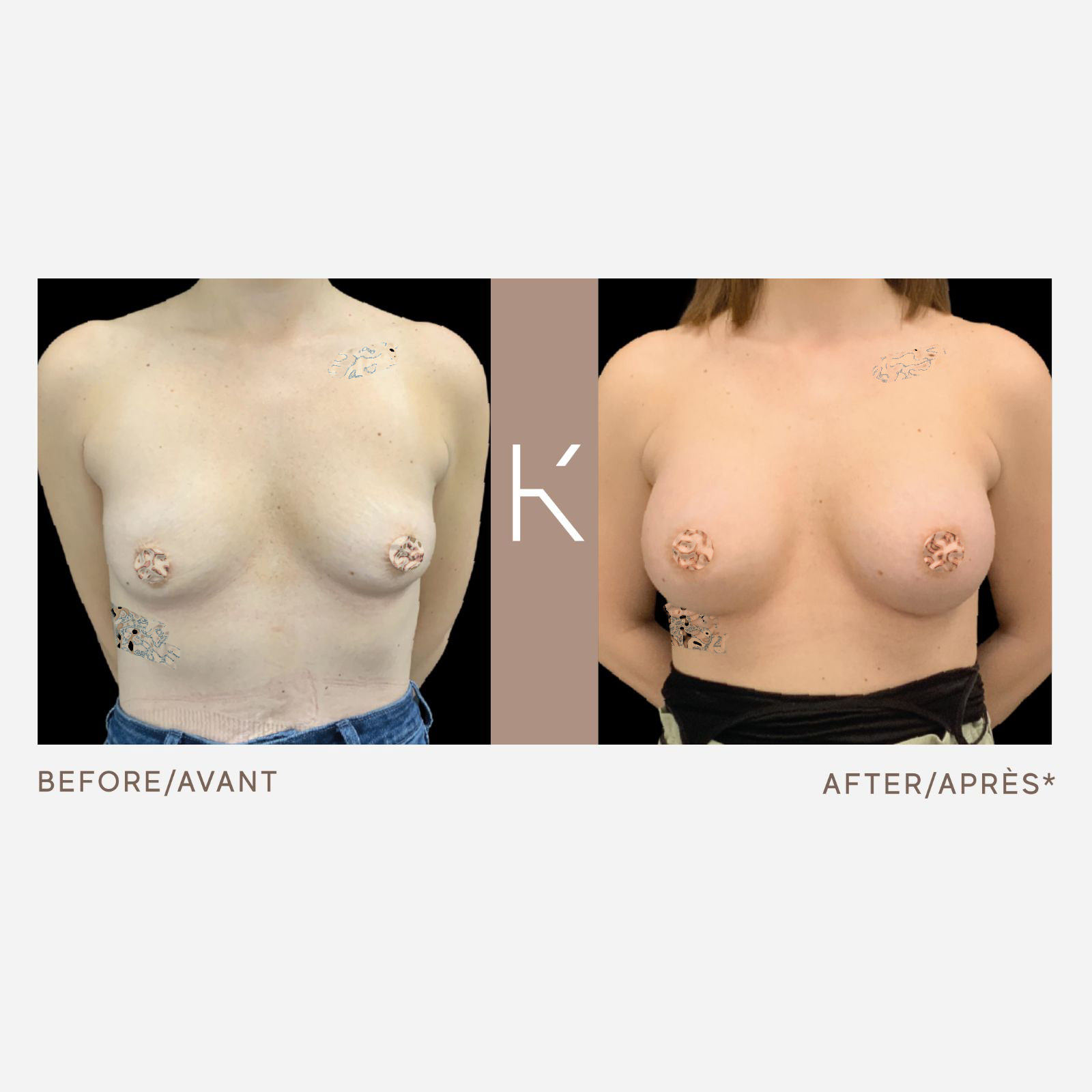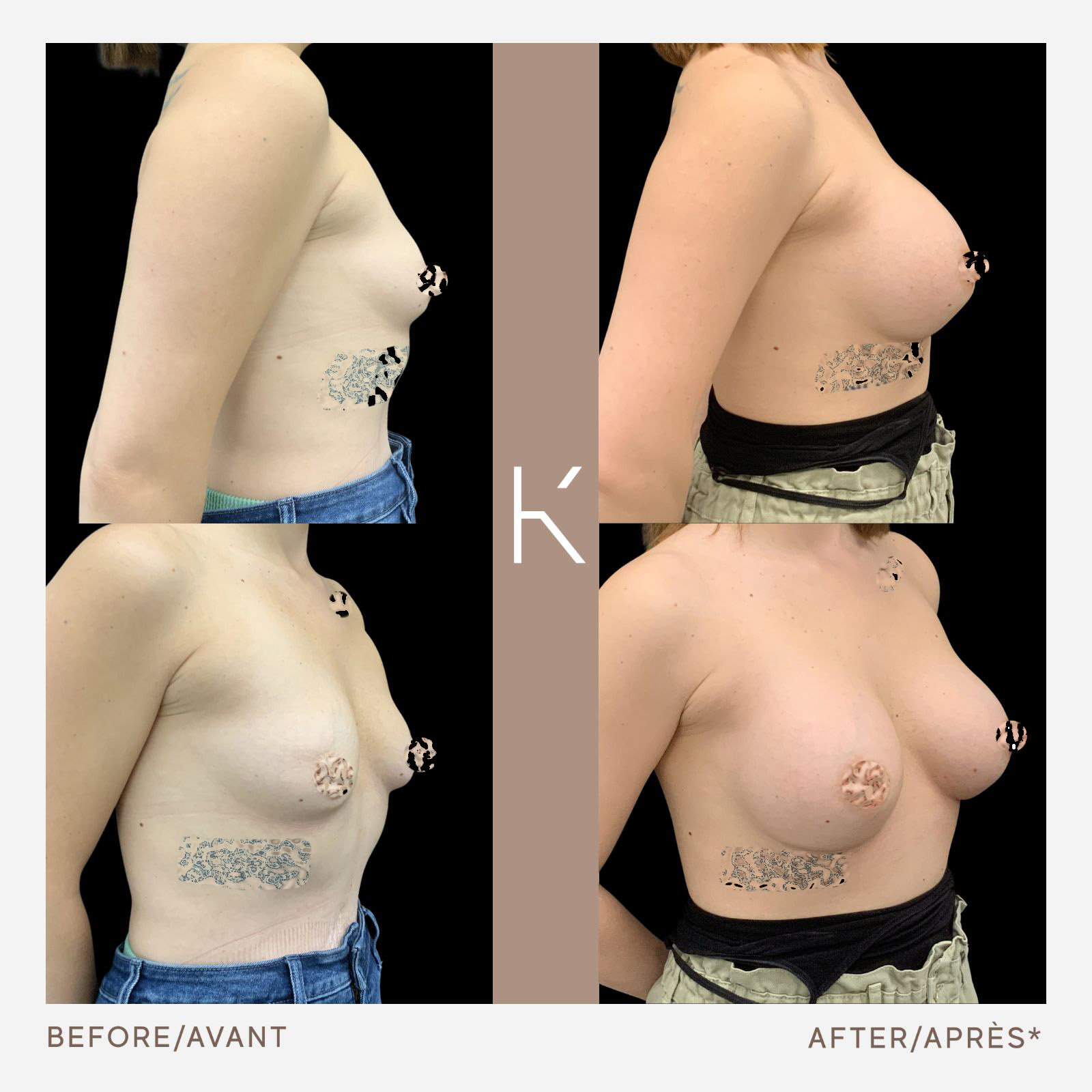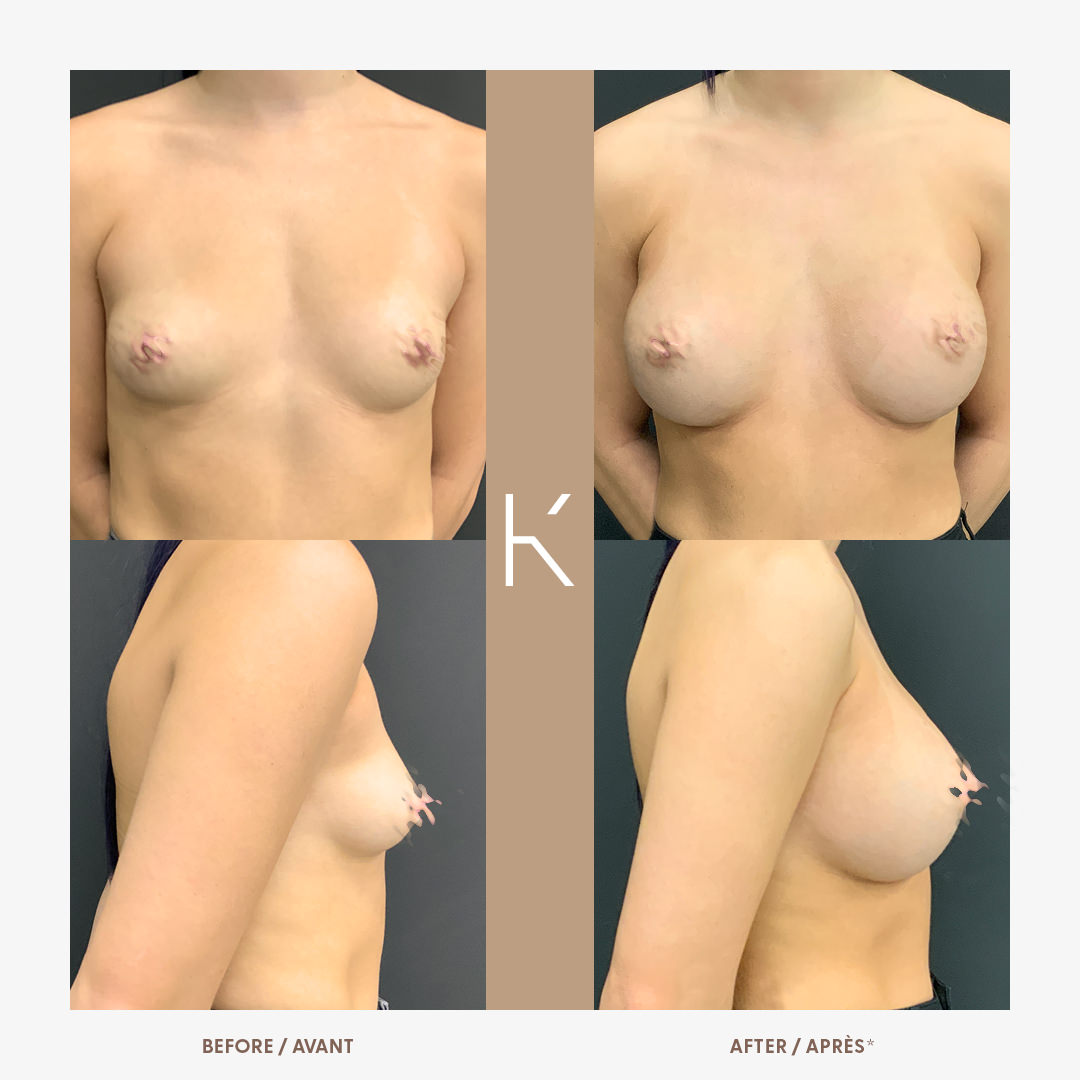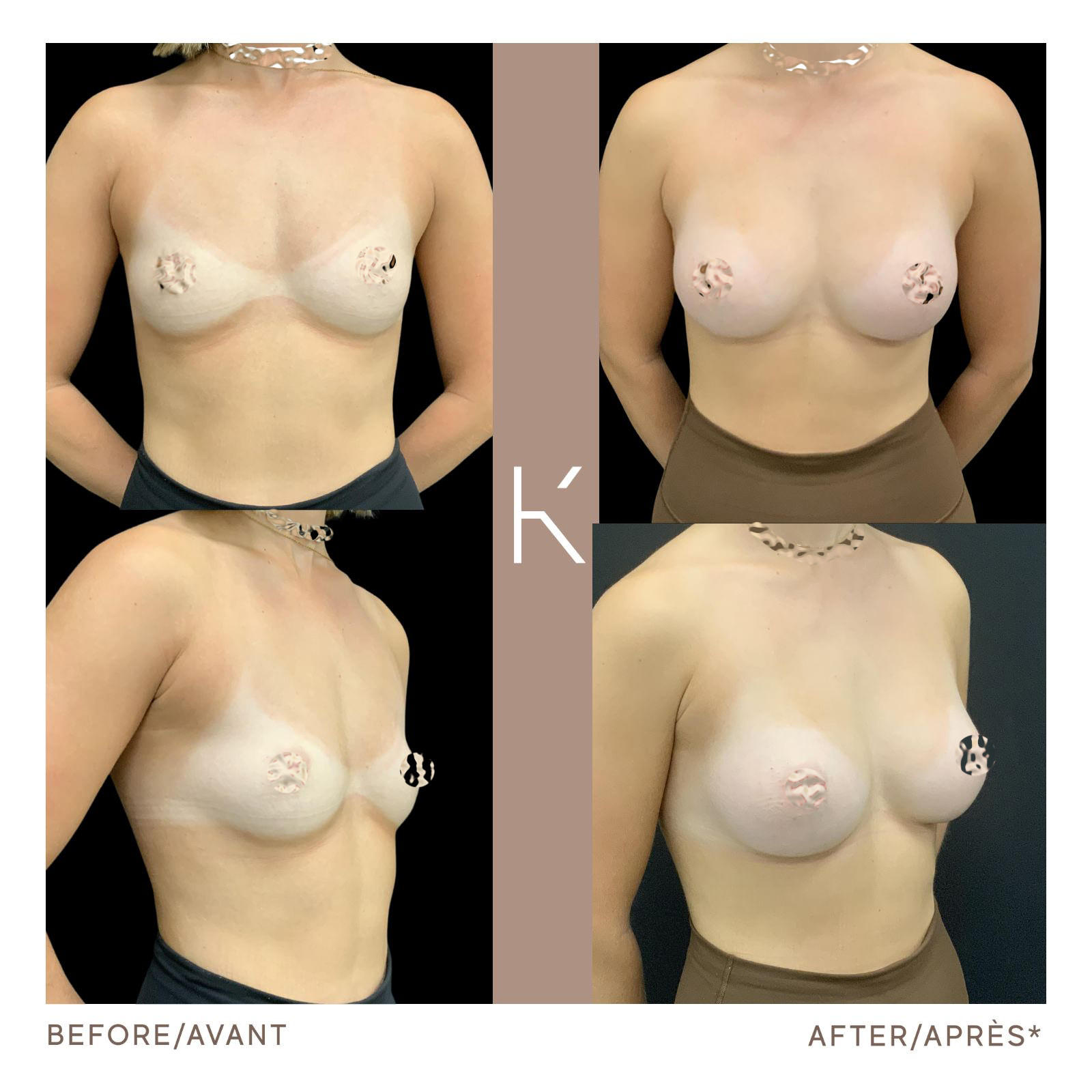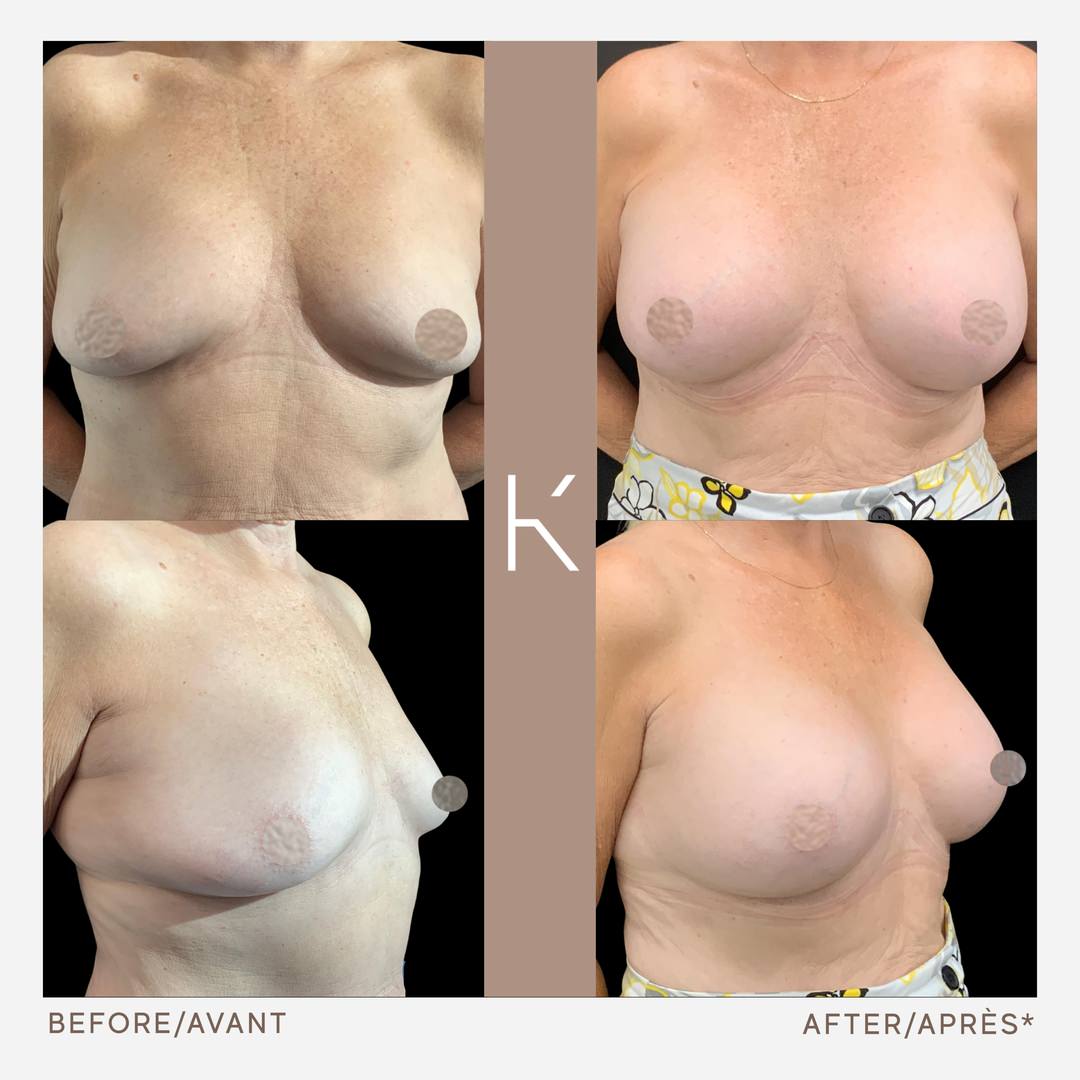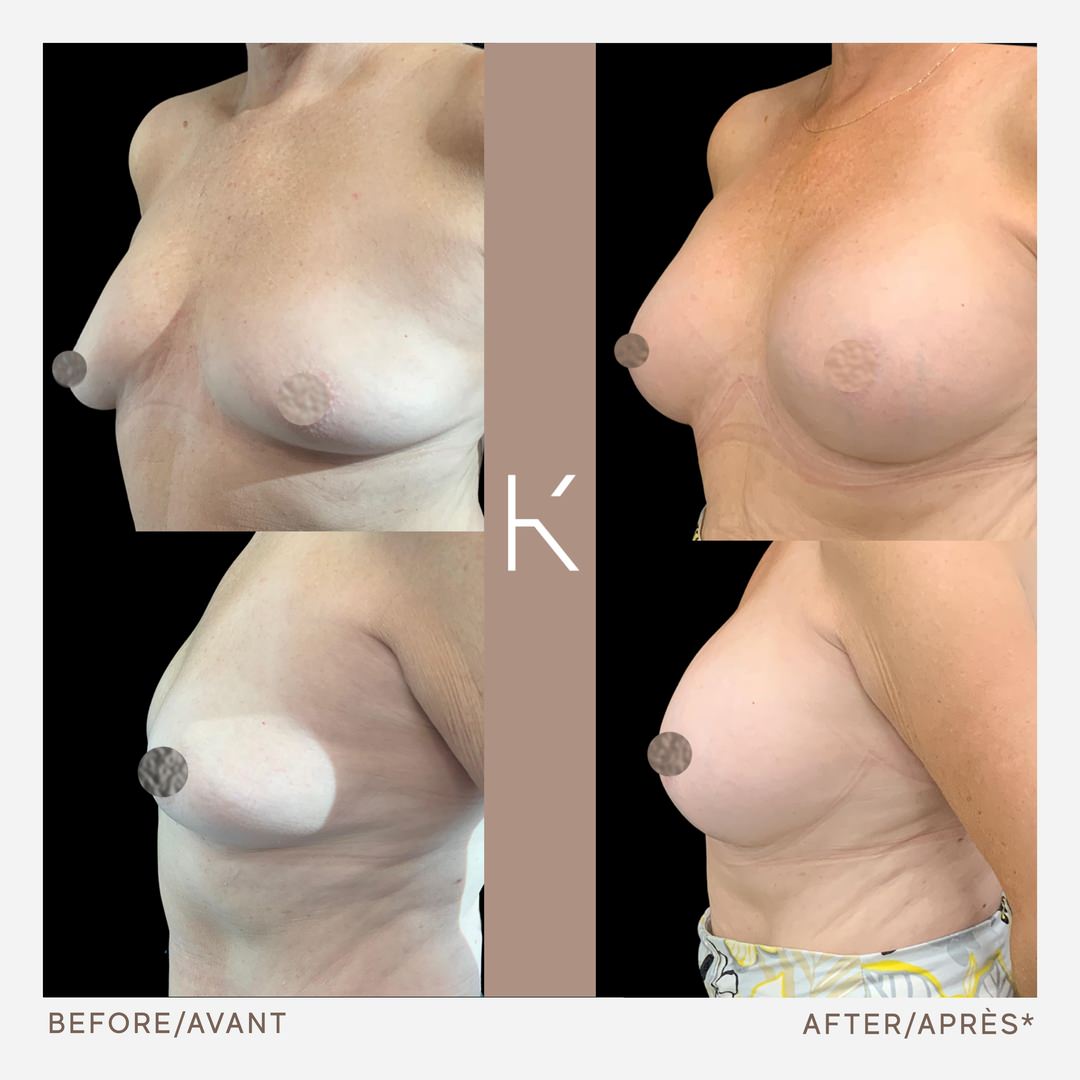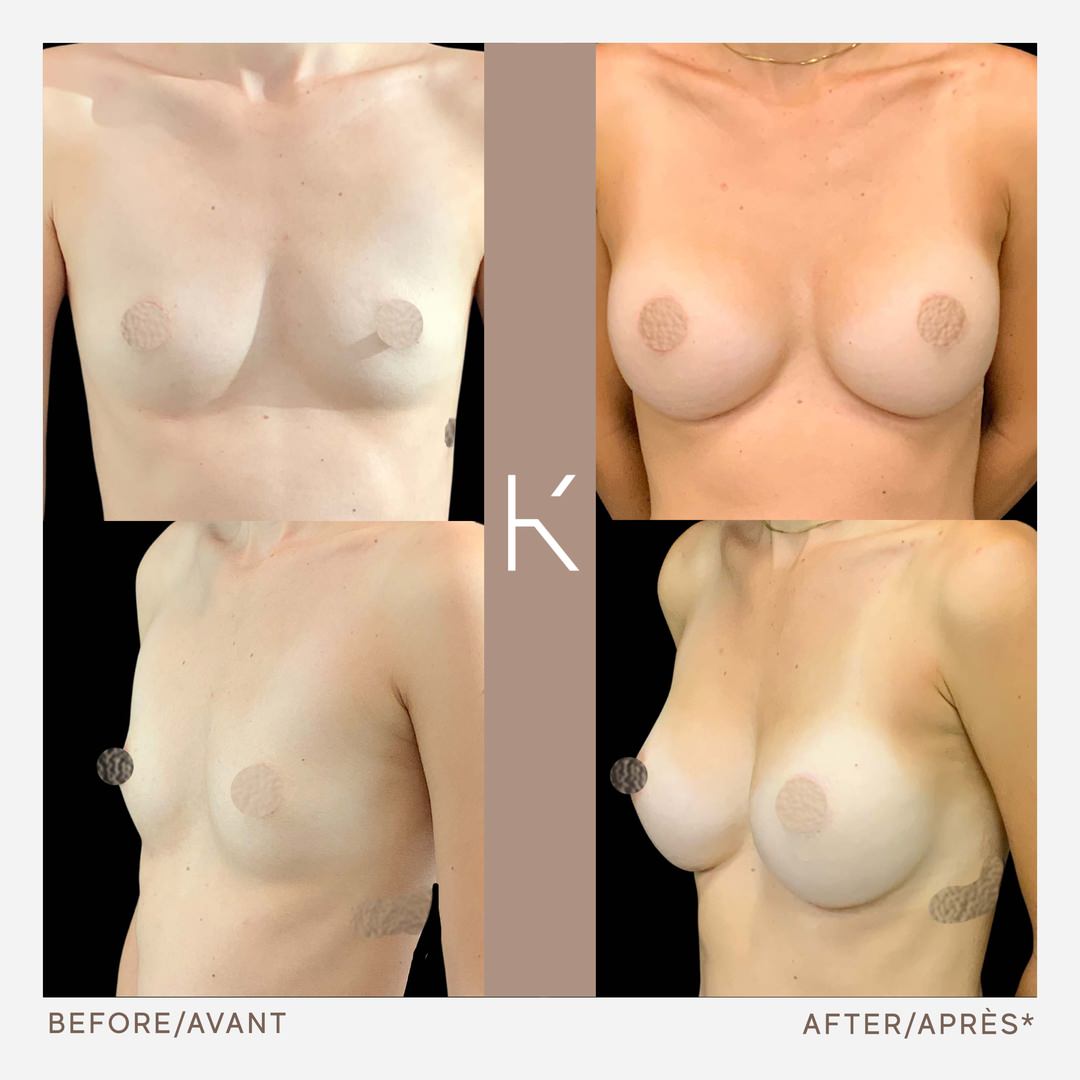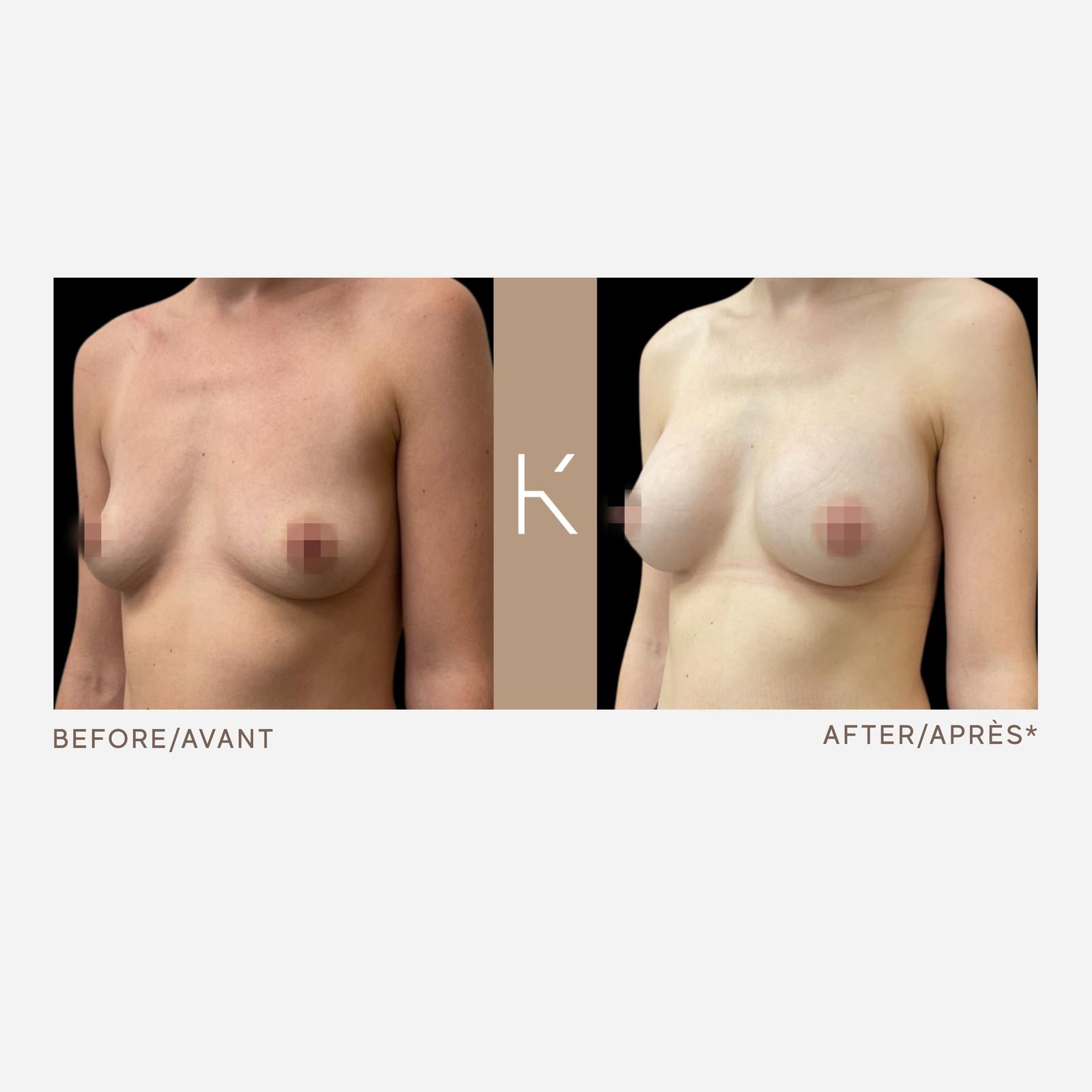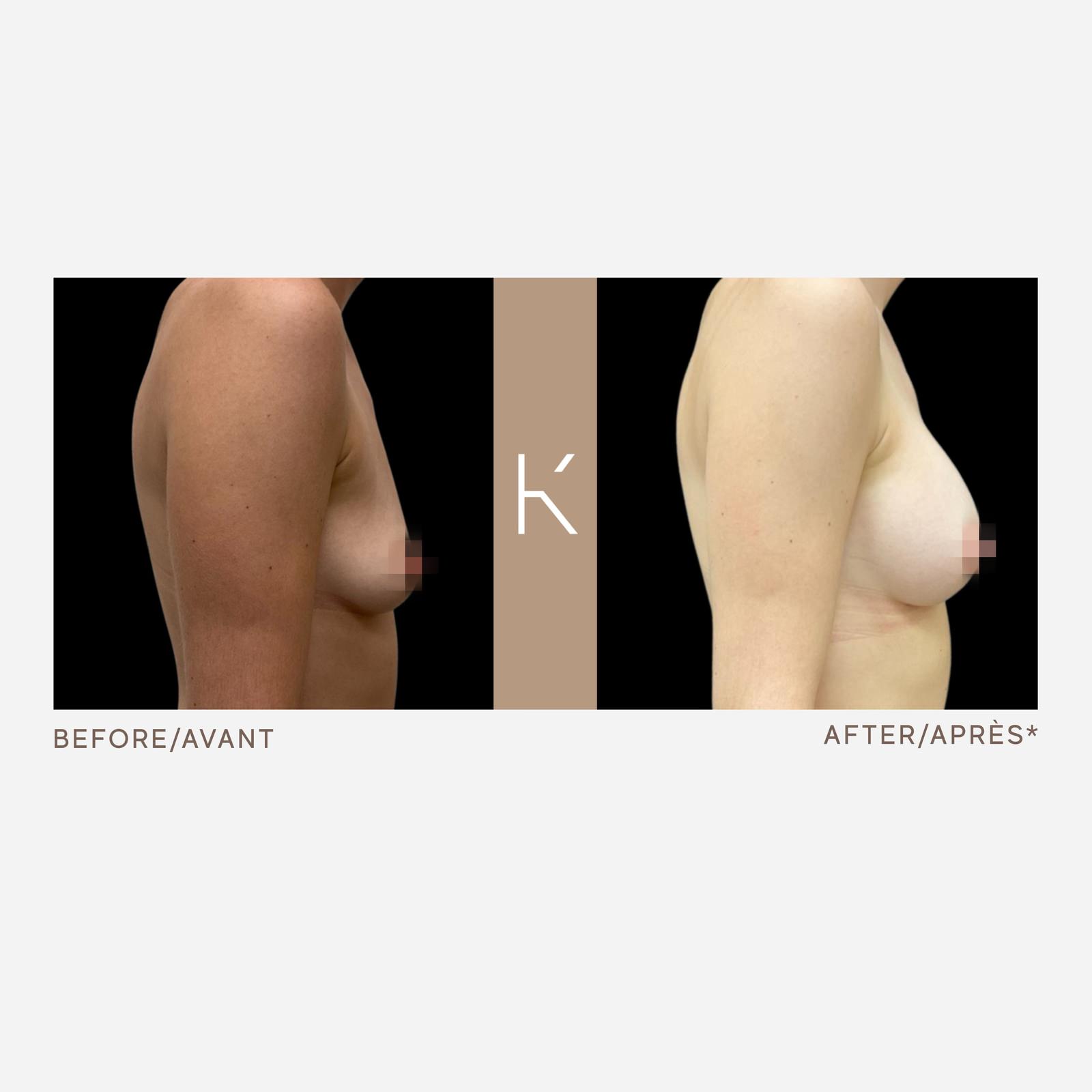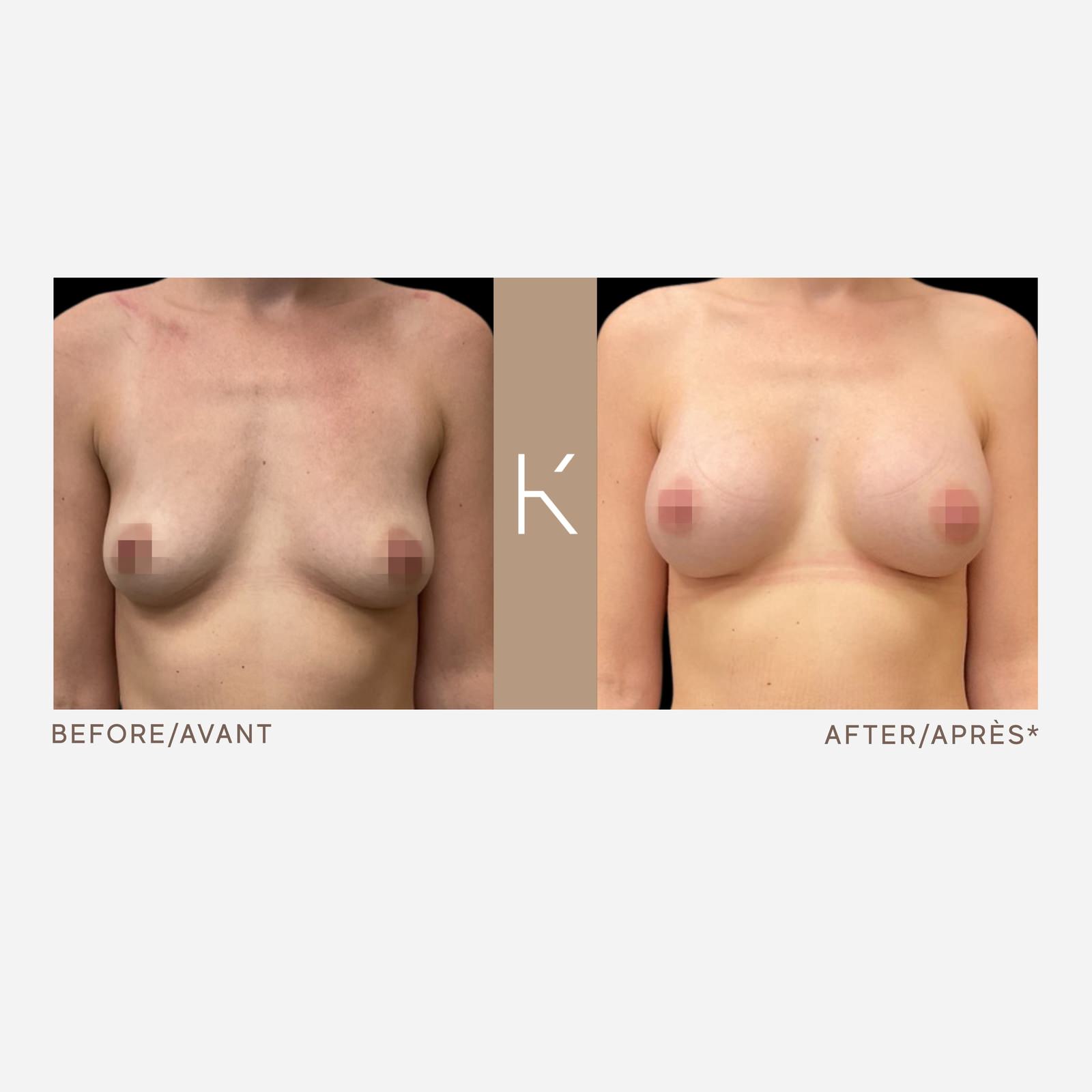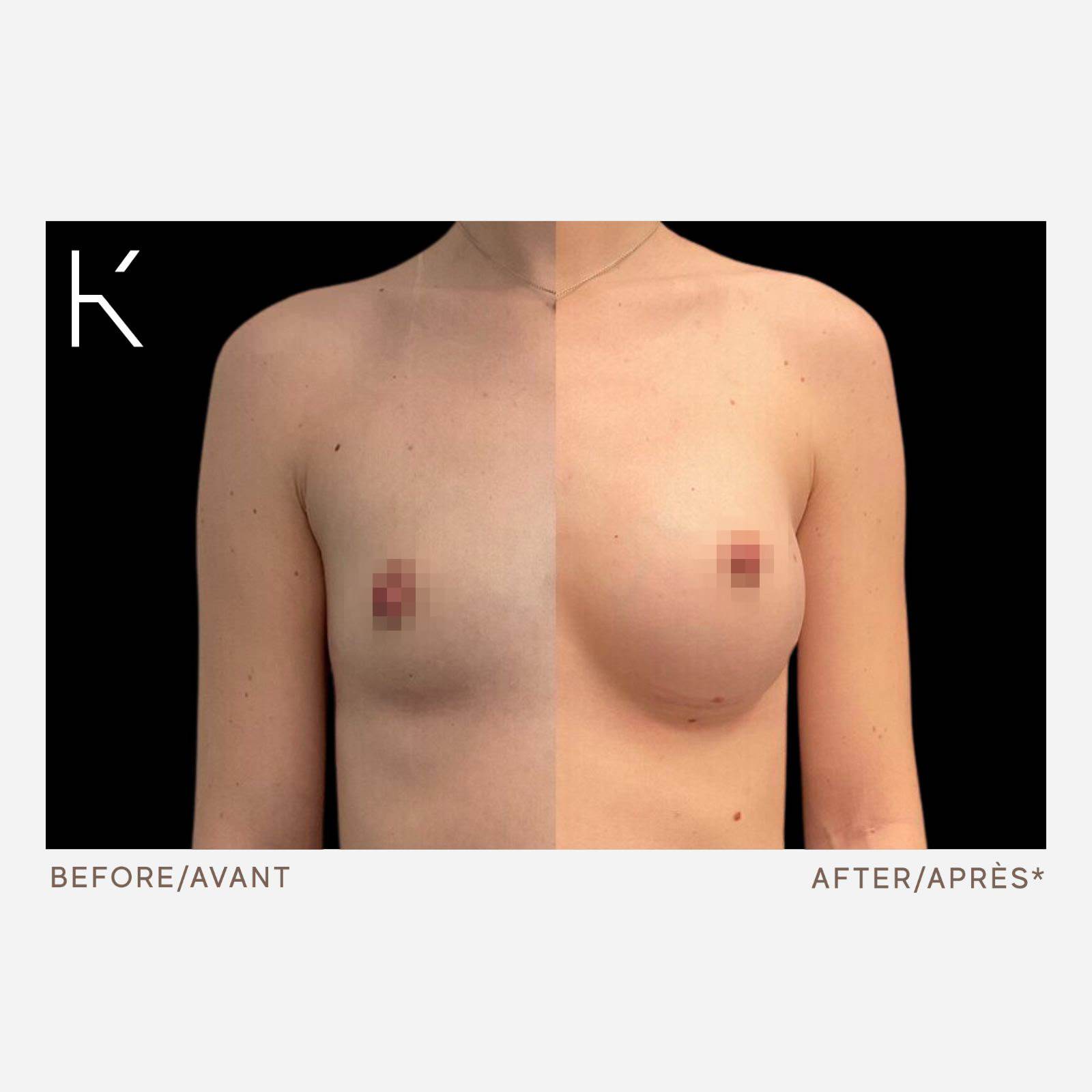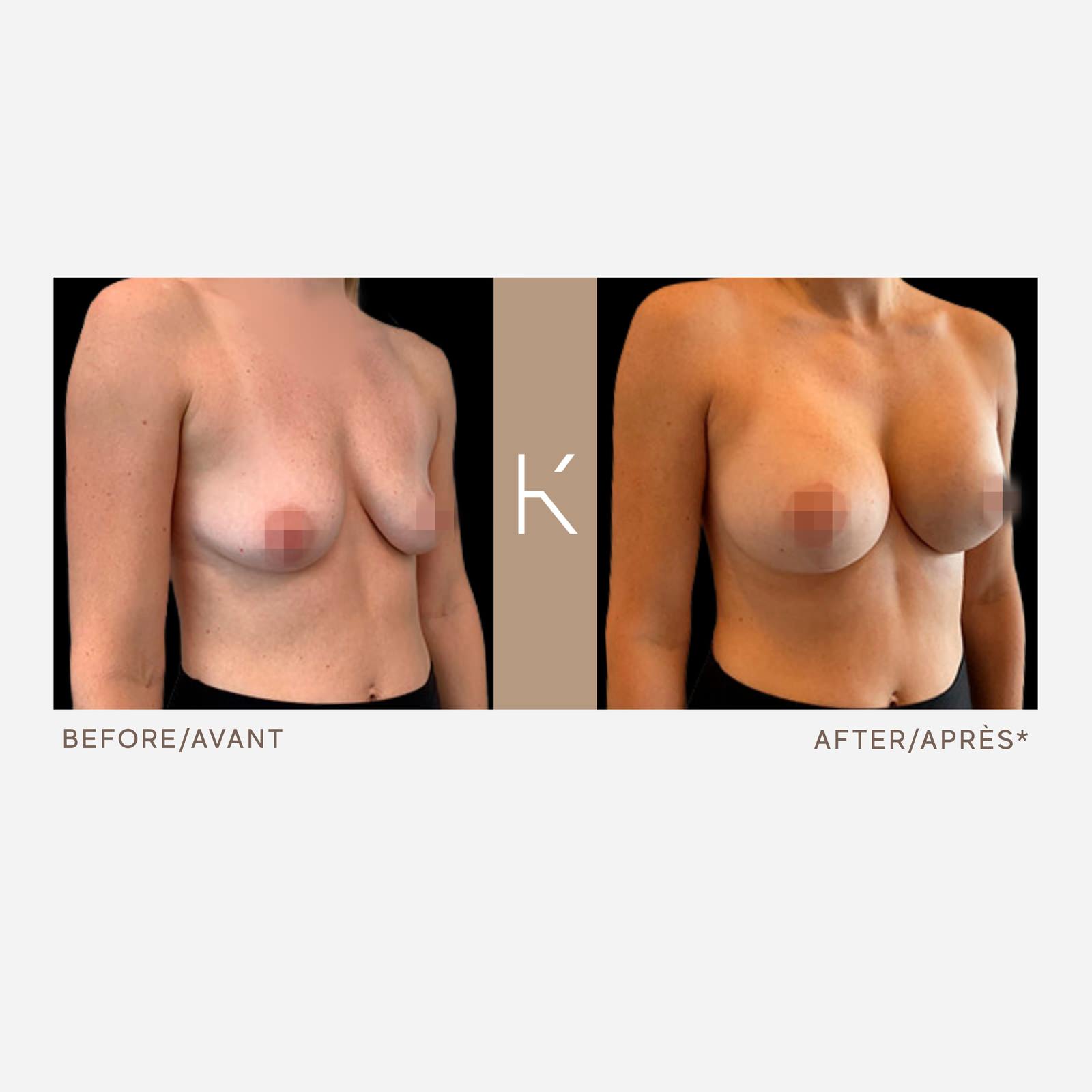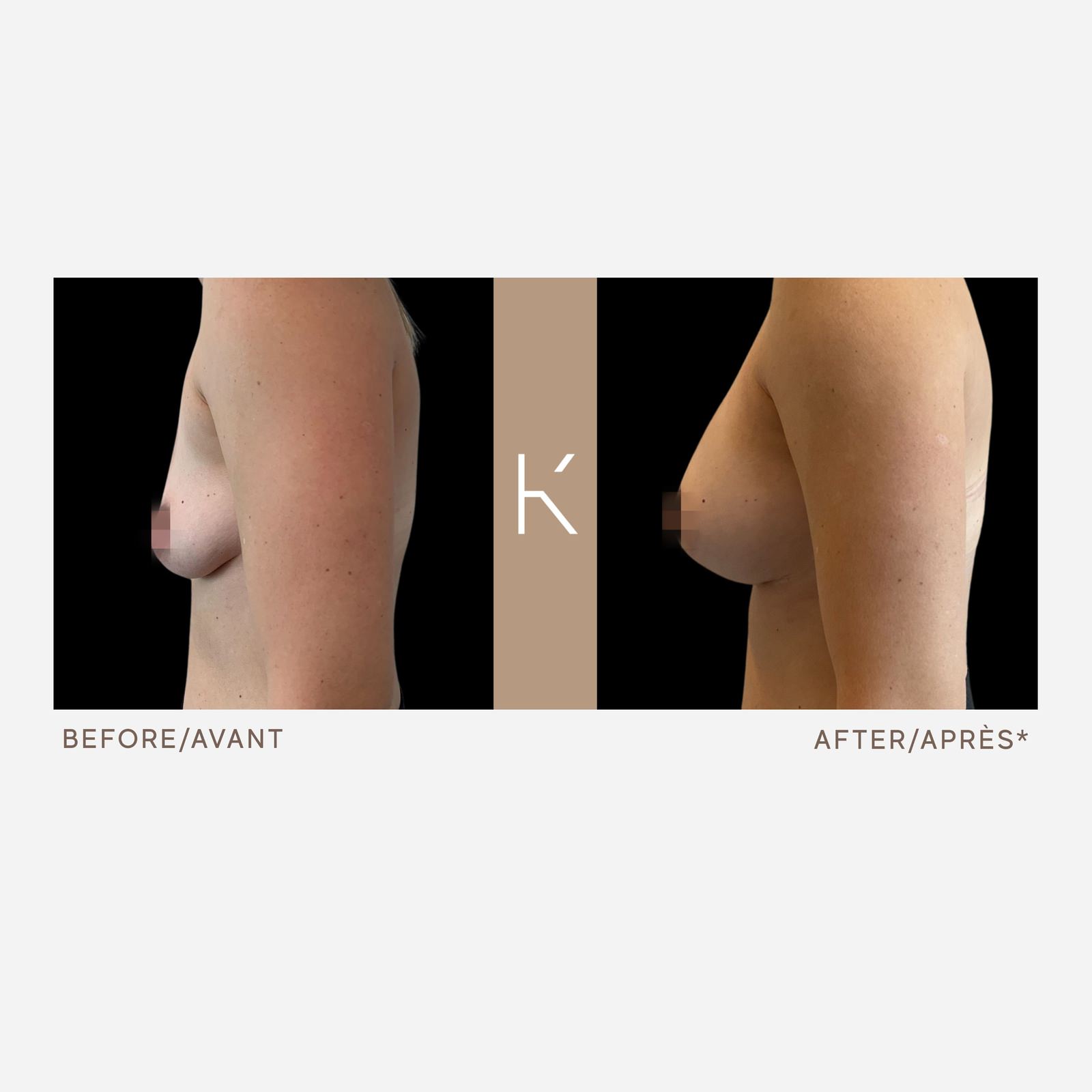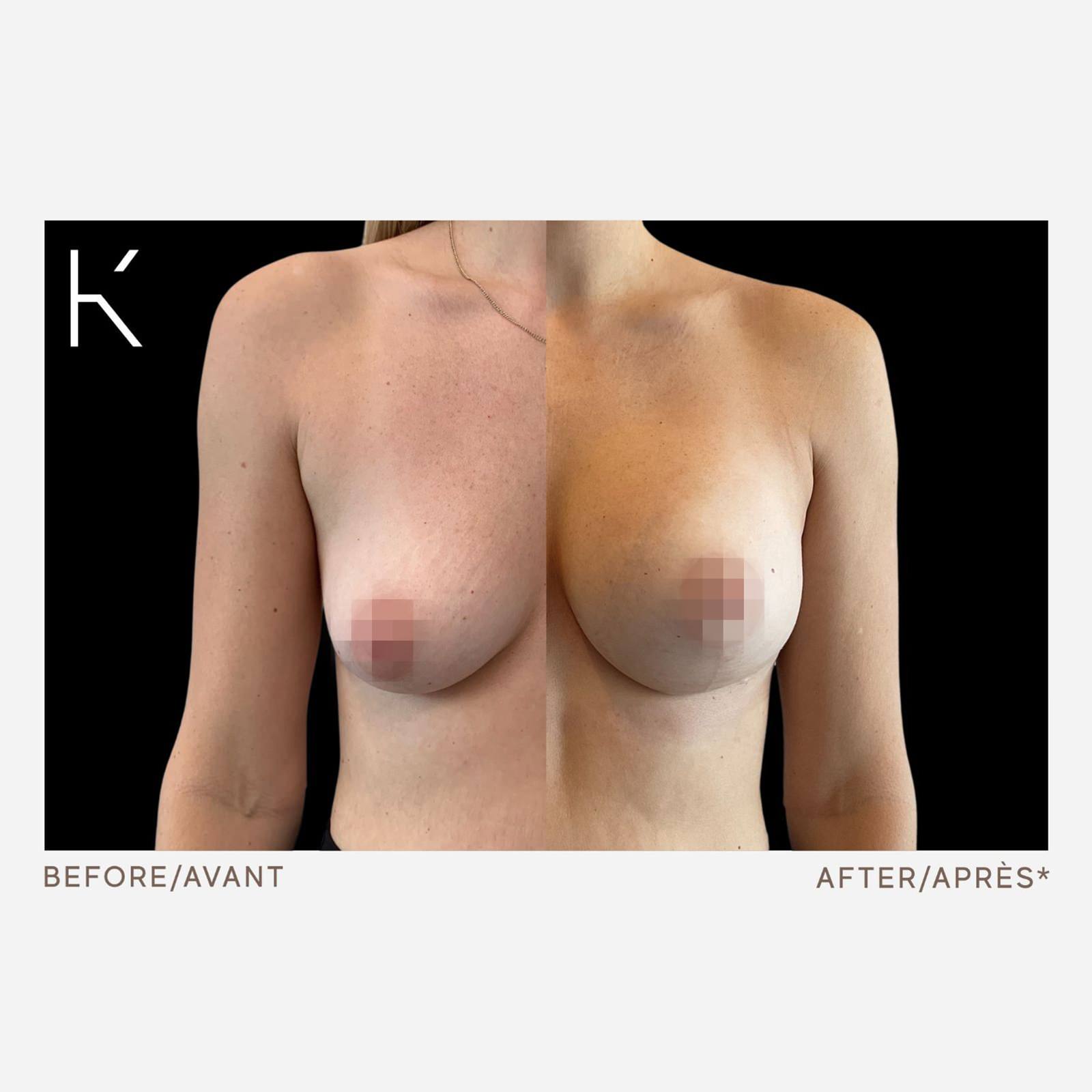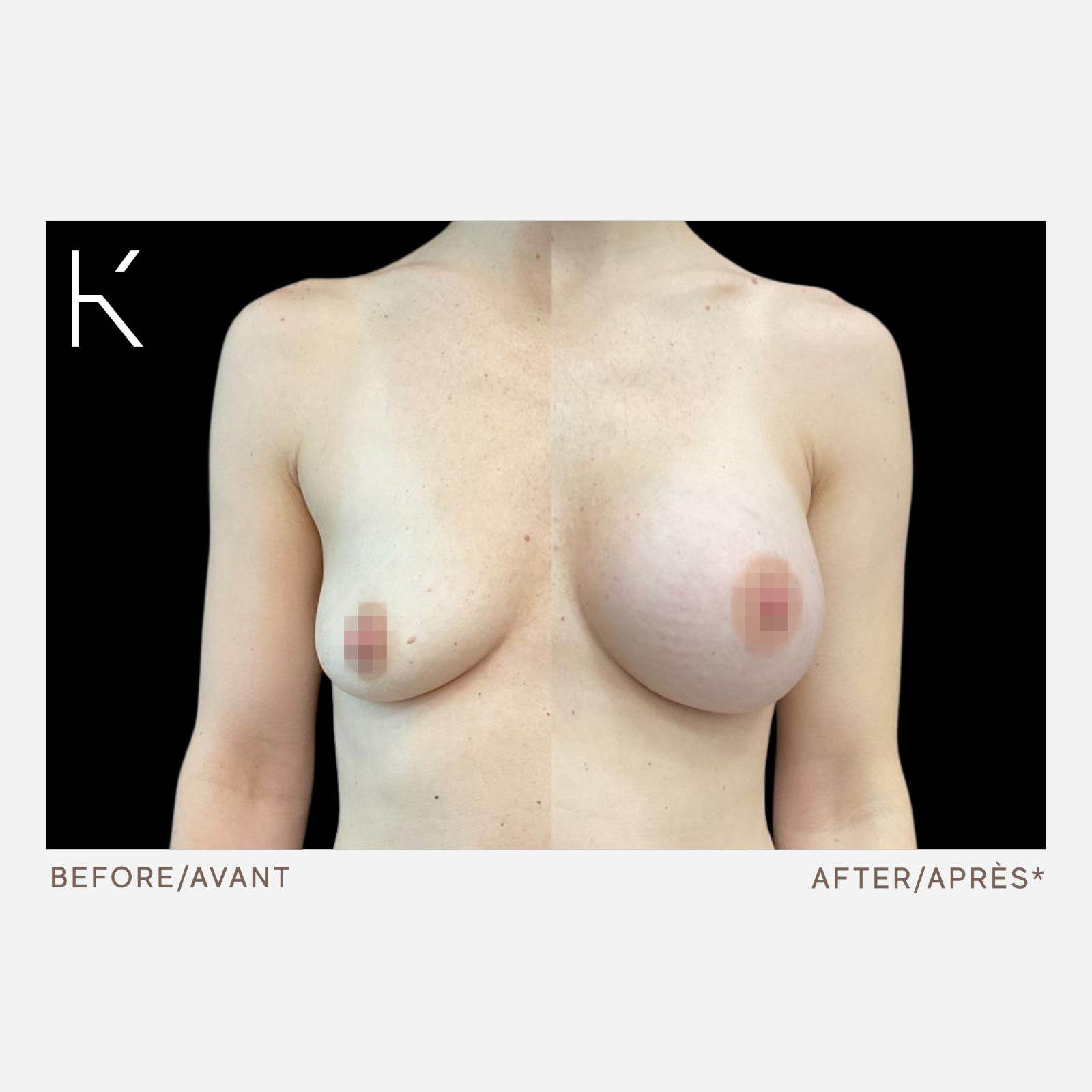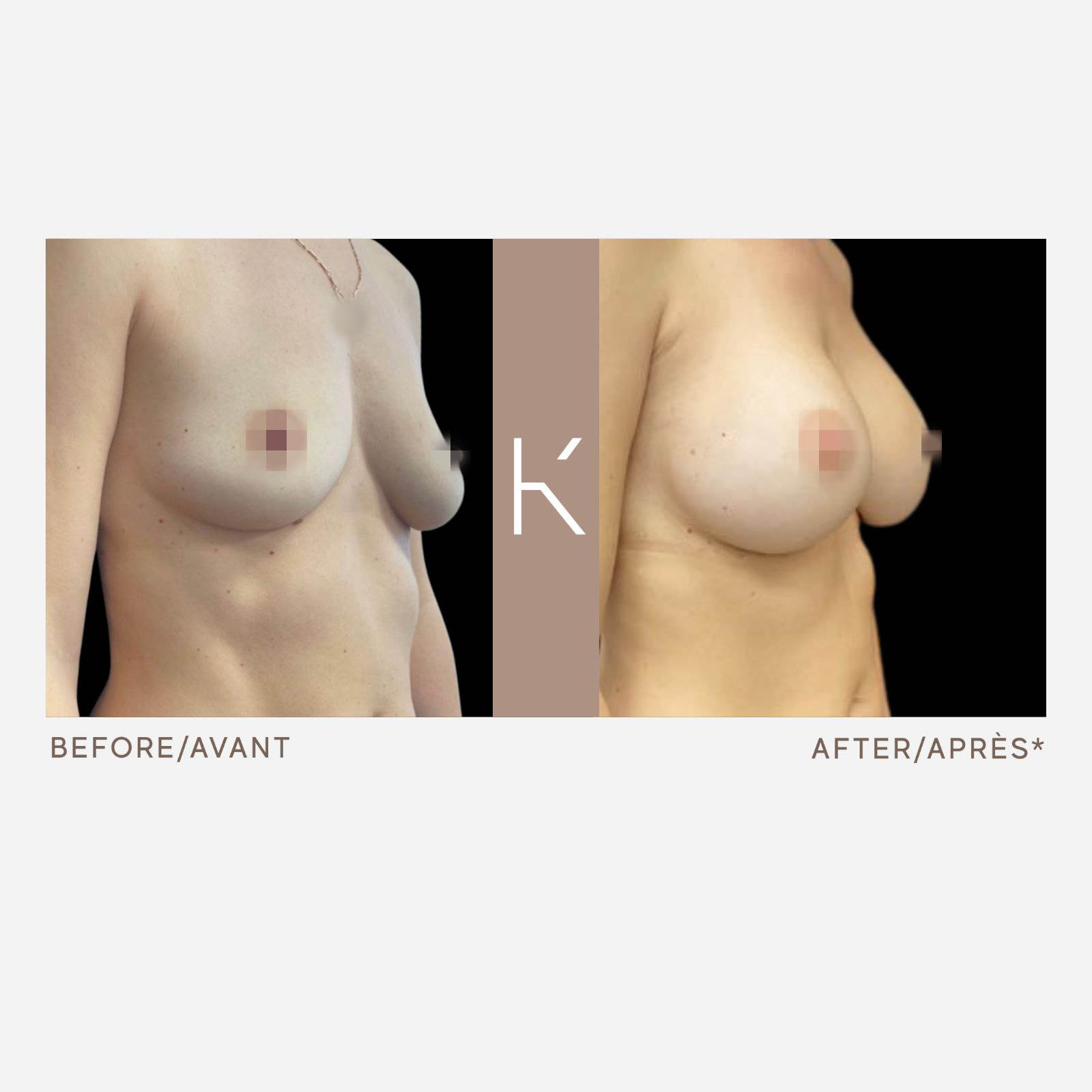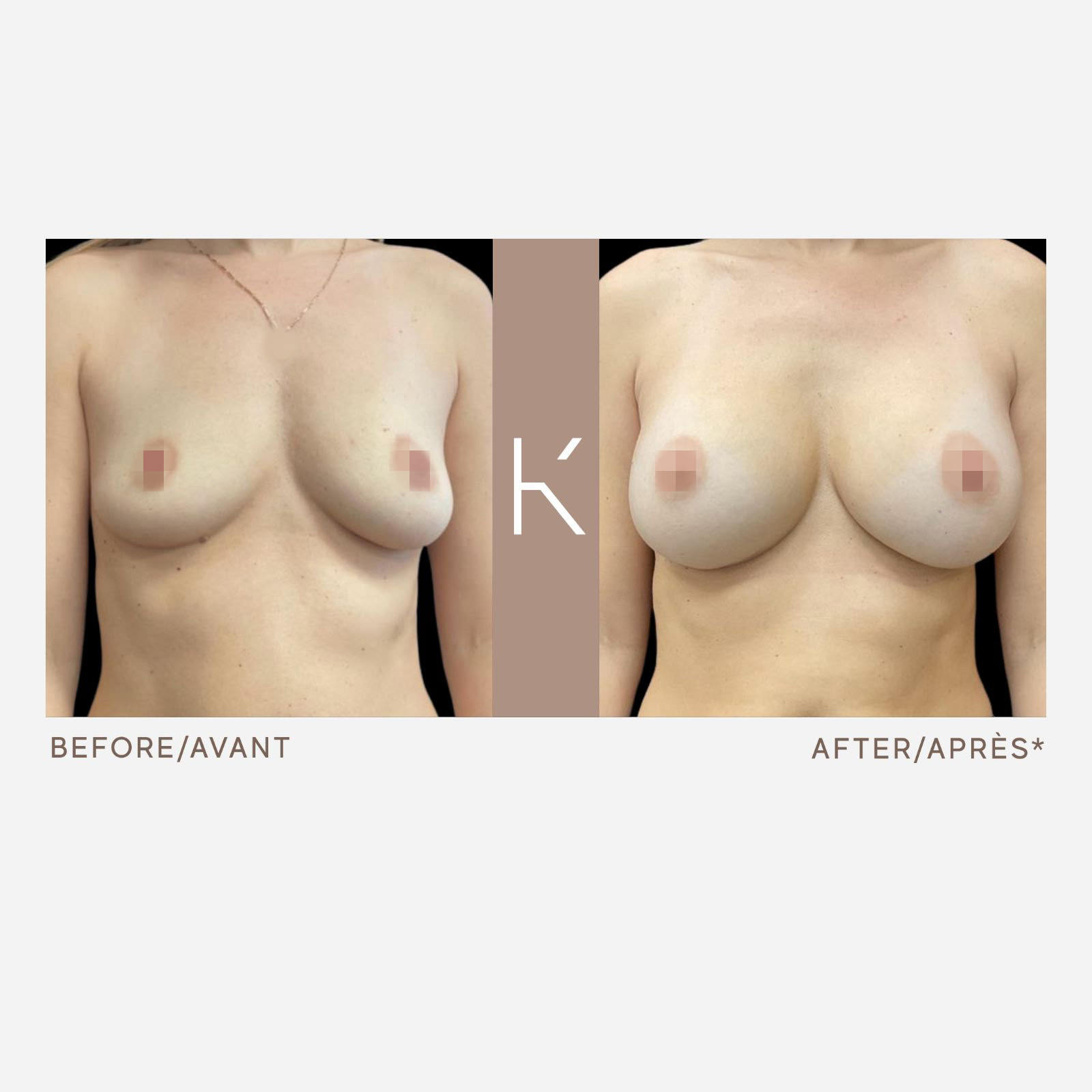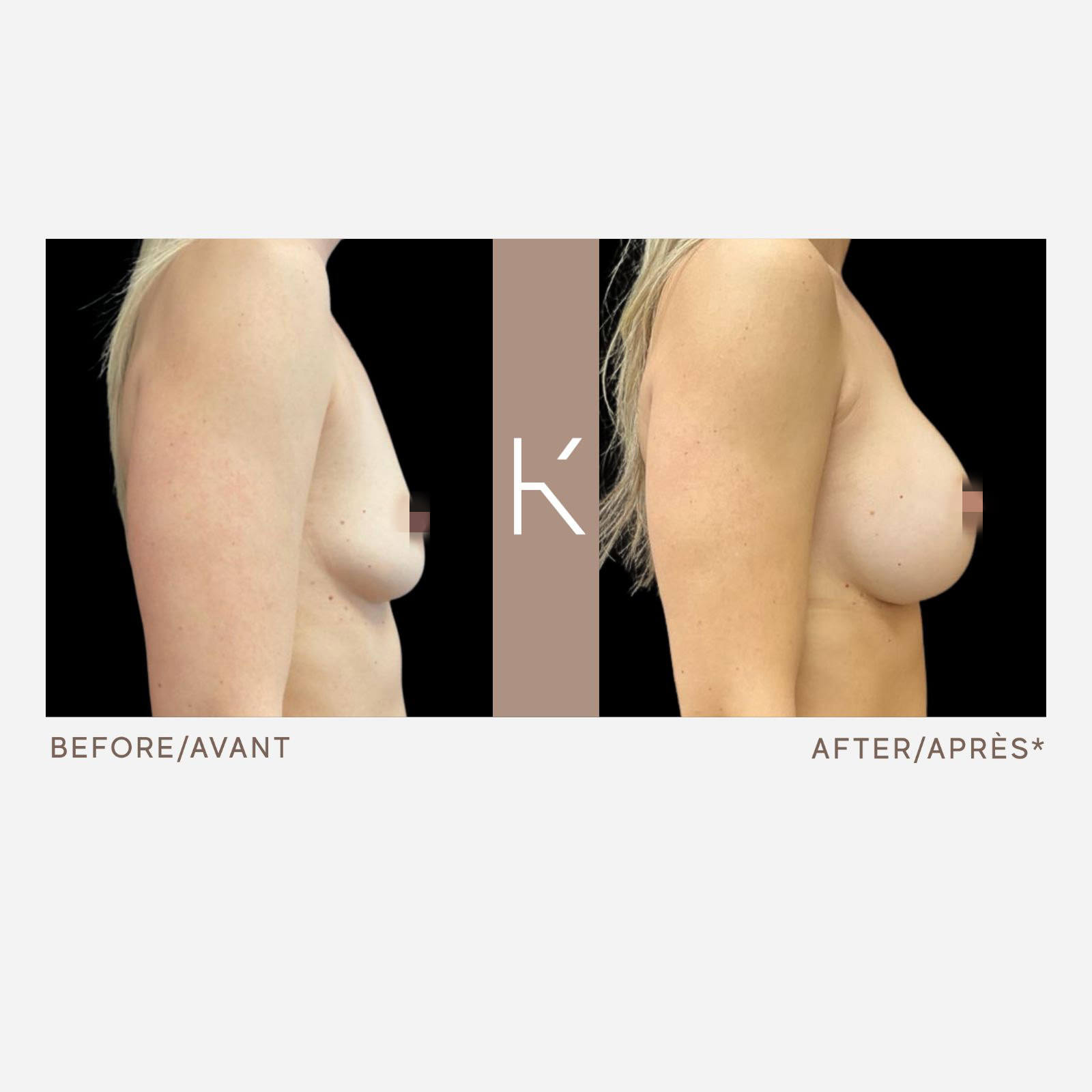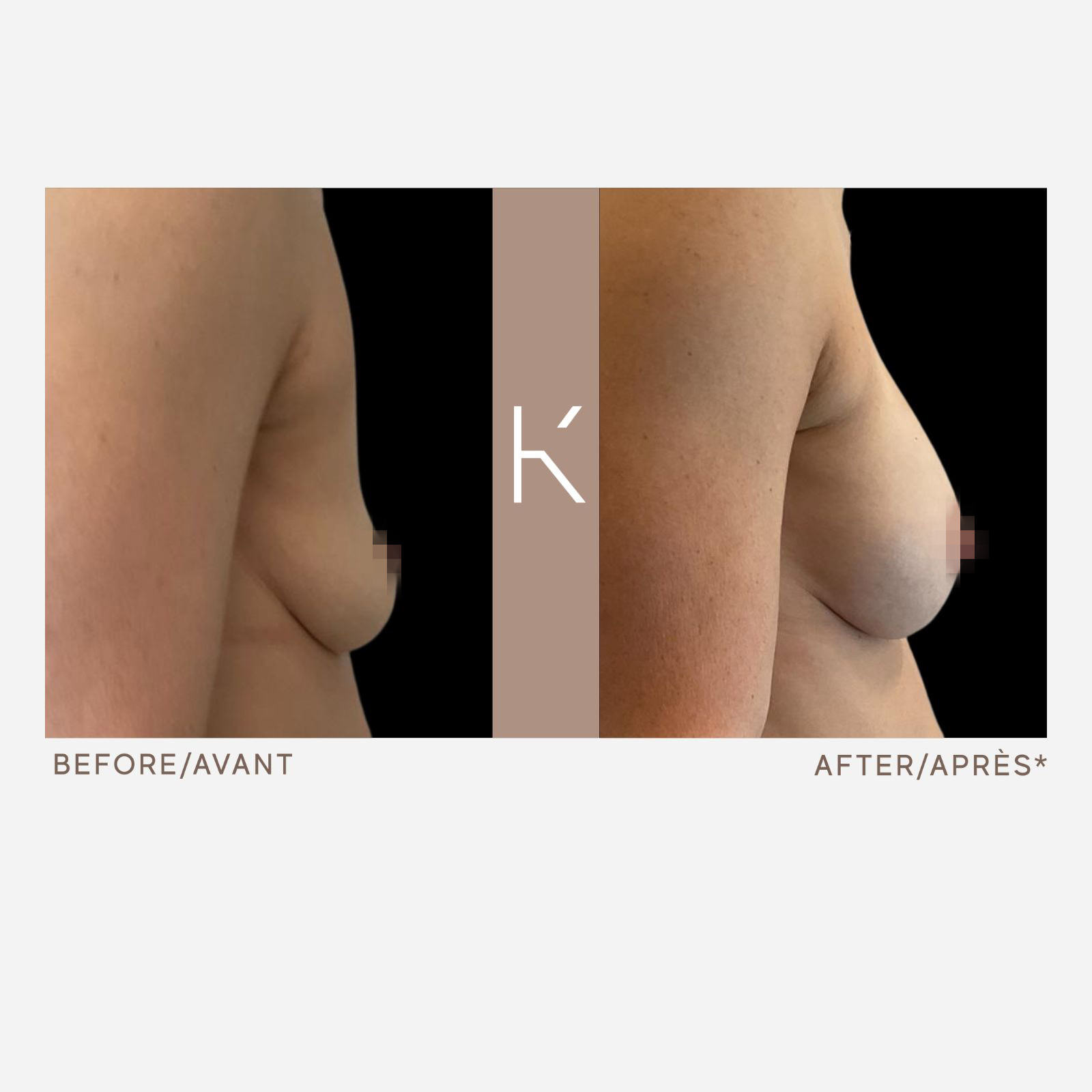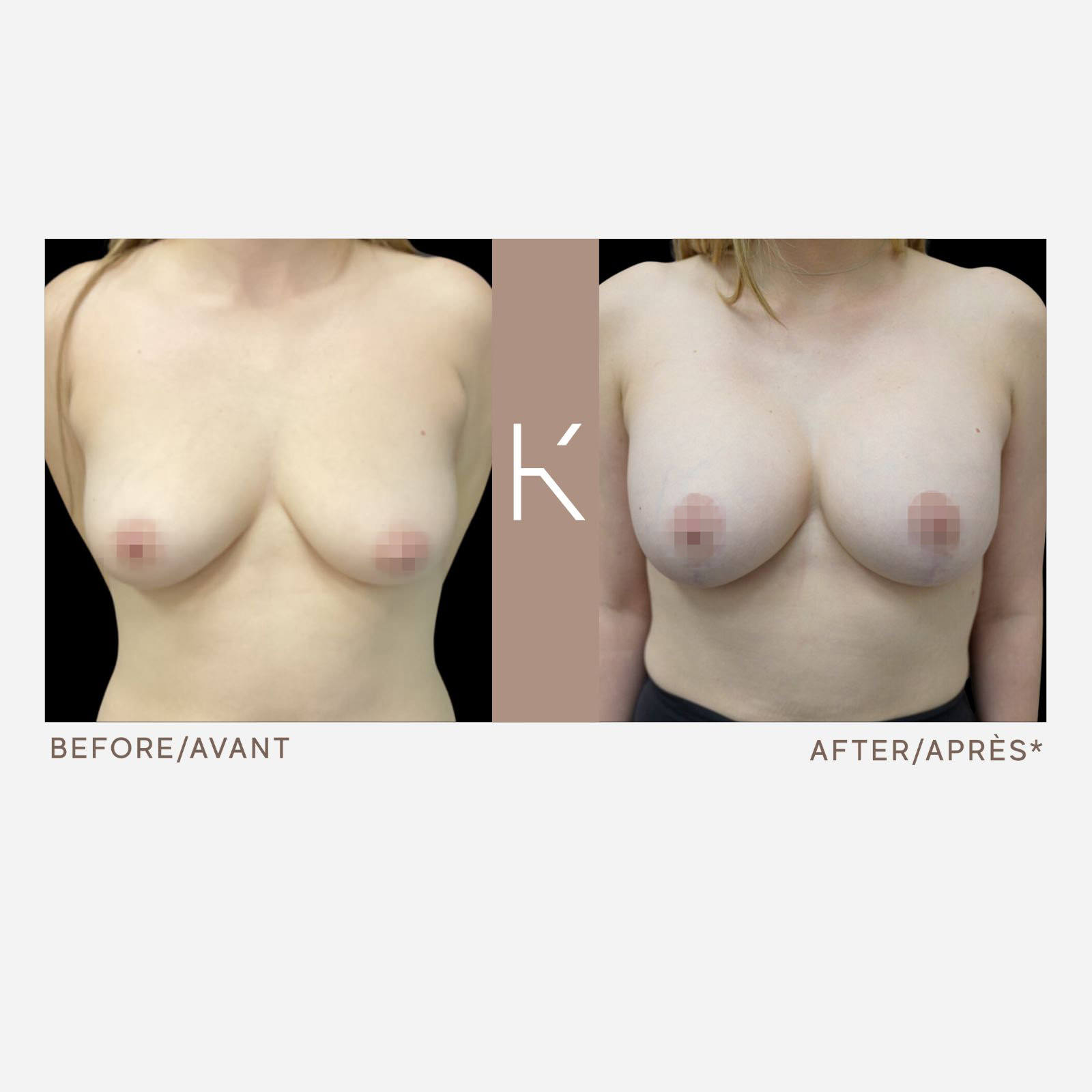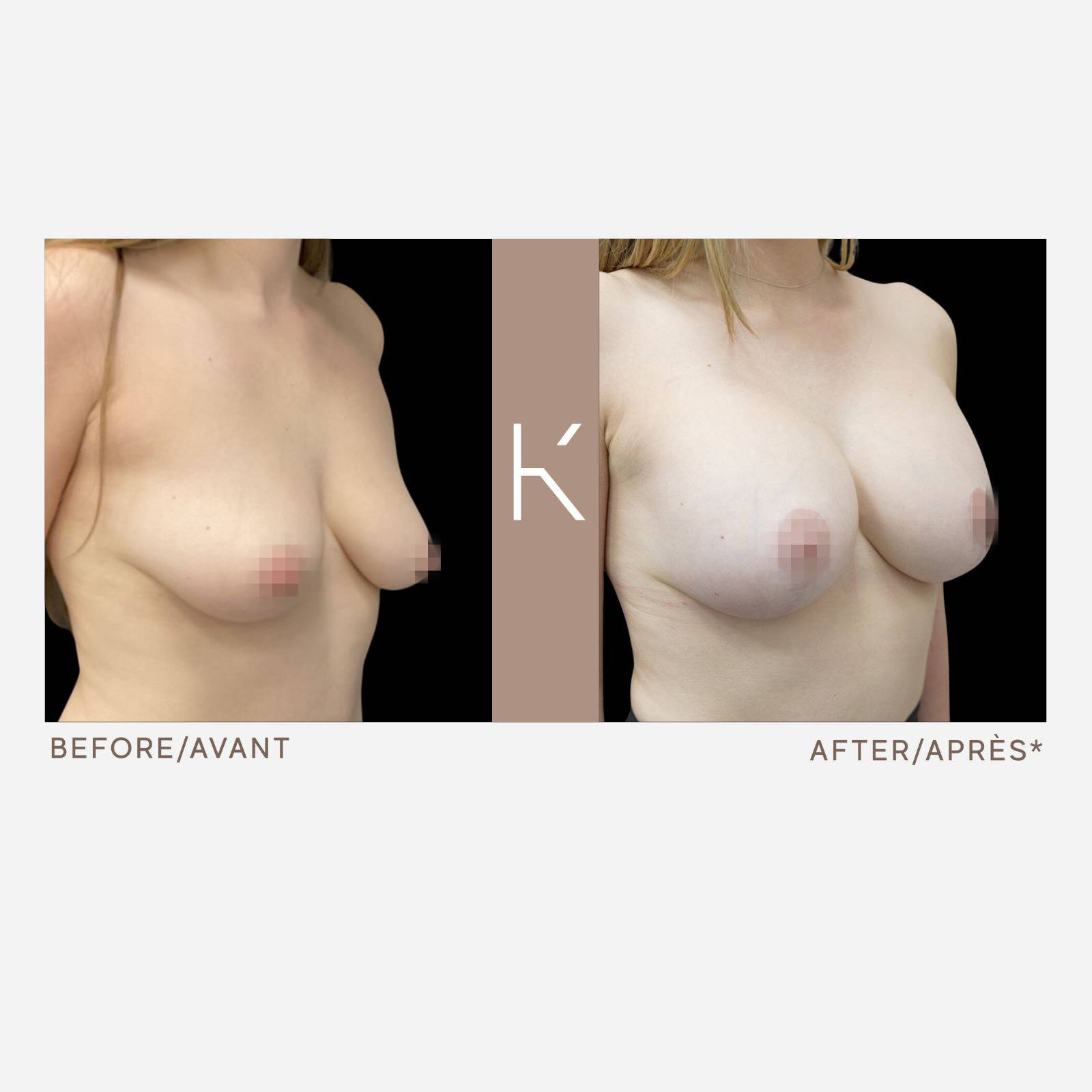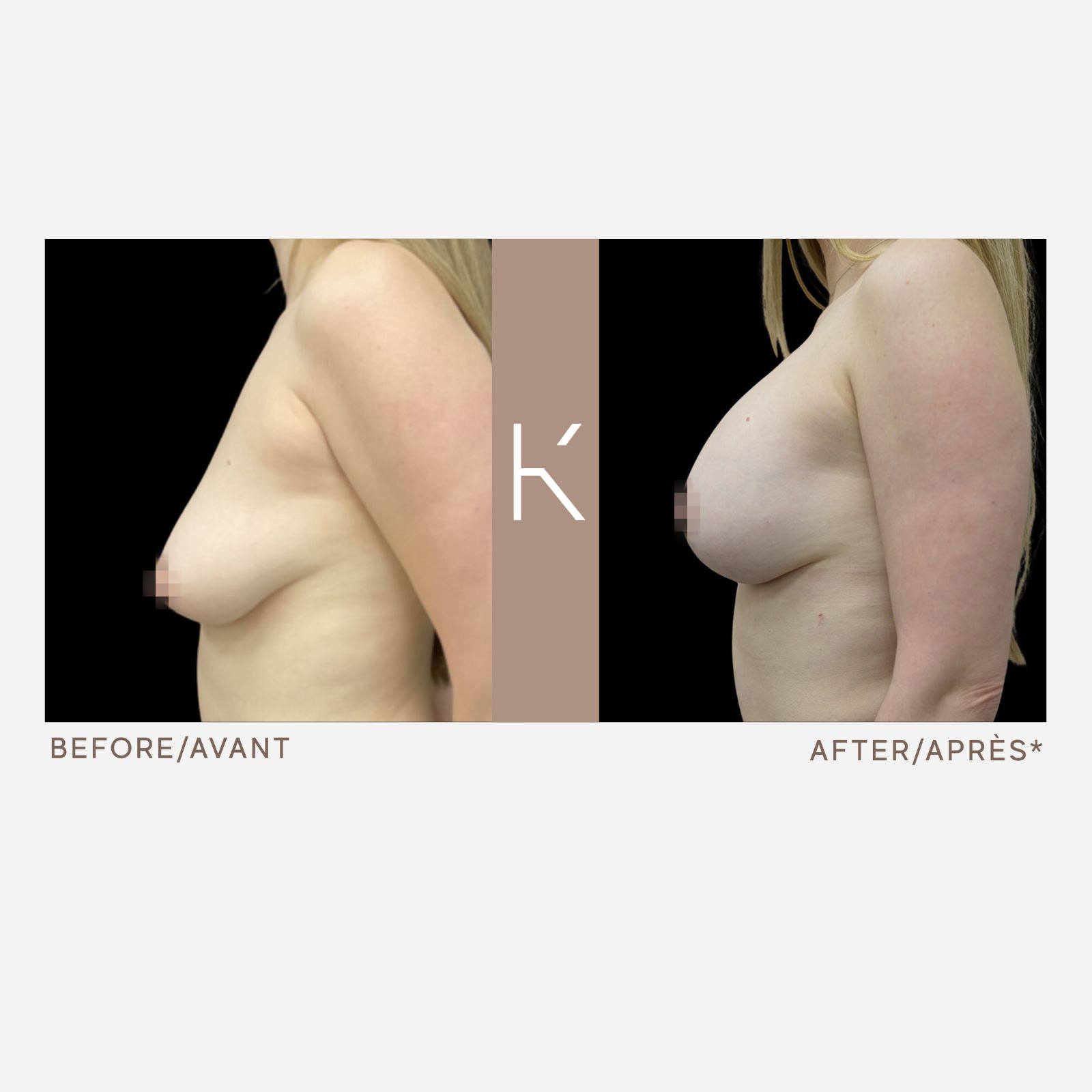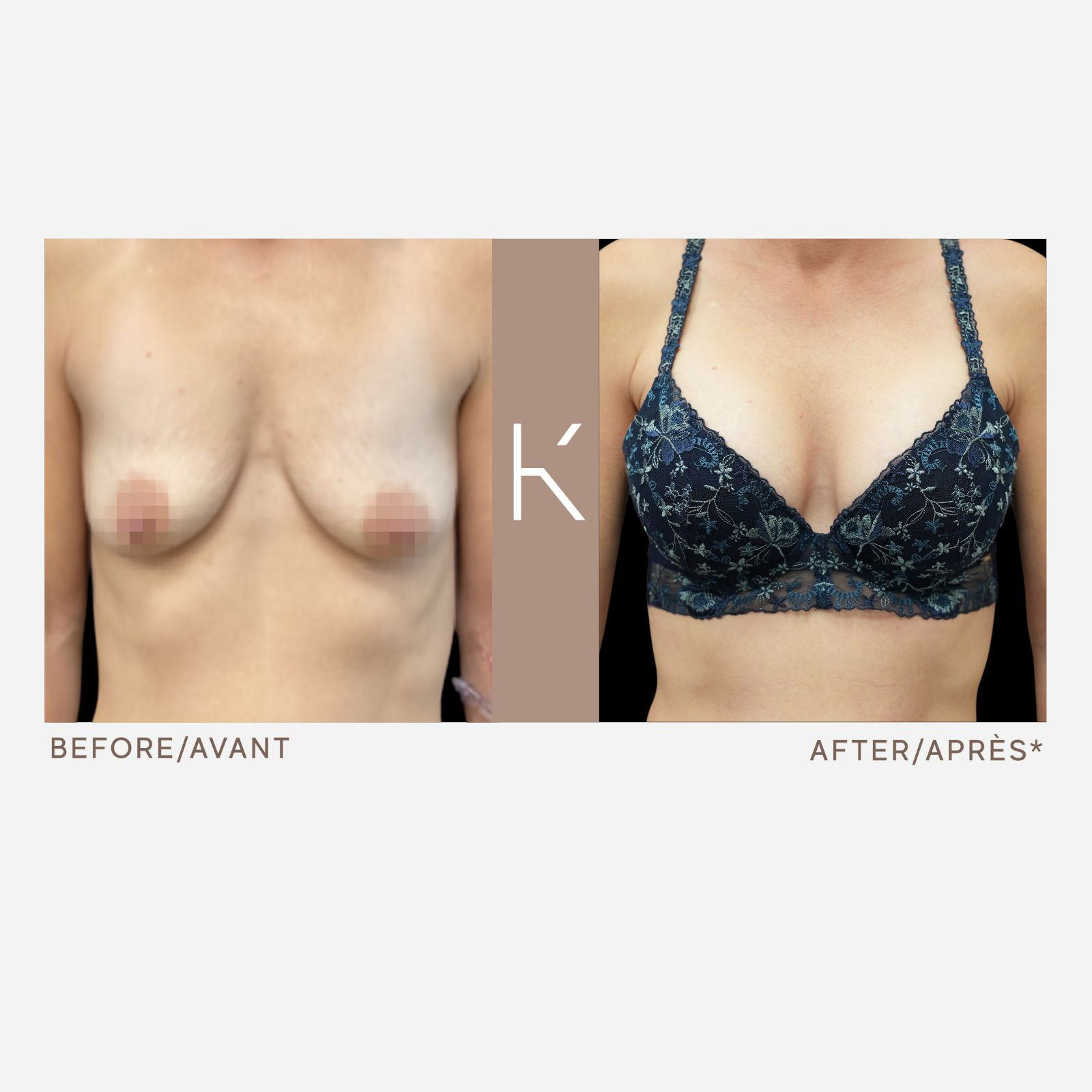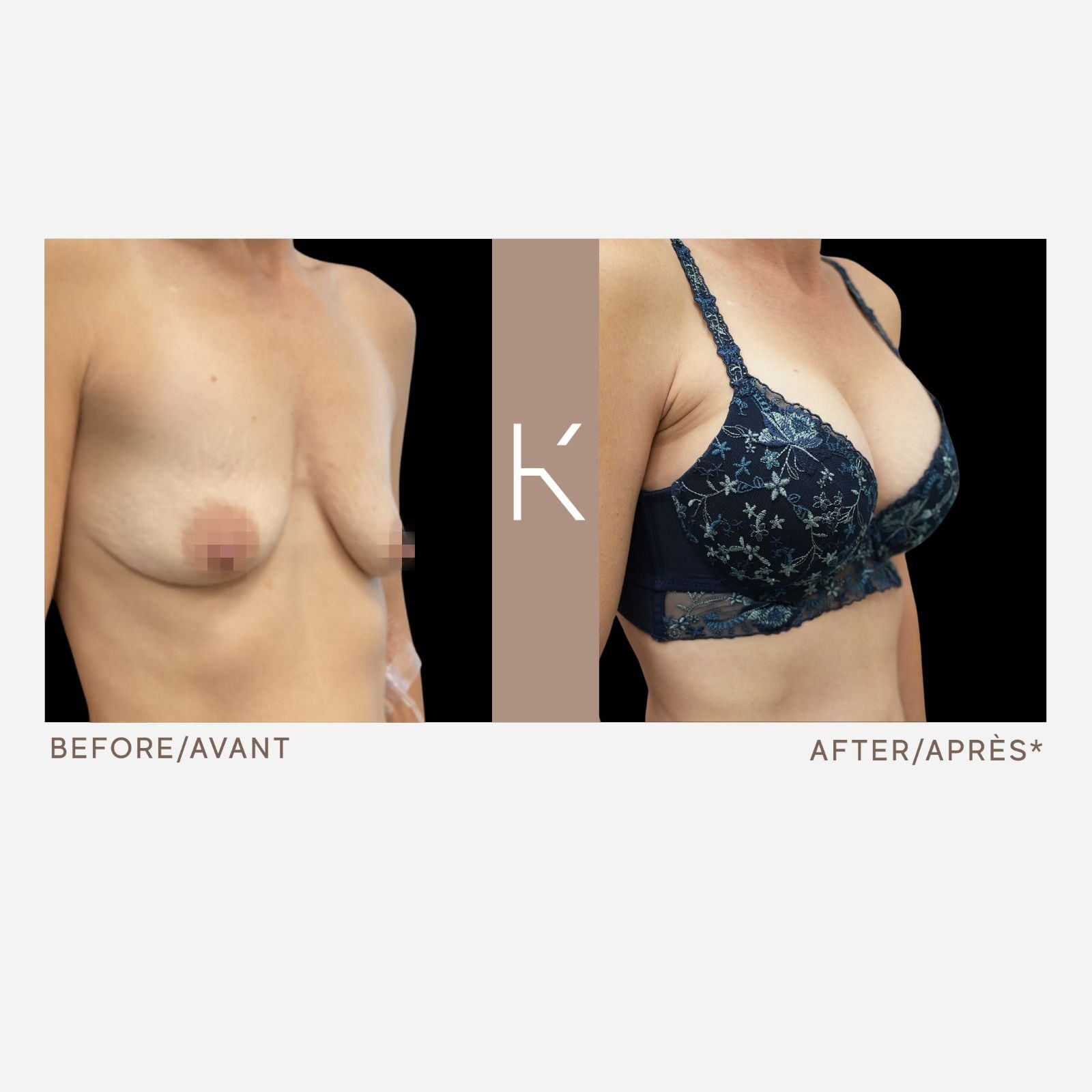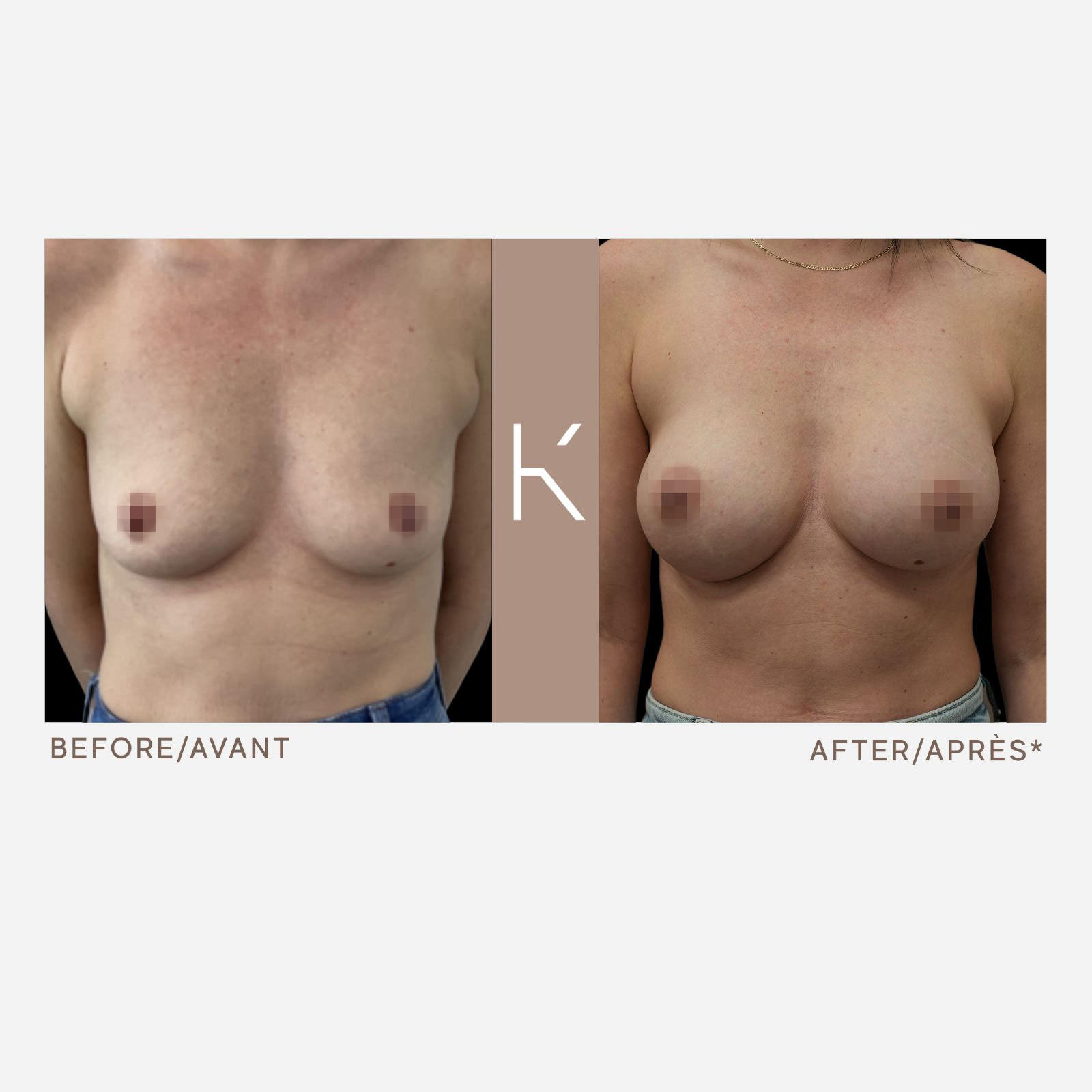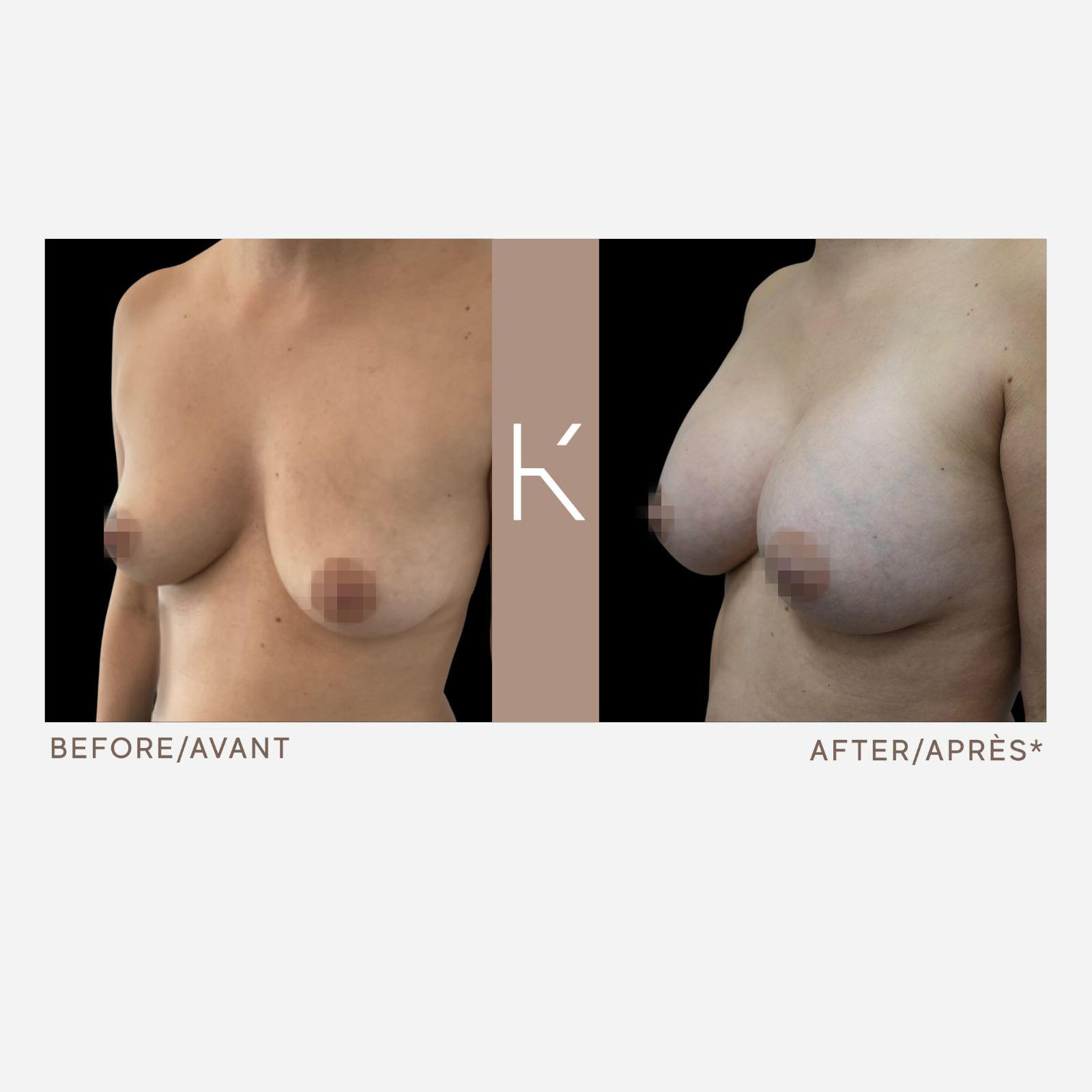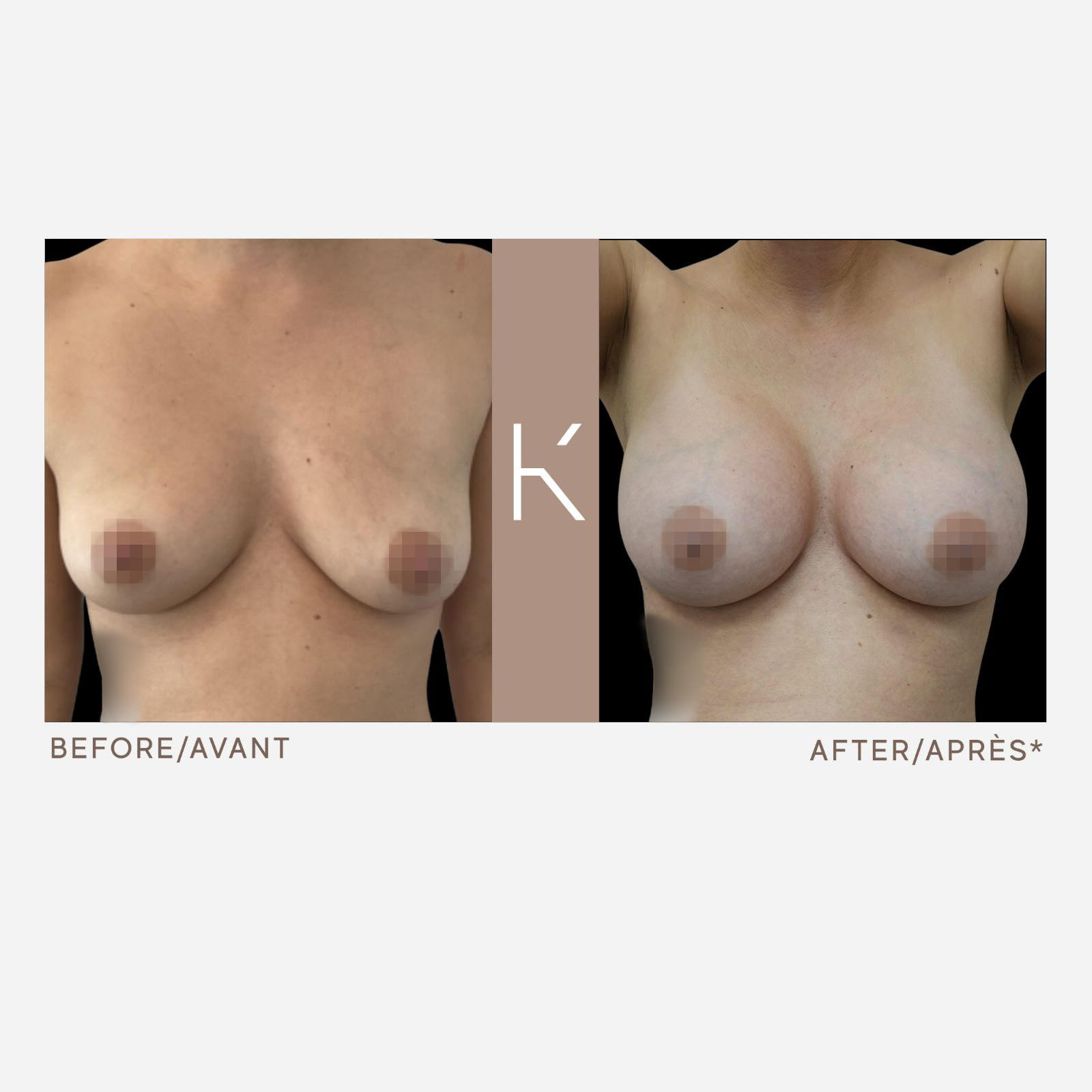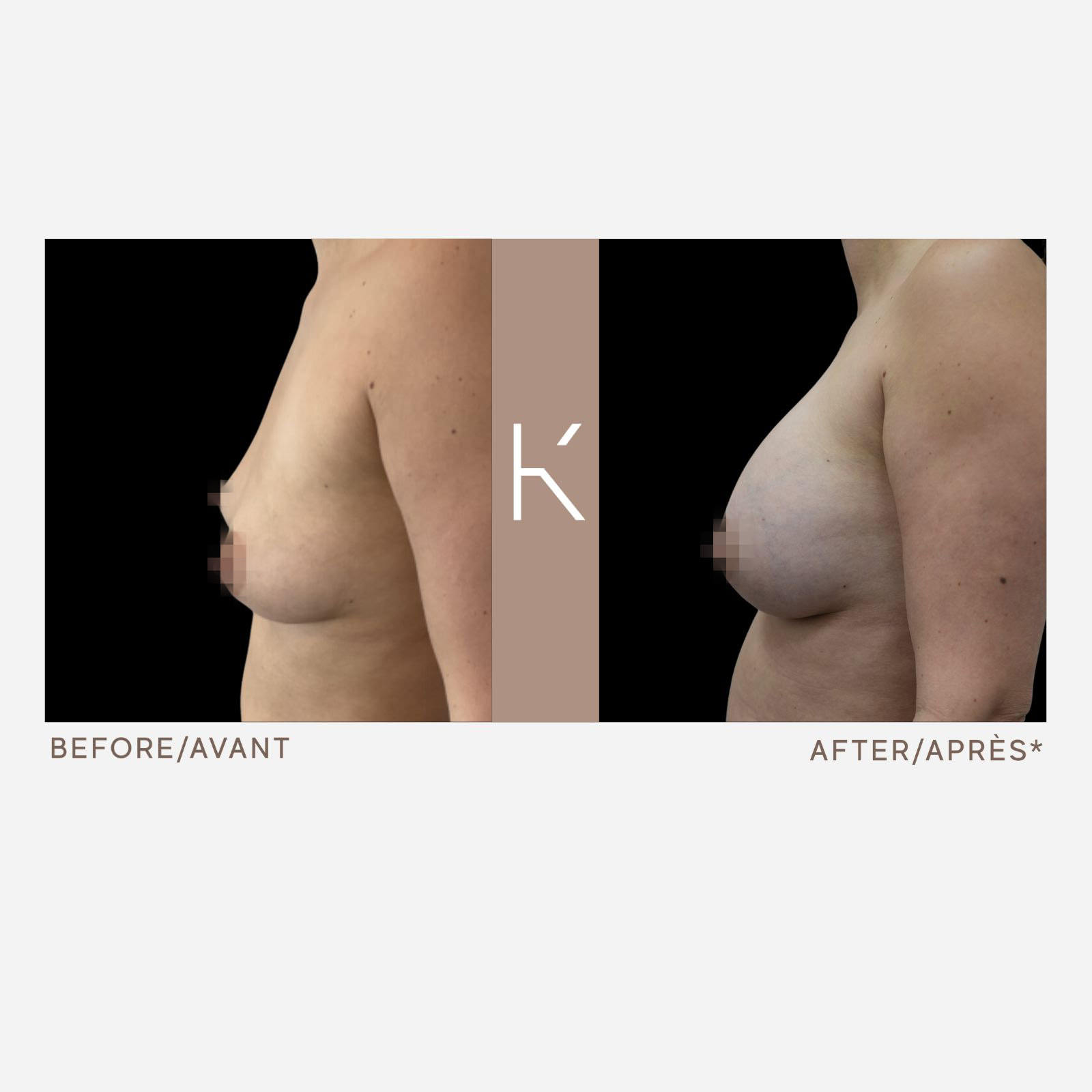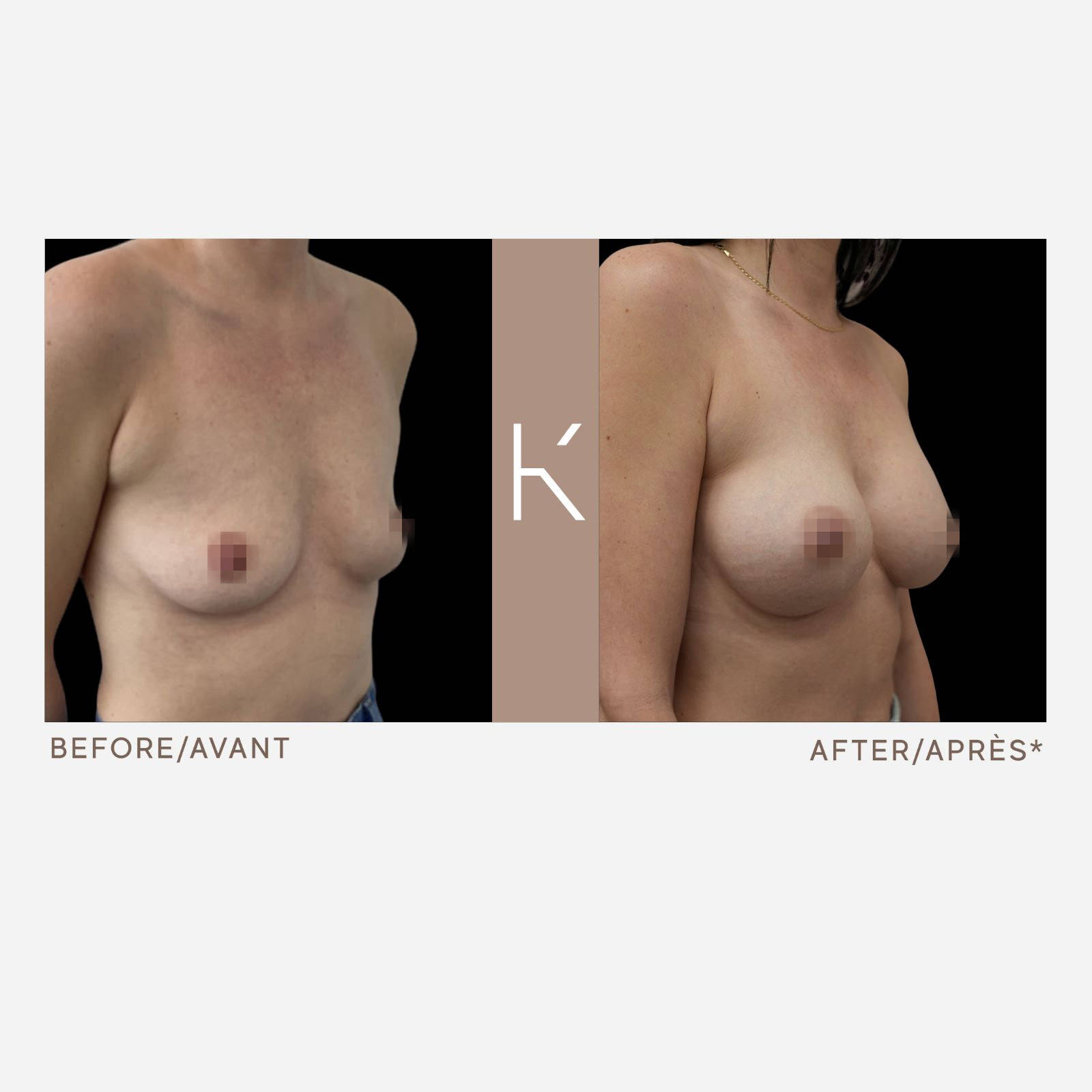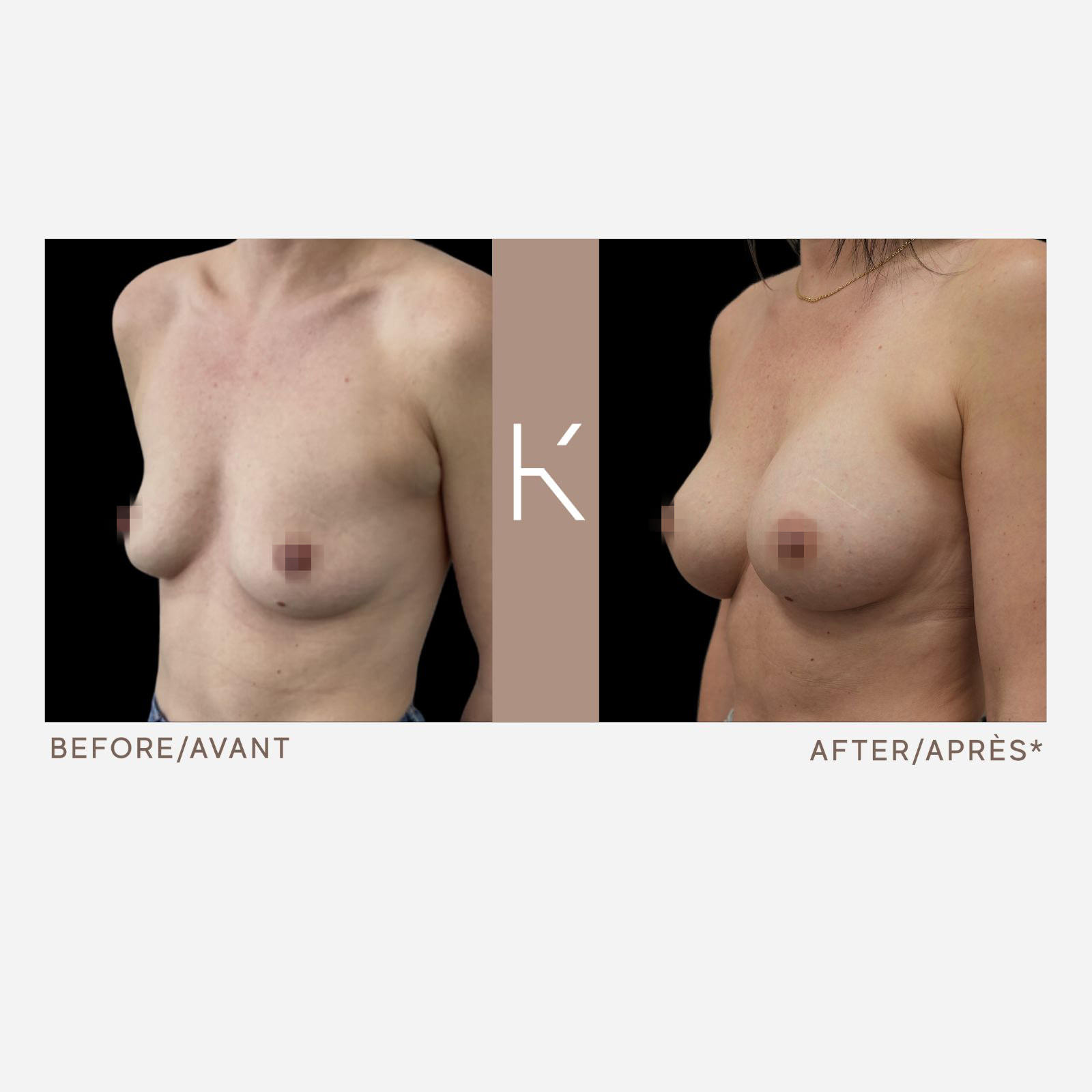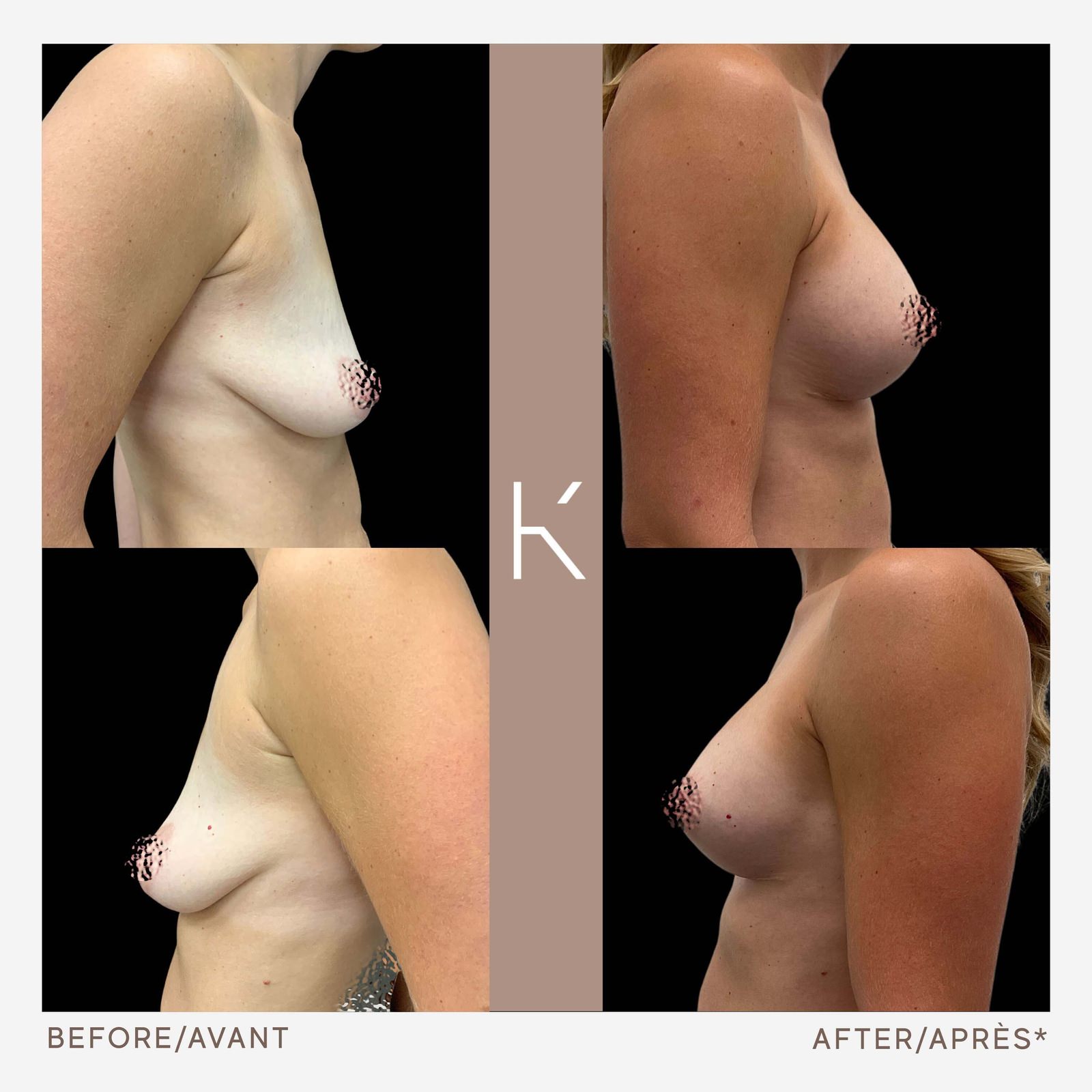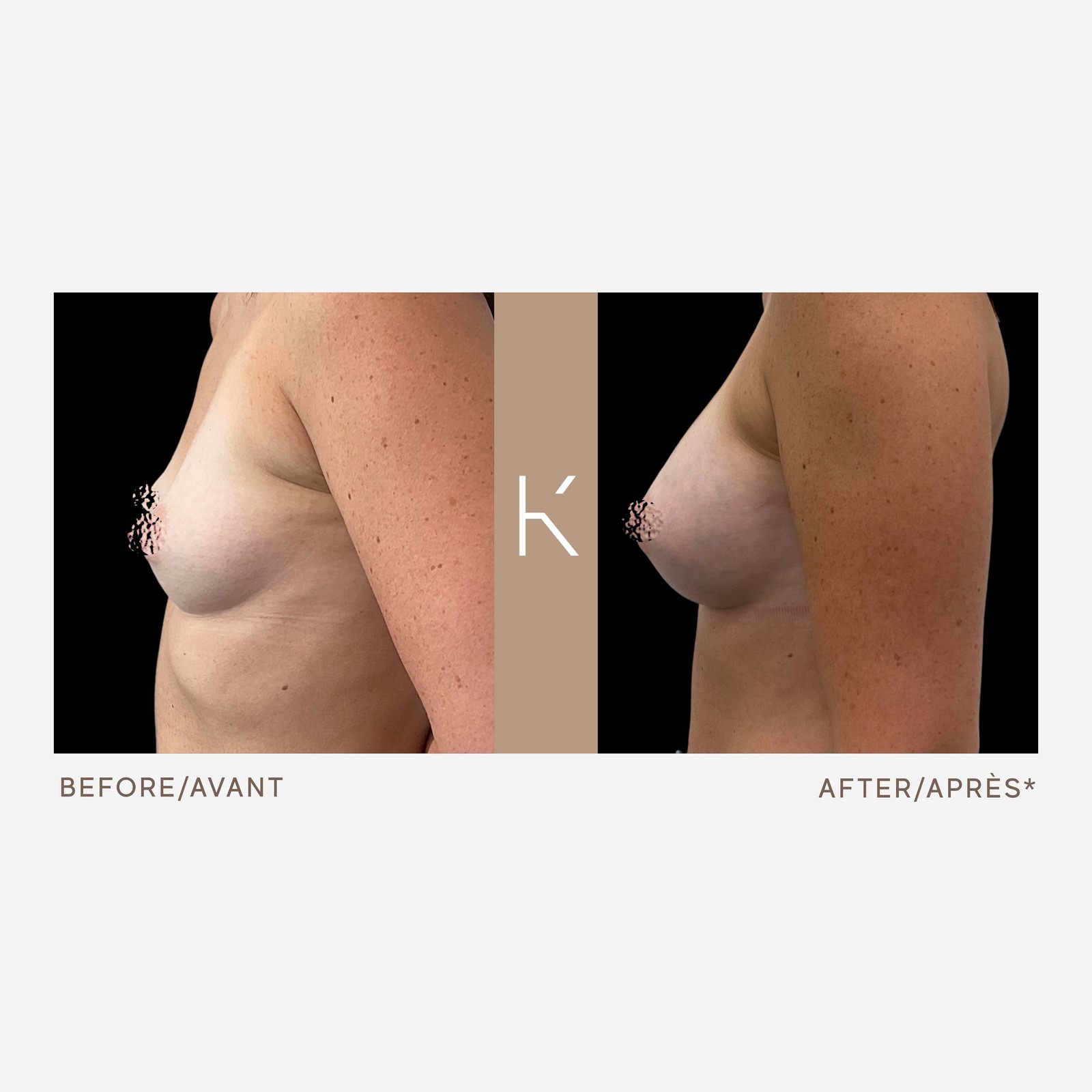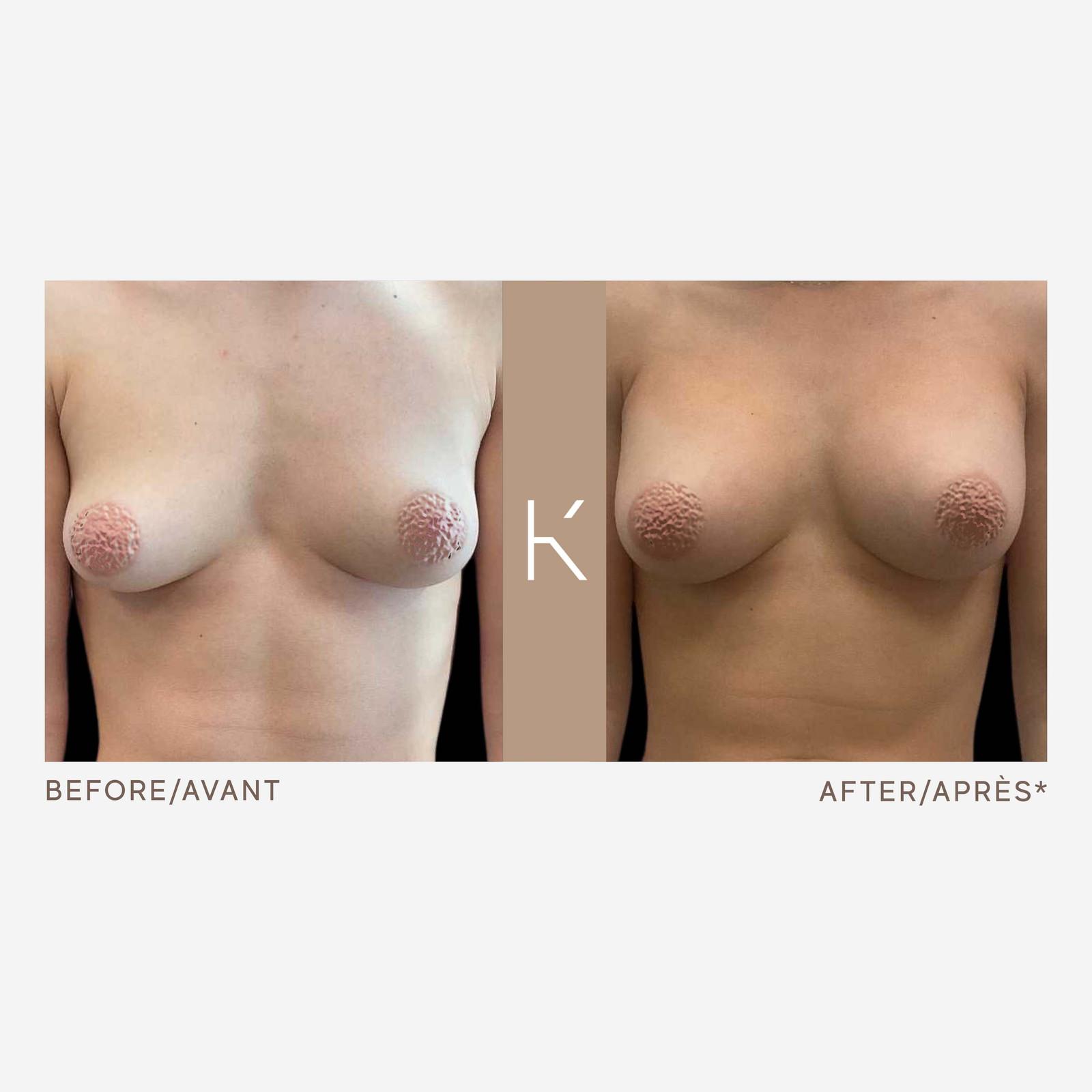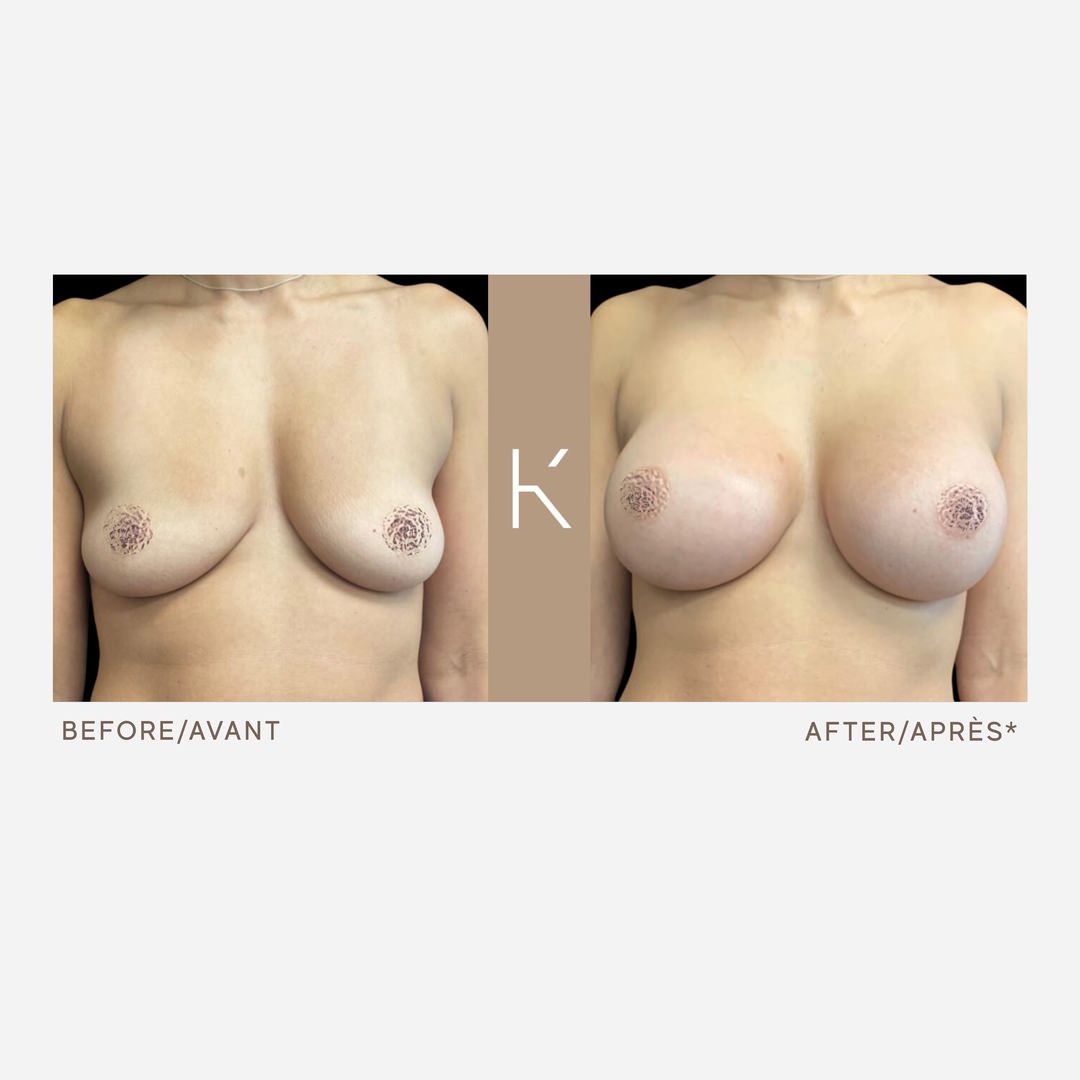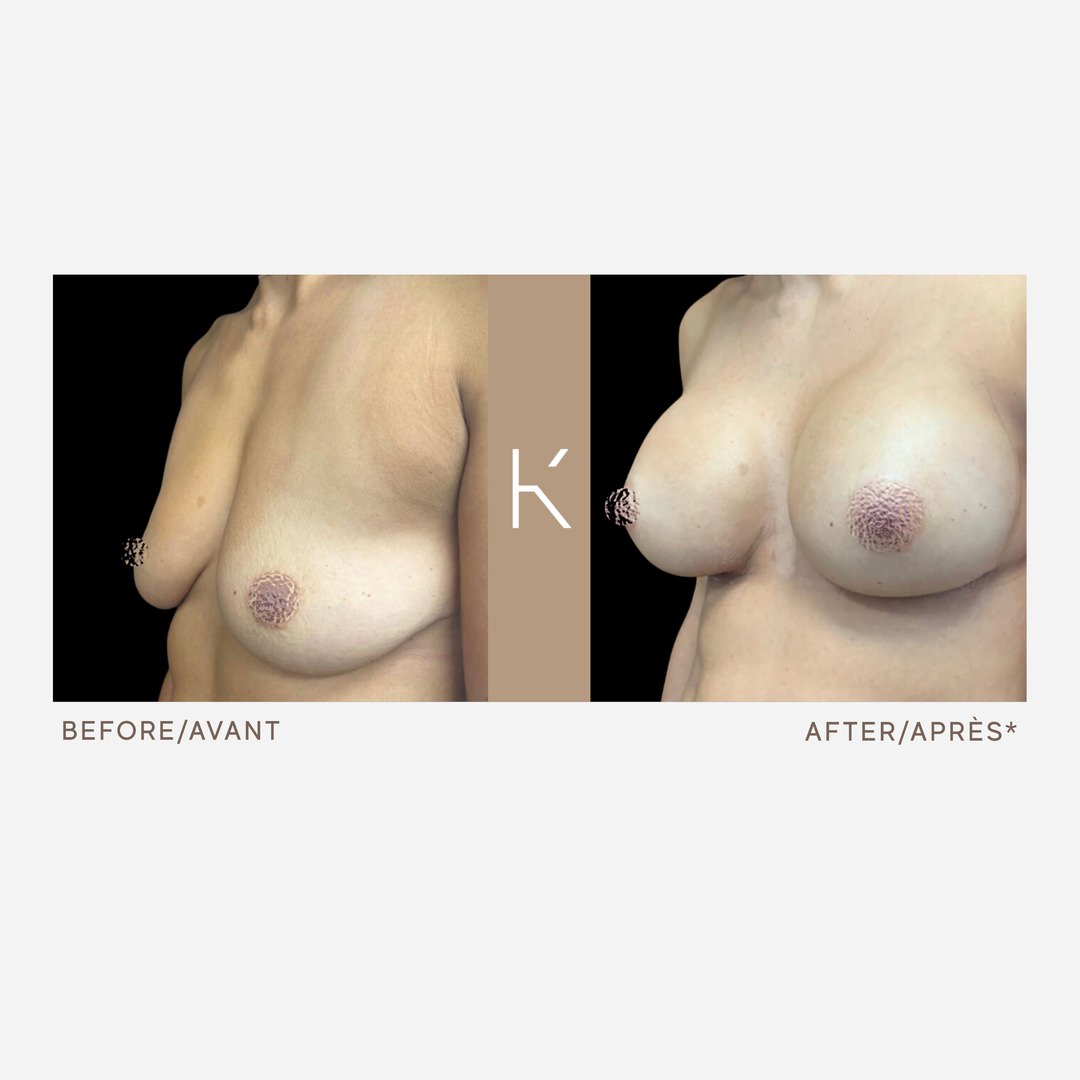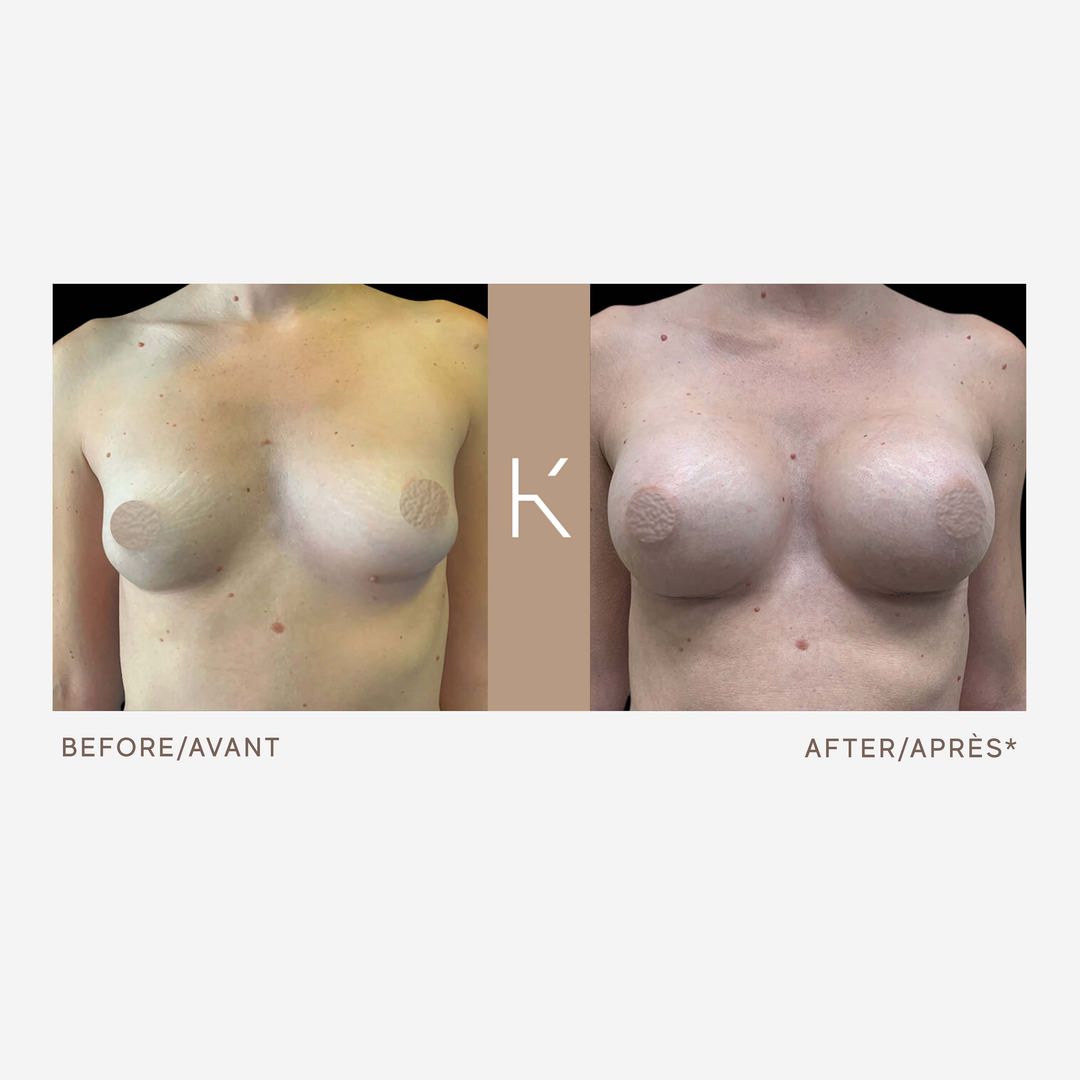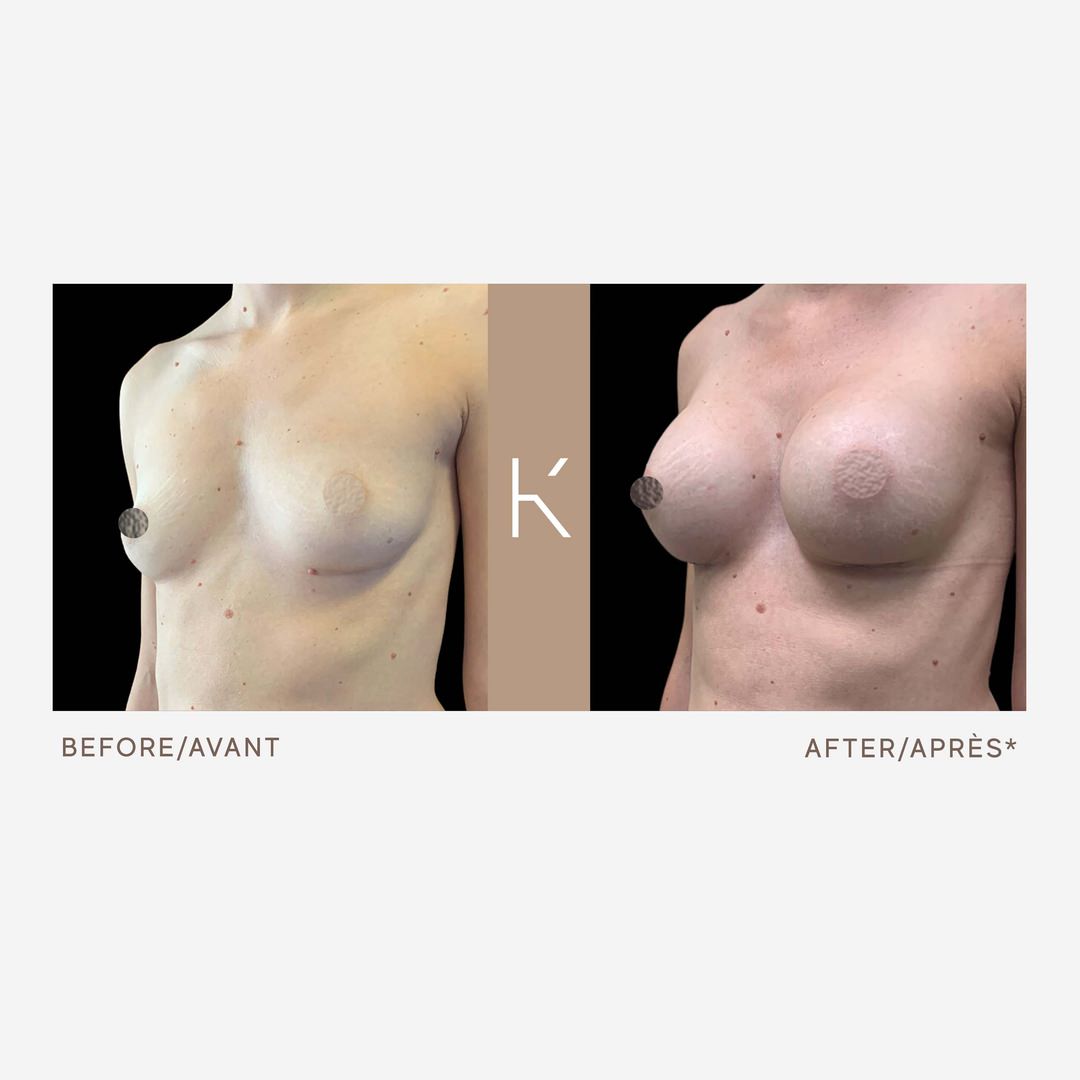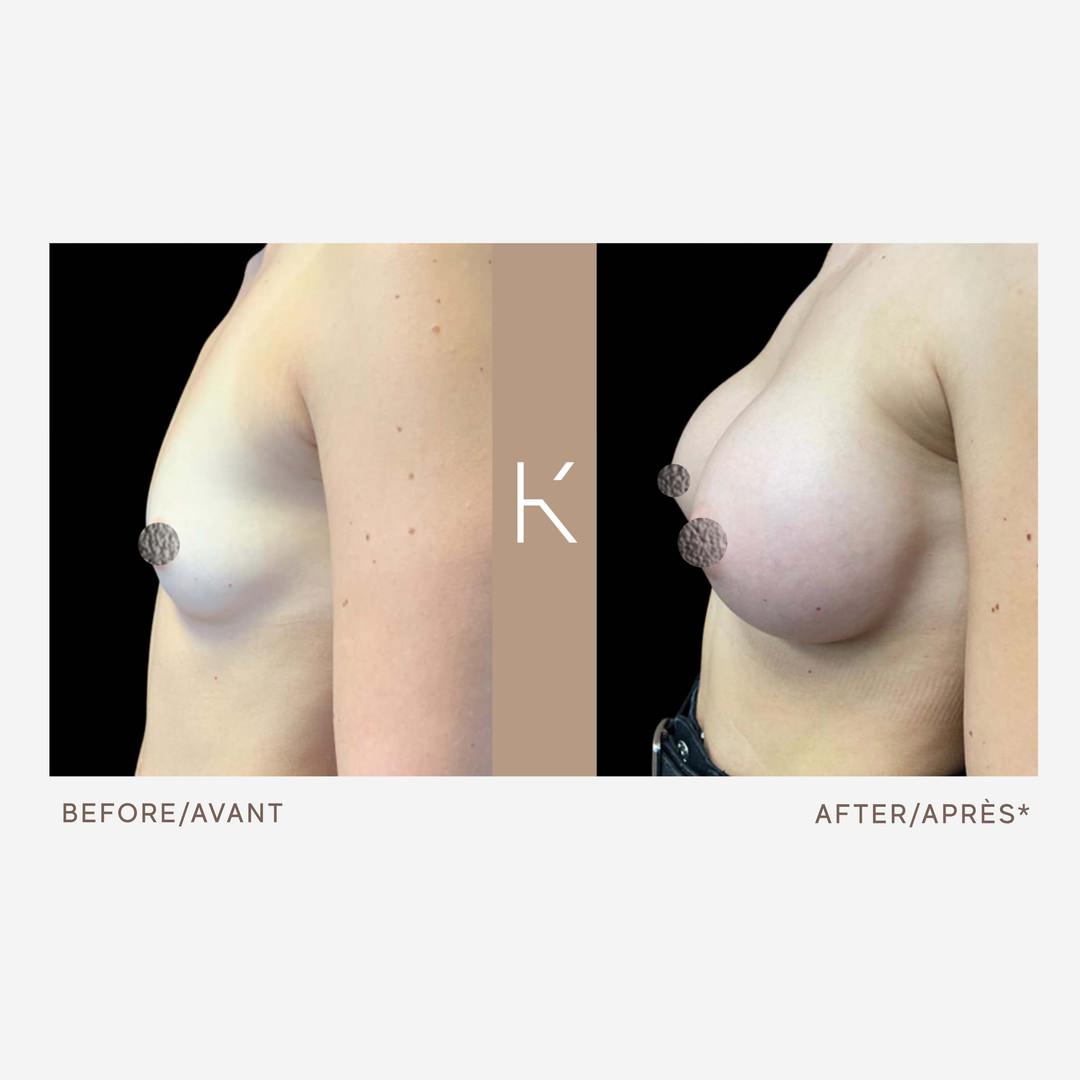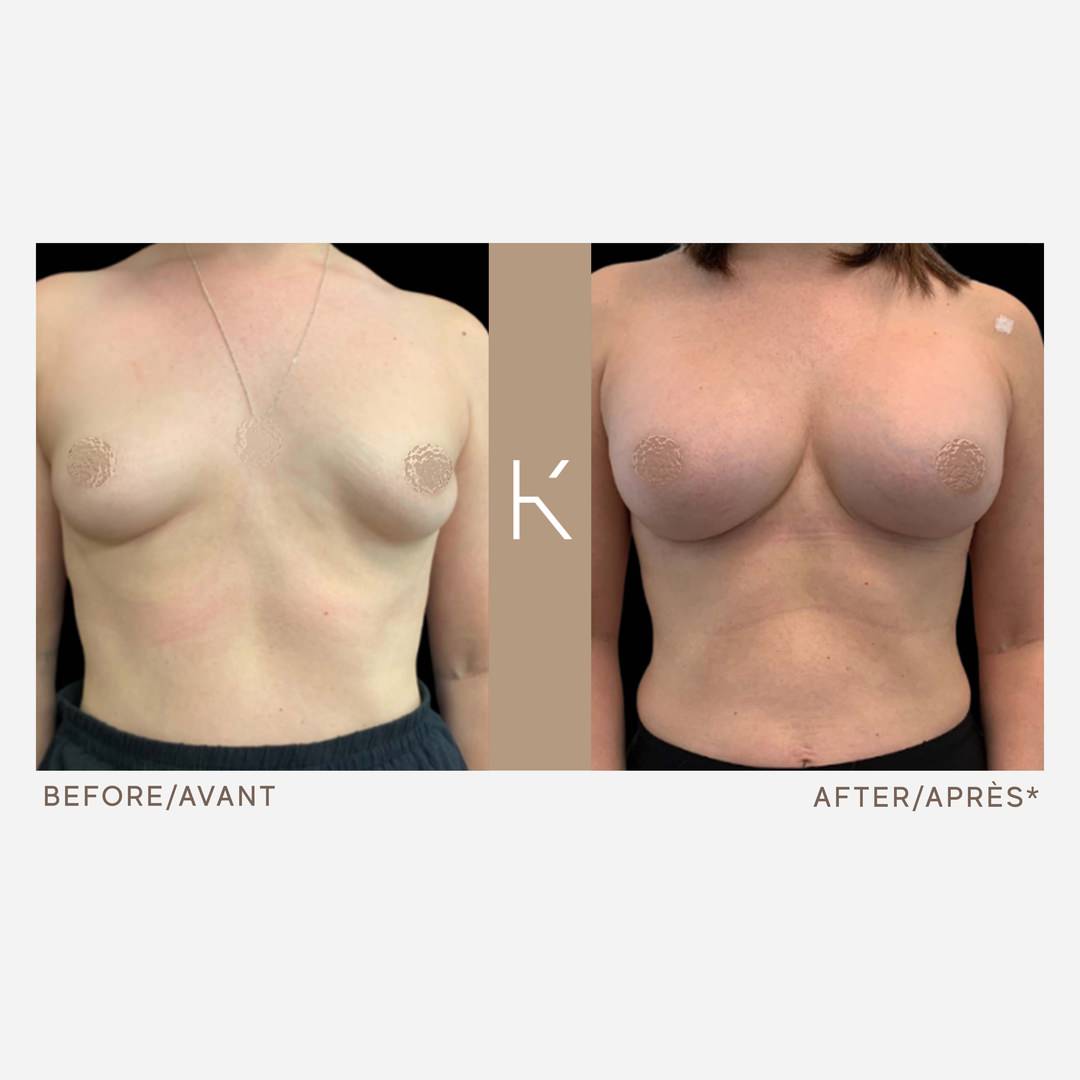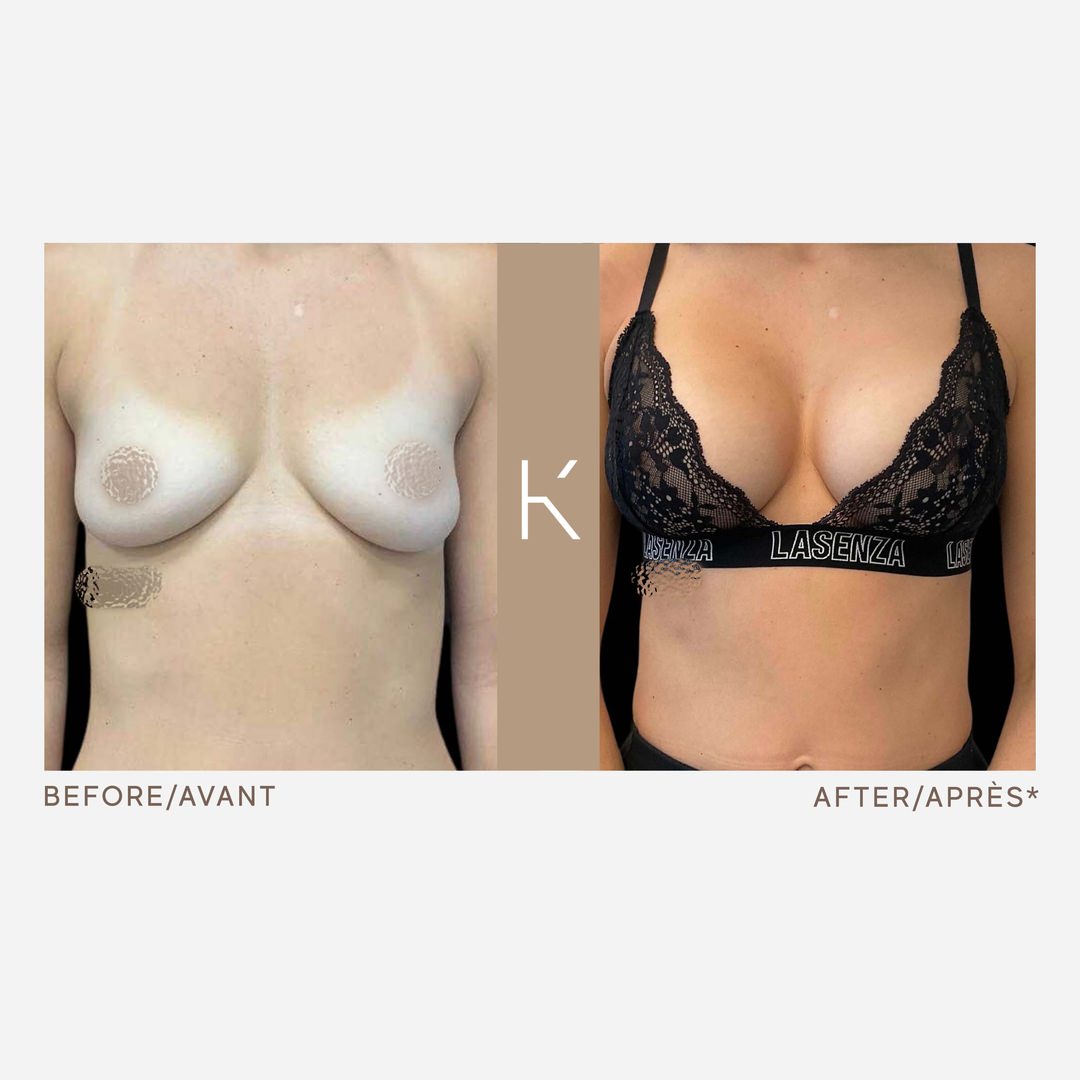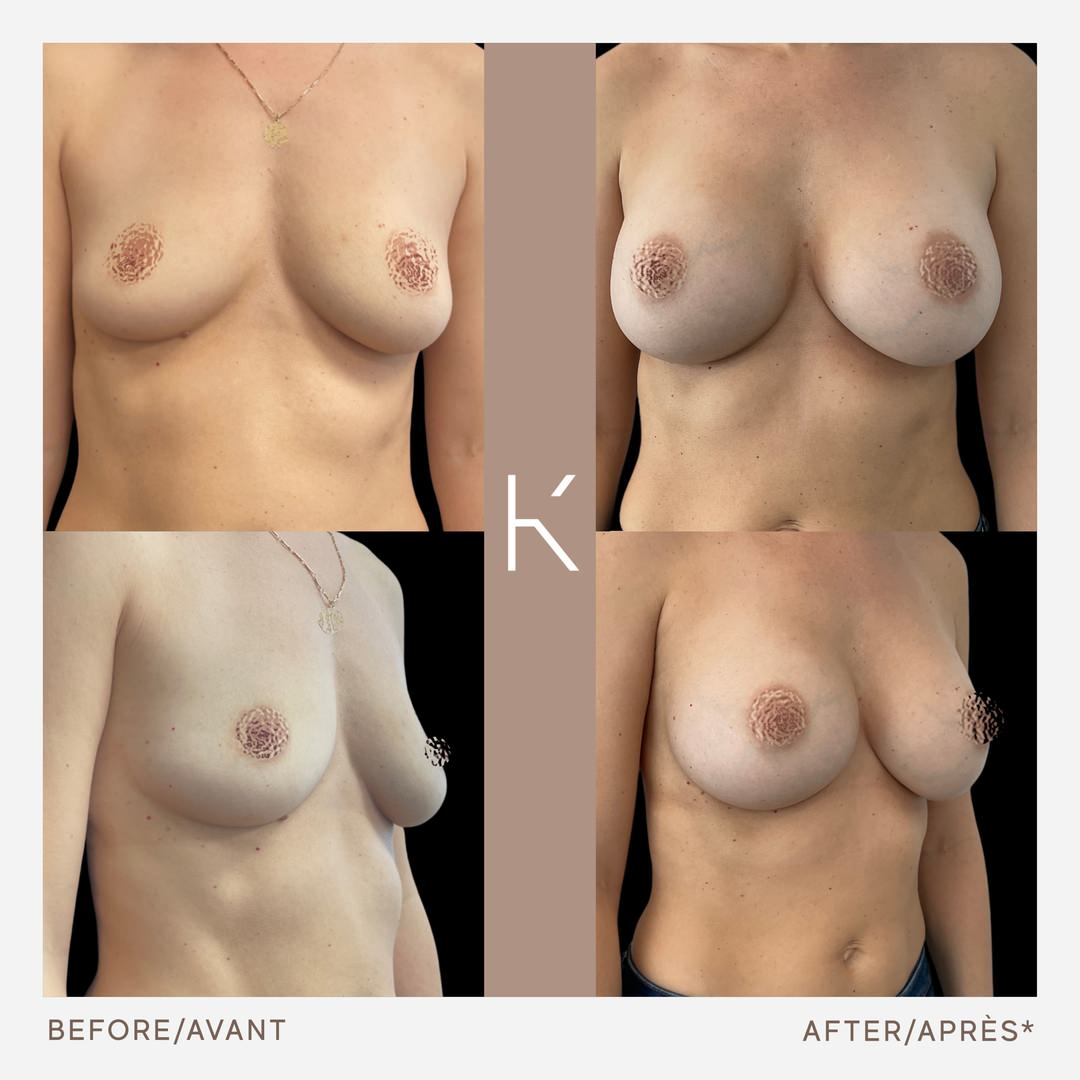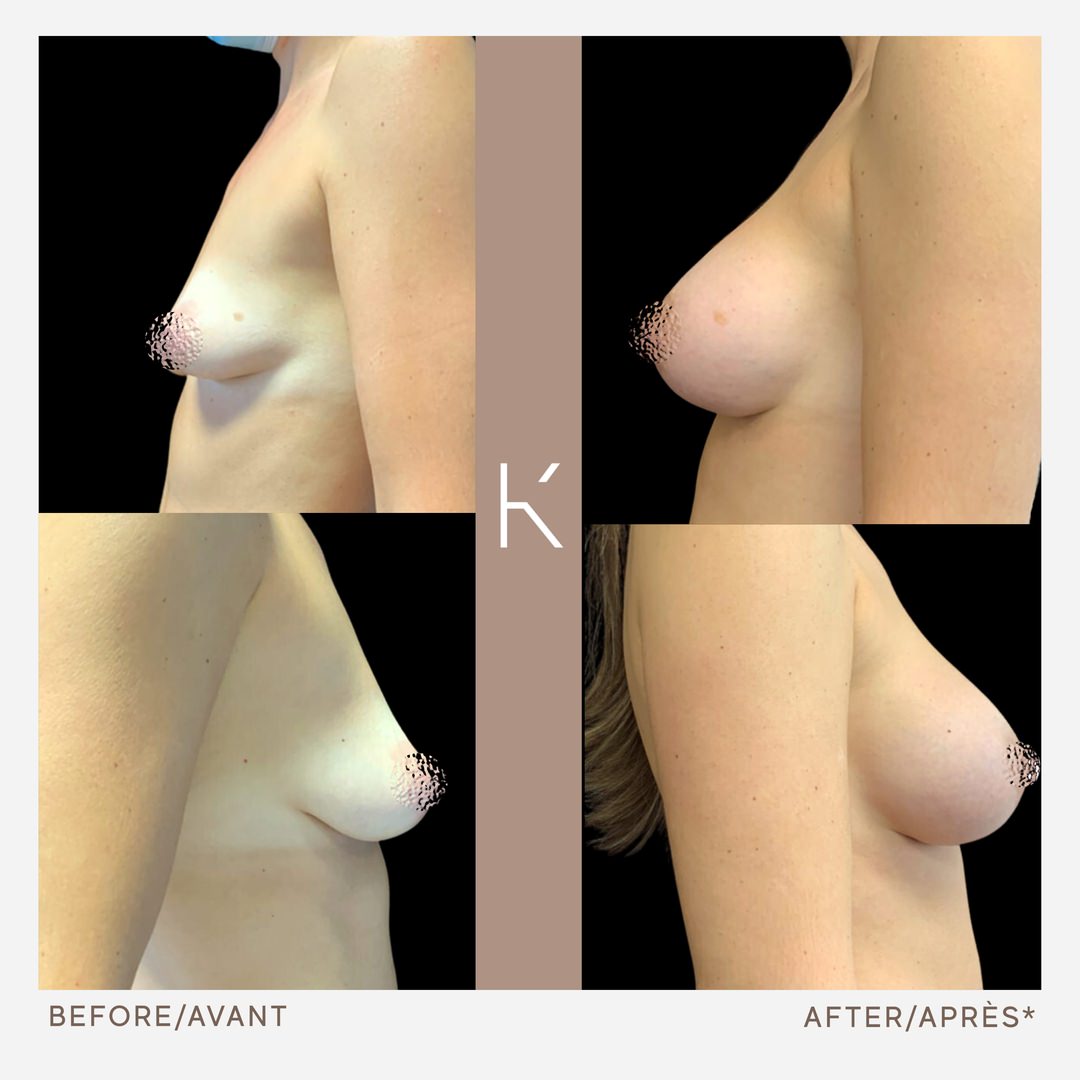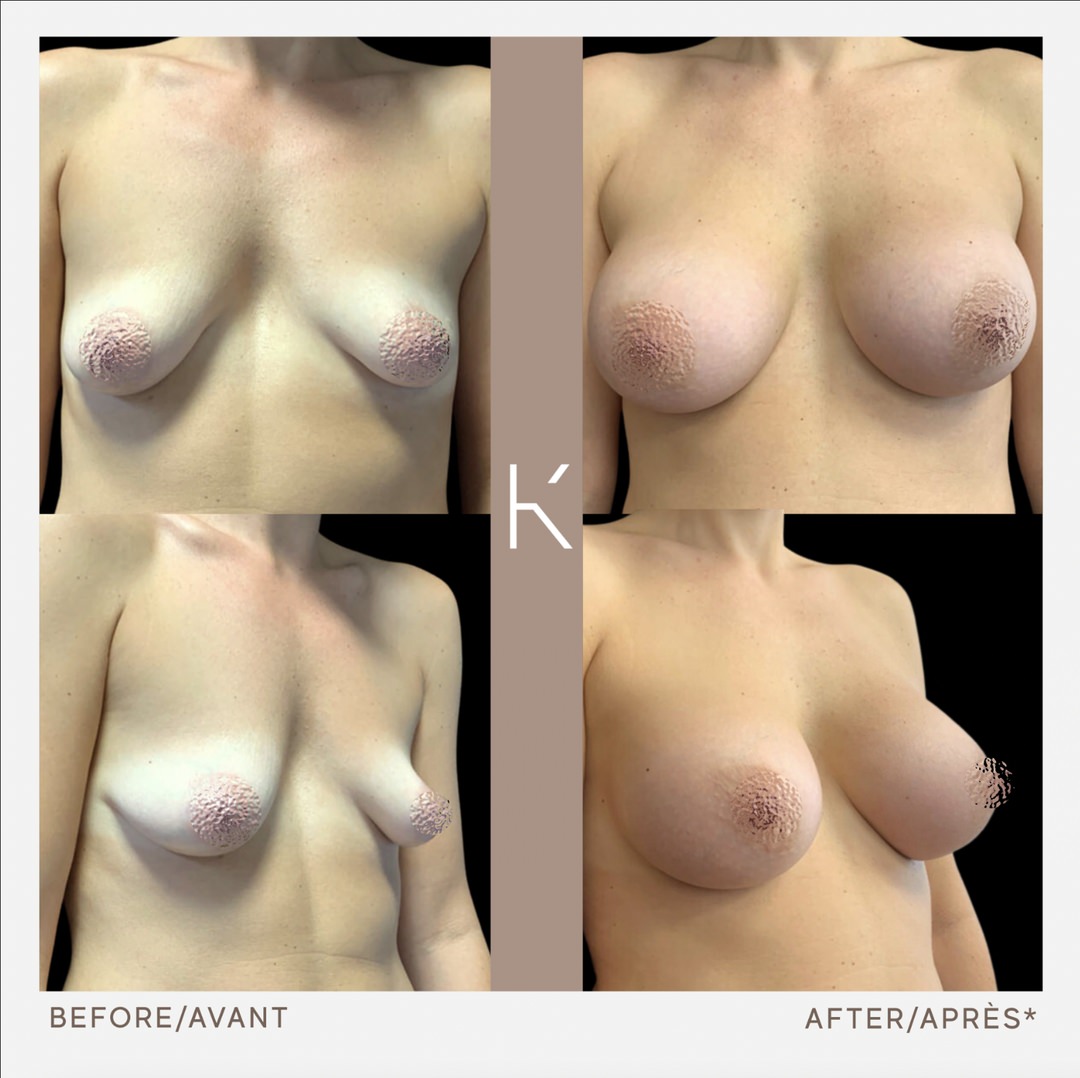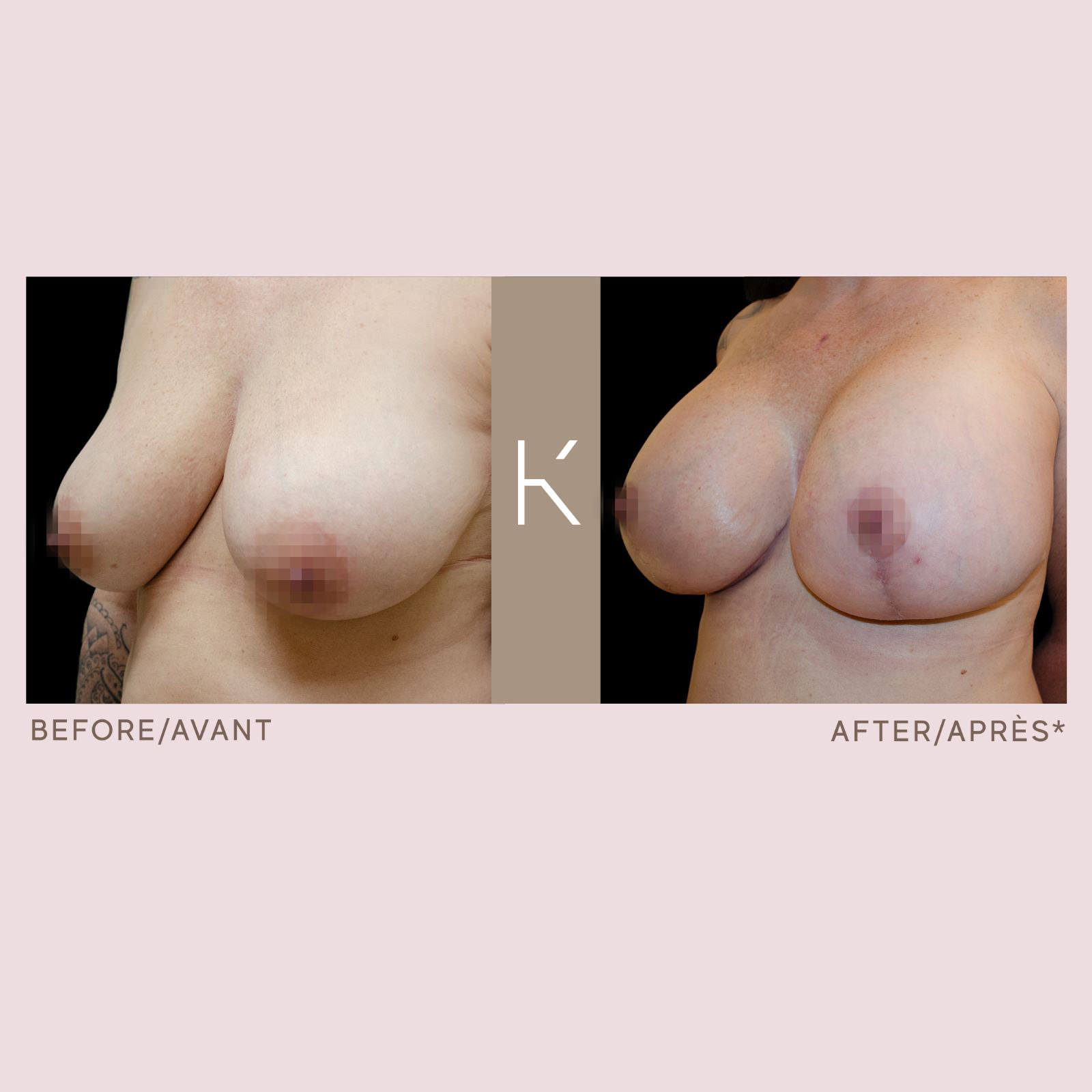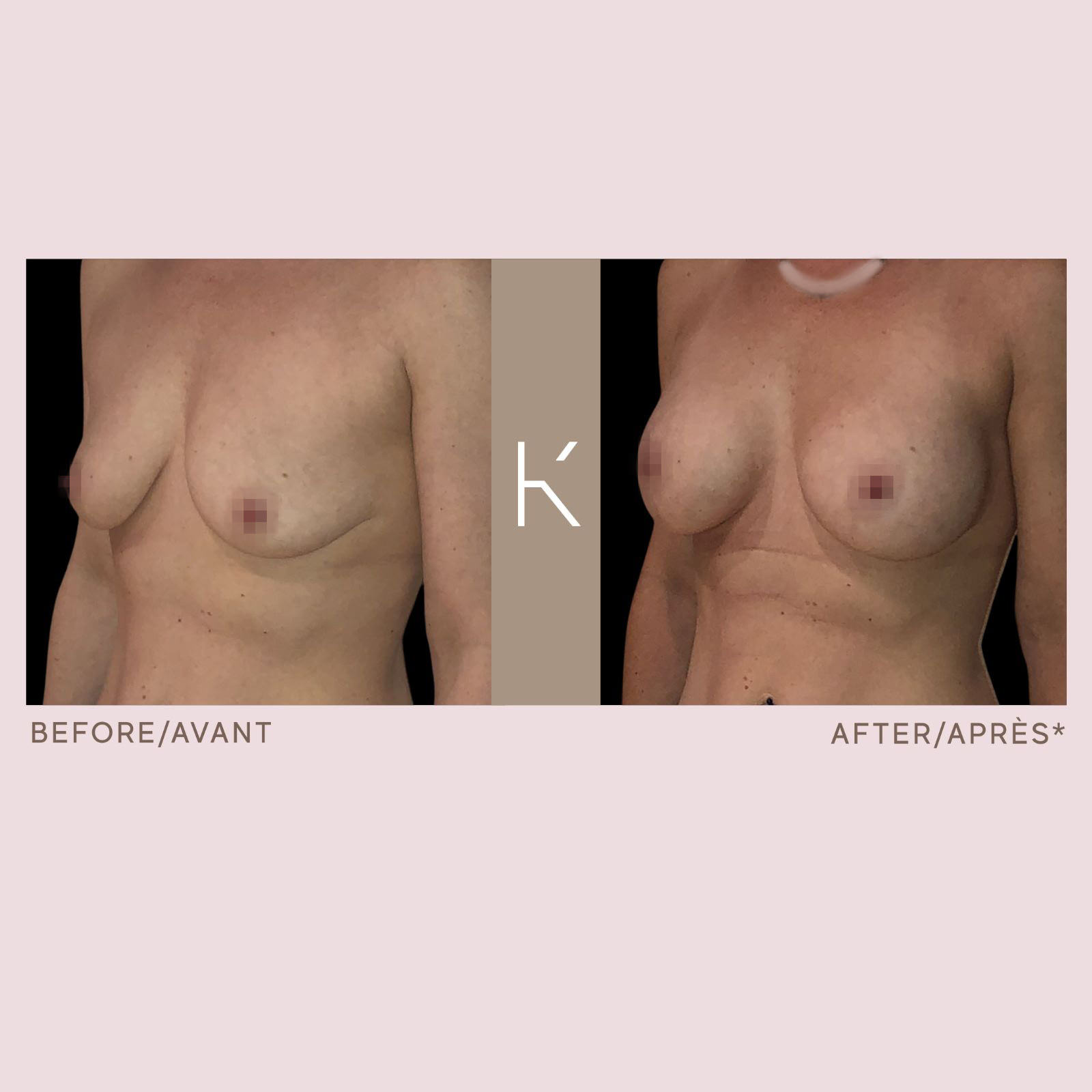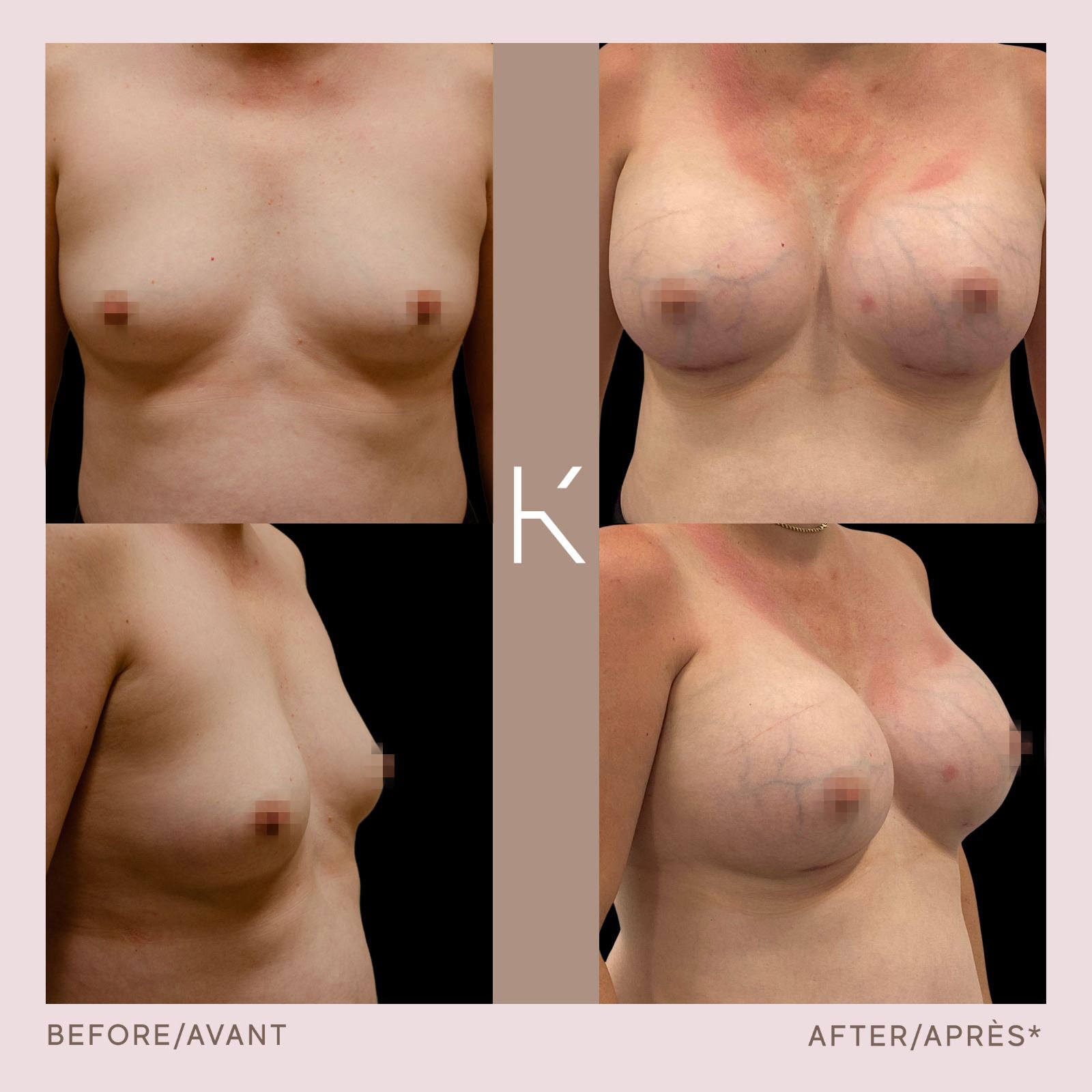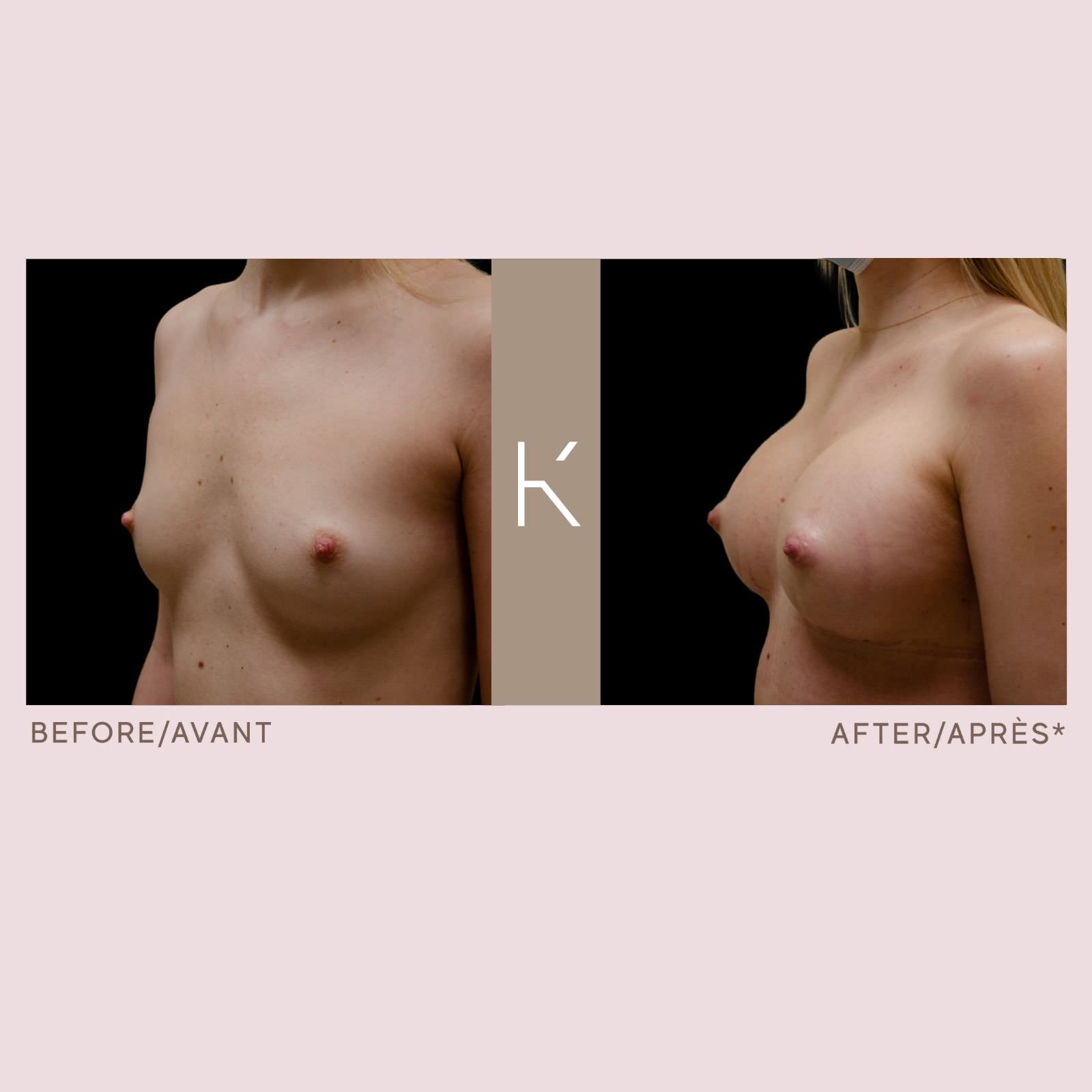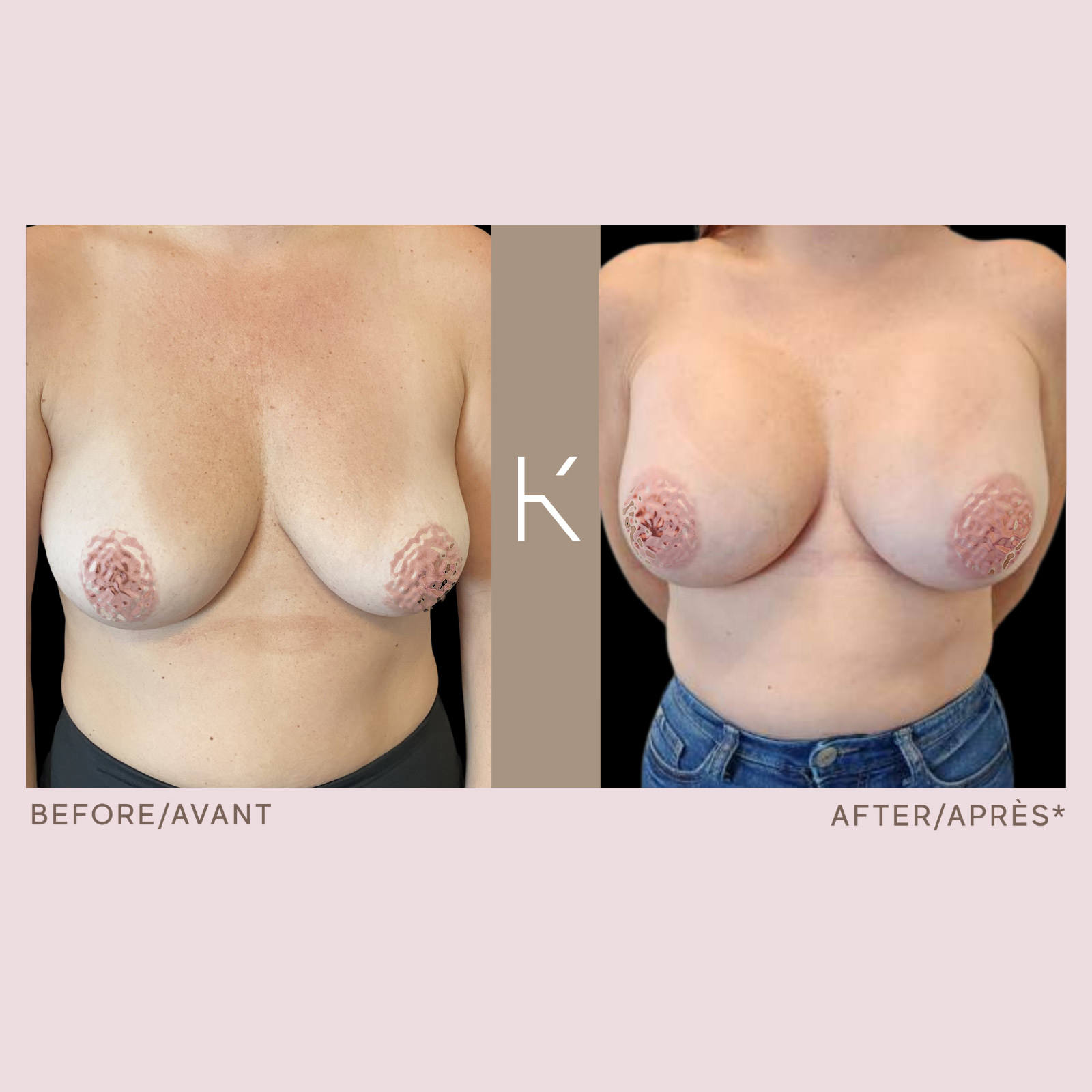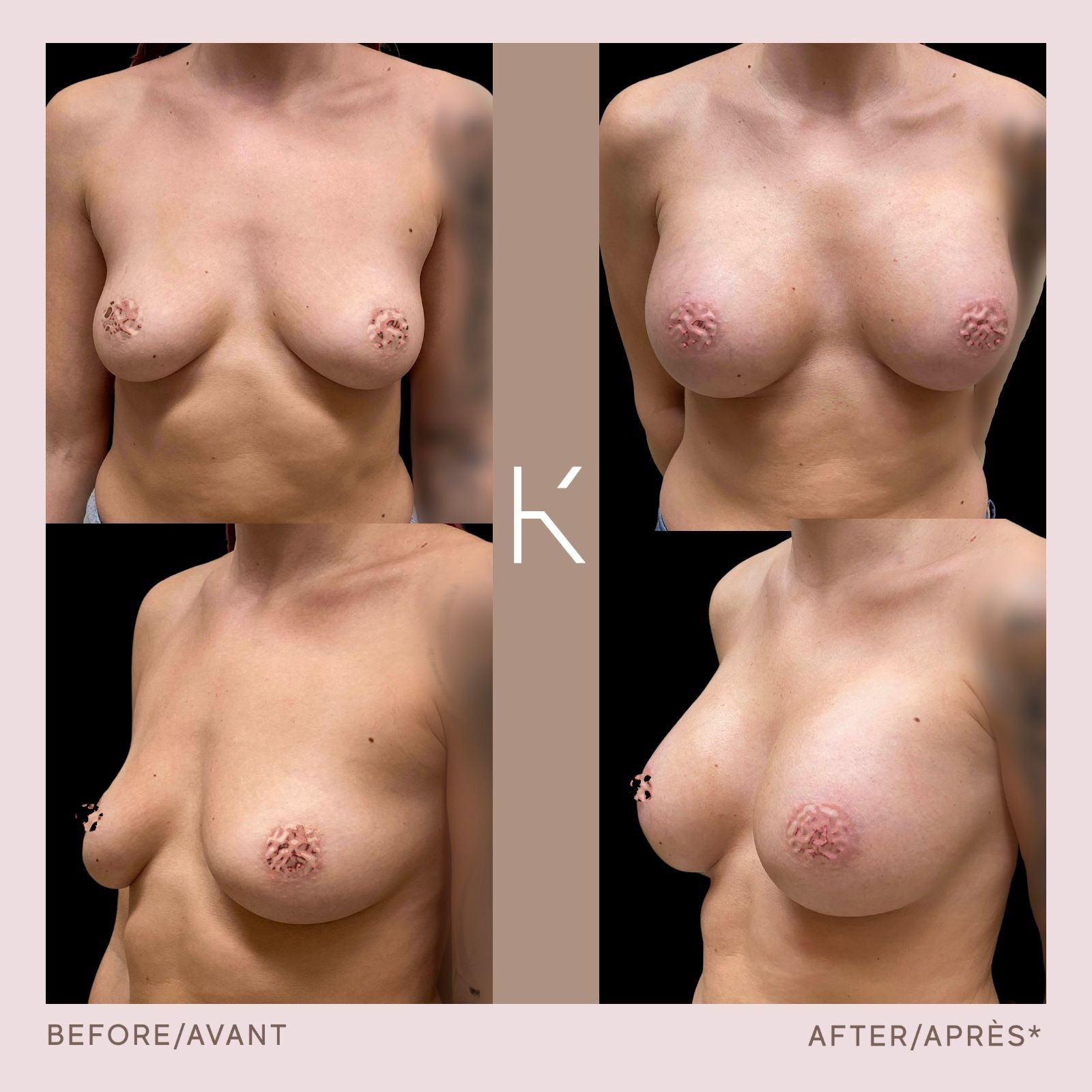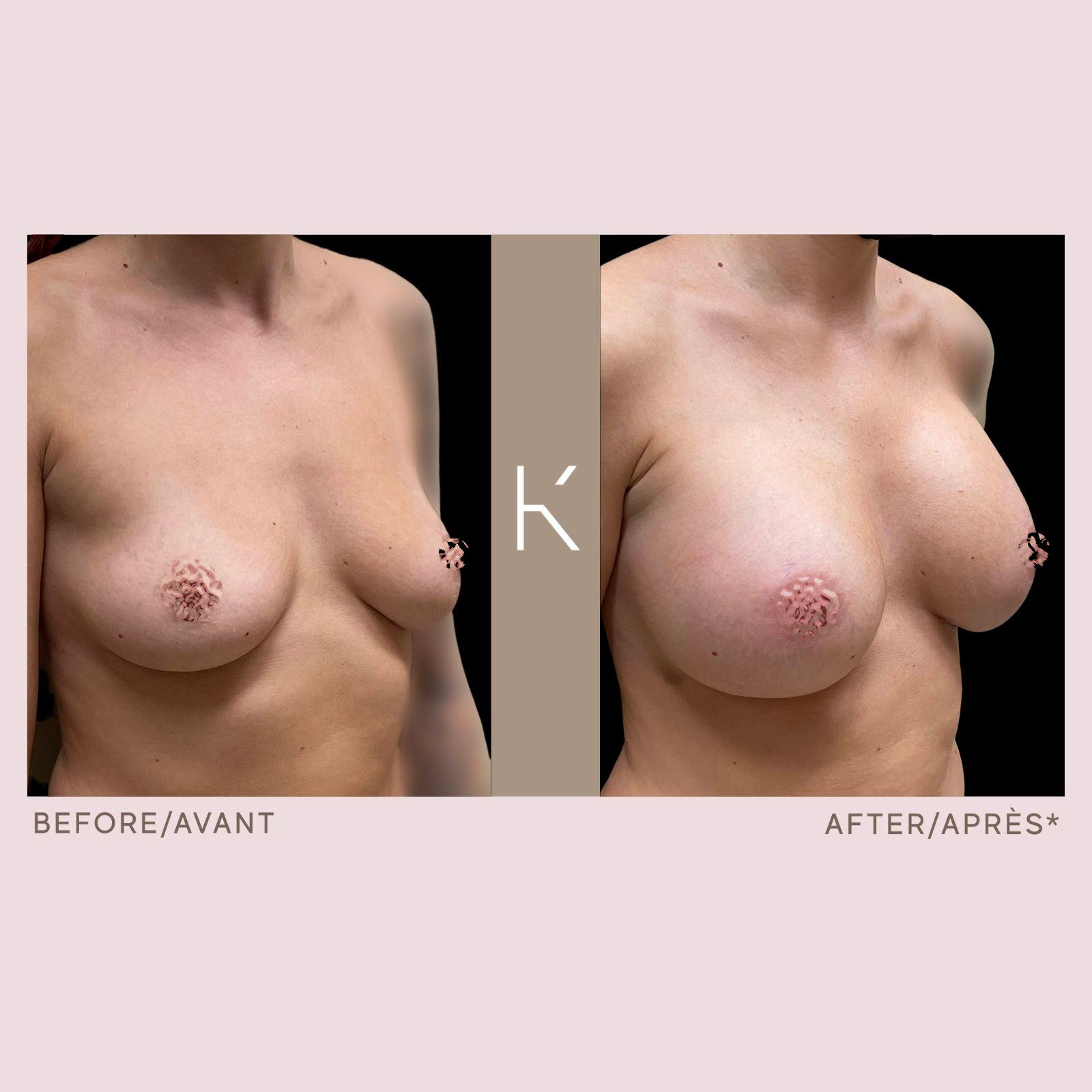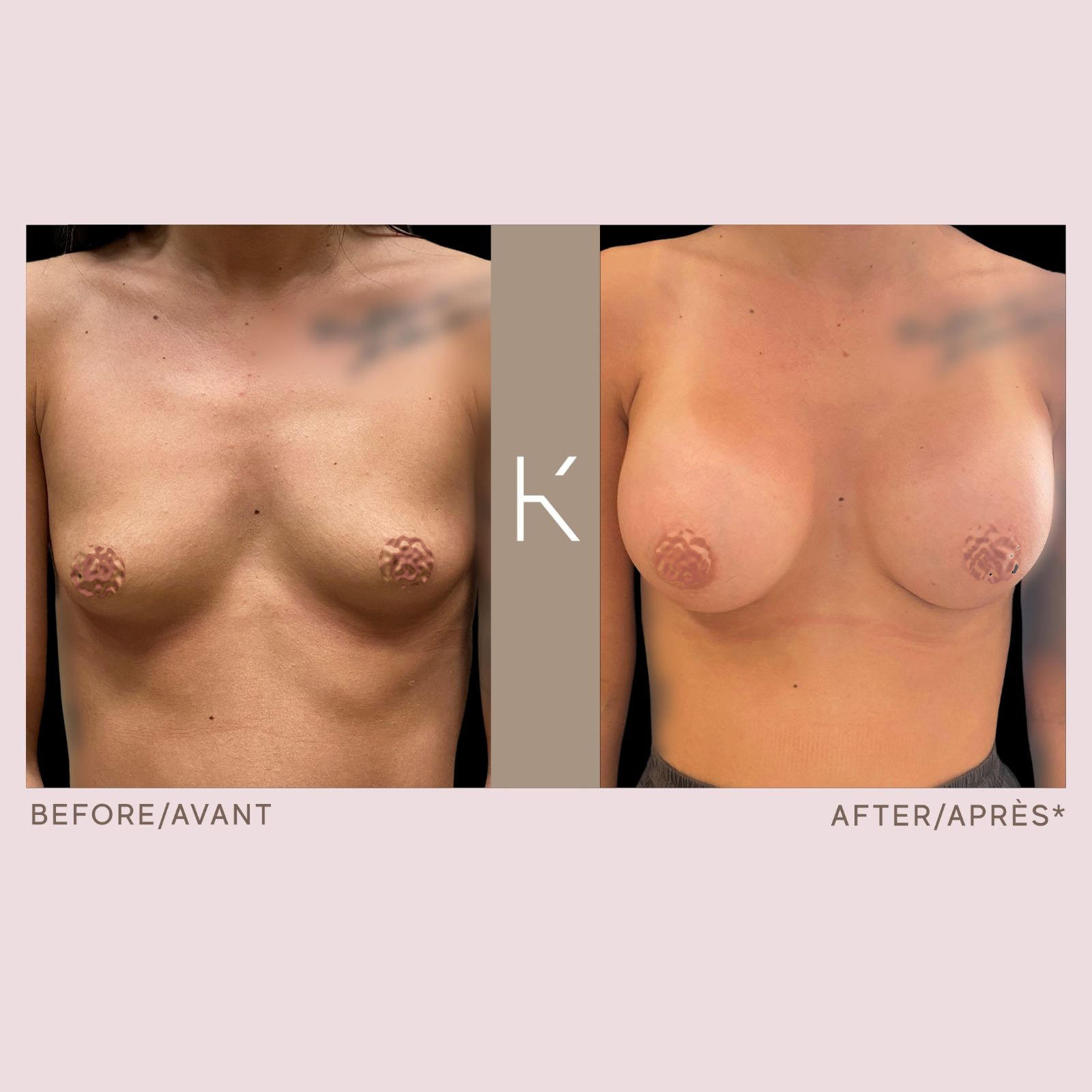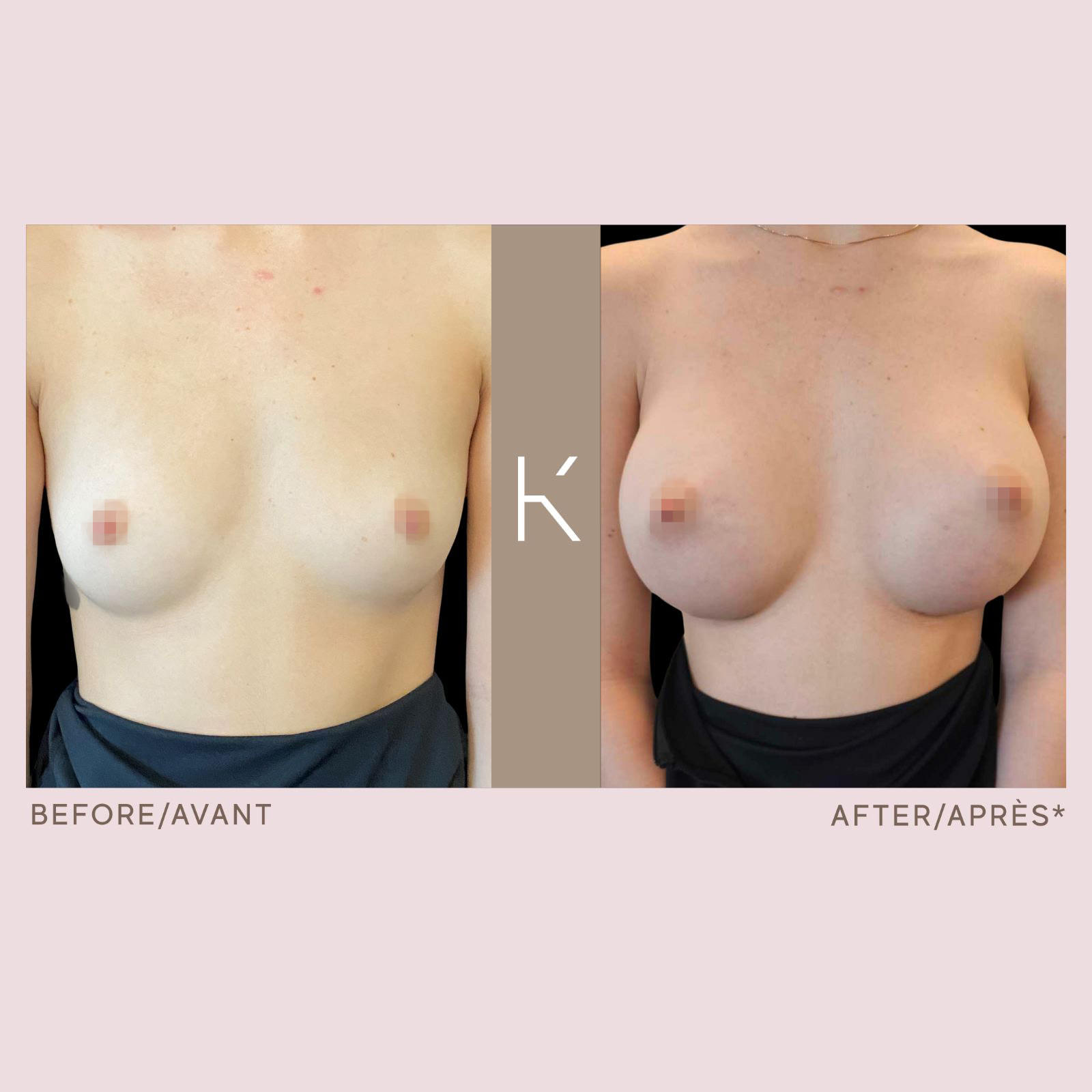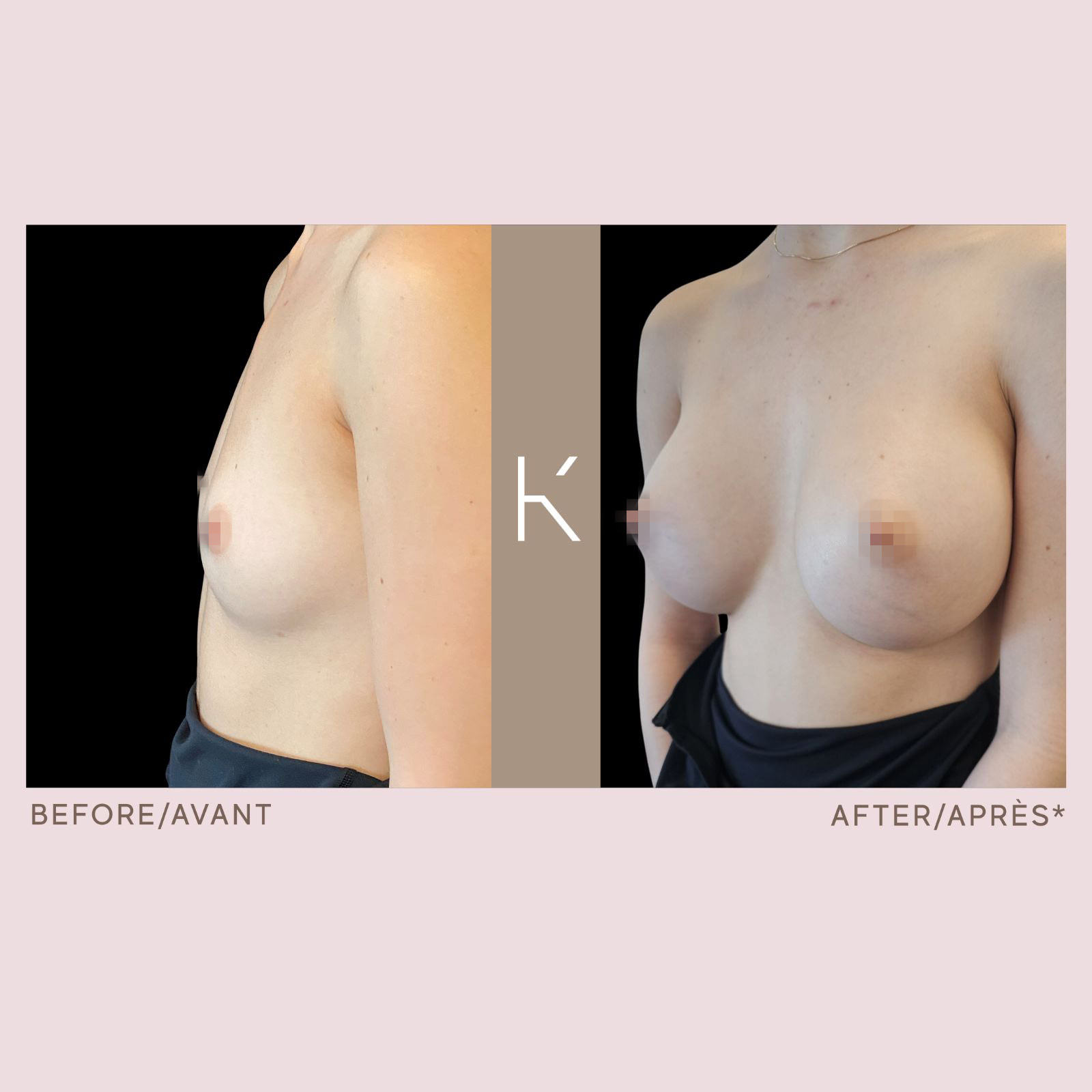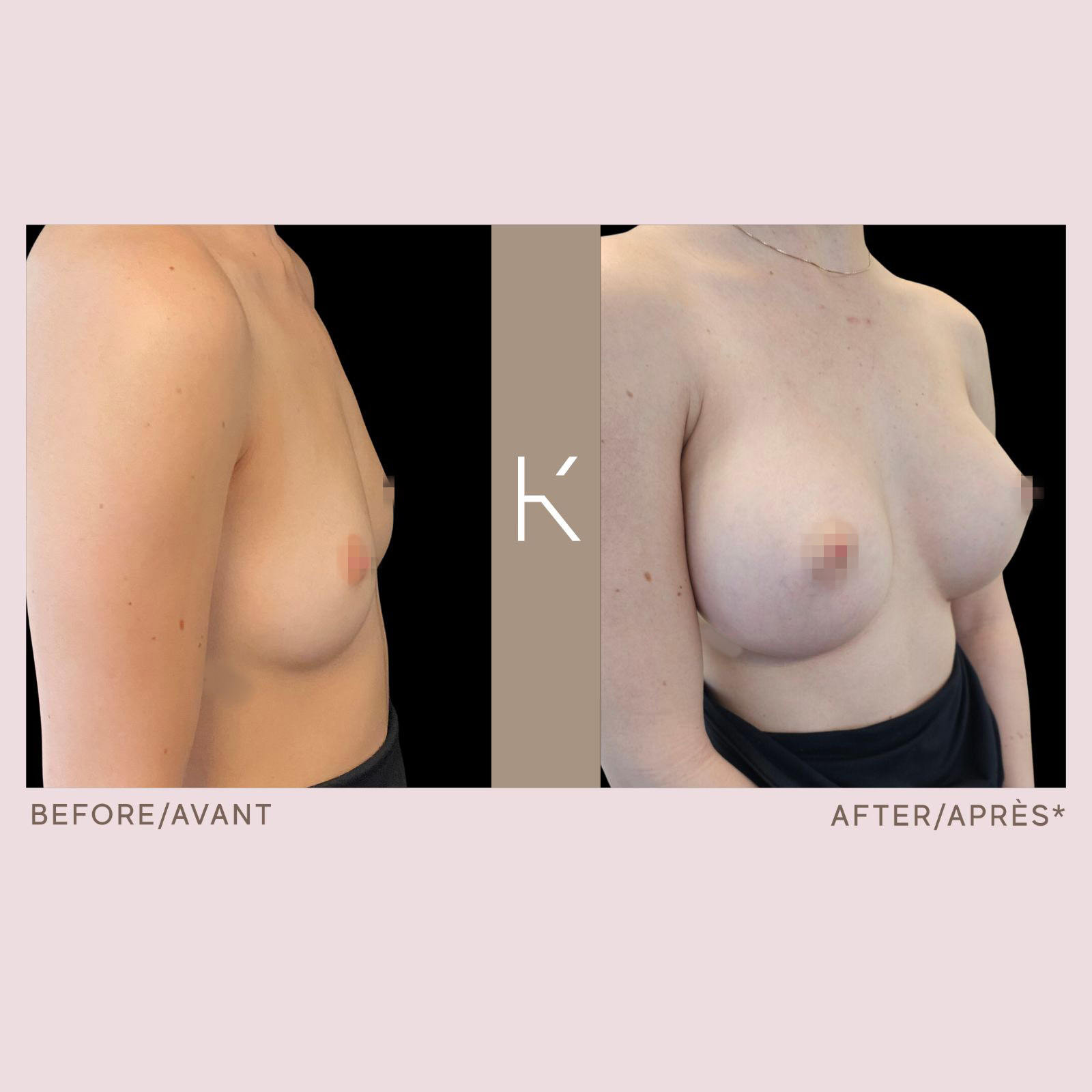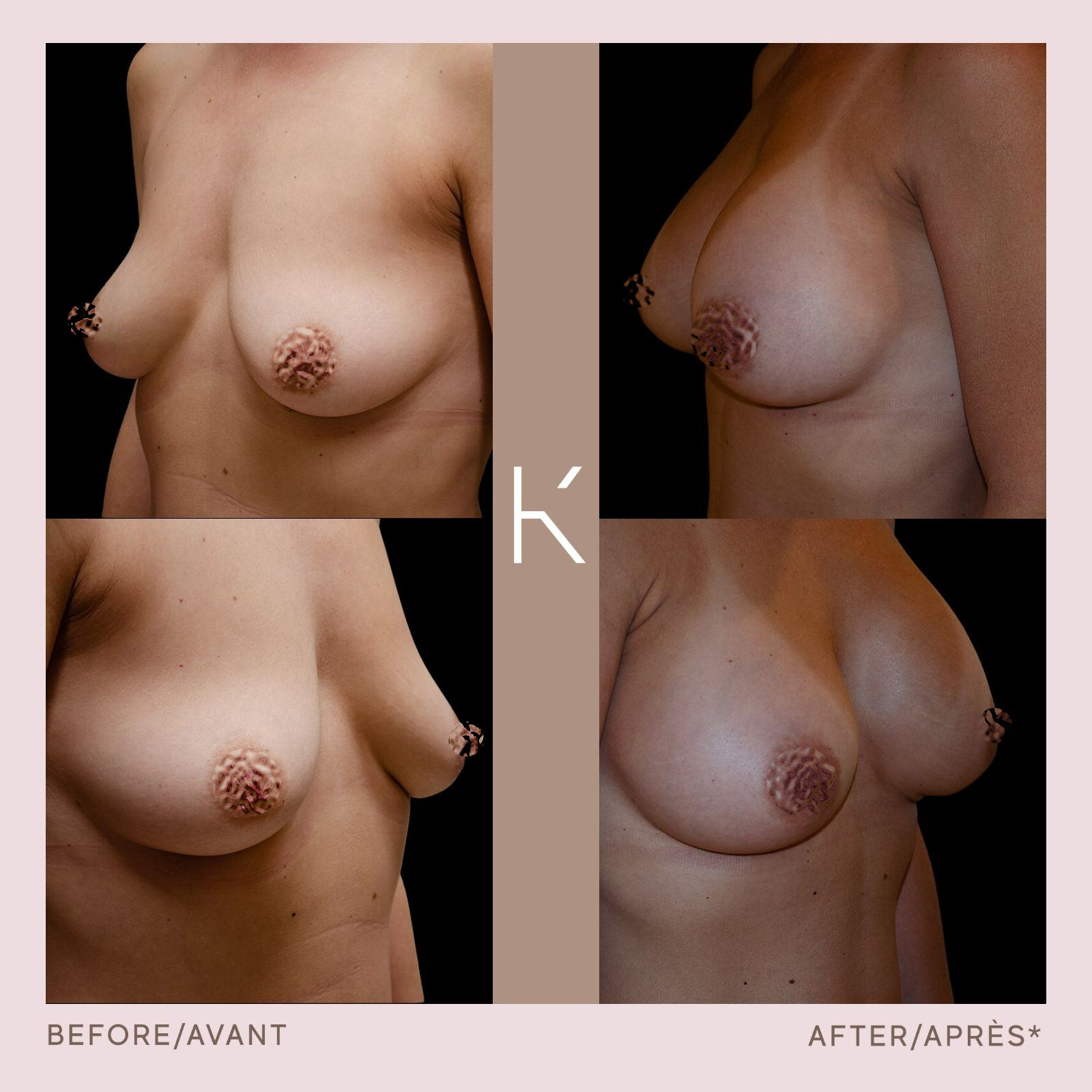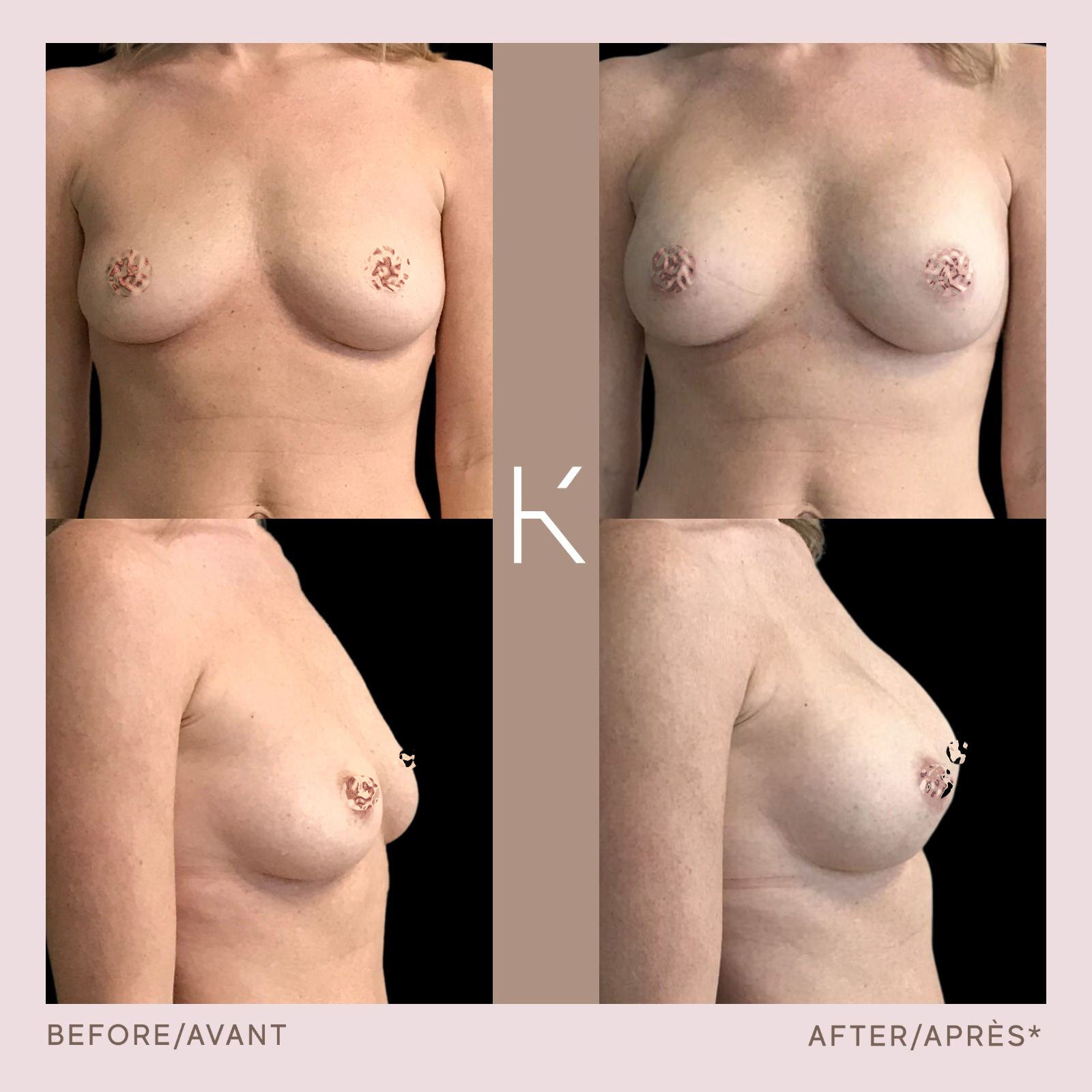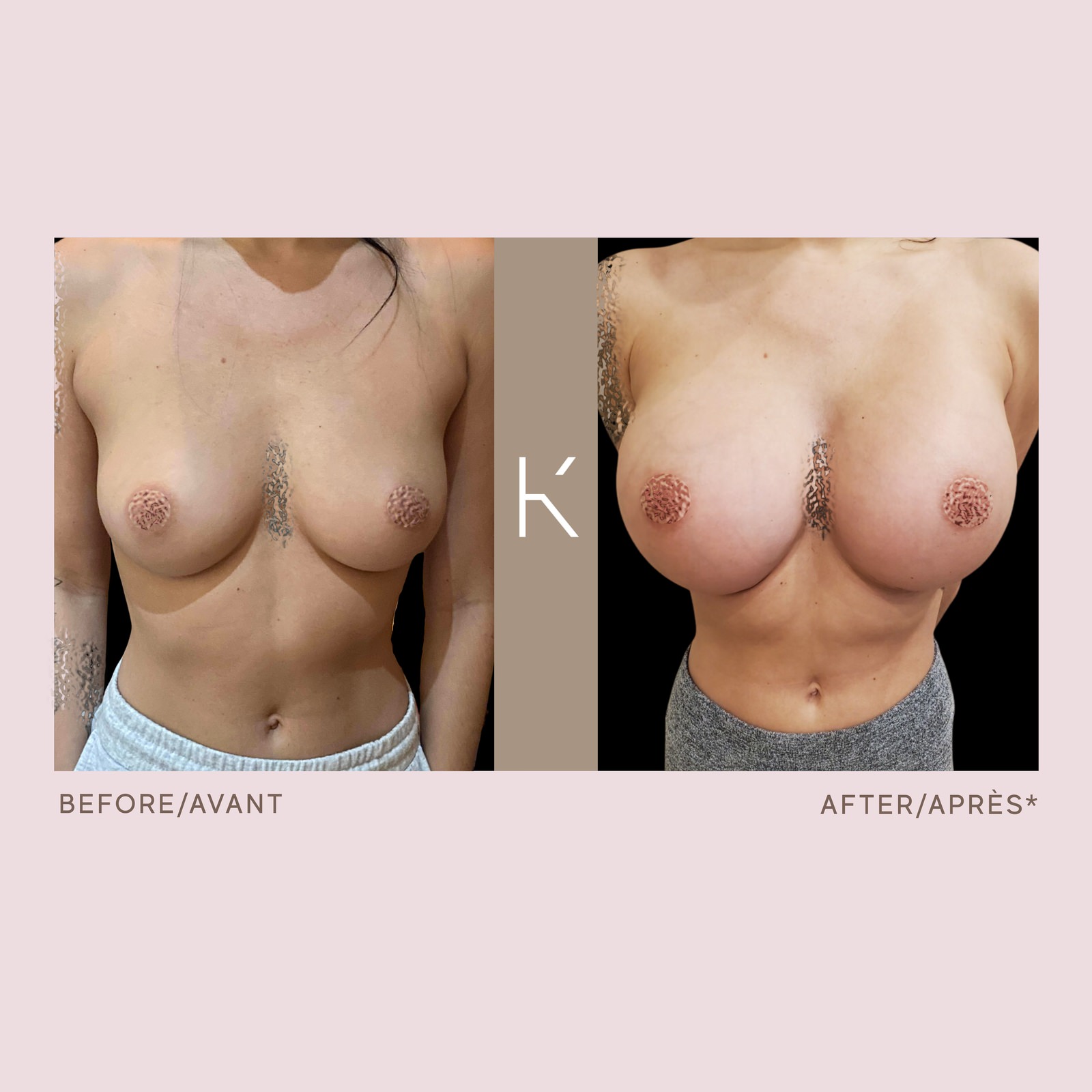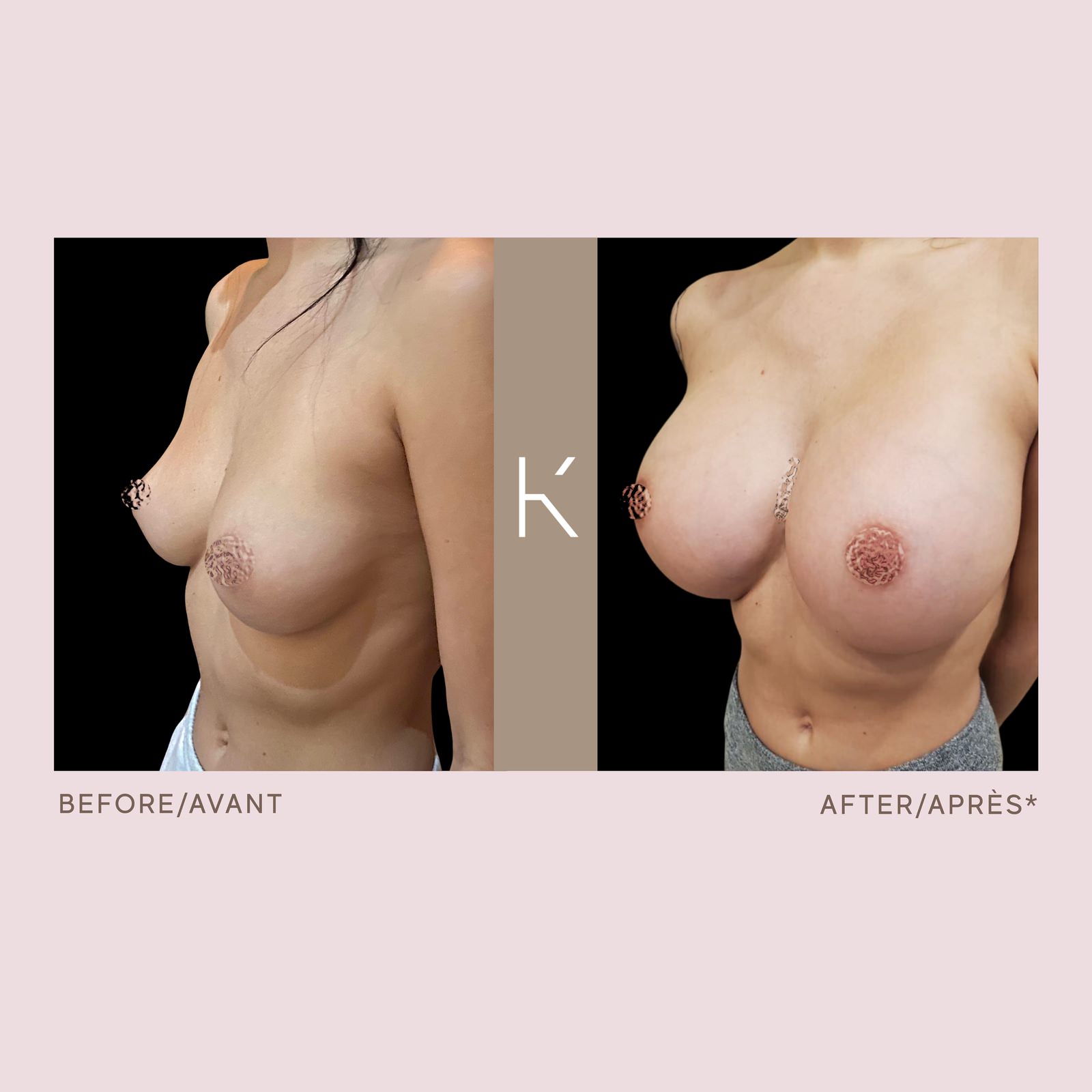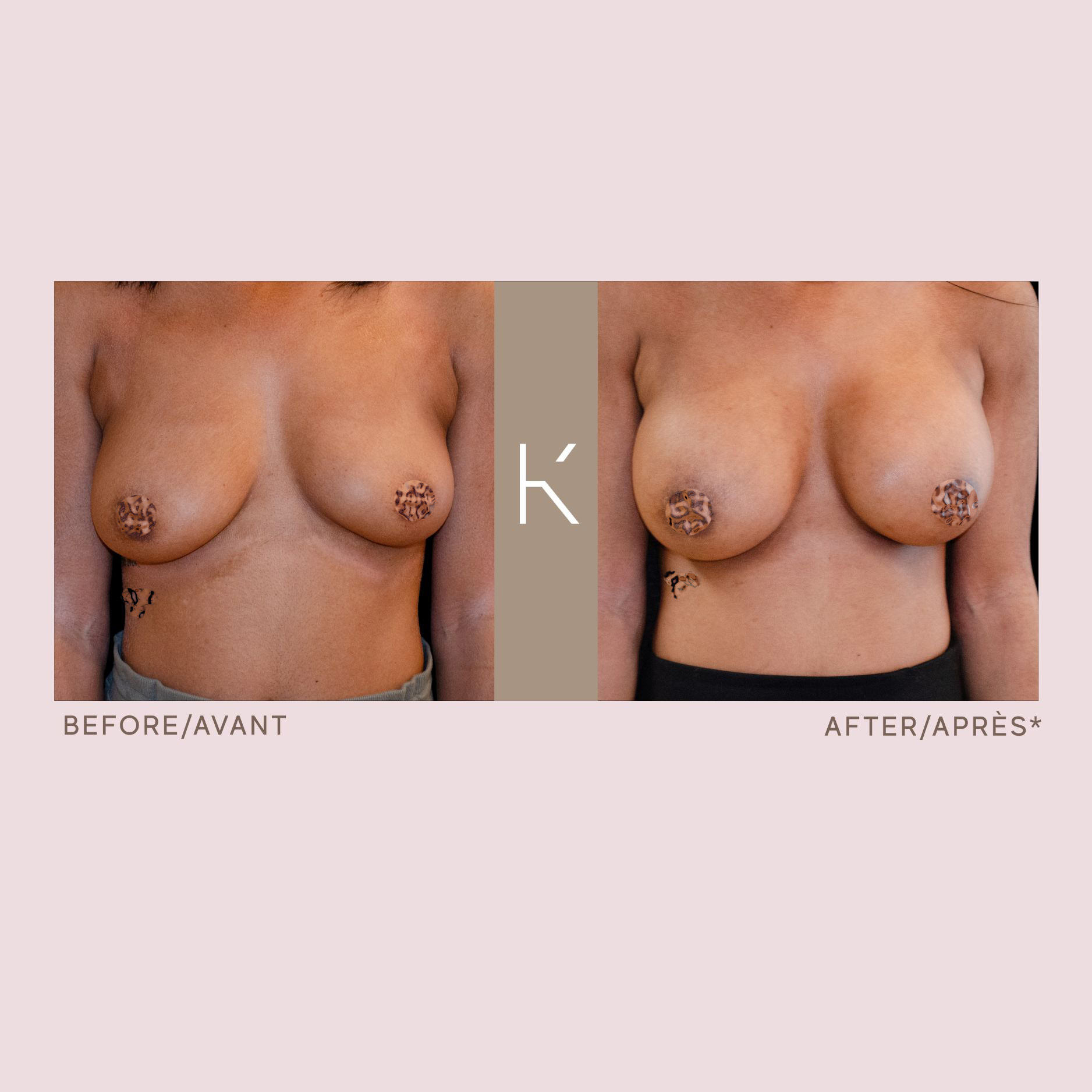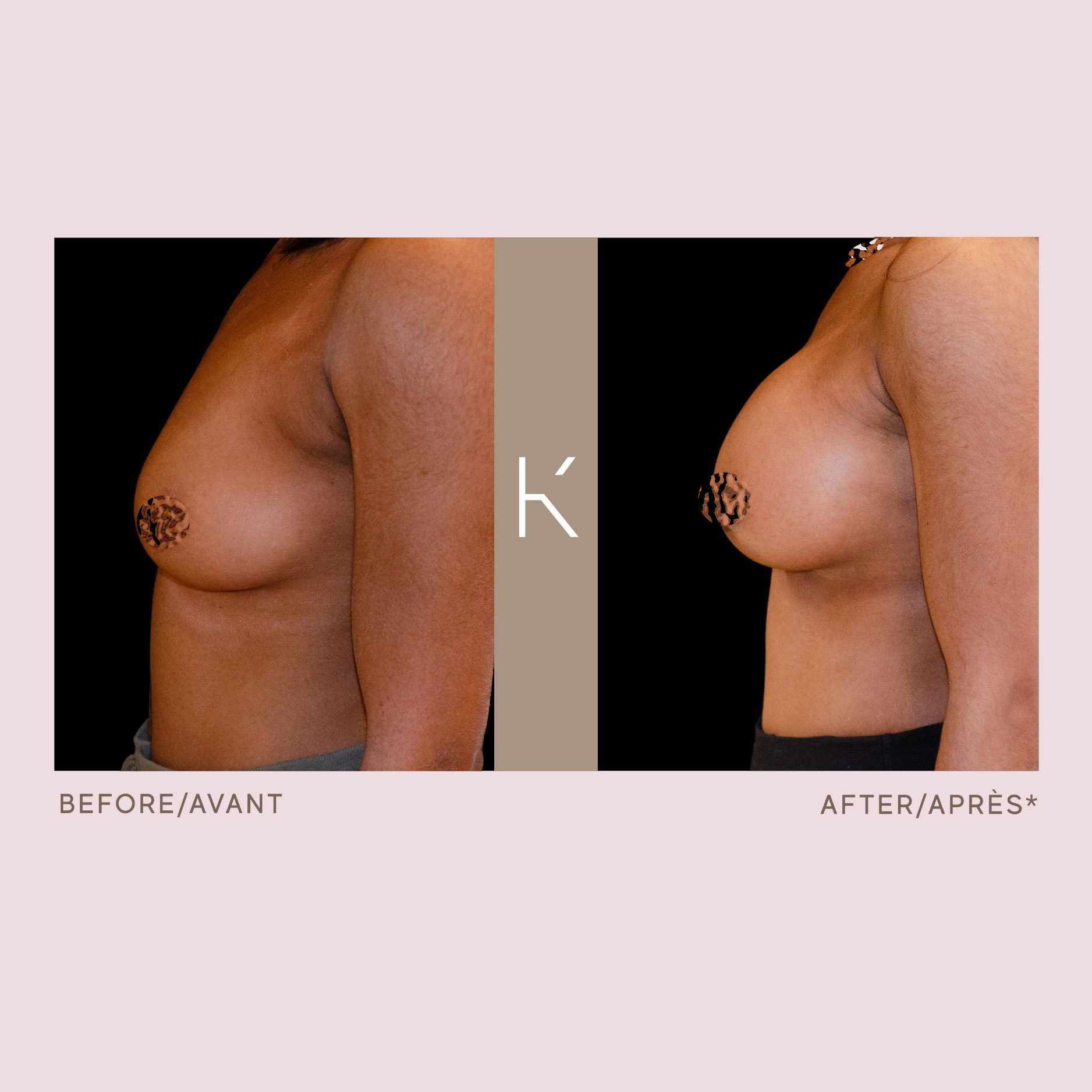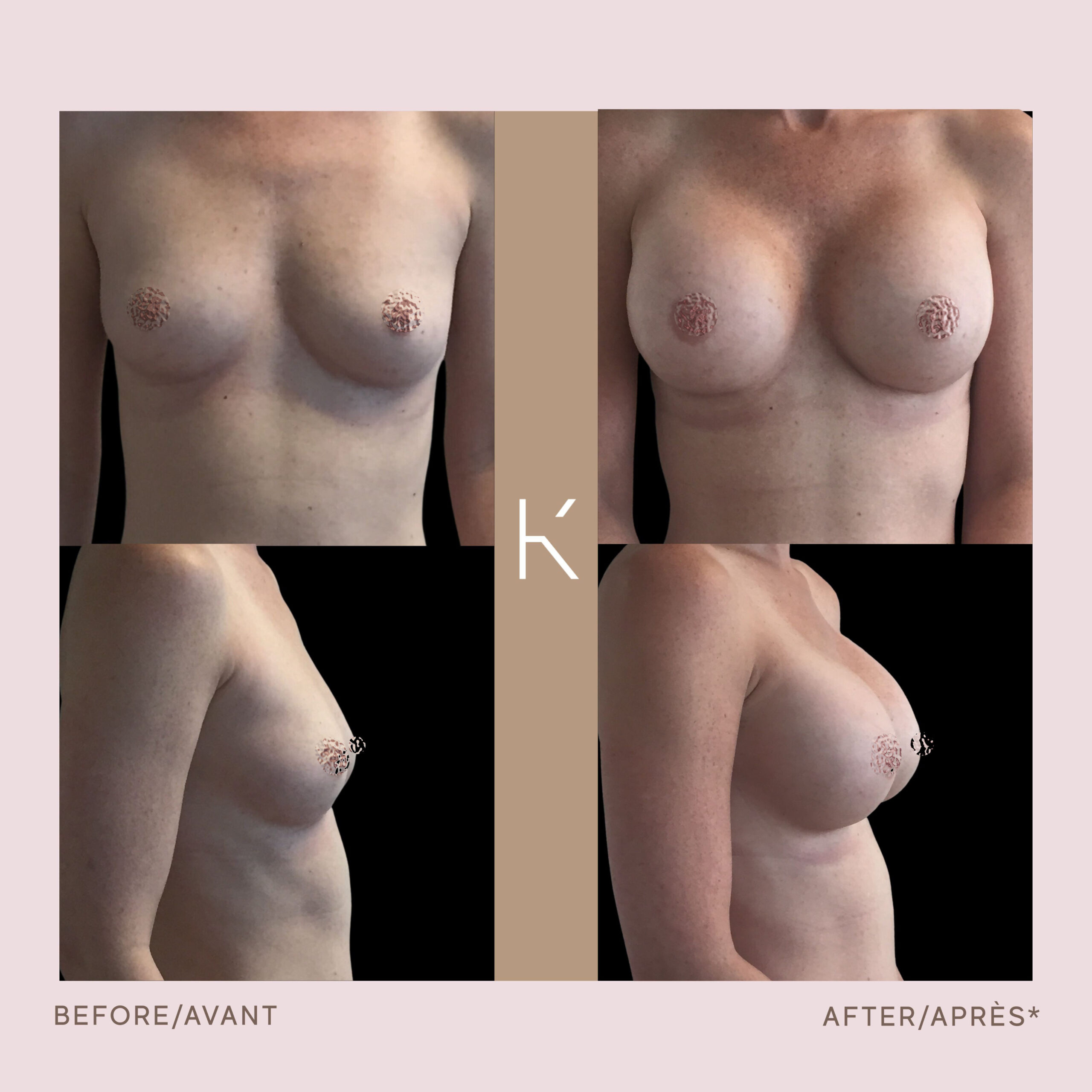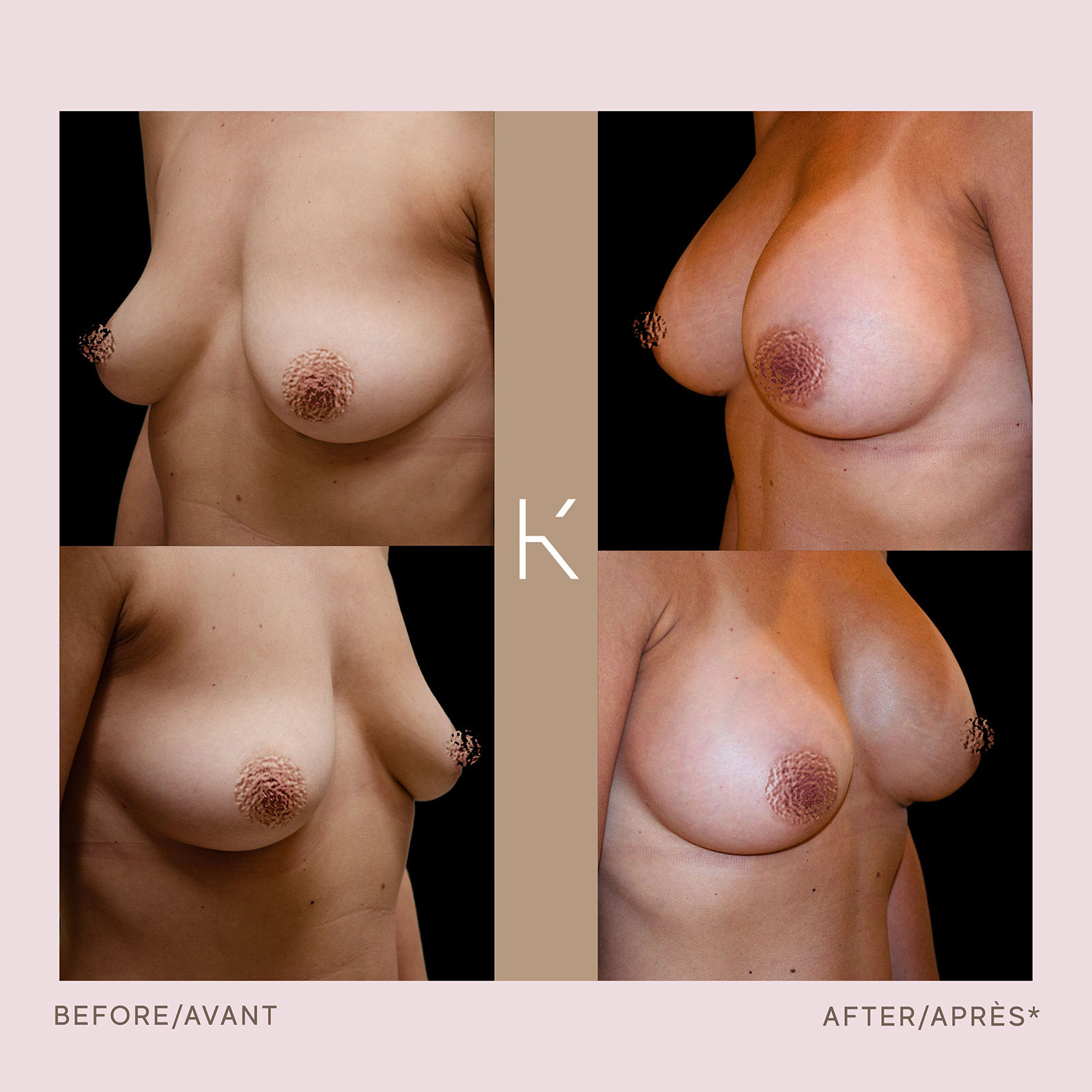Breast Augmentation
Give Yourself a boost with Breast Augmentation
Breast augmentation continues to be one of the most popular aesthetic surgeries. Whether you are a woman looking to increase your cup size or you wish to restore the size and shape of your breasts after childbirth or menopause, breast augmentation may be an option. The following information should help you come to a well-informed, safe decision.
Are you a good candidate for Breast Augmentation?
Patients who seek breast augmentation typically range from 18 years of age to their late sixties. Breast growth and development must be complete before considering augmentation. If you have no significant medical problems, have no breast health issues, and would like to increase the size and perkiness of your breasts, then you may be a good candidate for breast augmentation.The most important thing is to make sure that you have an in-depth discussion with your plastic surgeon regarding all aspects of the surgery, including how your breasts will appear after the surgery and what you can expect to gain from getting breast implants.
How is Breast Augmentation performed, and what decisions must I make before having one?
There are FOUR CHOICES you must make prior to having a breast augmentation:
1) Choose what type of incision the surgeon will use to insert the implants
2) Choose whether to have the implants placed “over” or “under” your chest muscles
3) Choose the type of implant you would like (silicone or saline, round or “shaped” implants)
4) Choose the size of the implants
1) The Incision:
Breast augmentation can be performed using one of three types of incisions:
Transaxillary, periareolar, or inframammary incisions.
Transaxillary incision:
A two to five-centimeter incision (depending on the size of the implant) in the hair-bearing area under your arms.
Periareolar incision:
A two to five-centimeter incision at the lower edge of your areola.
Inframammary incision:
A two to five-centimeter incision in the fold under your breast.
No matter the incision, the implants are inserted using a special sleeve called a Keller Funnel. This ensures the highest level of sterility and for shorter incisions (and therefore shorter scars!).
During your consultation, your surgeon will help you determine which incision choice is best for you.
2) ‘Under’ or ‘Over’ The Muscle
Implants can be placed under the chest (pectoralis) muscles or over them. The benefits of placing them under the muscle include a lower chance of seeing “rippling” of the implants through the skin and, in some cases, a lower chance of having a “capsular contracture” (see below for explanation). In most patients, placement of the implant under the muscle gives a more natural appearance.
Implants should be placed over the muscle in patients who are bodybuilders, gymnasts, or serious weightlifters, where powerful use of the chest muscles can shift the implant position during contraction.
3) Implant Choice:
Silicone vs. Saline
Silicone AND saline implants are both made with an external silicone shell. Saline implants are filled with salt water (saline) during the surgery, while silicone implants come pre-filled with a cohesive silicone gel. Cohesive gel implants are often referred to as “gummy bear” implants because the silicone is more of a semi-solid gel that makes it resistant to “leaking.” They are much safer and last a lot longer than the older generation silicone implants. Today’s silicone and saline implants both have very similar safety profiles. During the early 1990’s, silicone implants got a lot of negative publicity for three reasons. First, the implants lacked the quality of what is available today, and they were prone to breaking and “leaking.” Second, the implant manufacturers had not performed enough long-term scientific studies to prove the safety of their implants. Third, there were no guidelines as to how closely patients with breast implants should be followed by their surgeons. Over the last three decades, implant manufacturers have not only dramatically improved the quality of their implants, but have also studied and shown the long-term safety of their products, dispelling many of the fears that patients had in the past. Adding to the improved safety is the fact that we see all of our breast augmentation patients every few years to make sure their breast implants are intact.
The major advantage of silicone over saline implants is that they provide a more natural look and feel, because they are filled with a soft, silicone gel. The advantages of saline implants include a slightly shorter incision and, if they break, they deflate almost immediately, with the body absorbing the salt water. When a silicone implant breaks, it can be trickier to detect, but can be easily confirmed by an ultrasound or an MRI. Your surgeon should discuss with you the pros and cons of silicone vs. saline implants so that you make an informed, comfortable decision.
4) Implant size:
The final choice to be made is the size/volume and shape of the implant. Implants come in round or “tear-drop” shapes. Which is most appropriate for you depends on the shape and dimensions of your breasts and chest wall. It is particularly important that your surgeon guide you through this process, and provide you with “sizers” during the consultation, as it will help you choose implants that are in proportion with the rest of your body. 3-D imaging with the VECTRA system is also very useful. Your surgeon’s most important role at this point is to make sure that the implant you choose fits with the dimensions of your chest/breasts, ensuring a proportional, beautiful result.
The procedure
A breast augmentation takes about 30-45 minutes to complete. We perform the entire operation via a two to five-centimeter incision (depending on the size of the implant), through which we create a pocket (under or over the muscle) for the implant. Once the pocket is made, we sometimes use “sizers” (temporary implants) to determine which final implant size looks best on the patient. The sizers are removed immediately and the final implants are placed in the pockets. After confirming a nice, symmetric result, we close the incisions with absorbable stitches that are placed deep to the skin, leaving only a fine line at the incision site.At the end of the operation, we place small, waterproof dressing over the incisions so that the patients can shower at their leisure. After awakening from anesthesia, our patients are brought to the recovery room and are cared for by a dedicated recovery room nurse. Once the patients are comfortable and ready, they are brought home by a friend or family member. We provide everyone with post-operative instructions and a prescription for antibiotics, pain medication, and nausea medication.

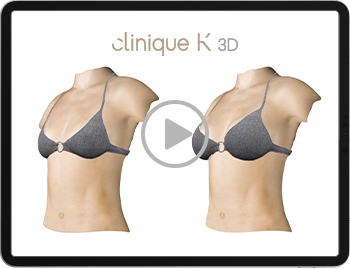
Before & after
Disclaimer: These photos/videos are published for reference only to provide information on the nature of the procedure. They do not constitute a guarantee of results.
Please take note that informed and written consent was obtained from each patient, and they have understood that their pictures/videos/images will be presented on social media platforms.



